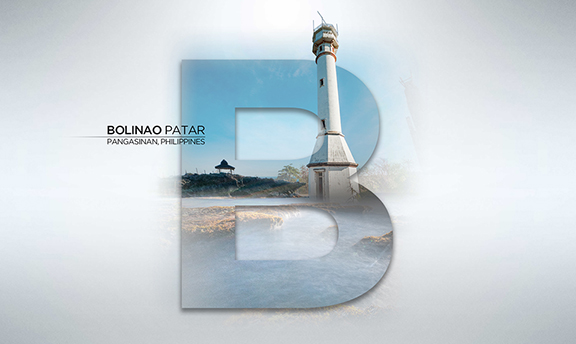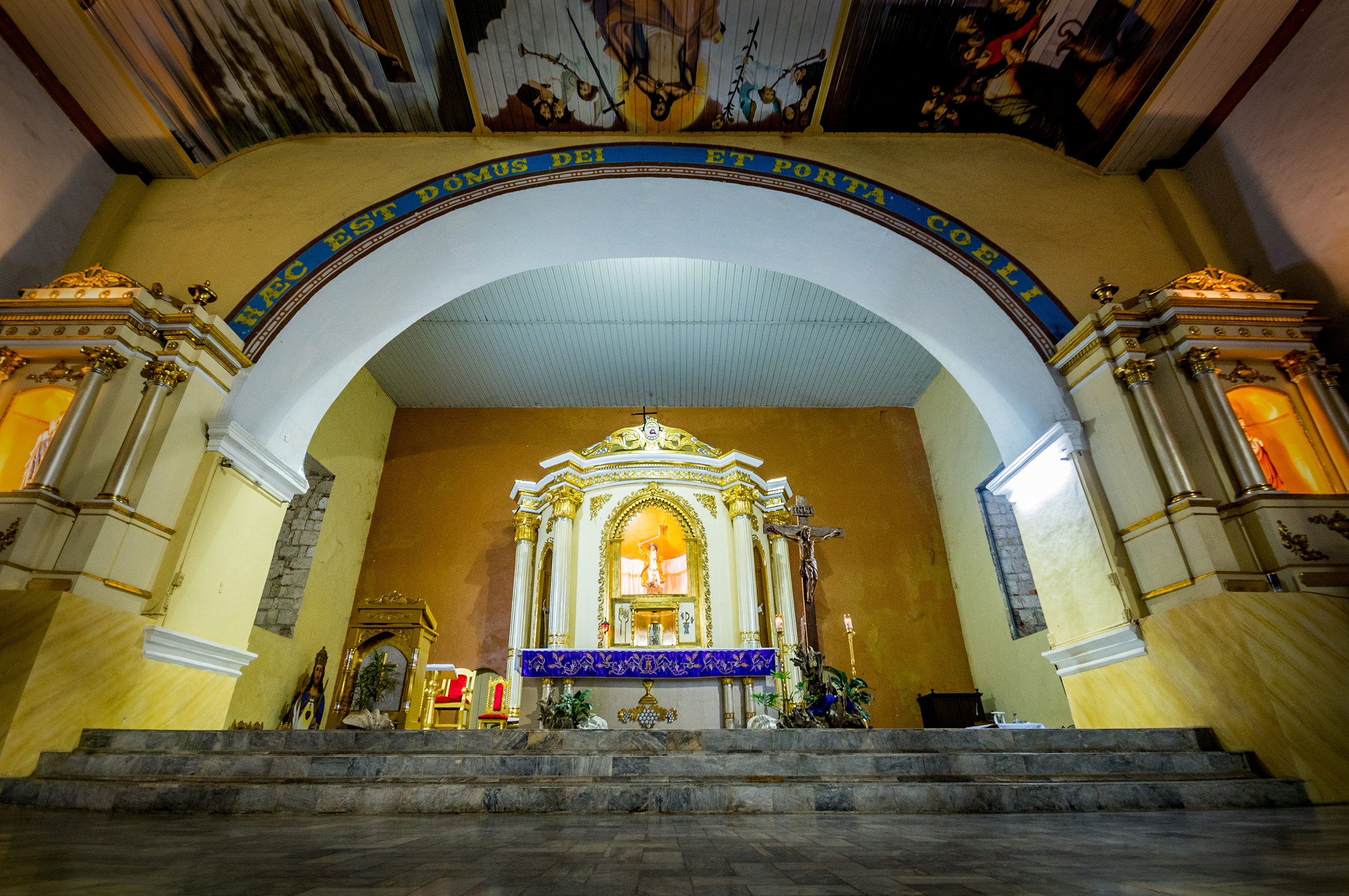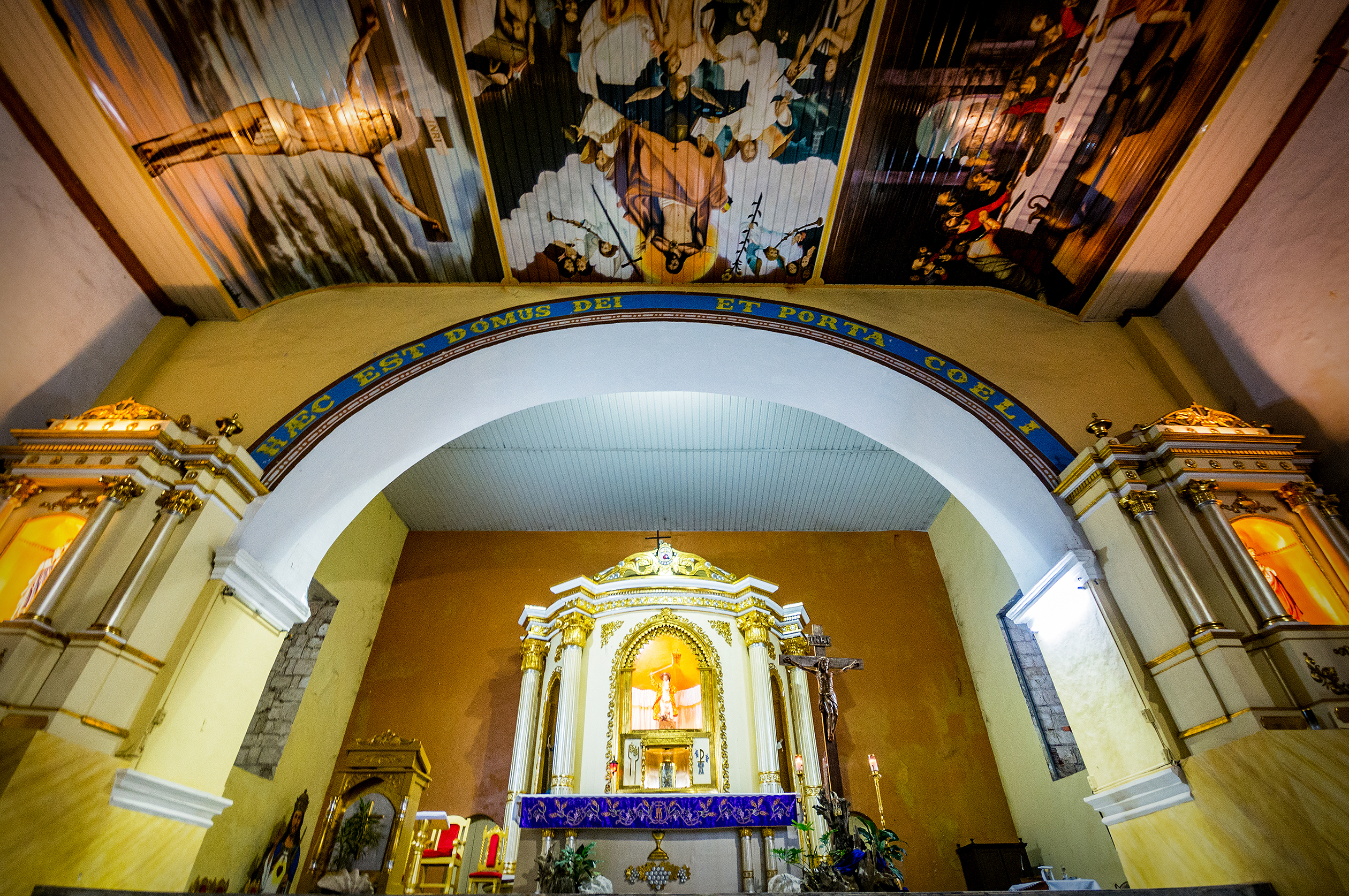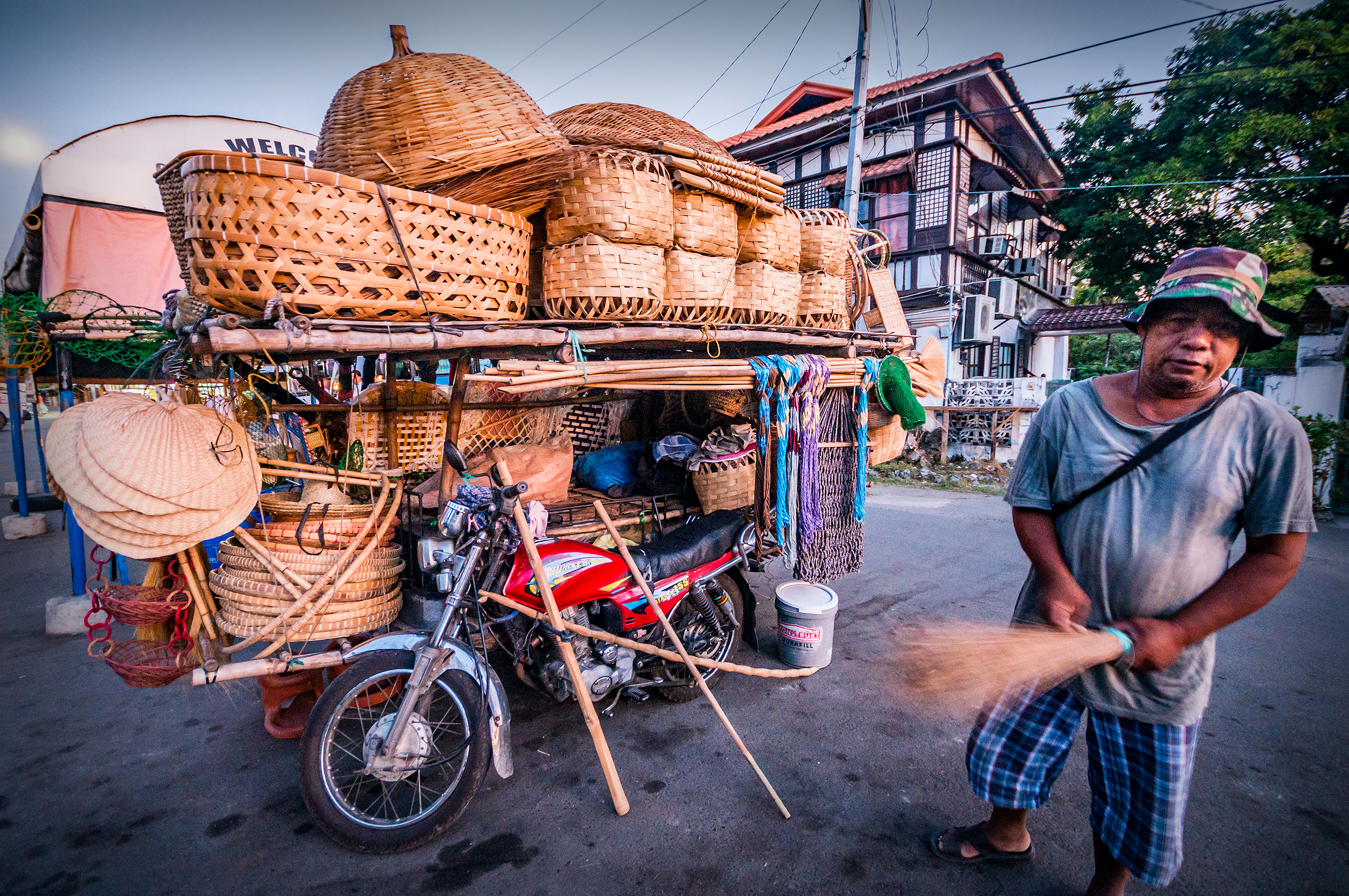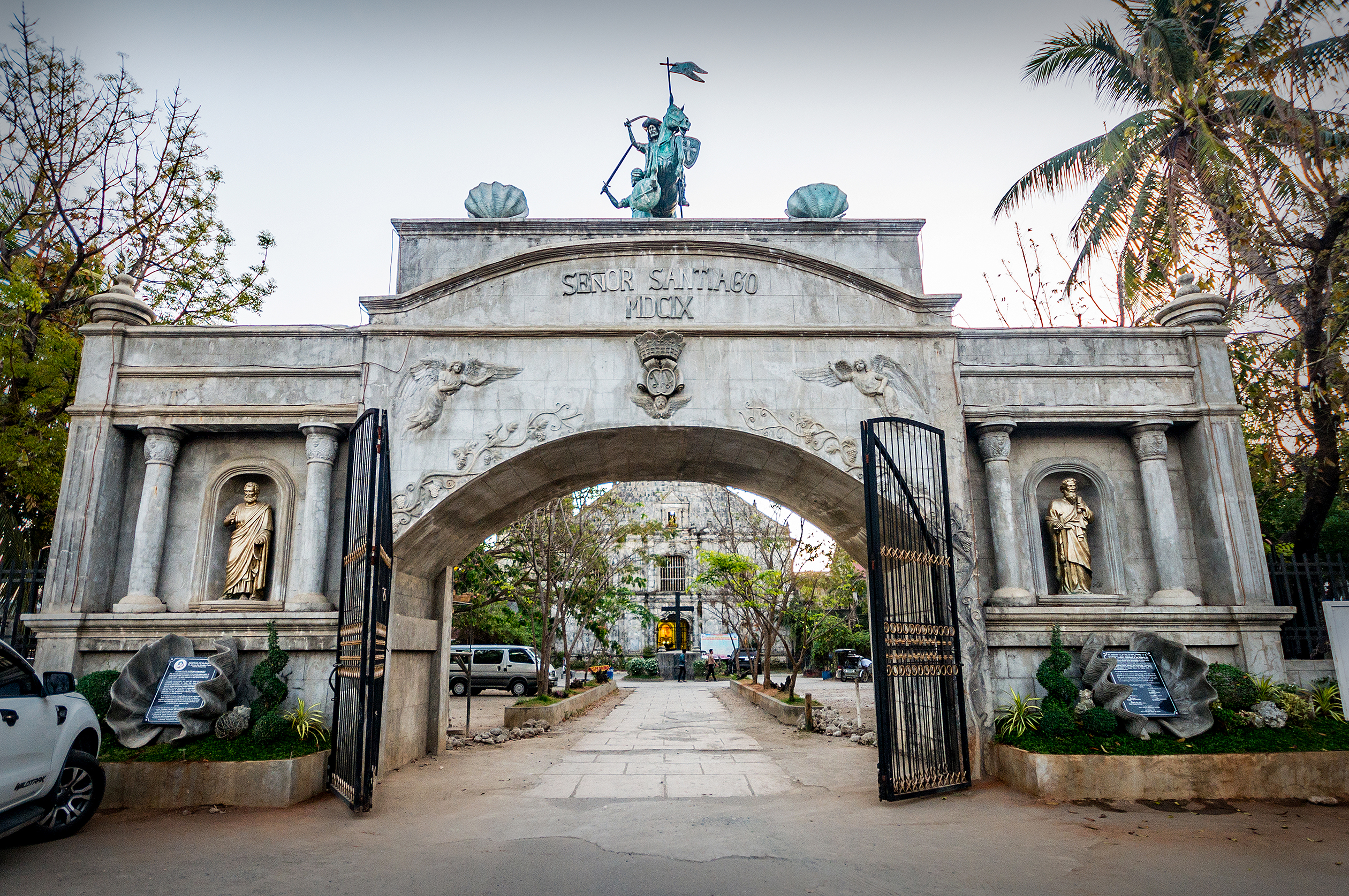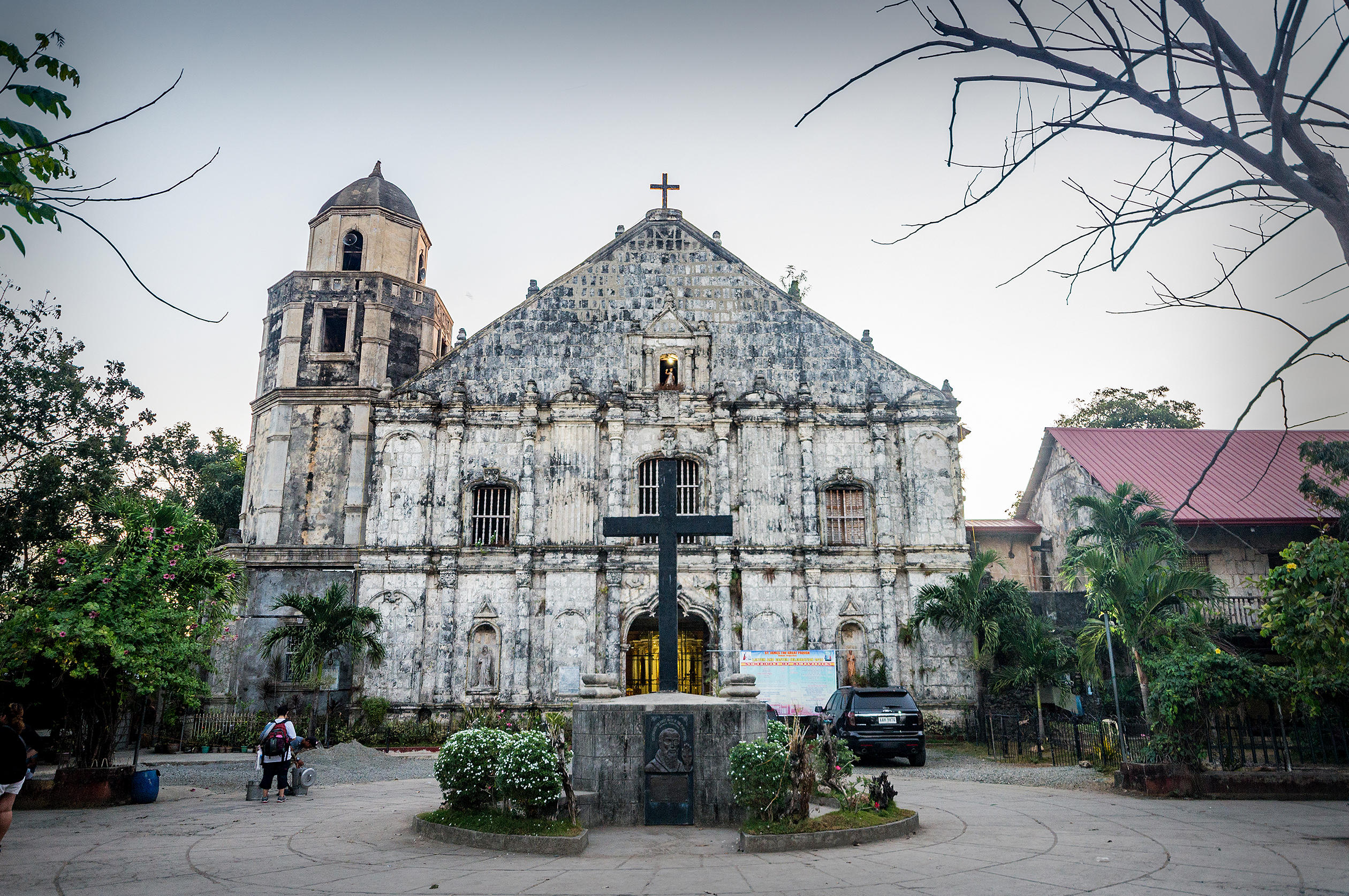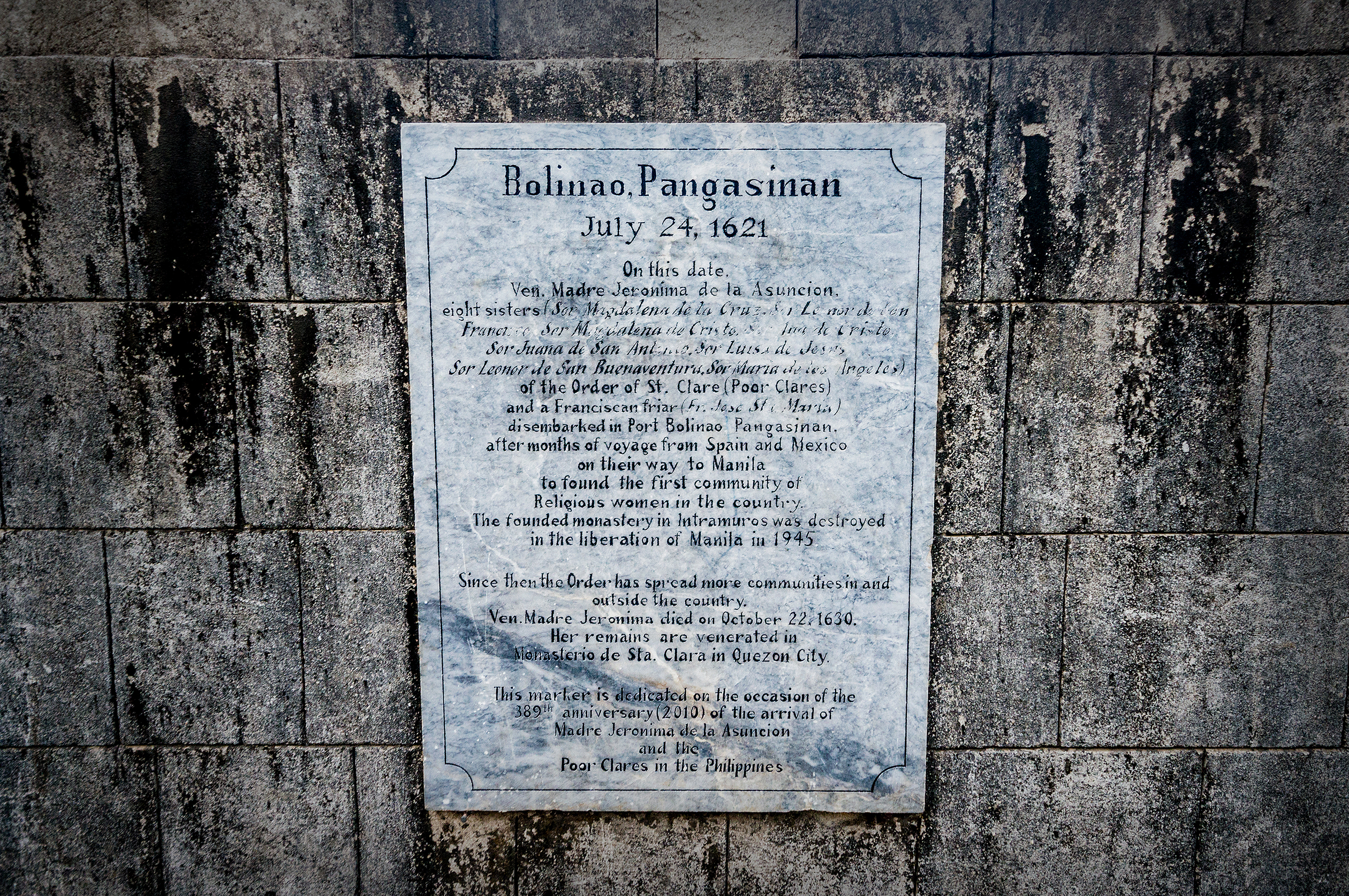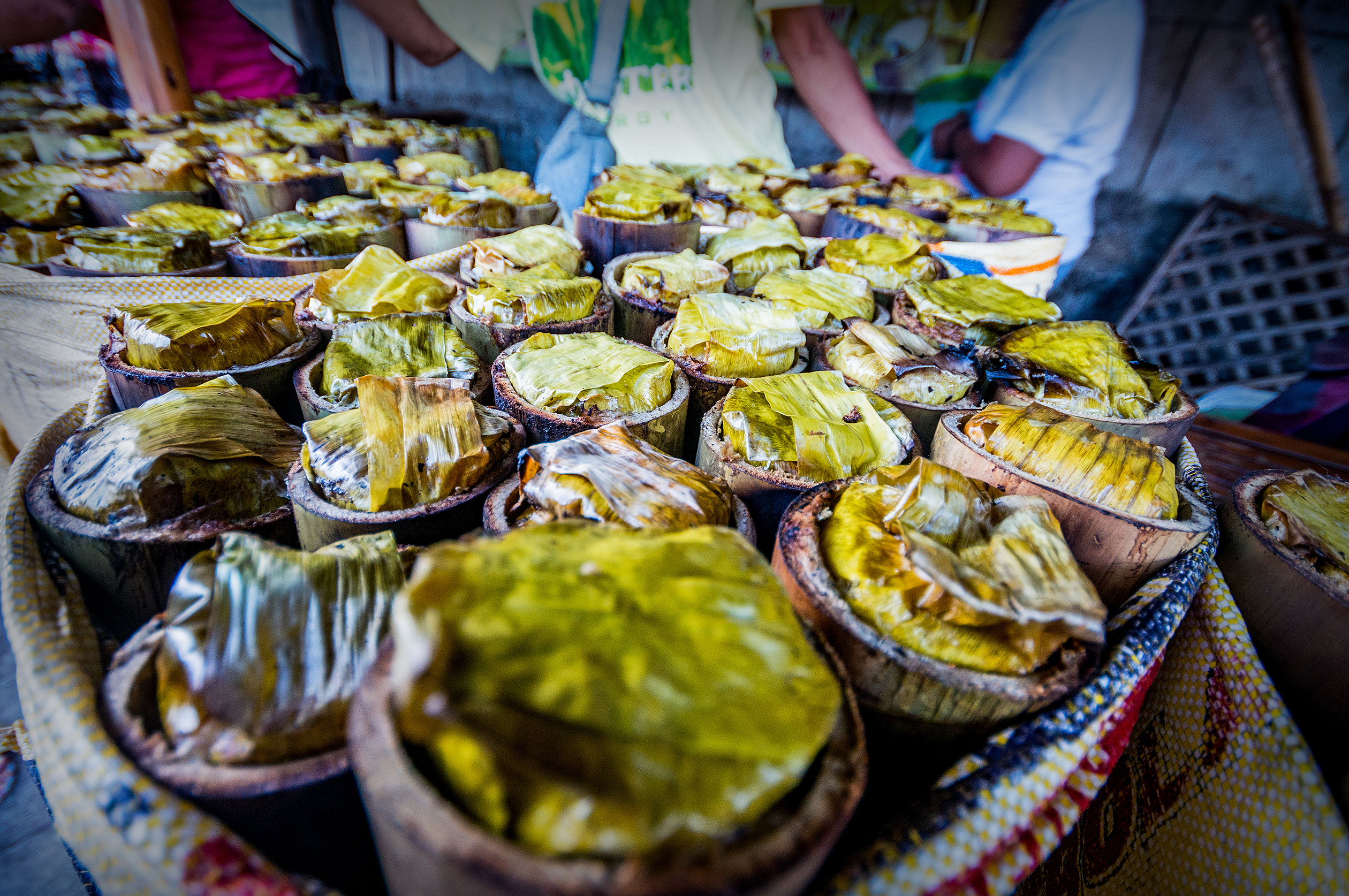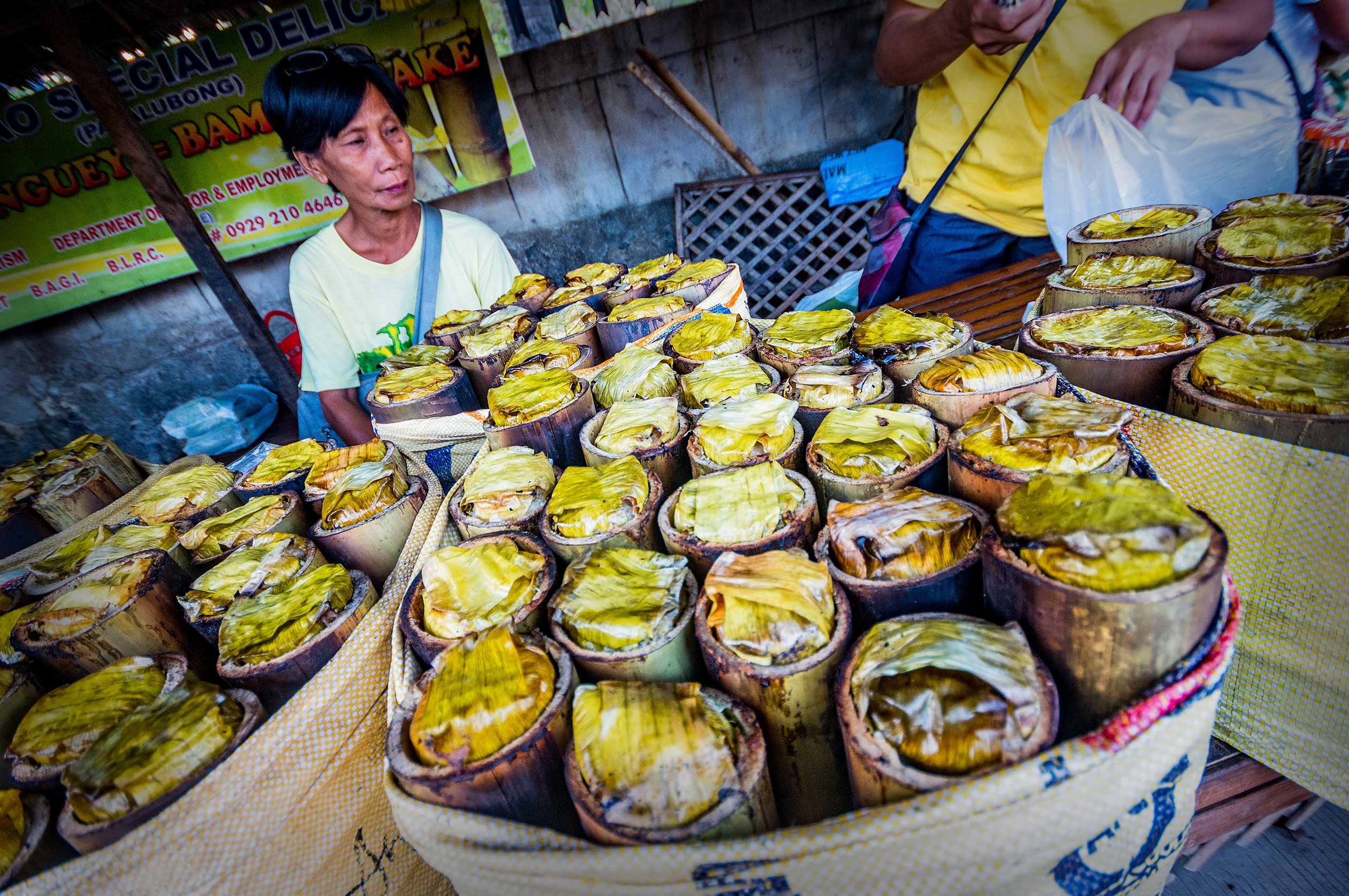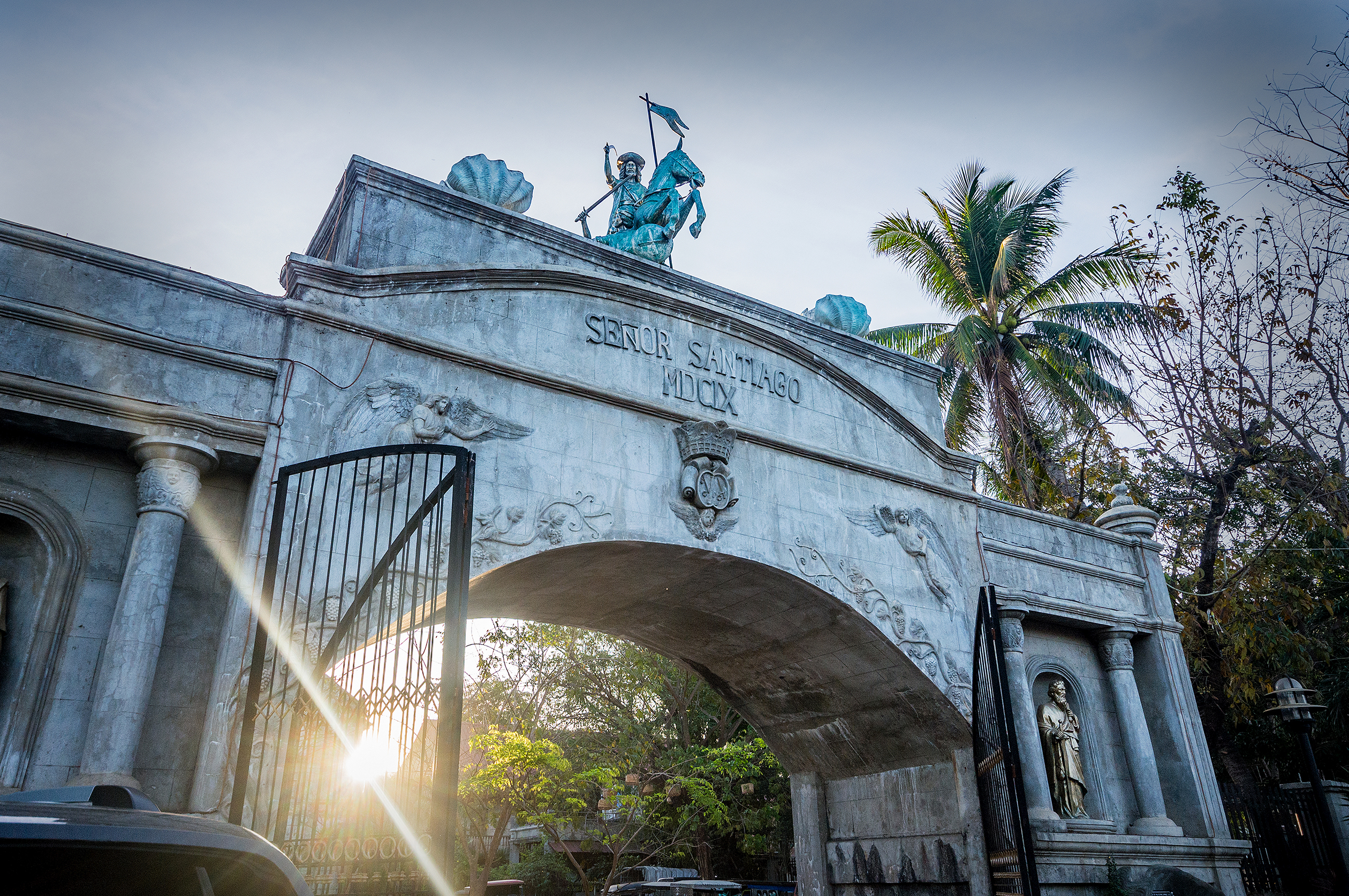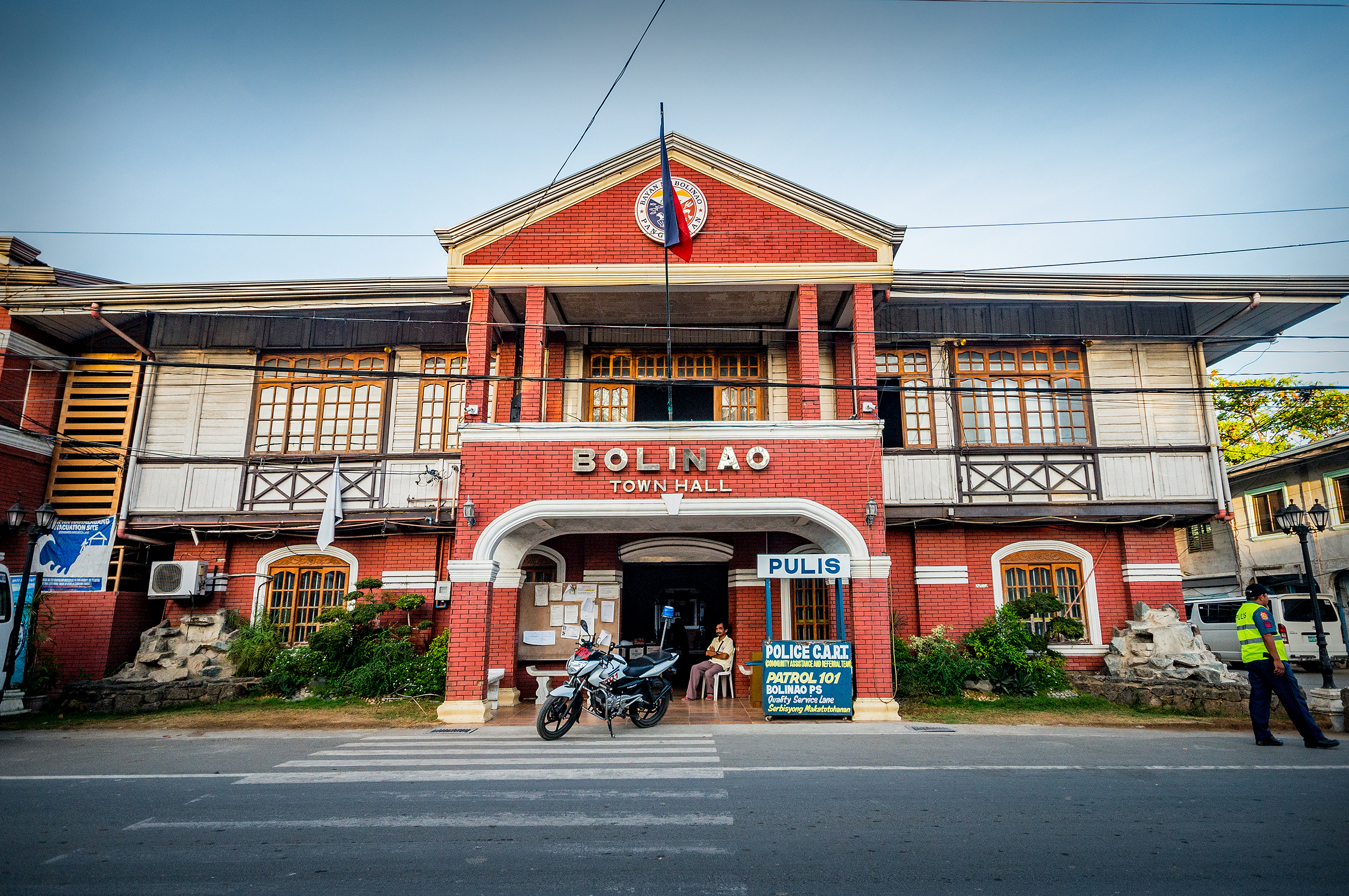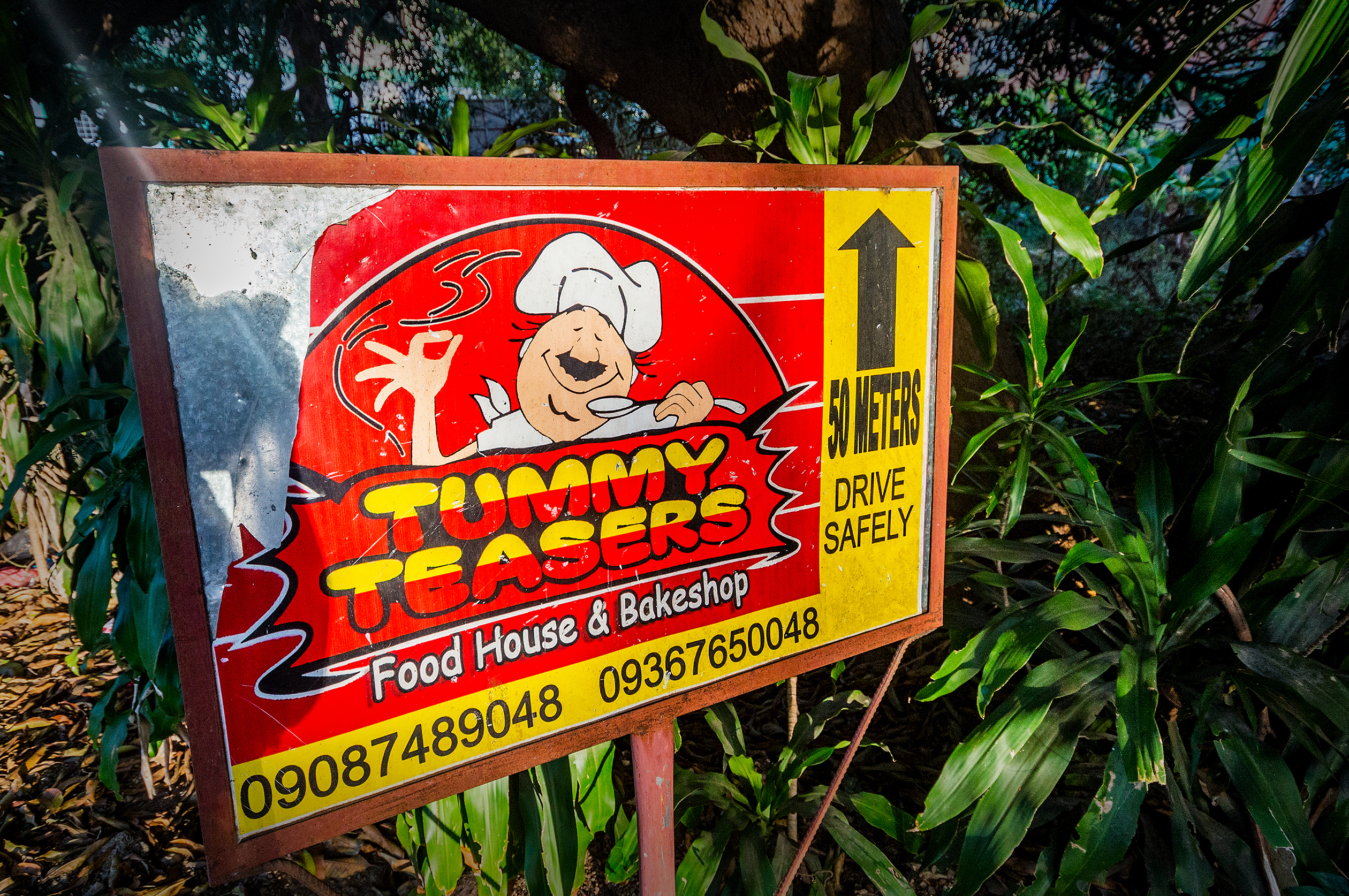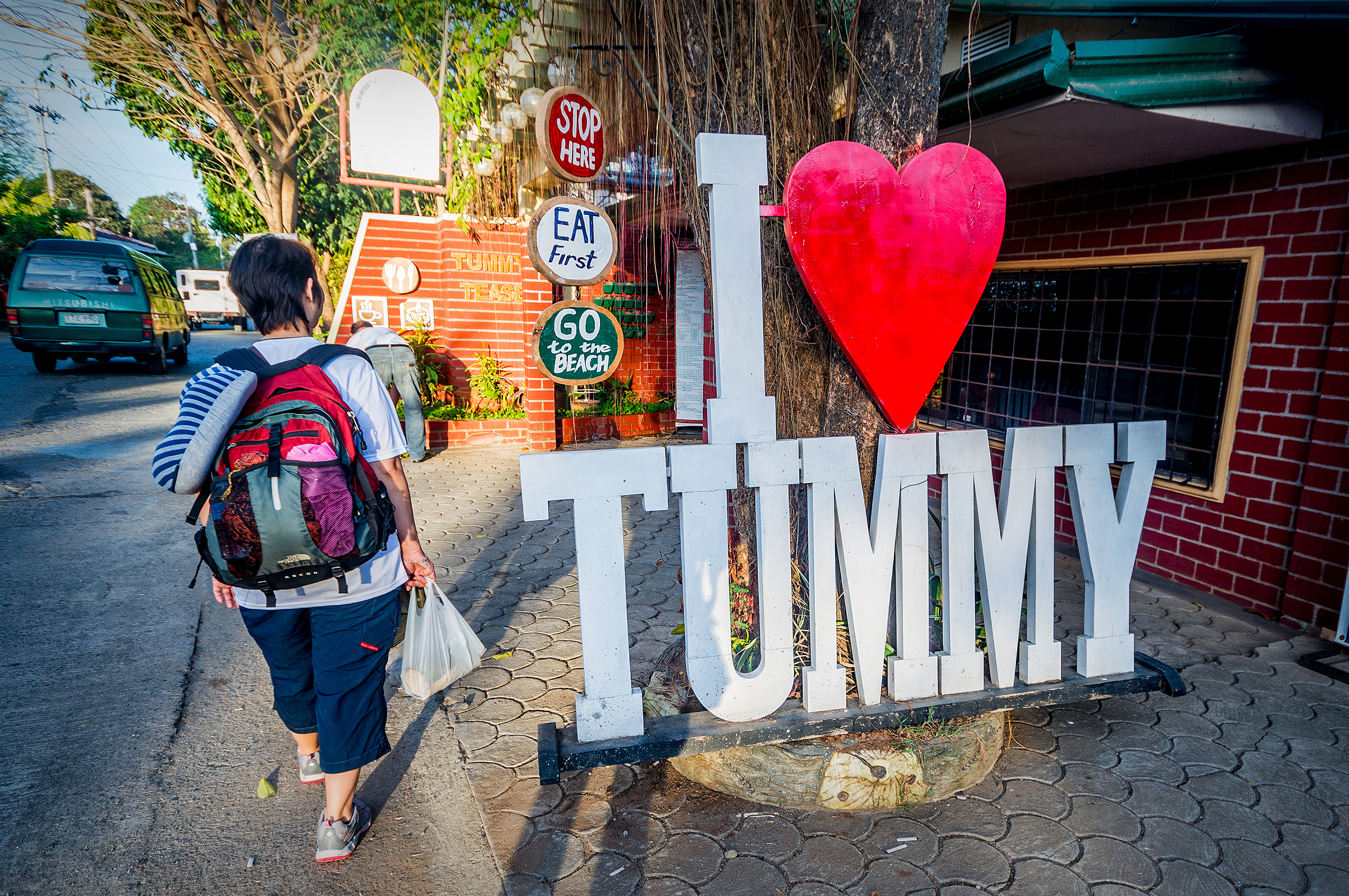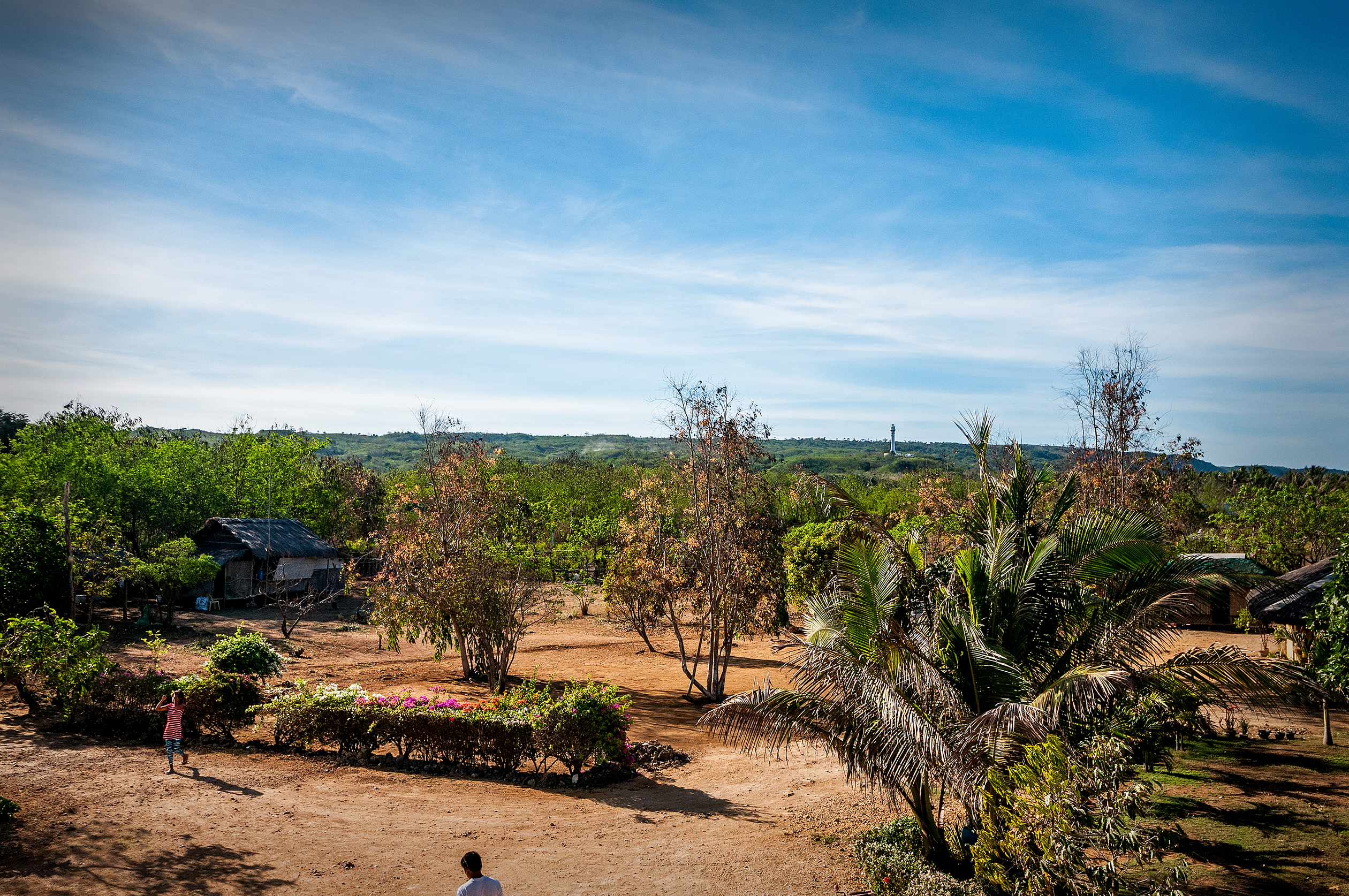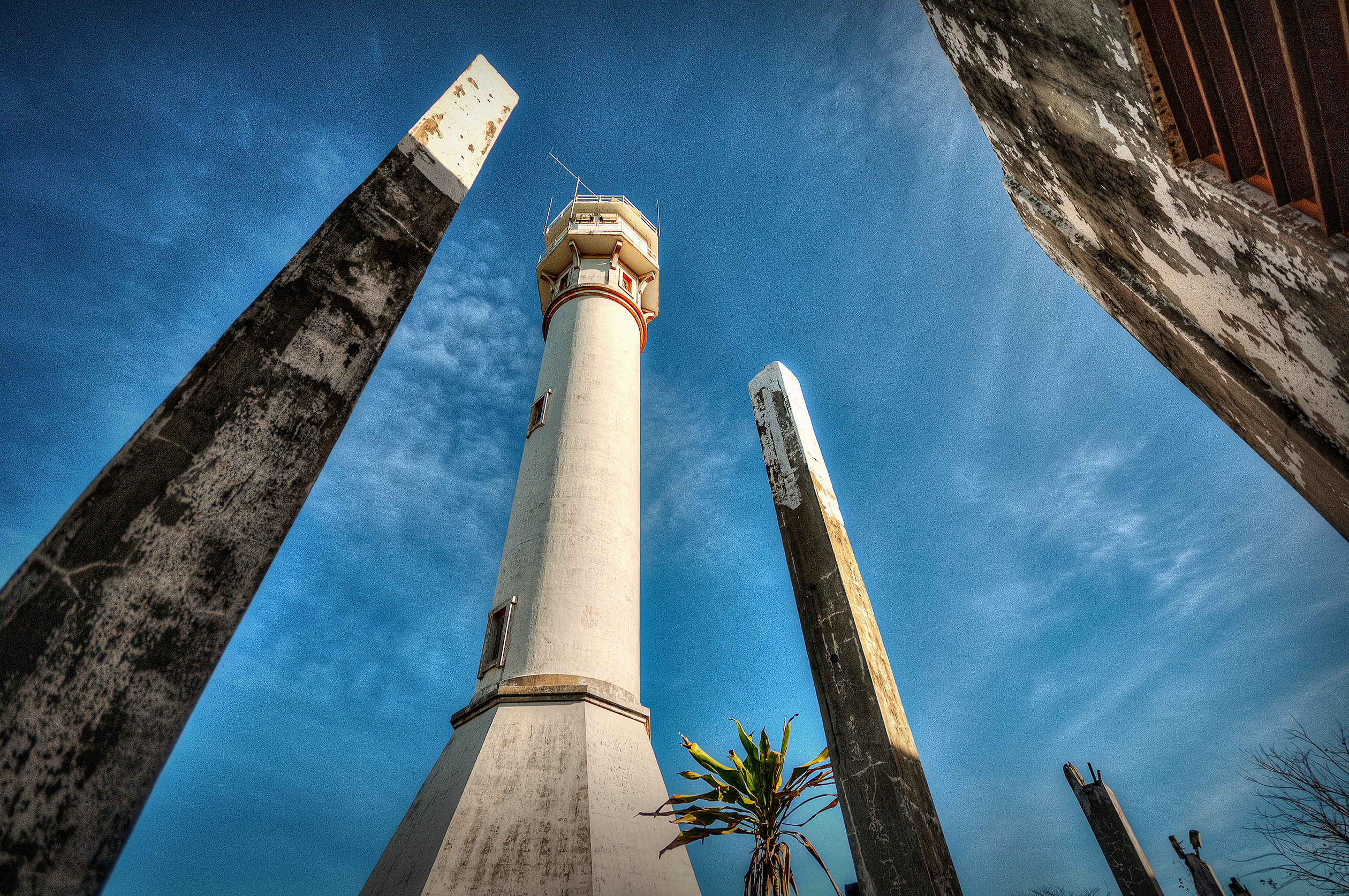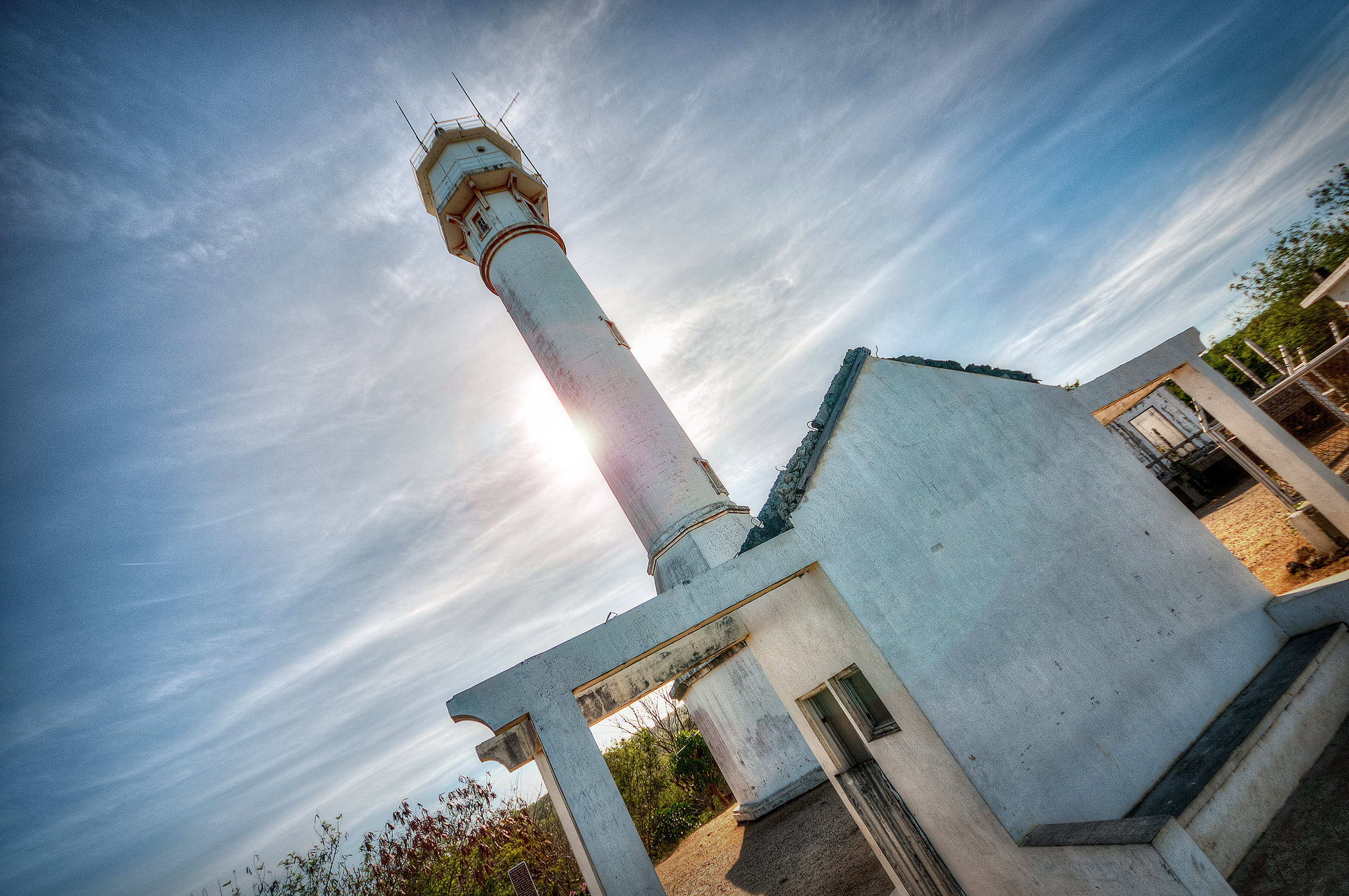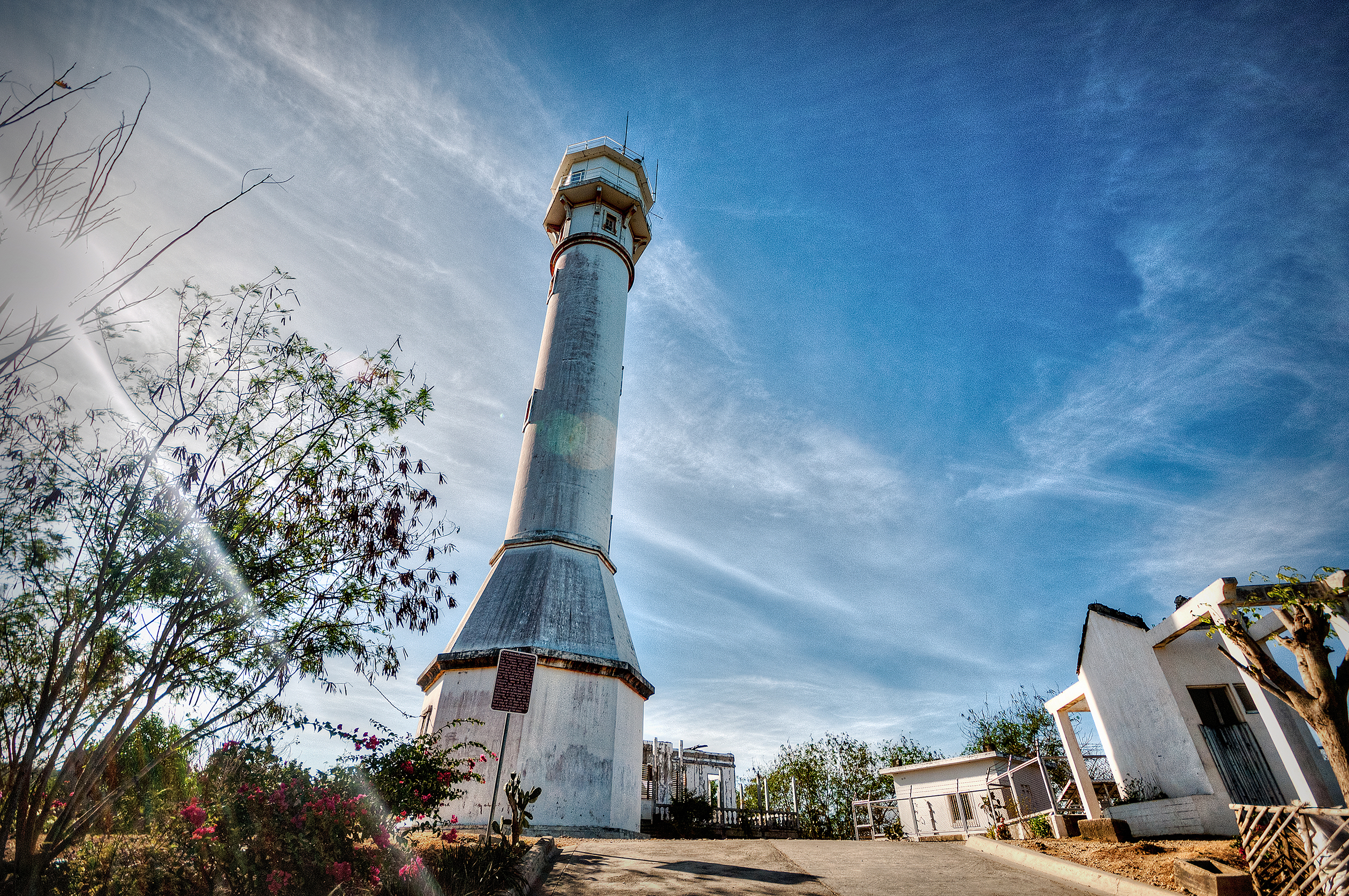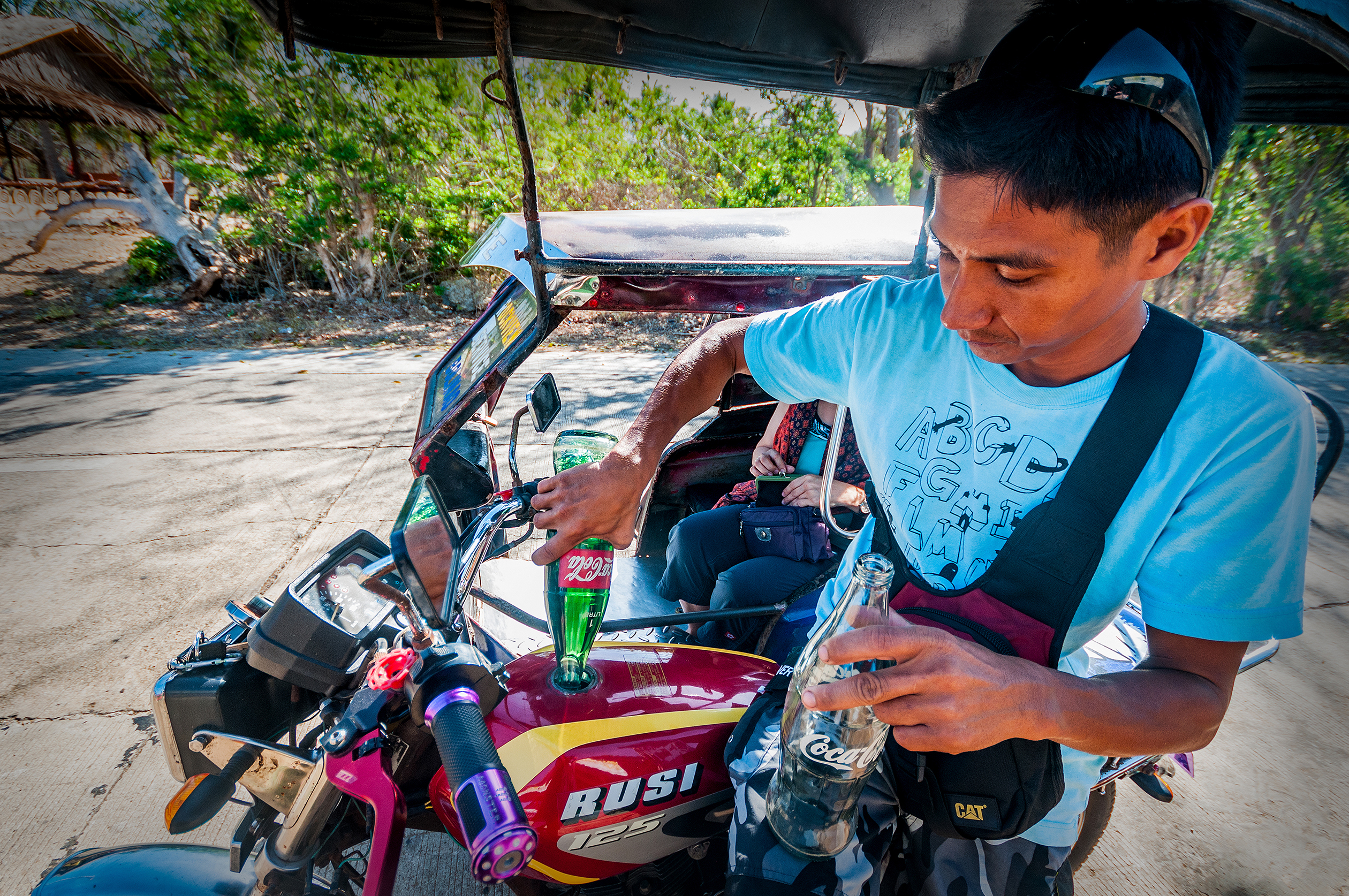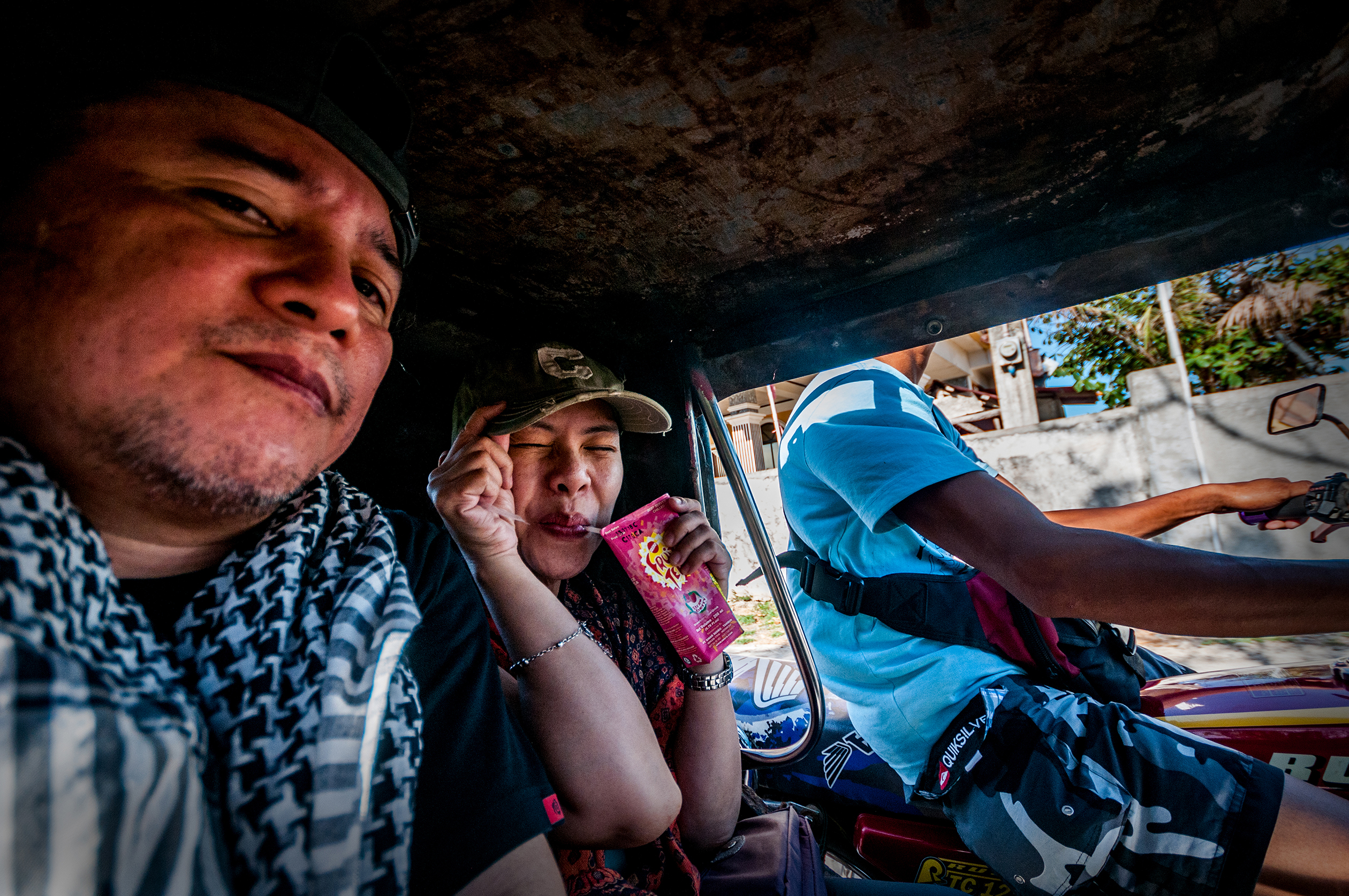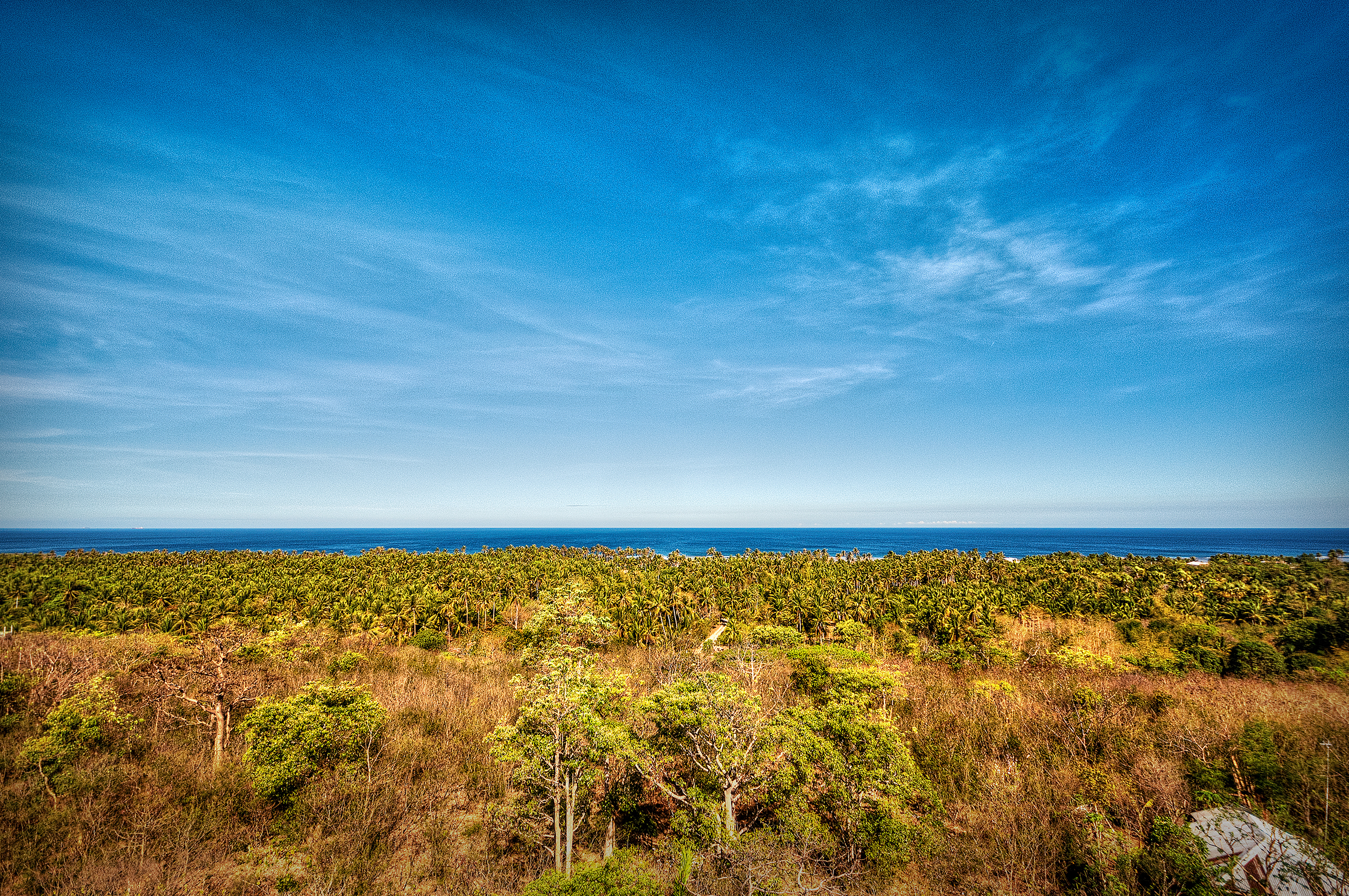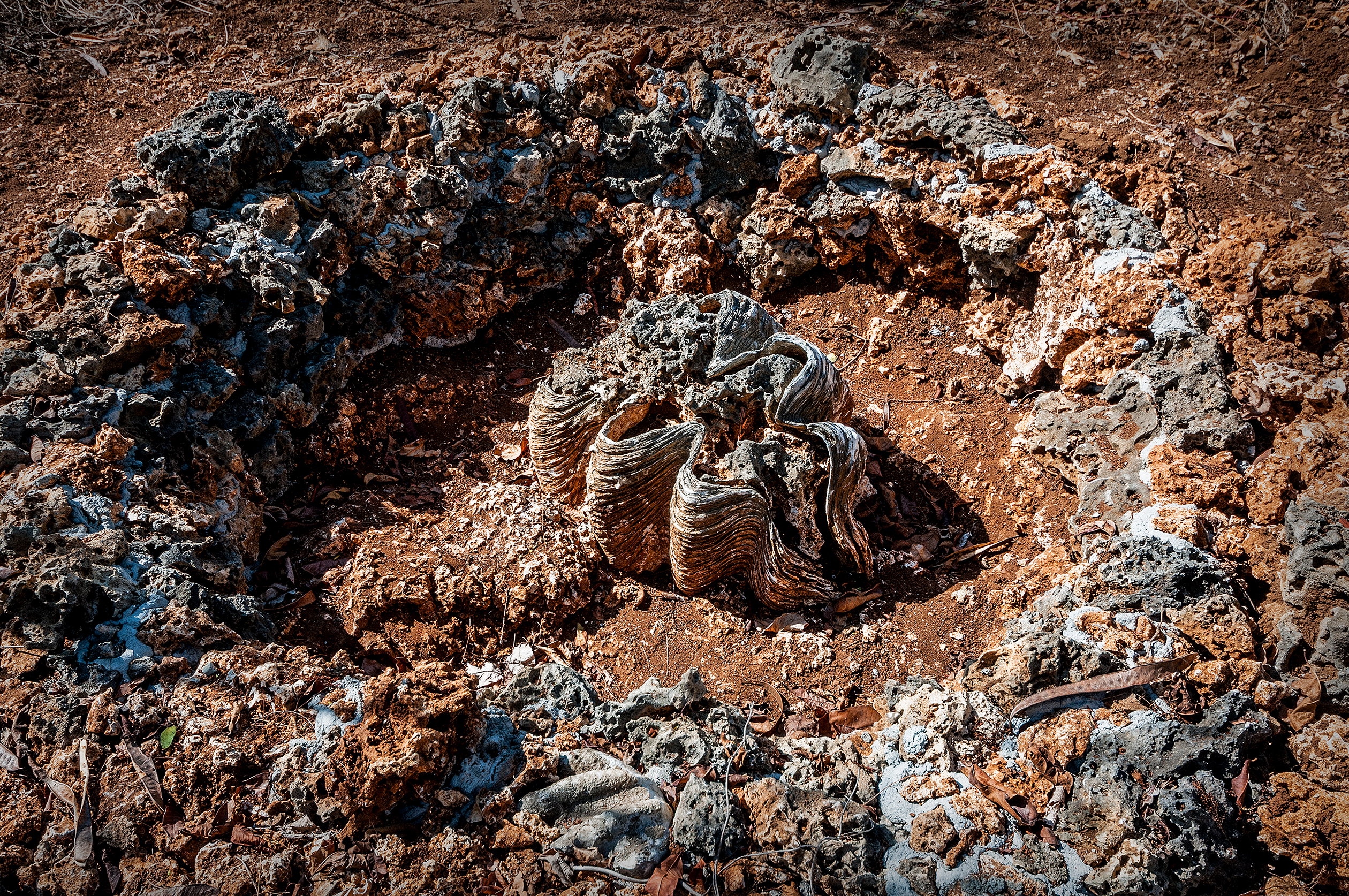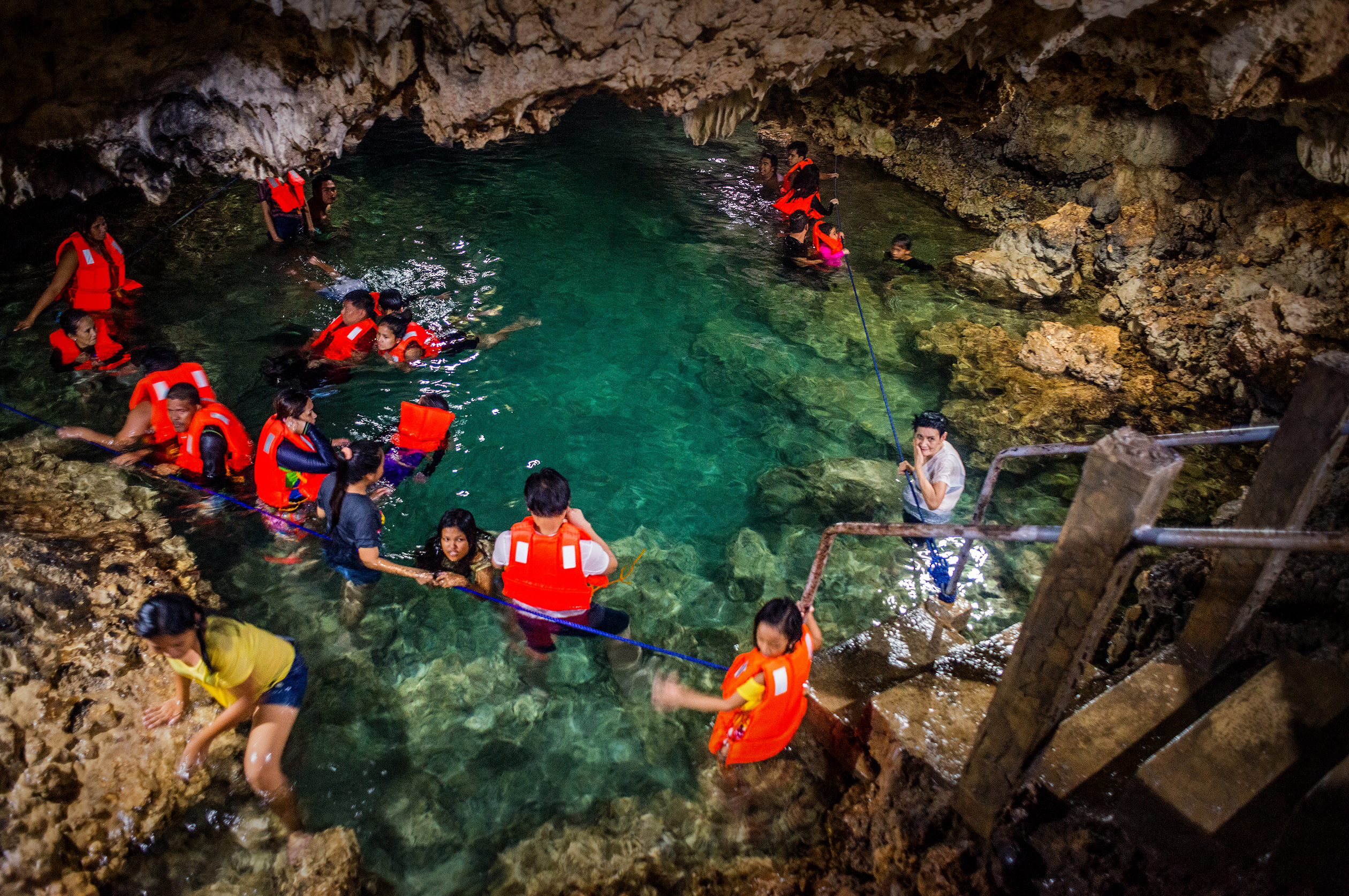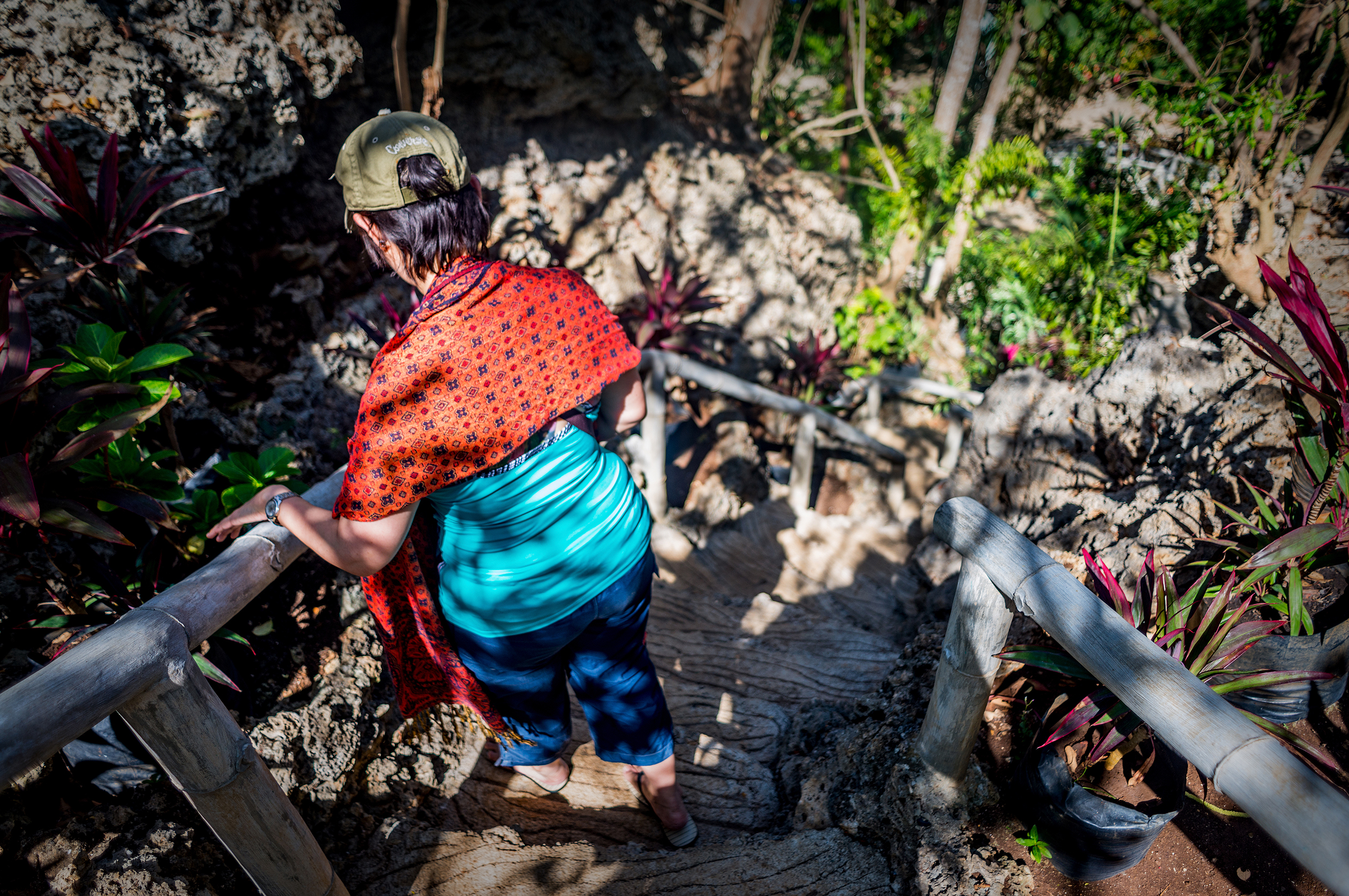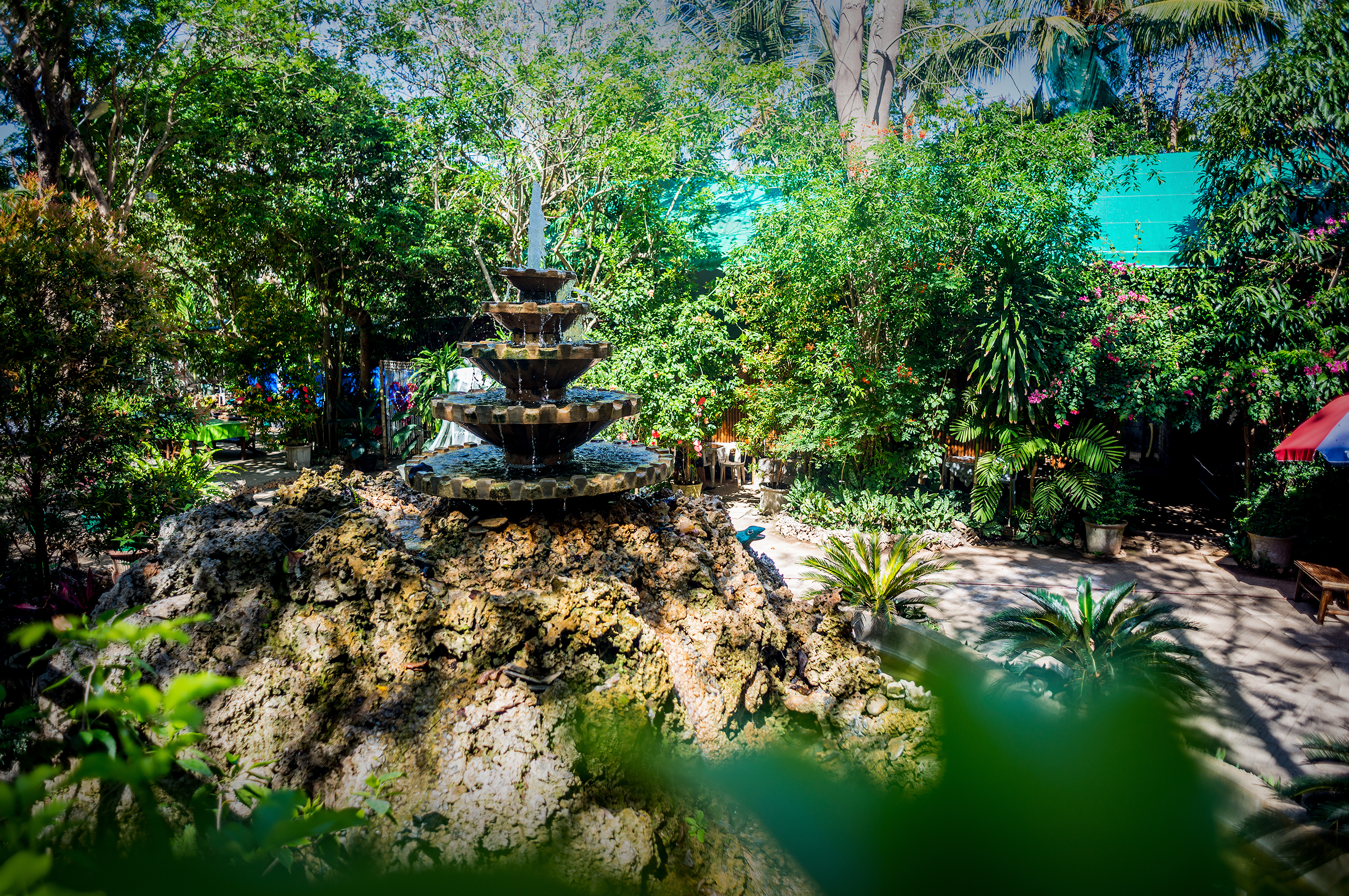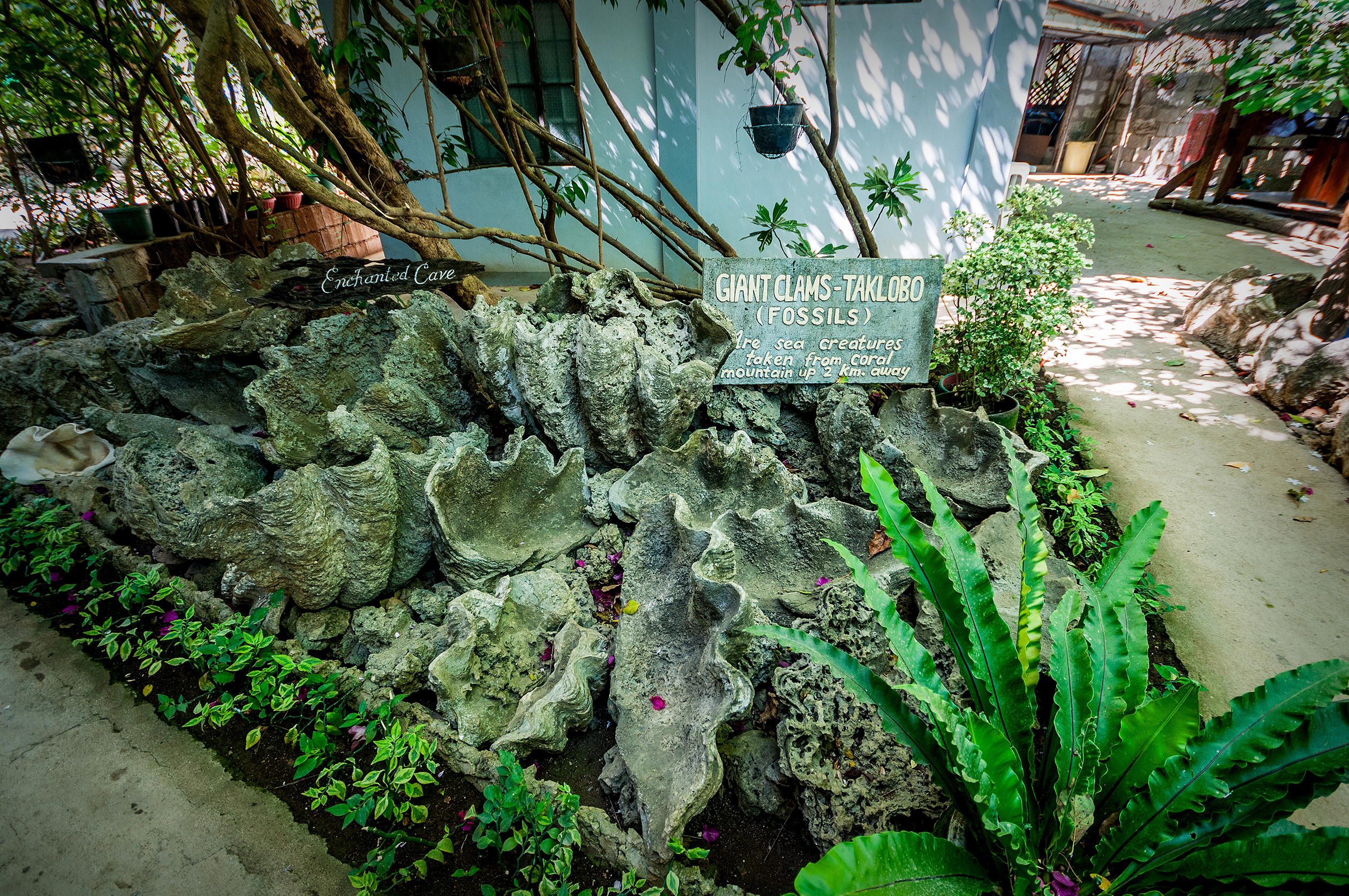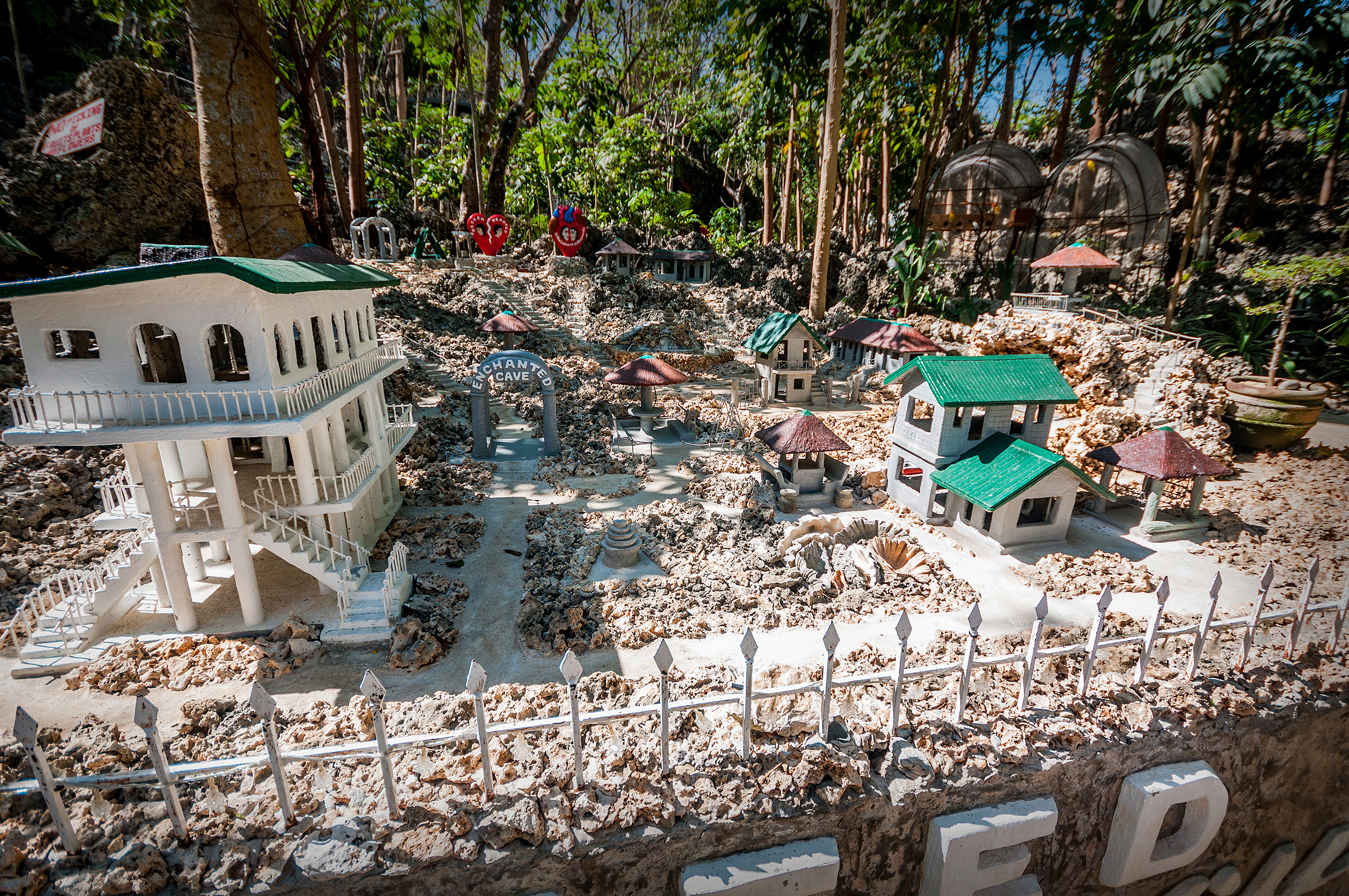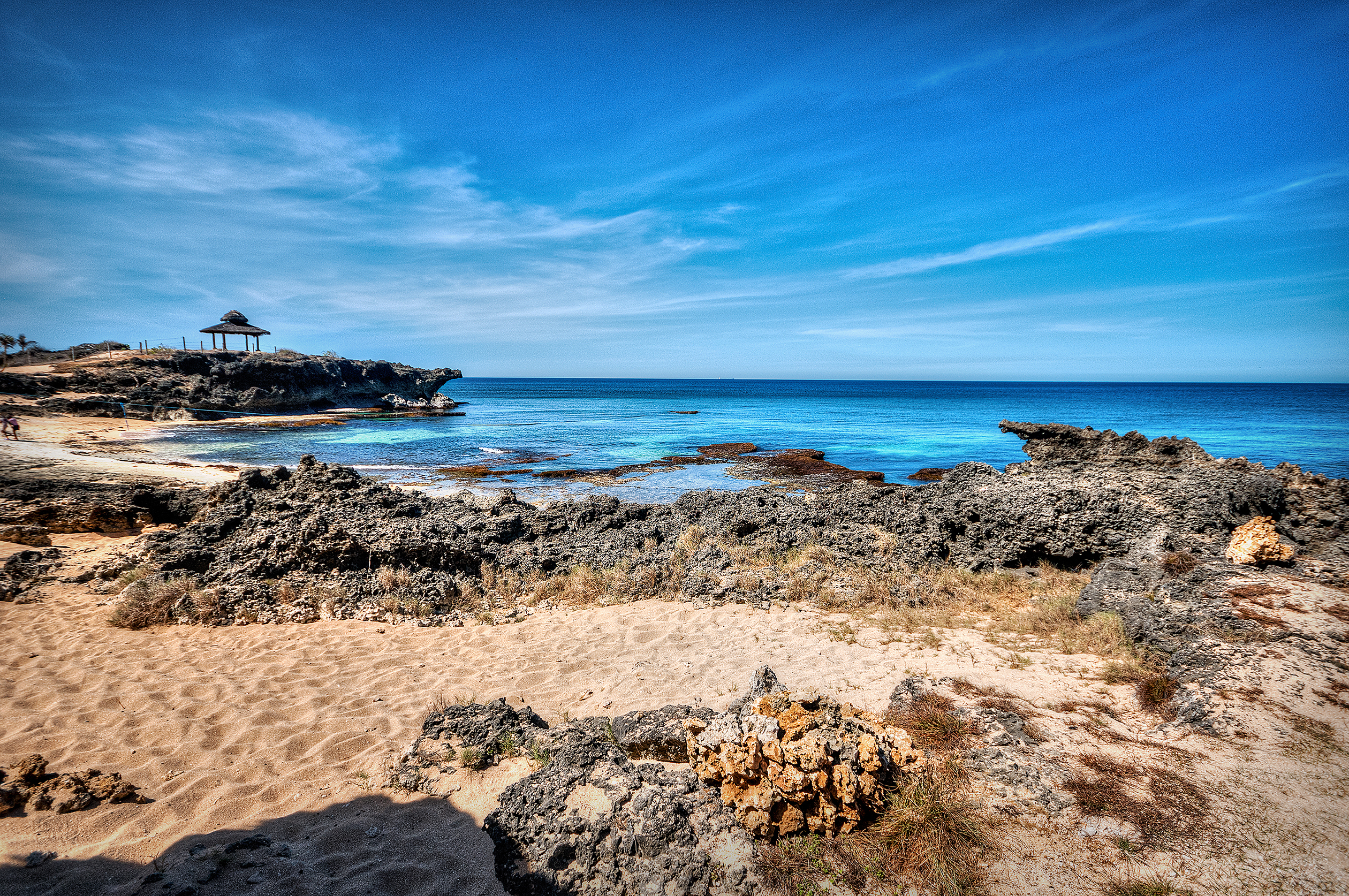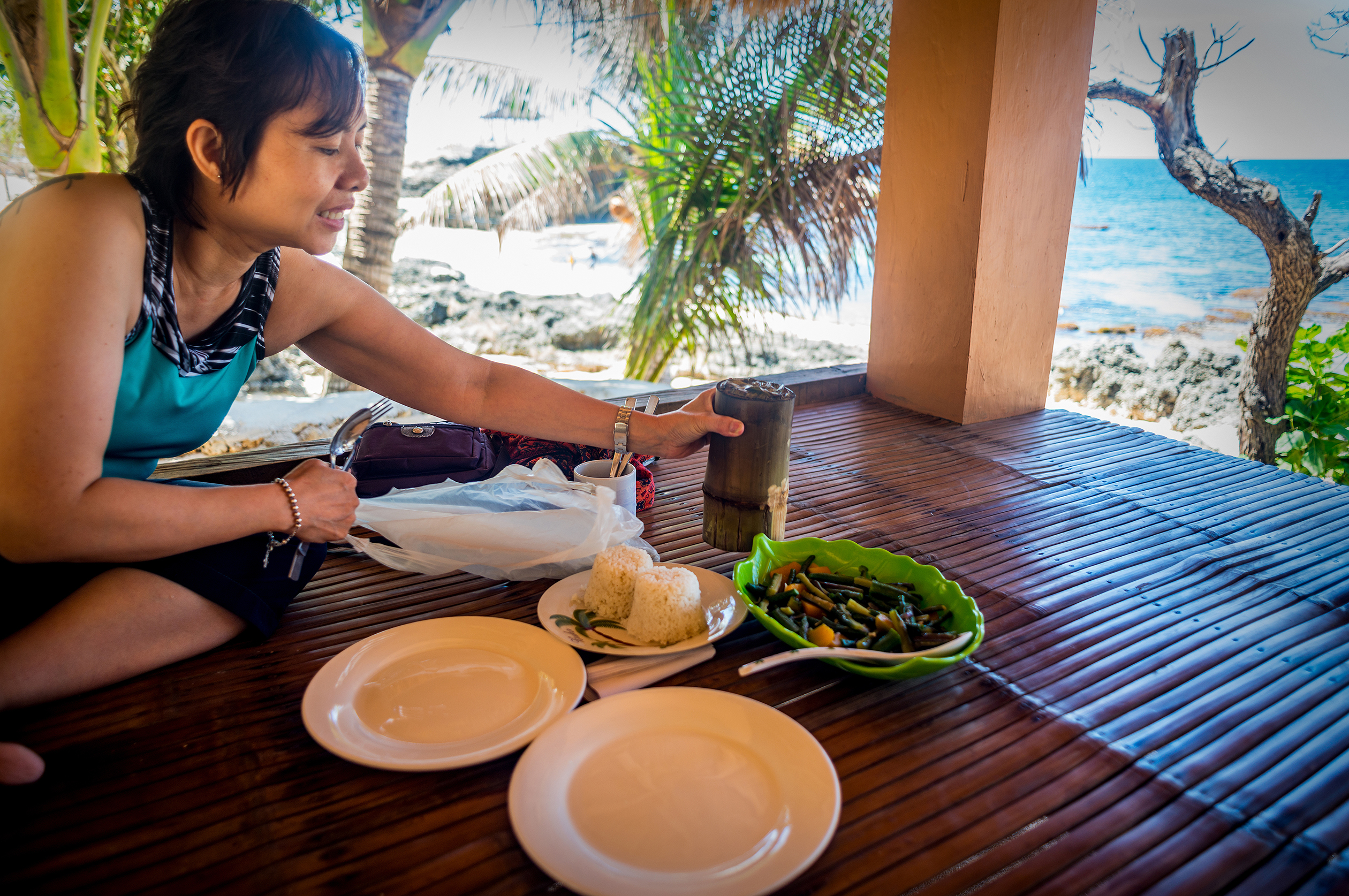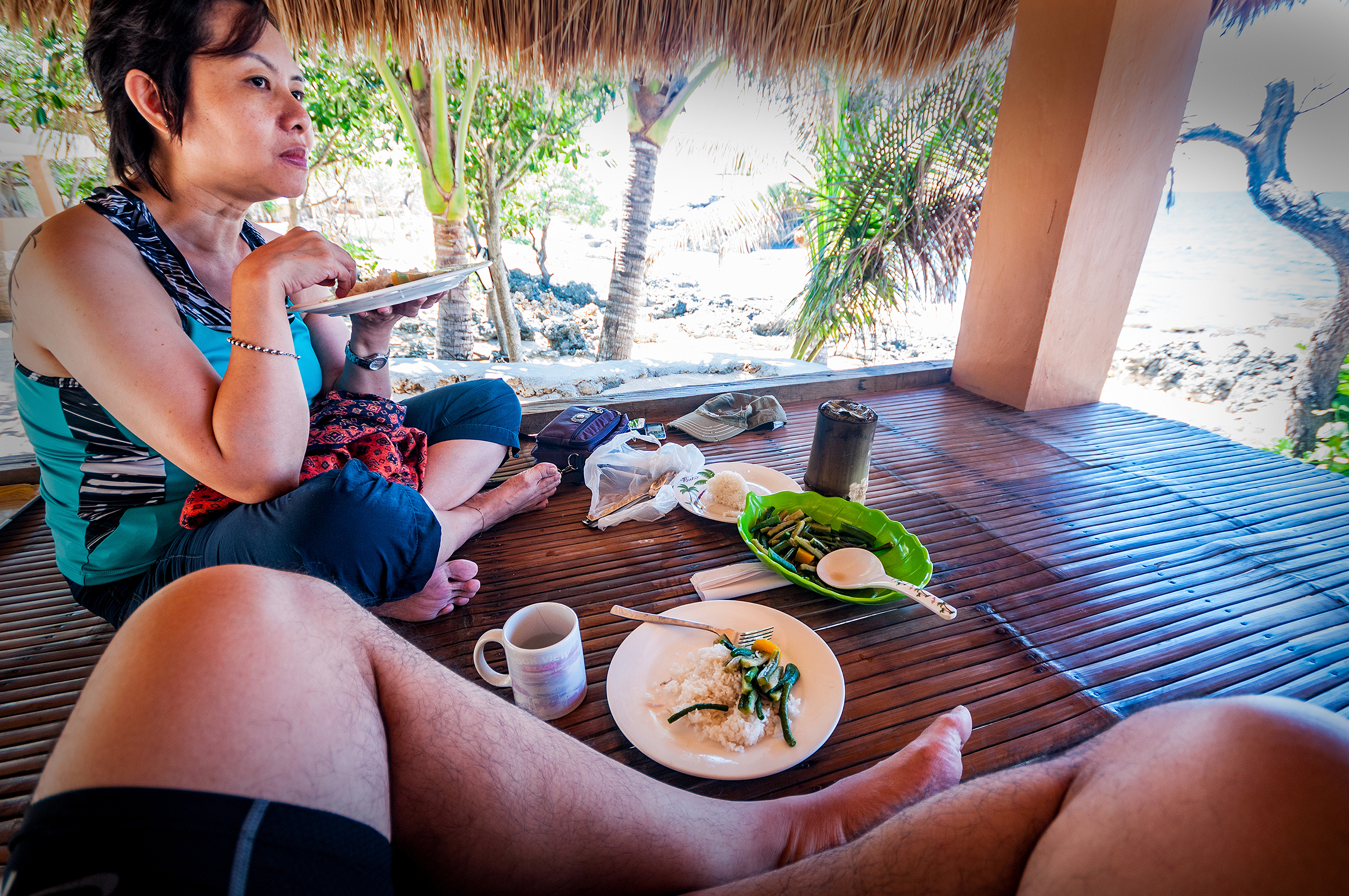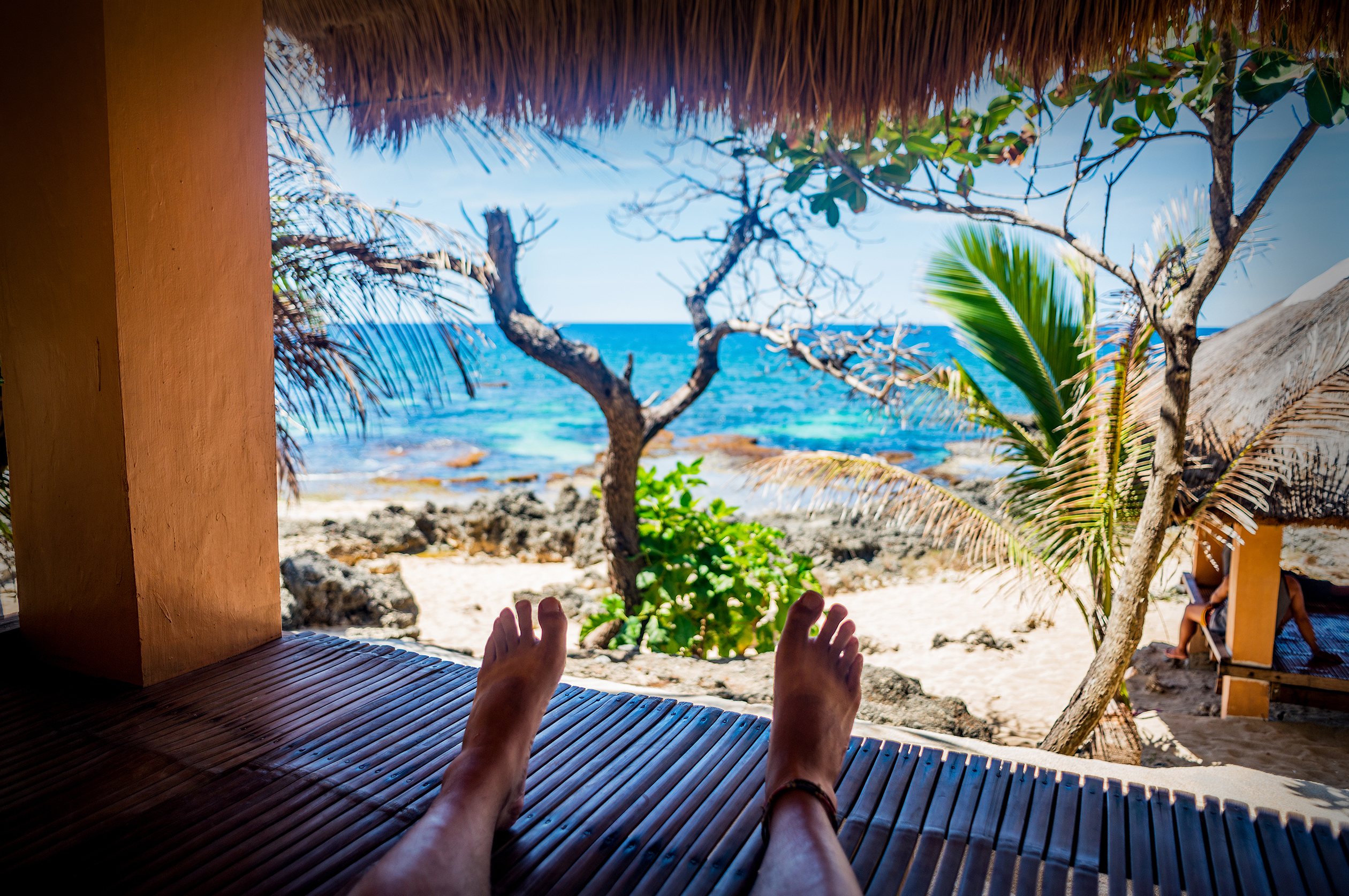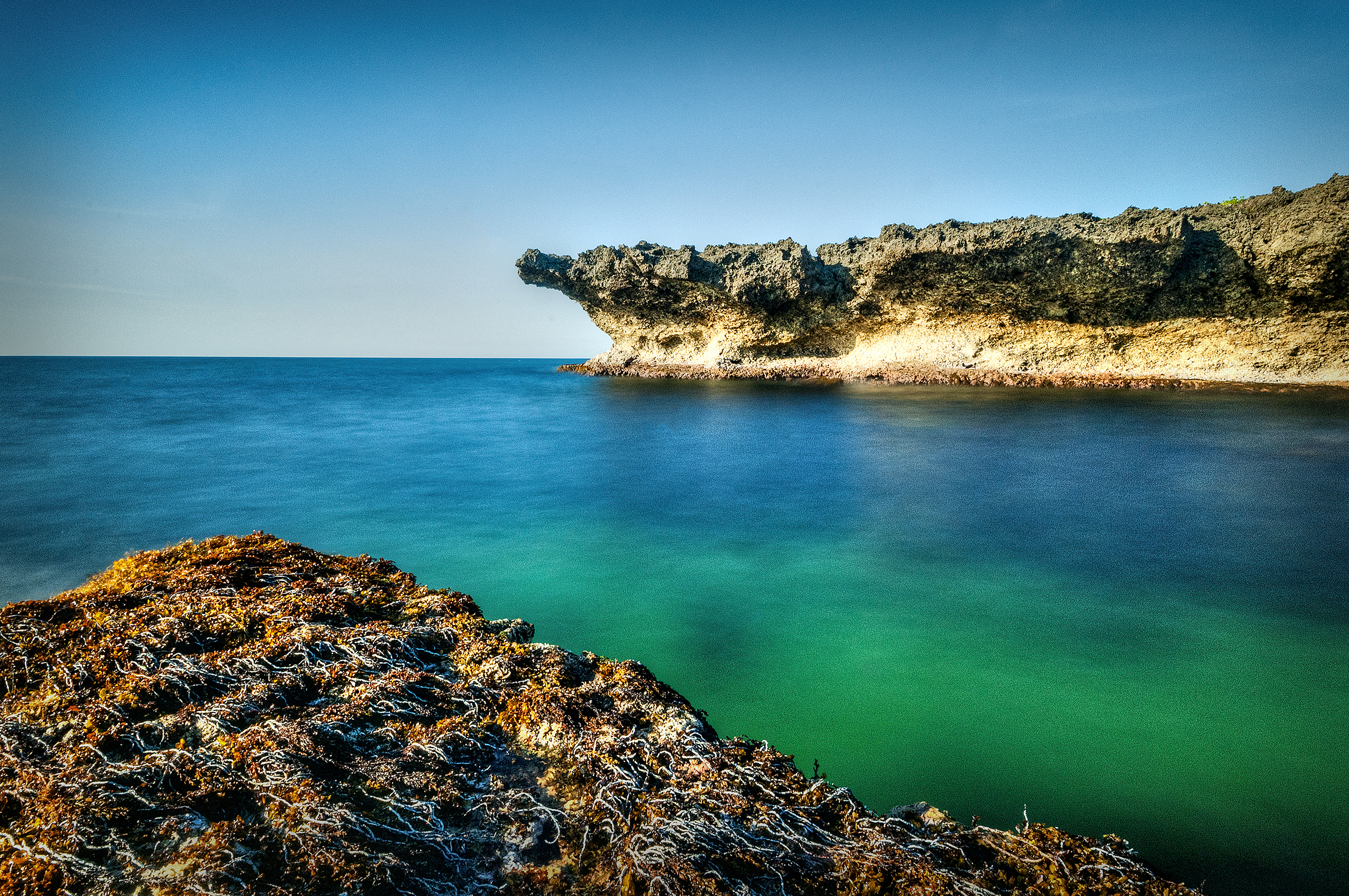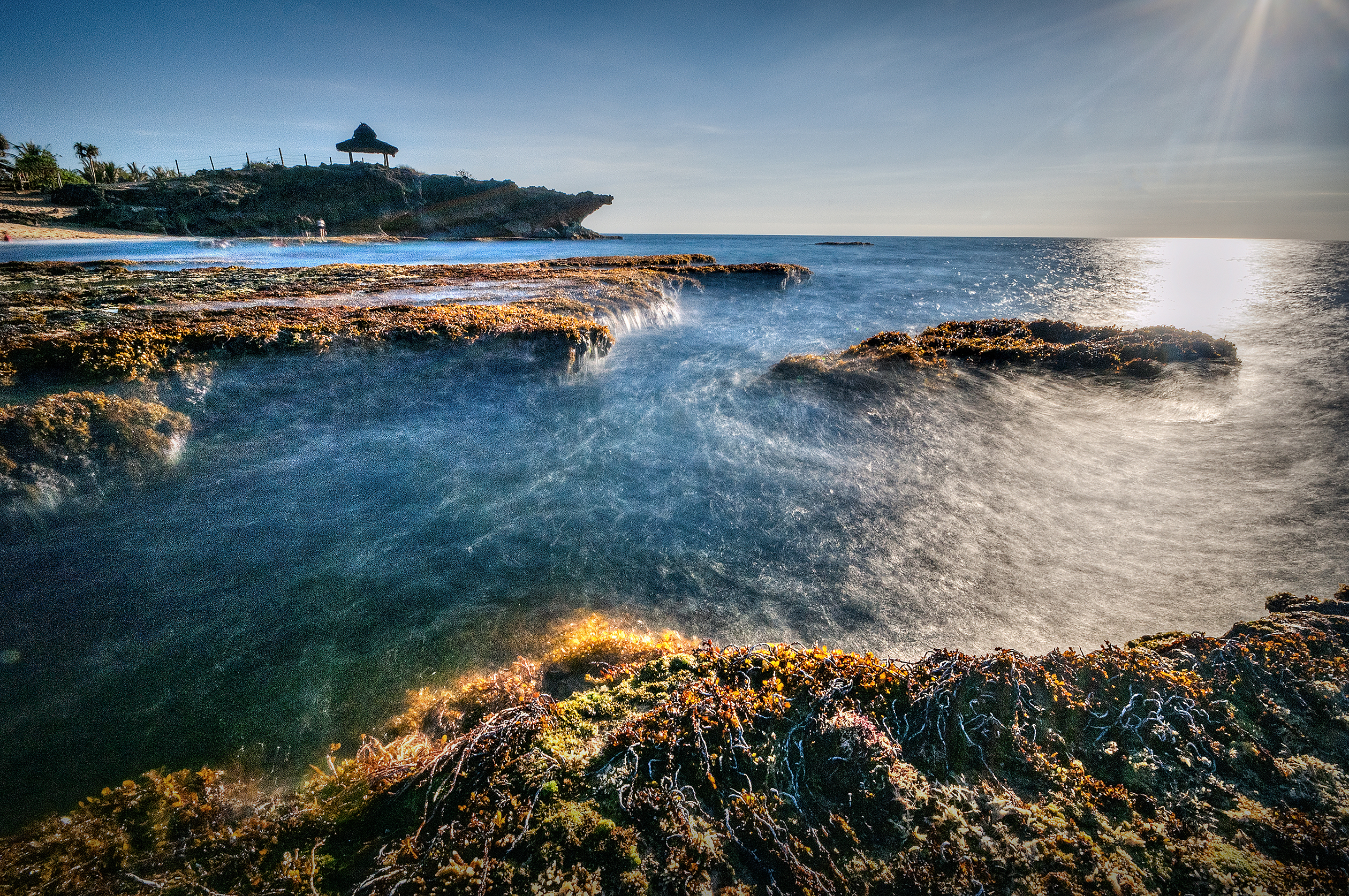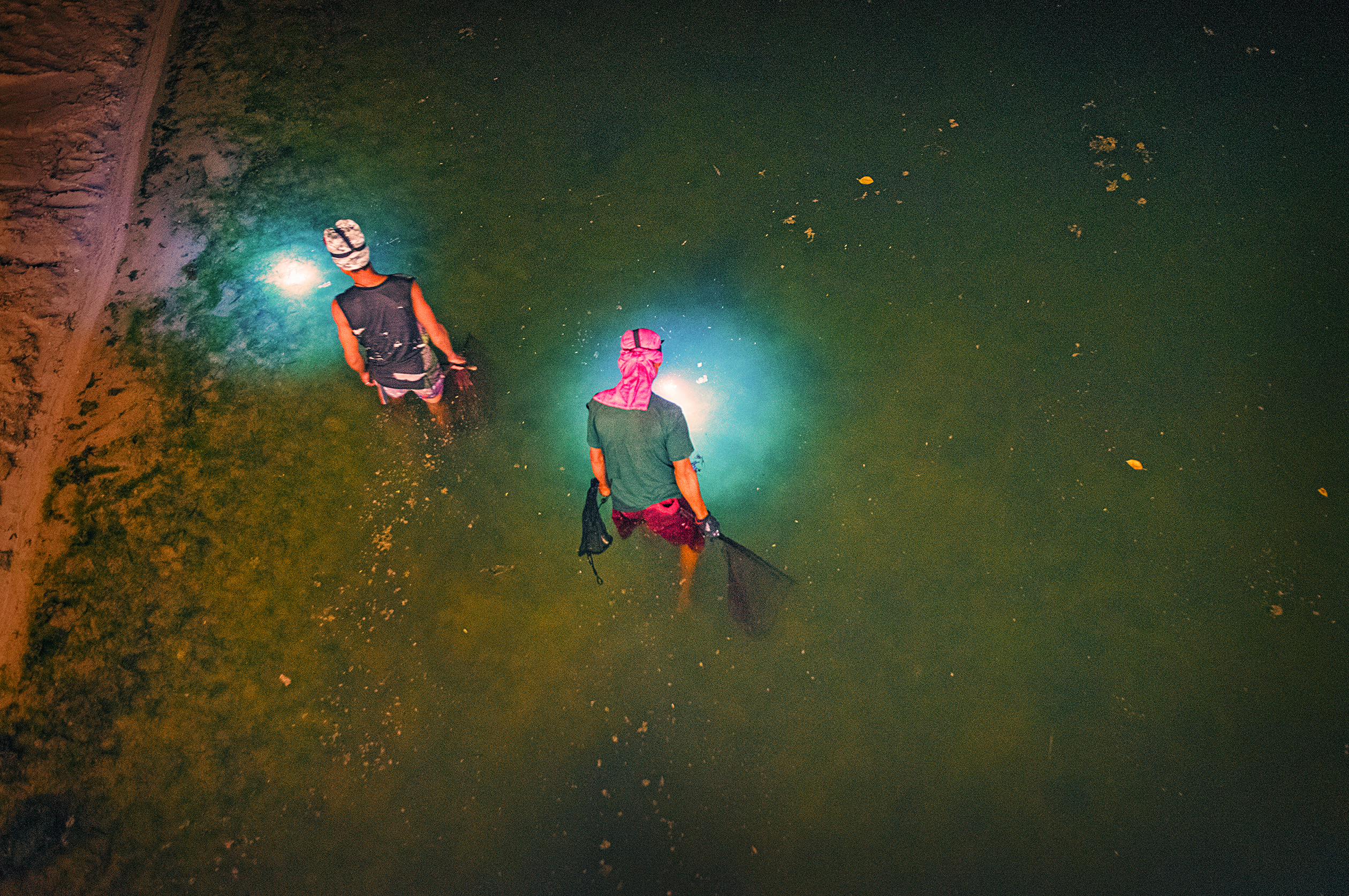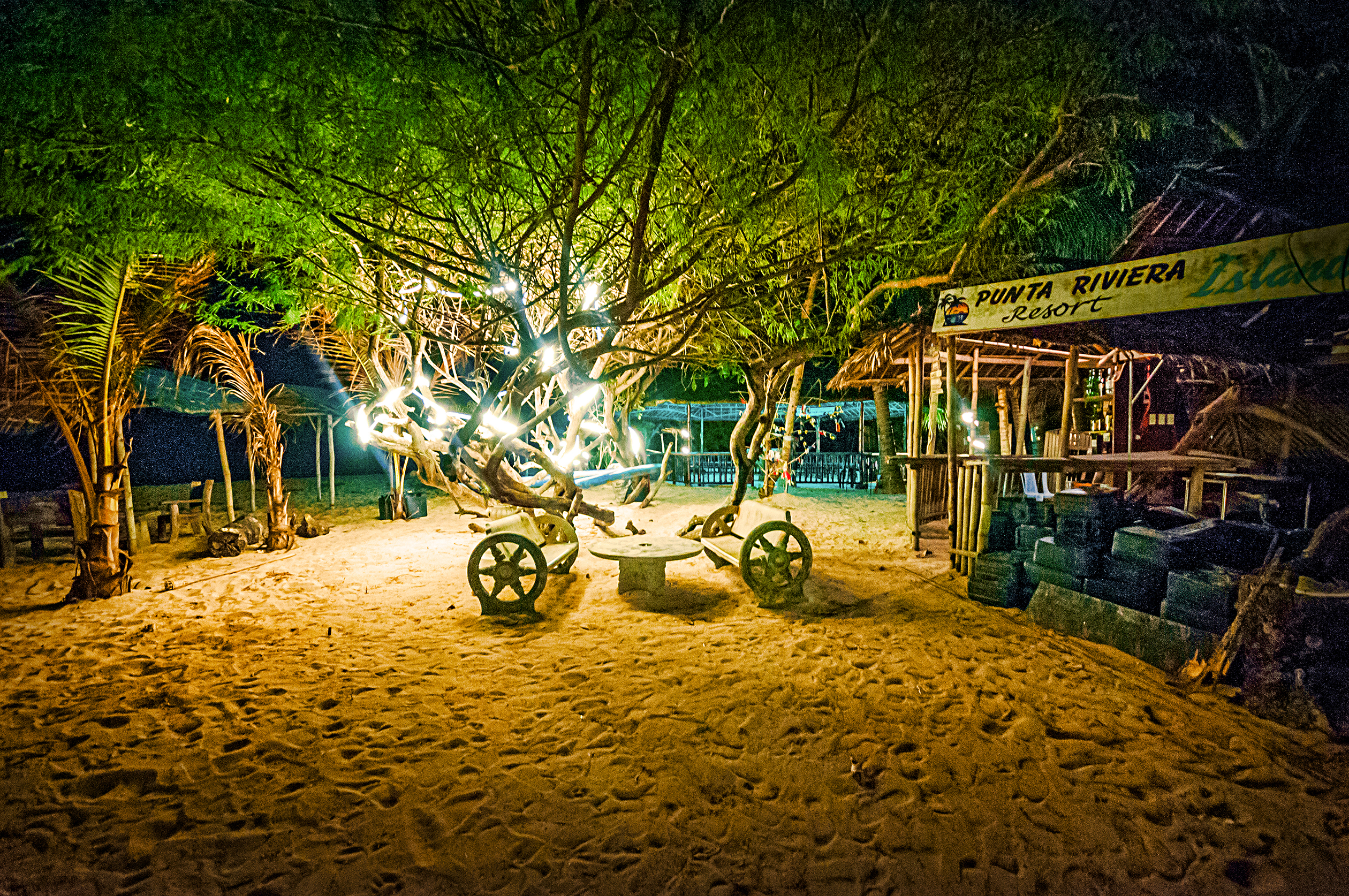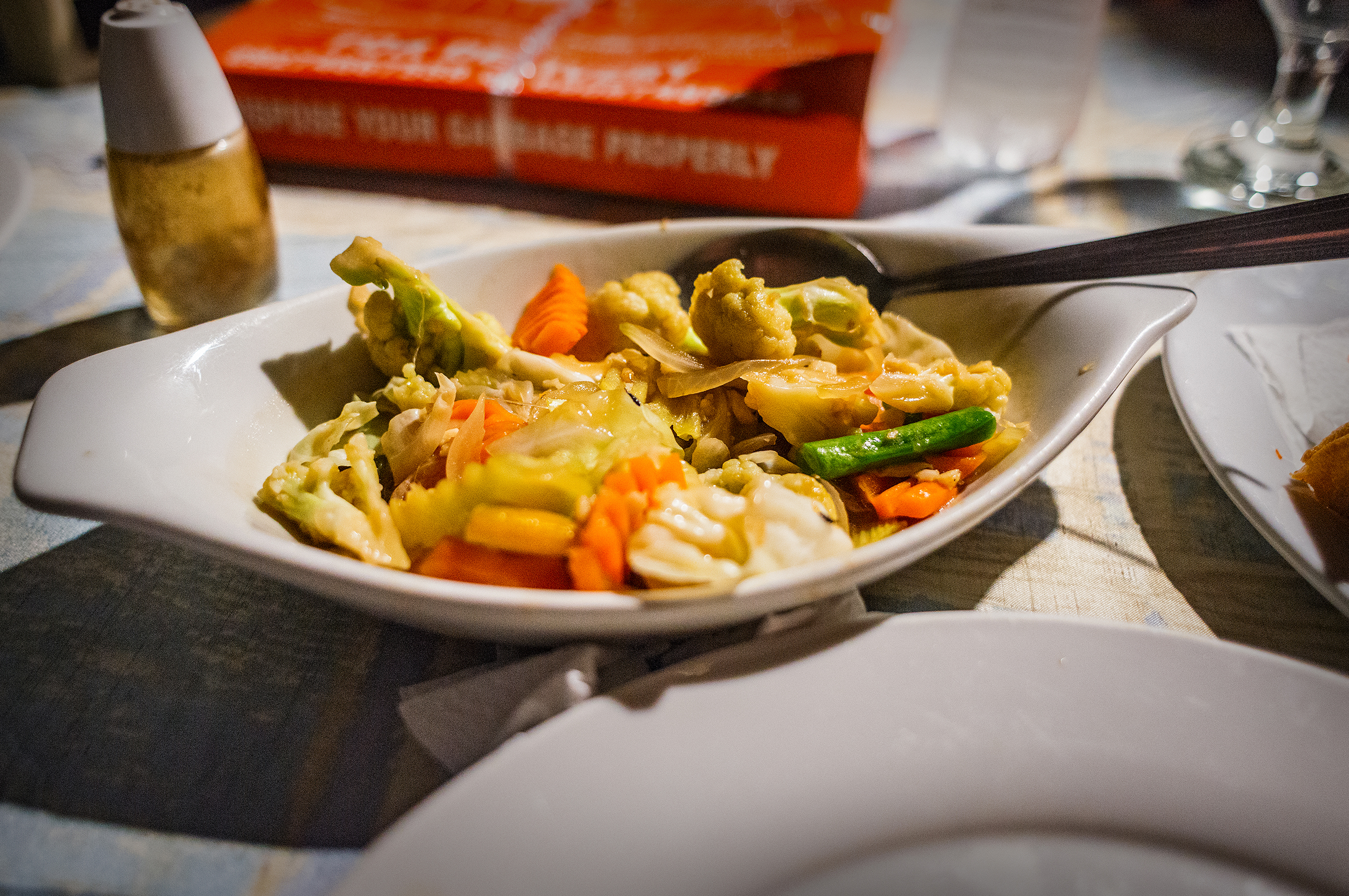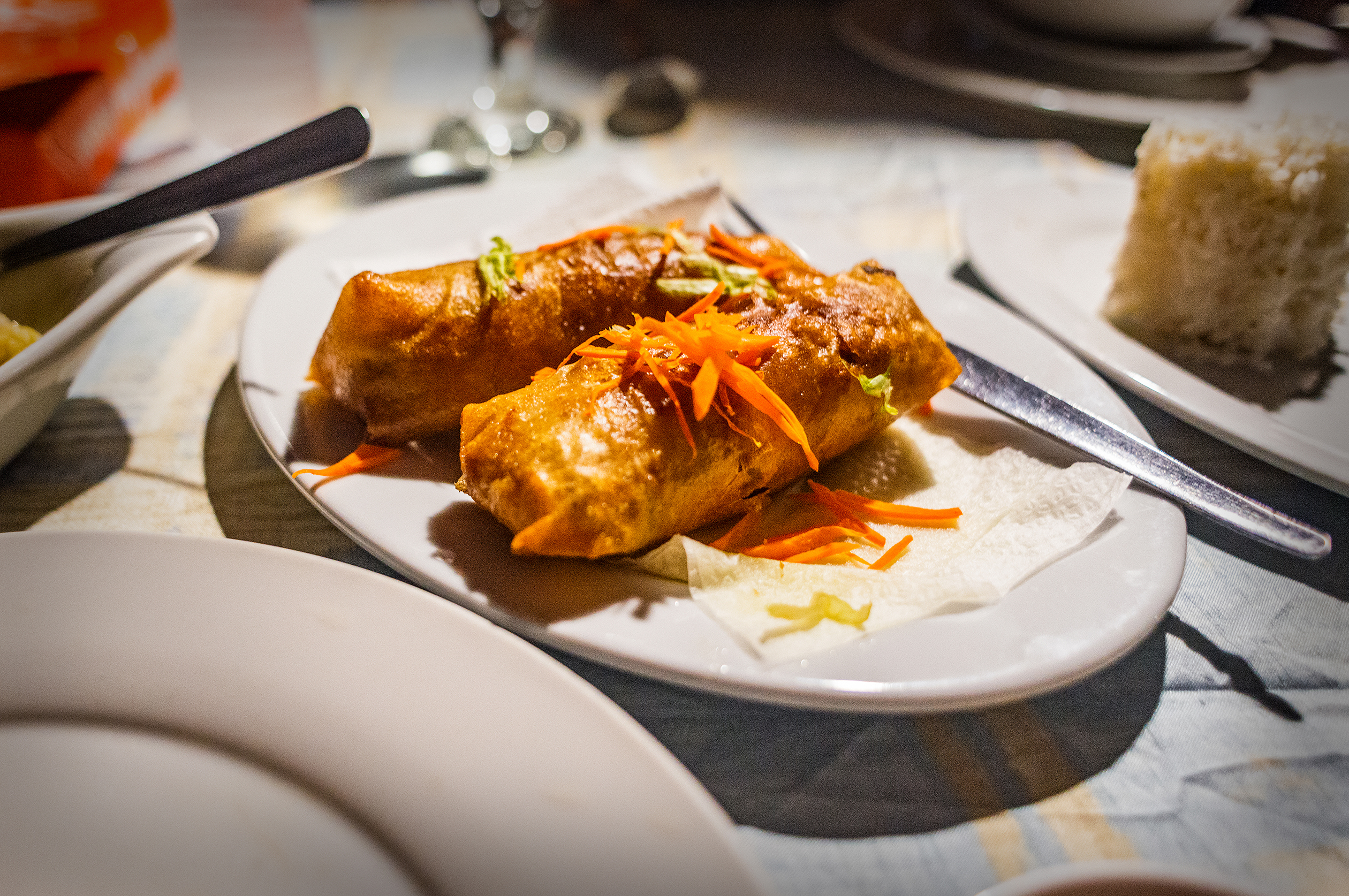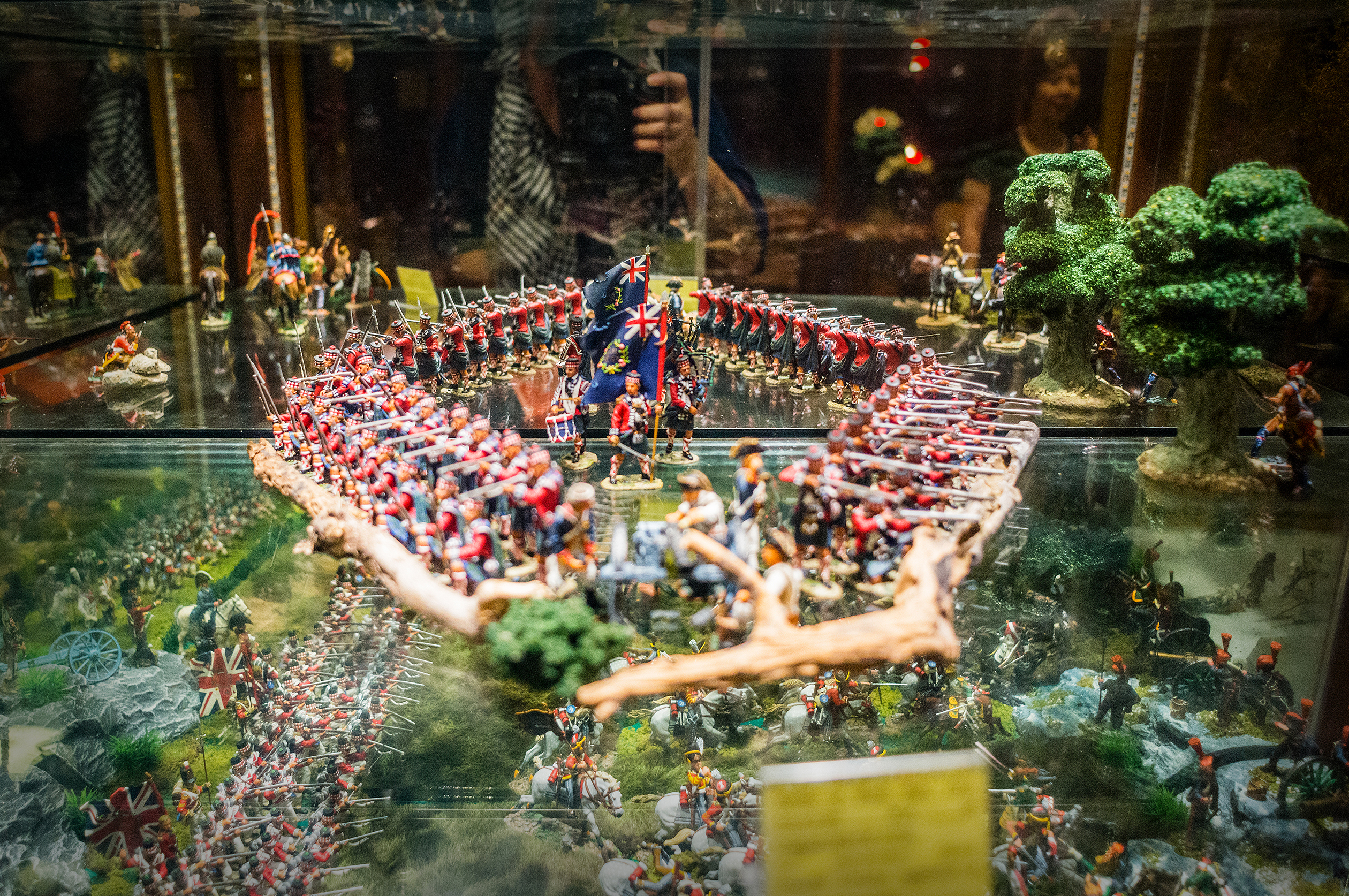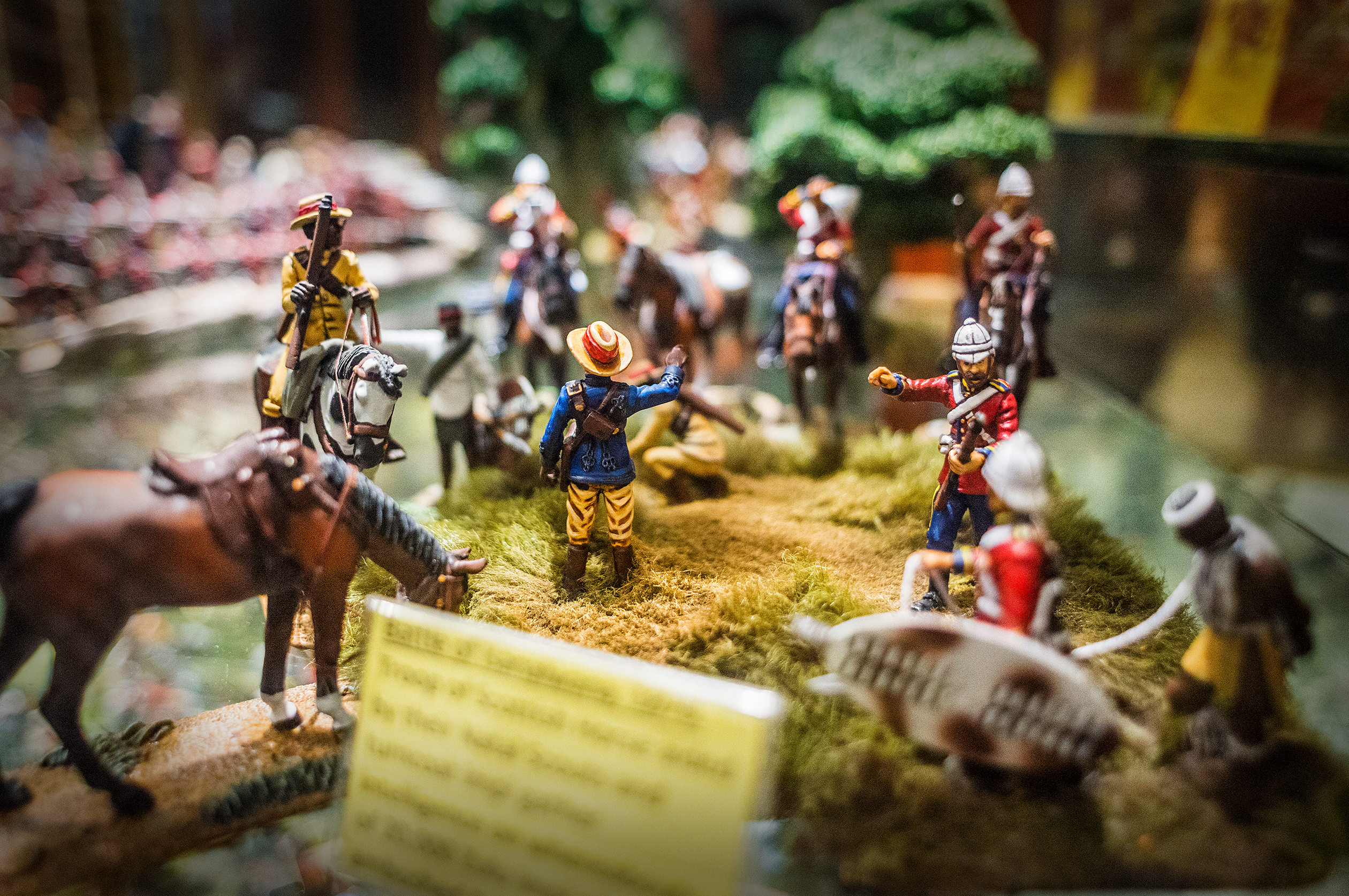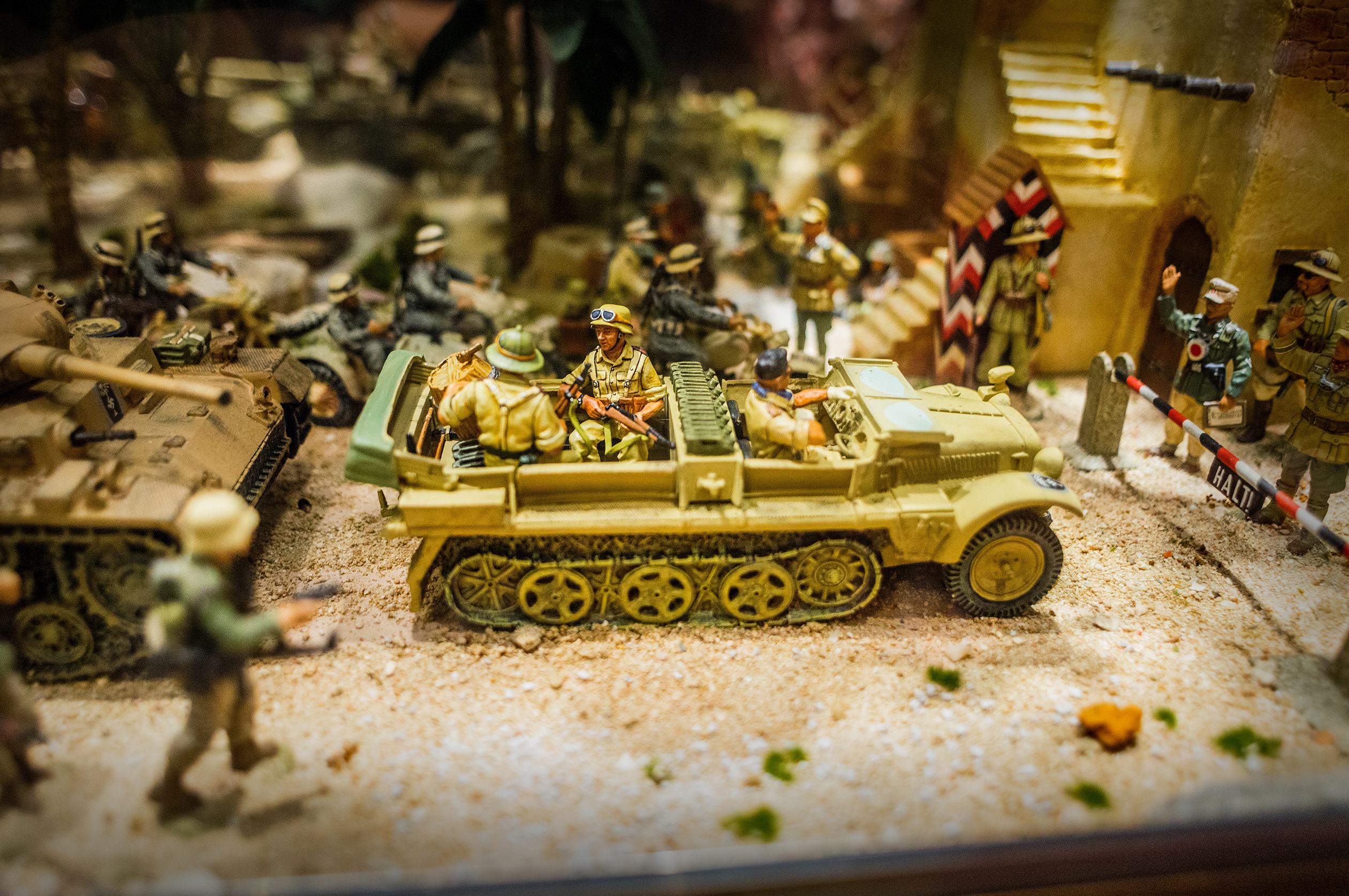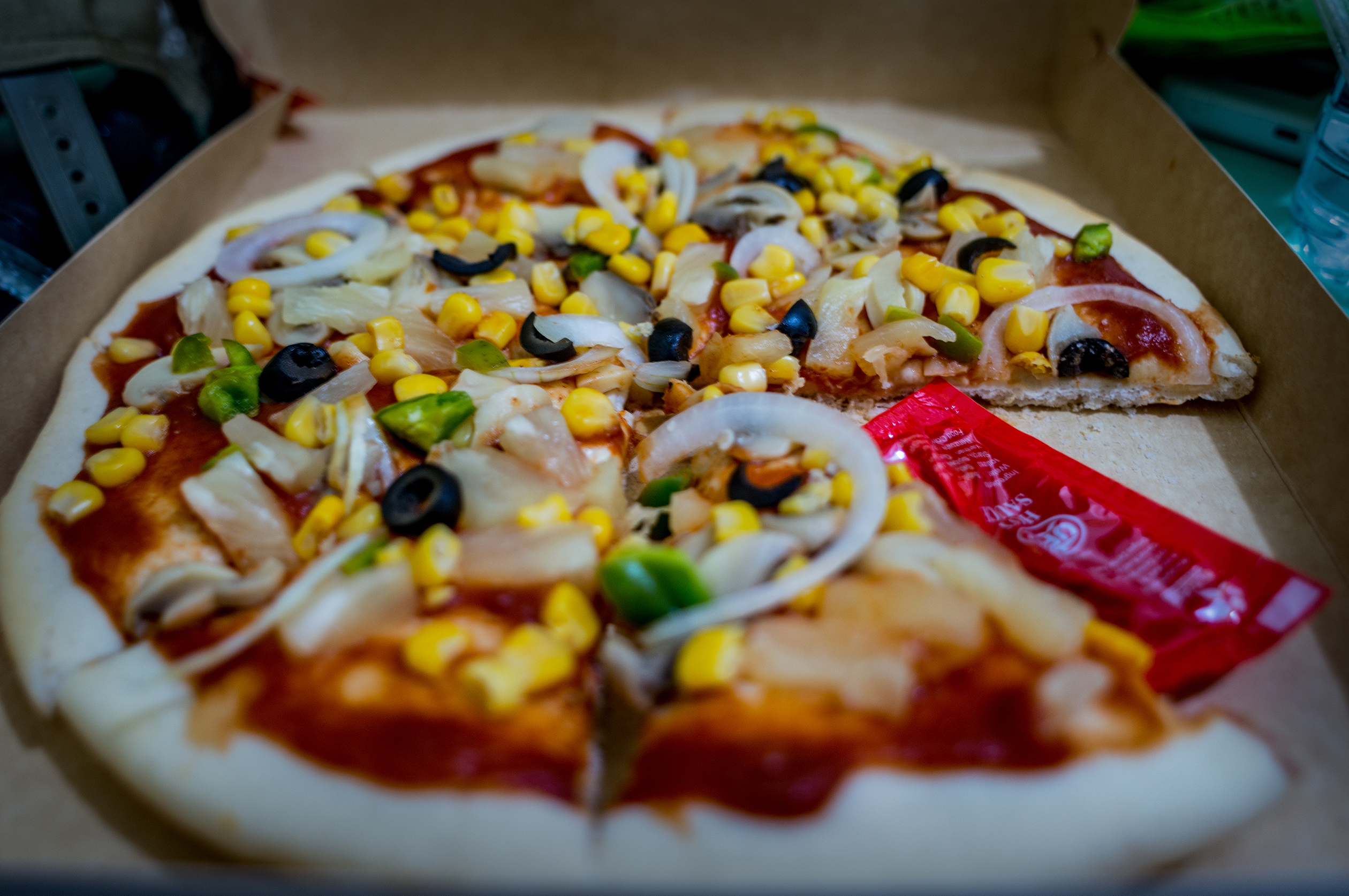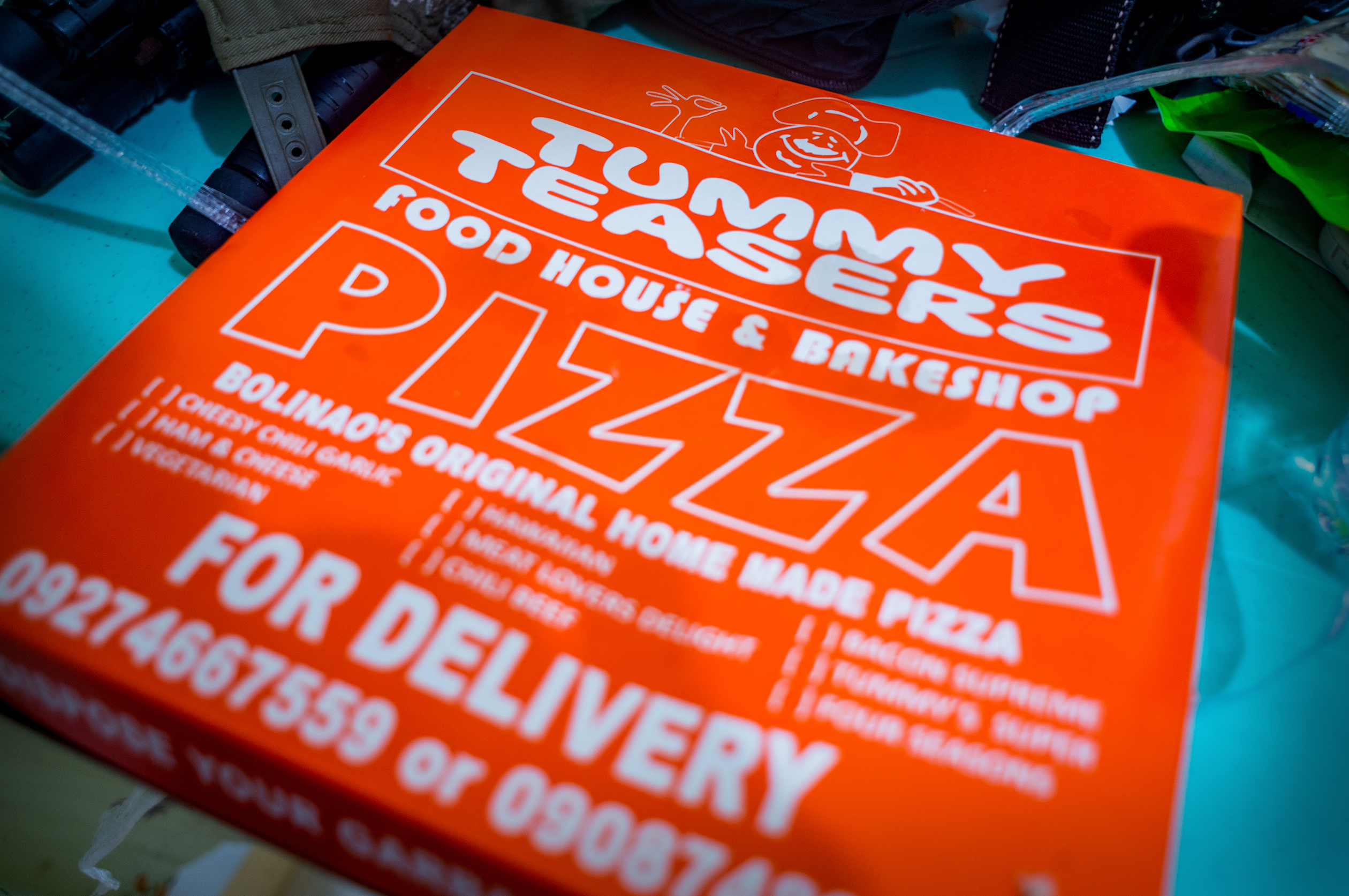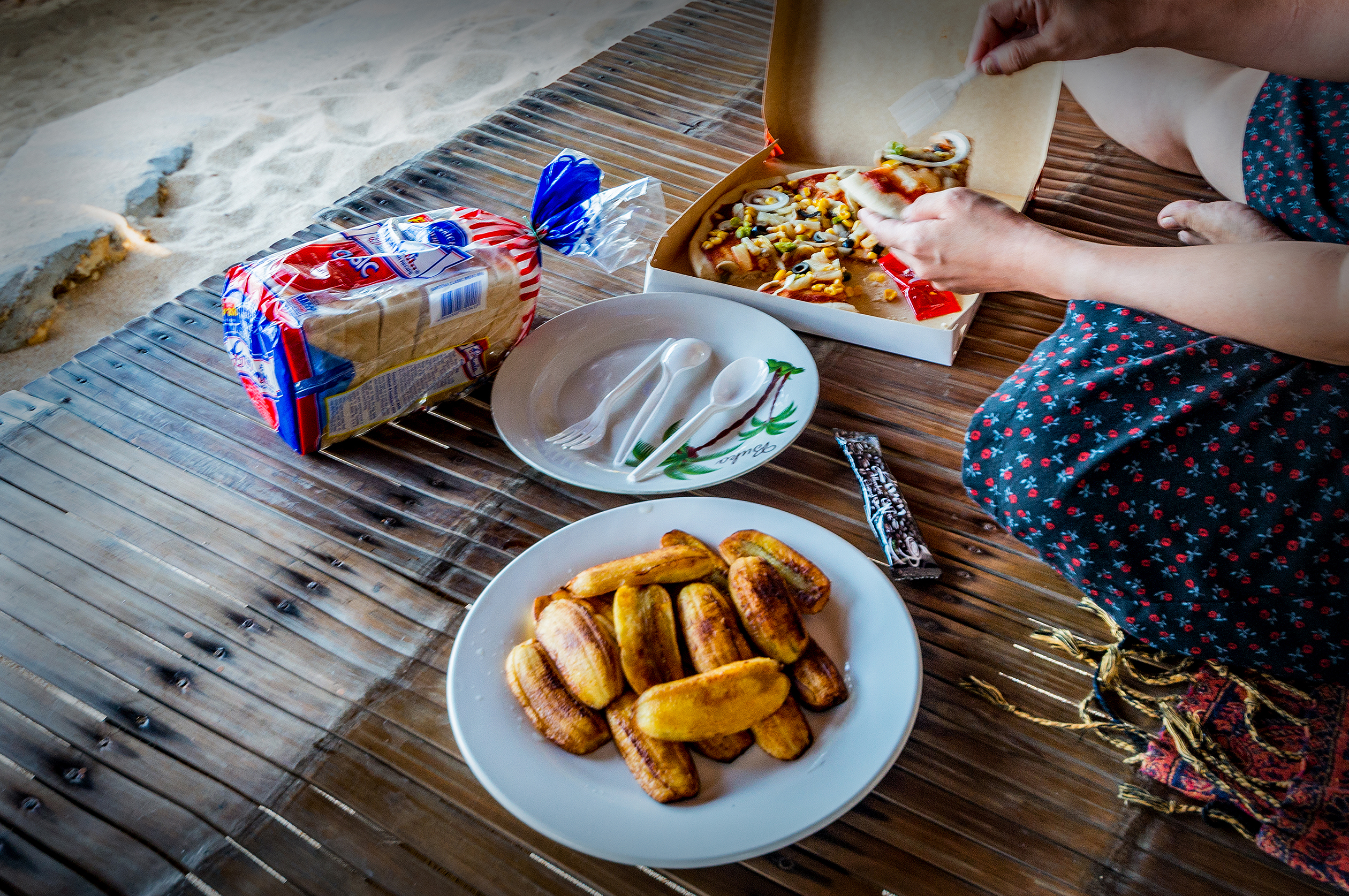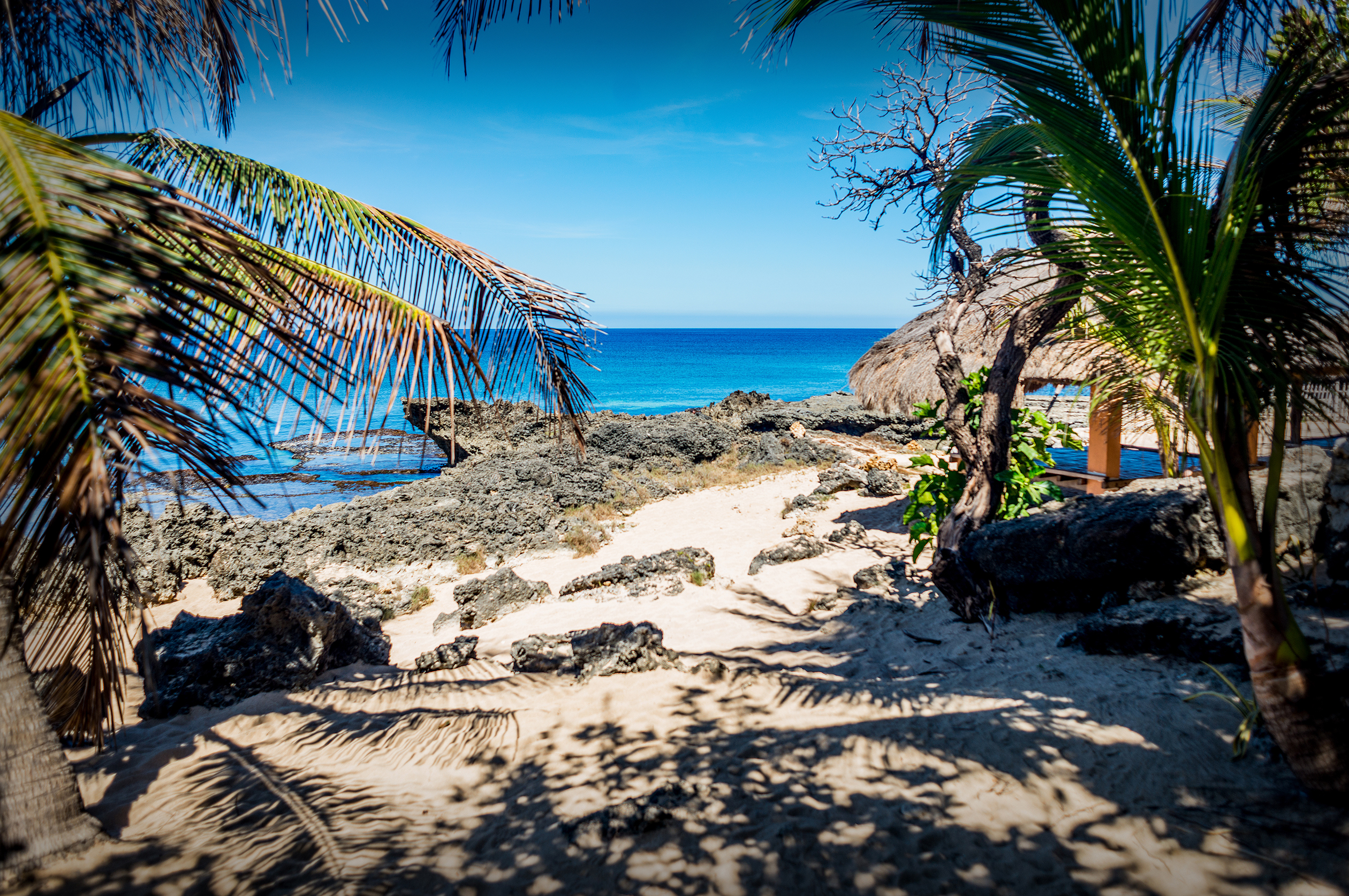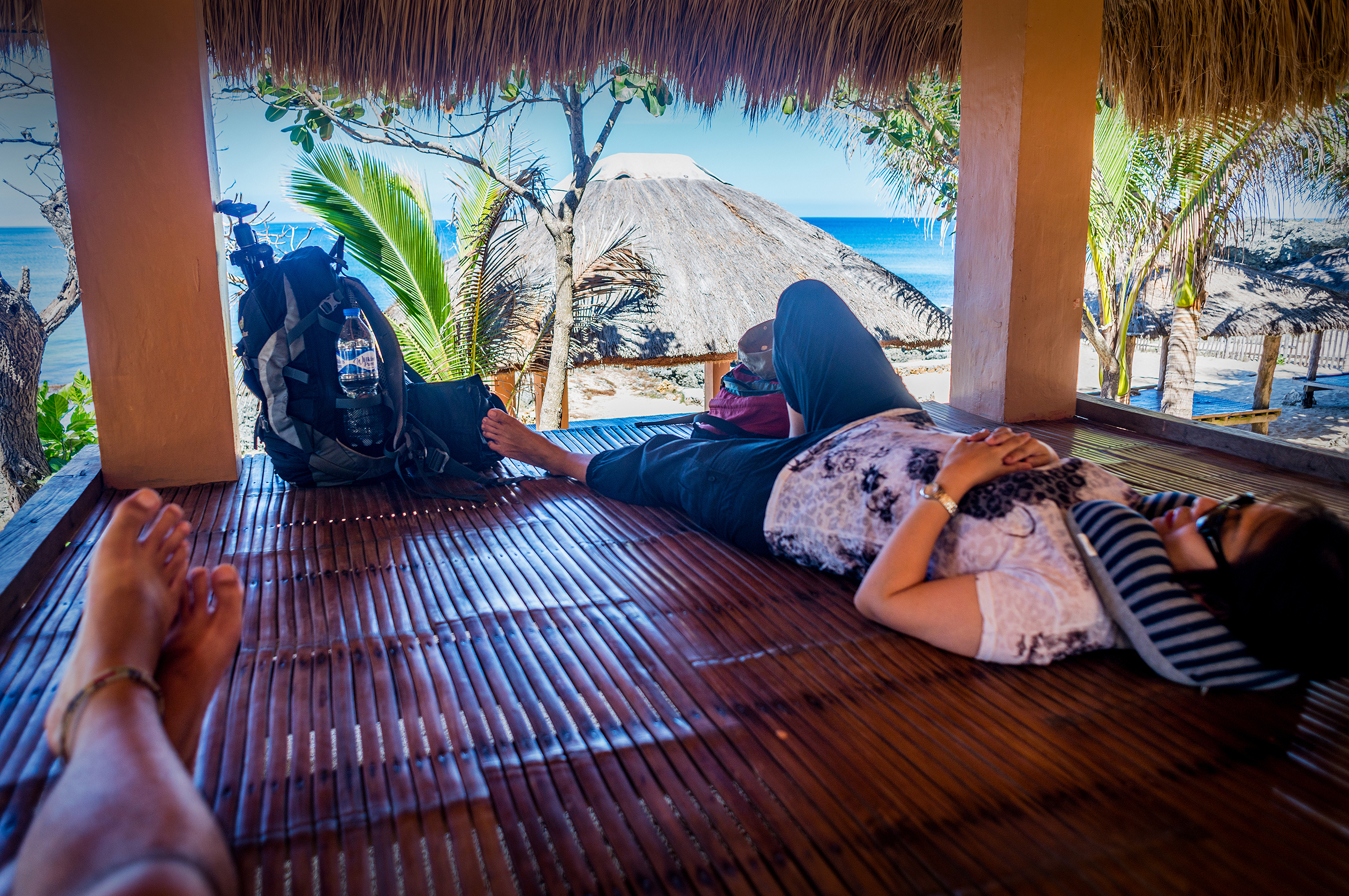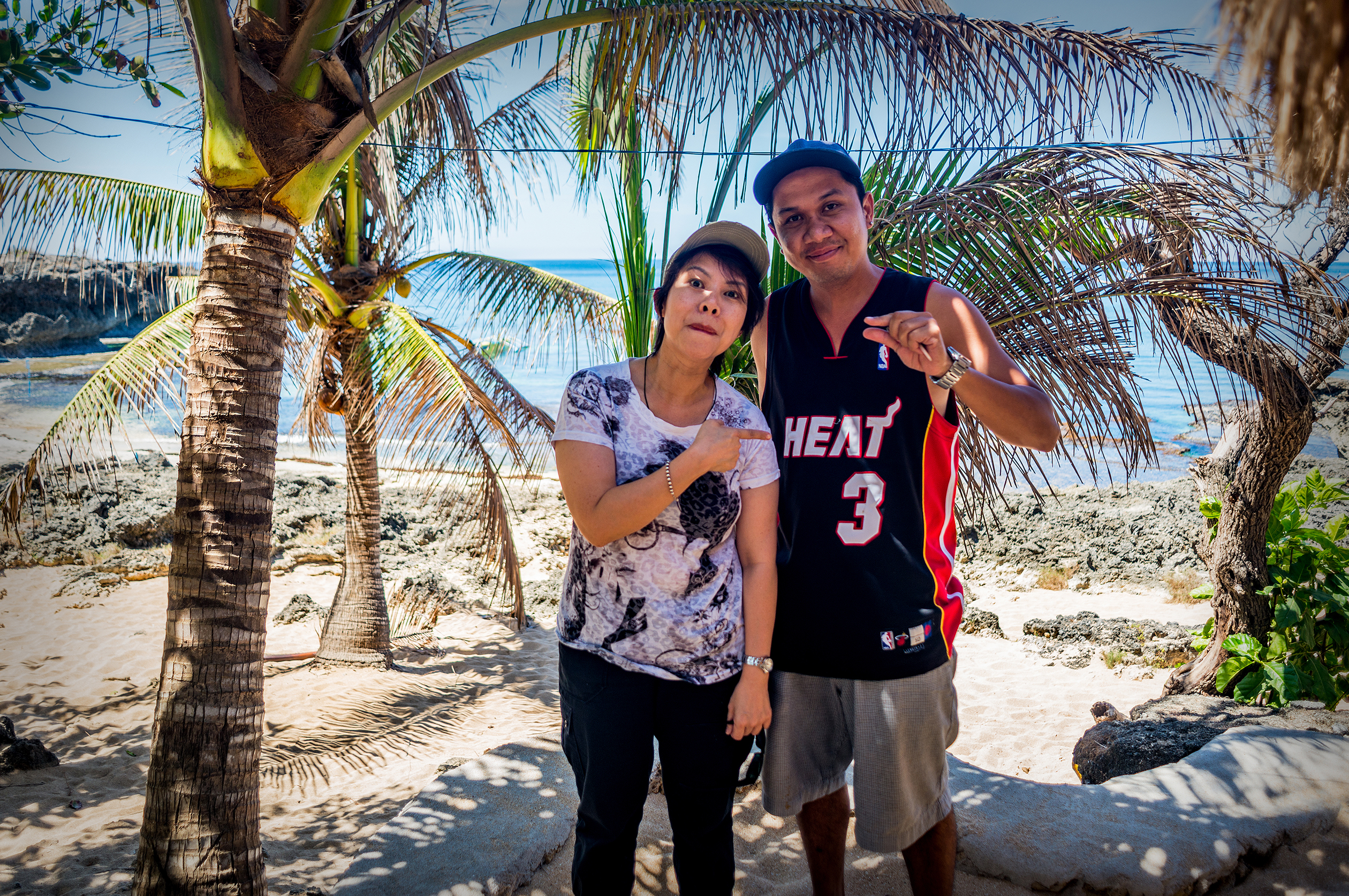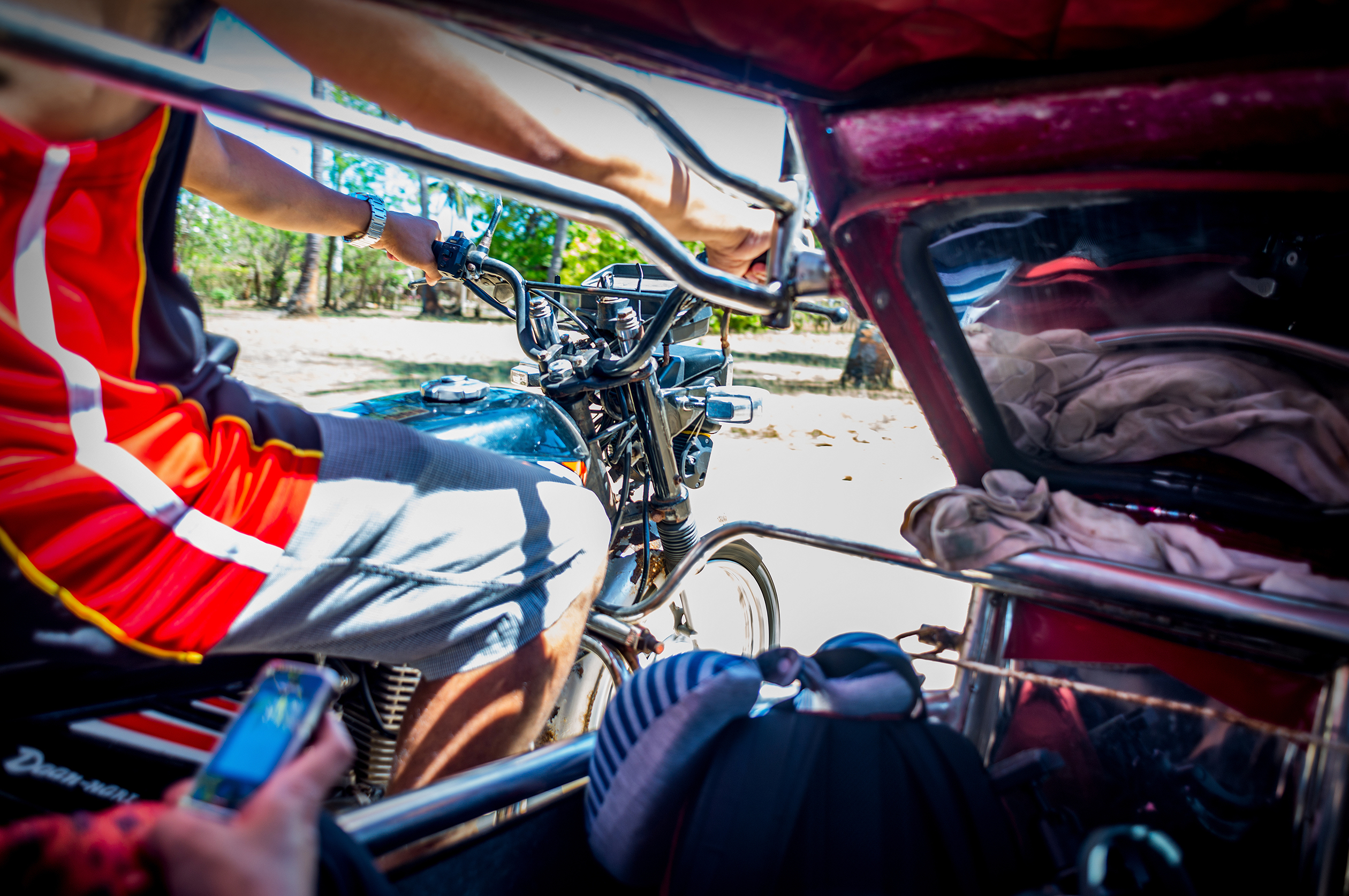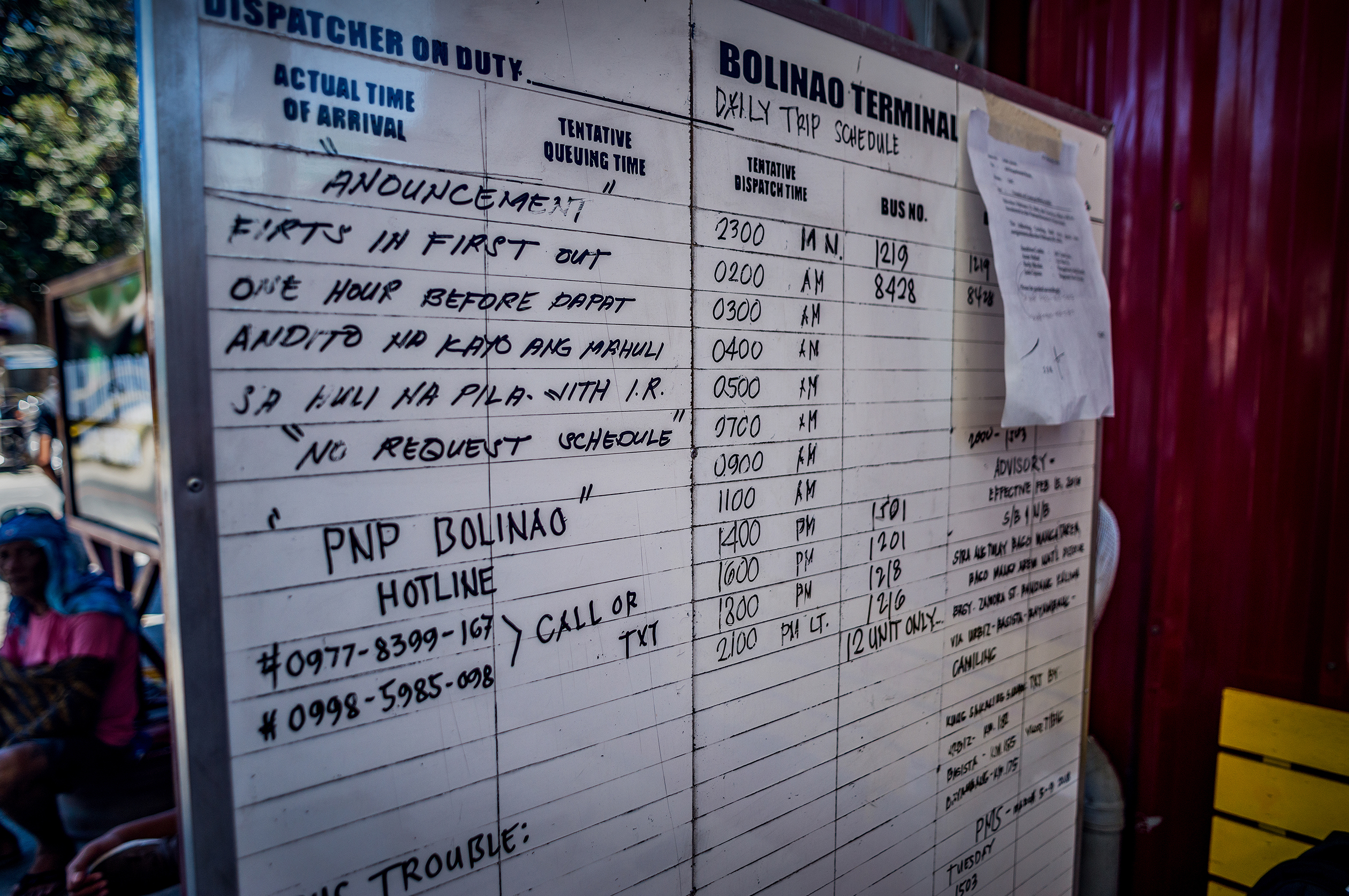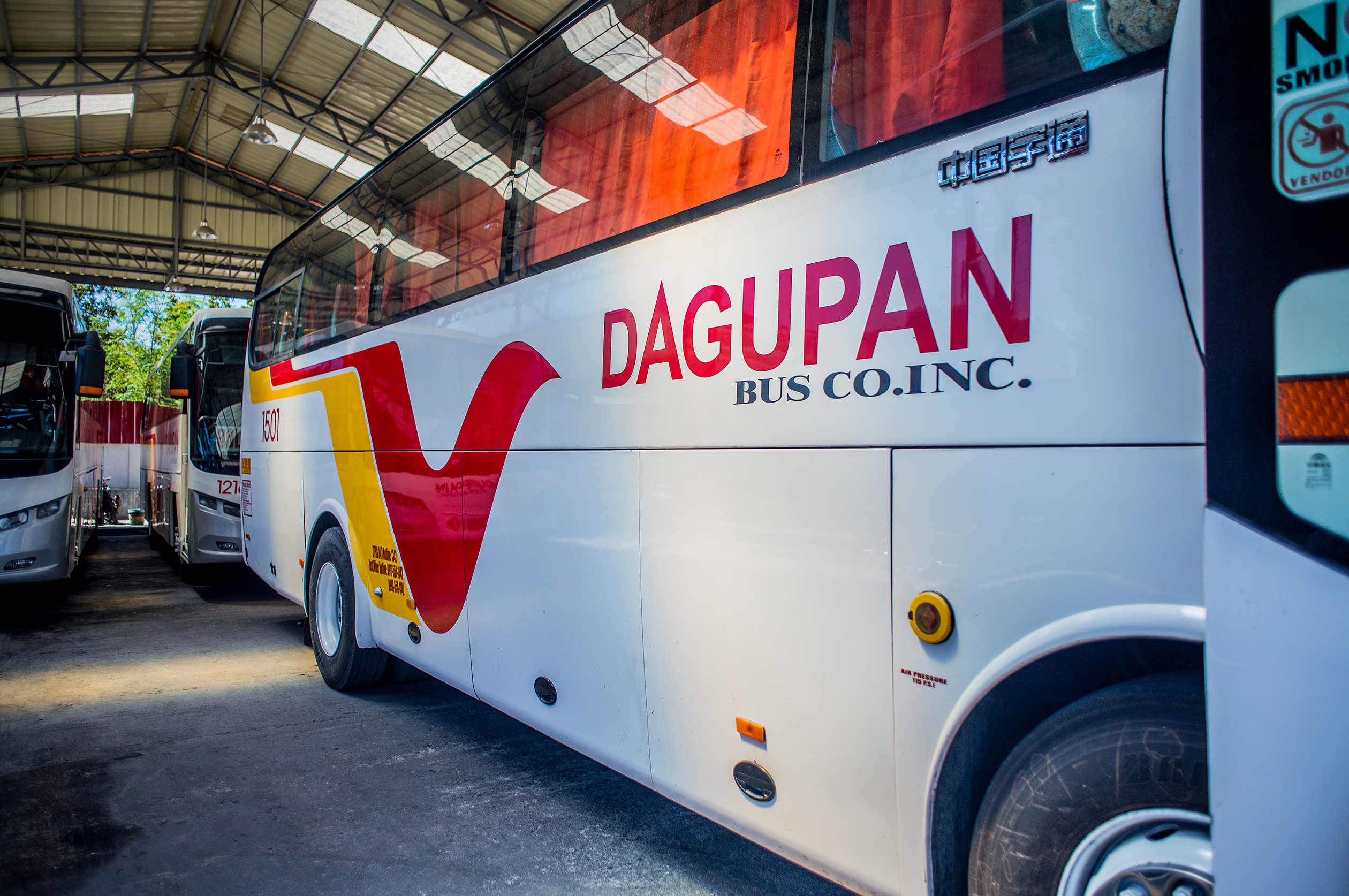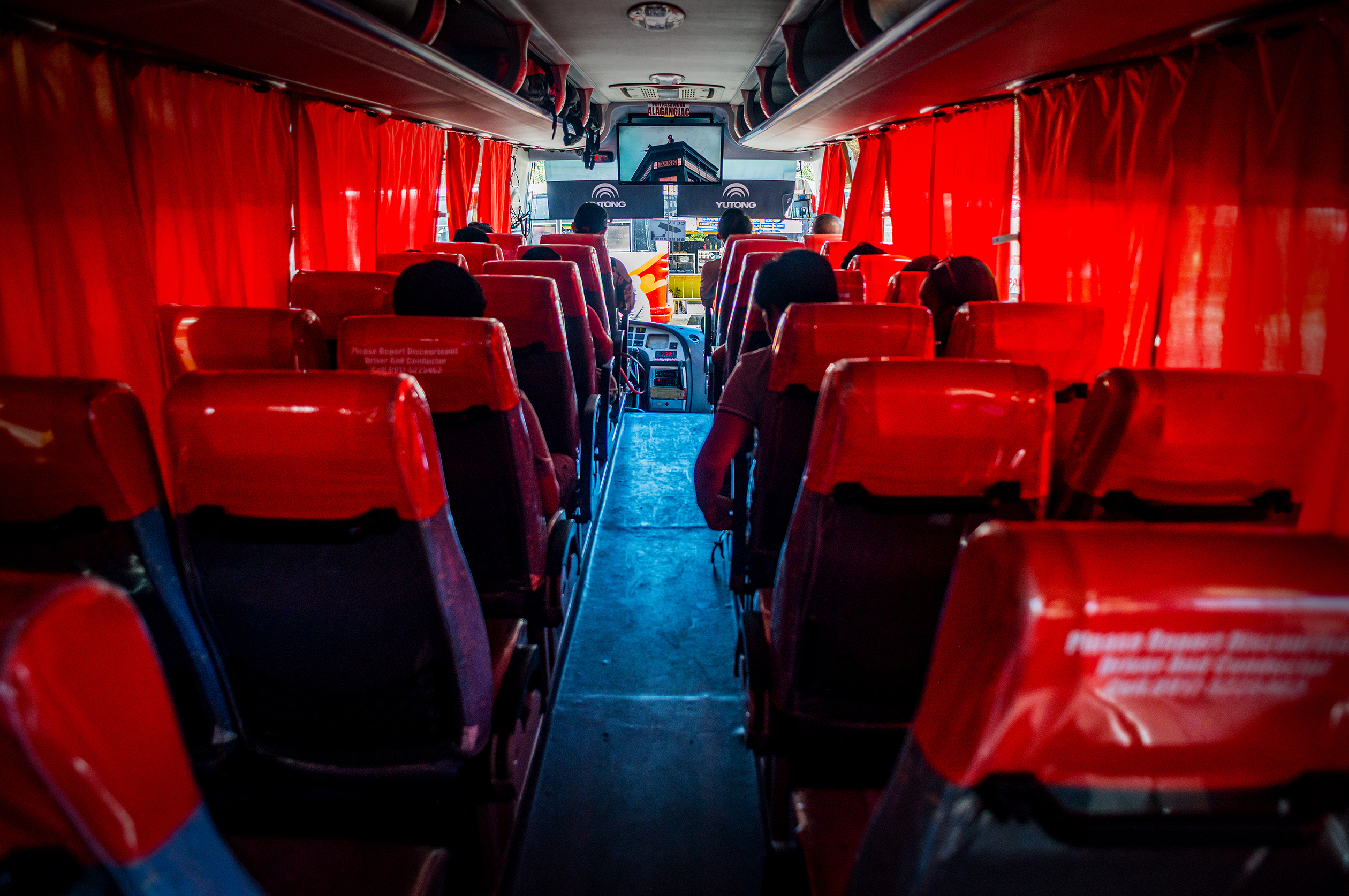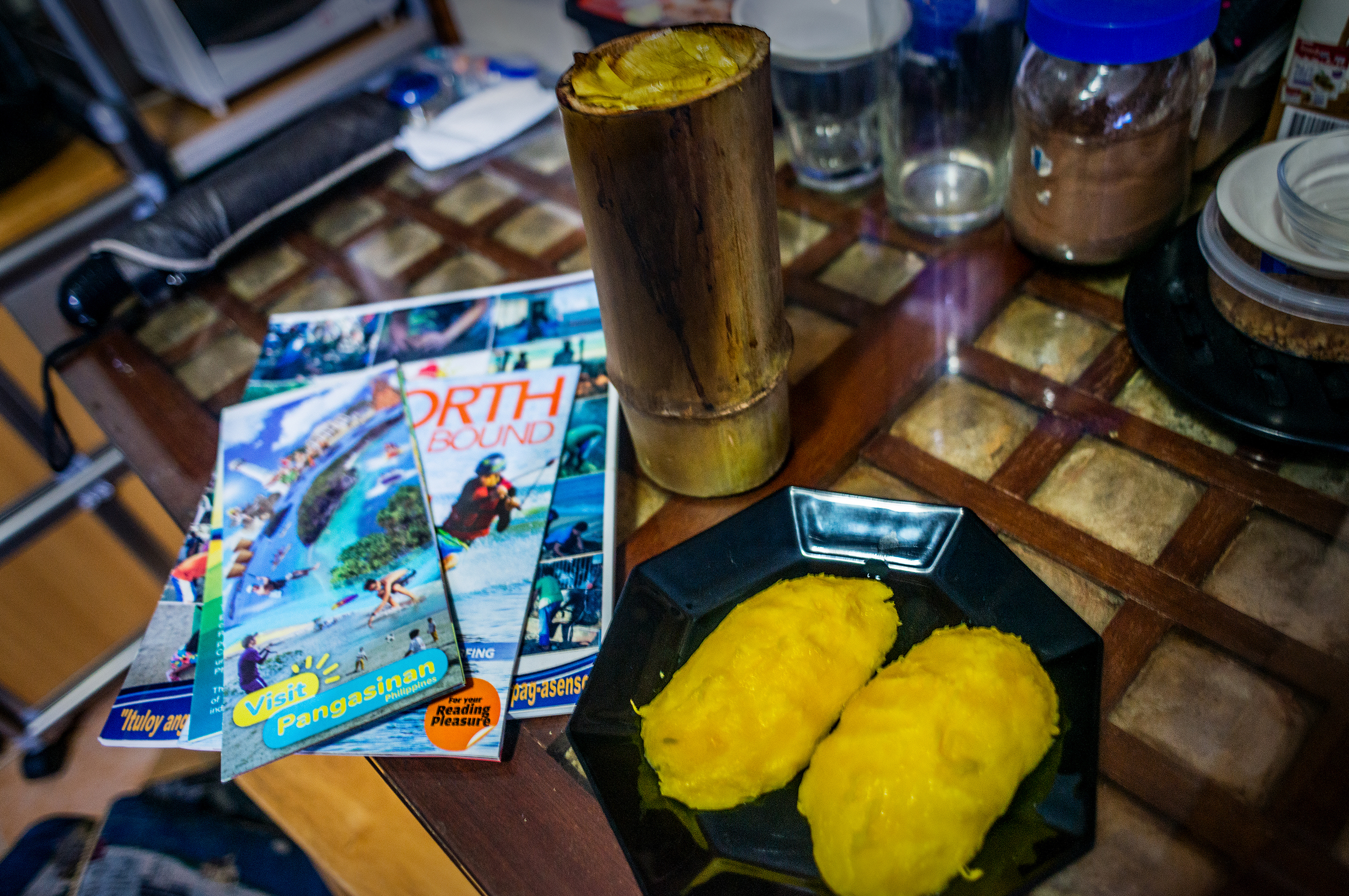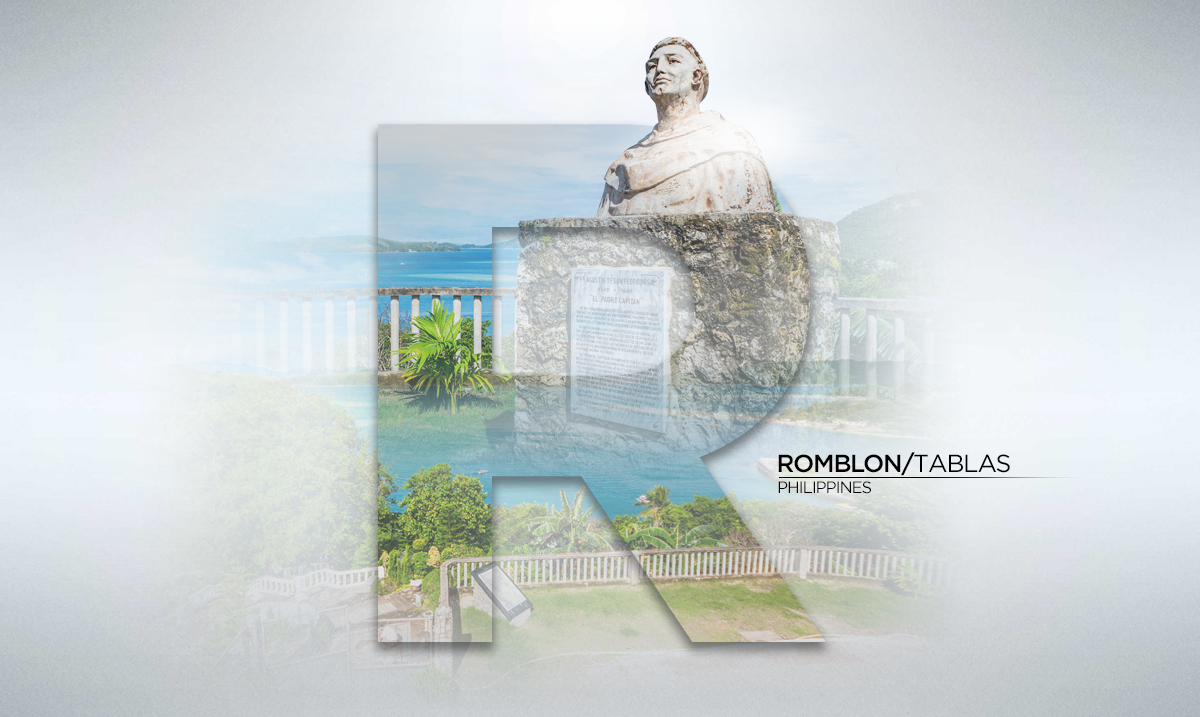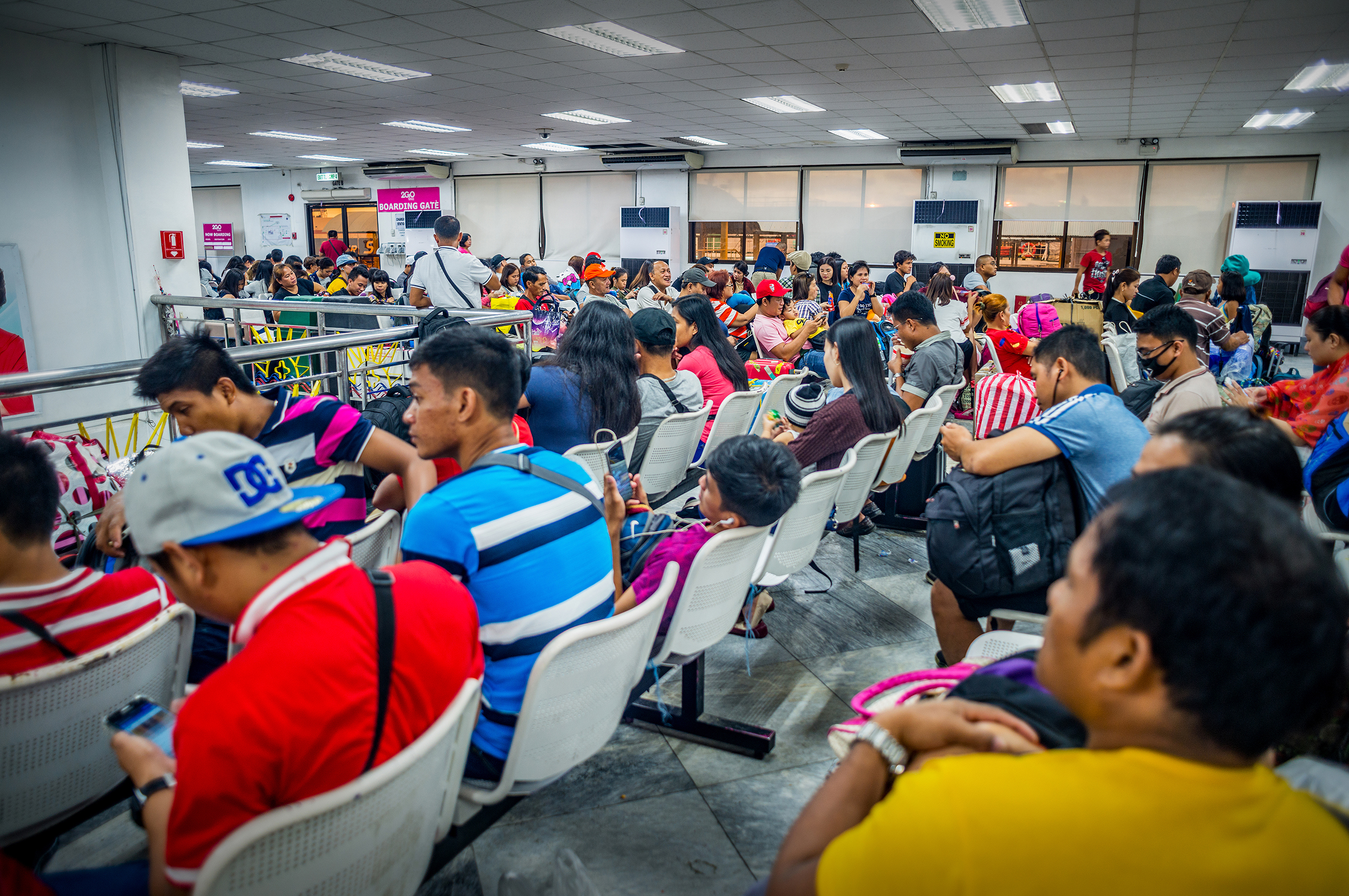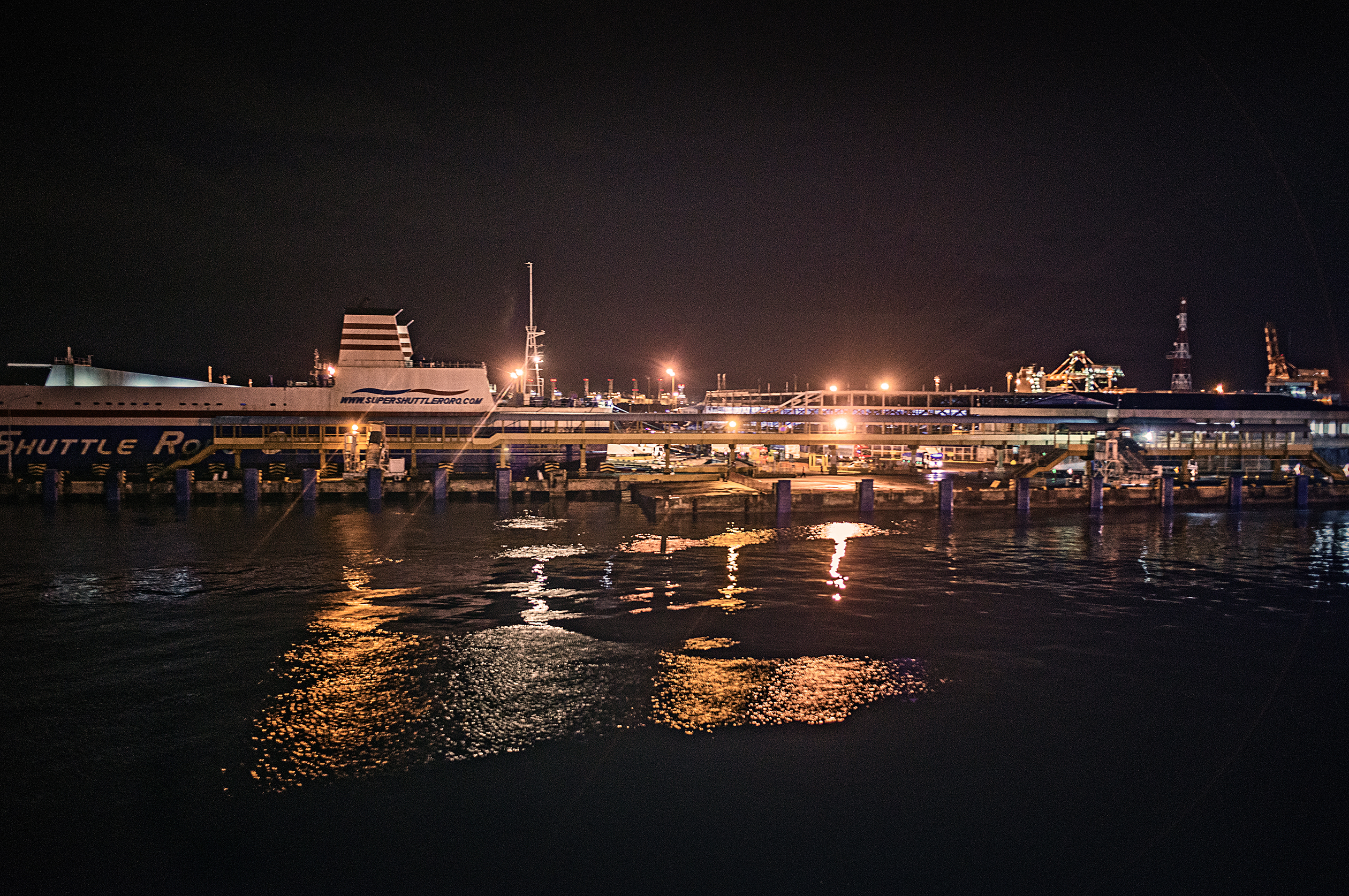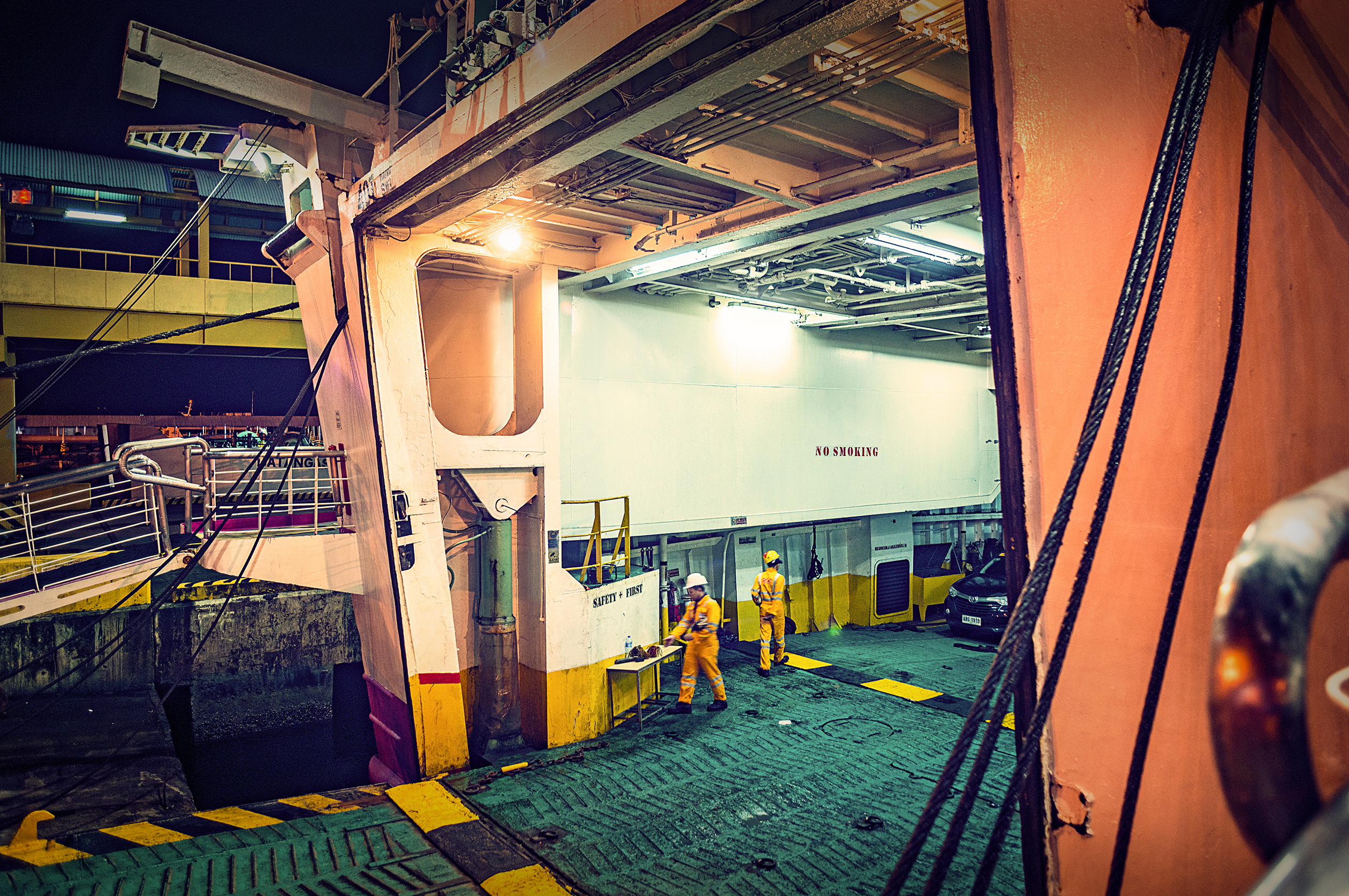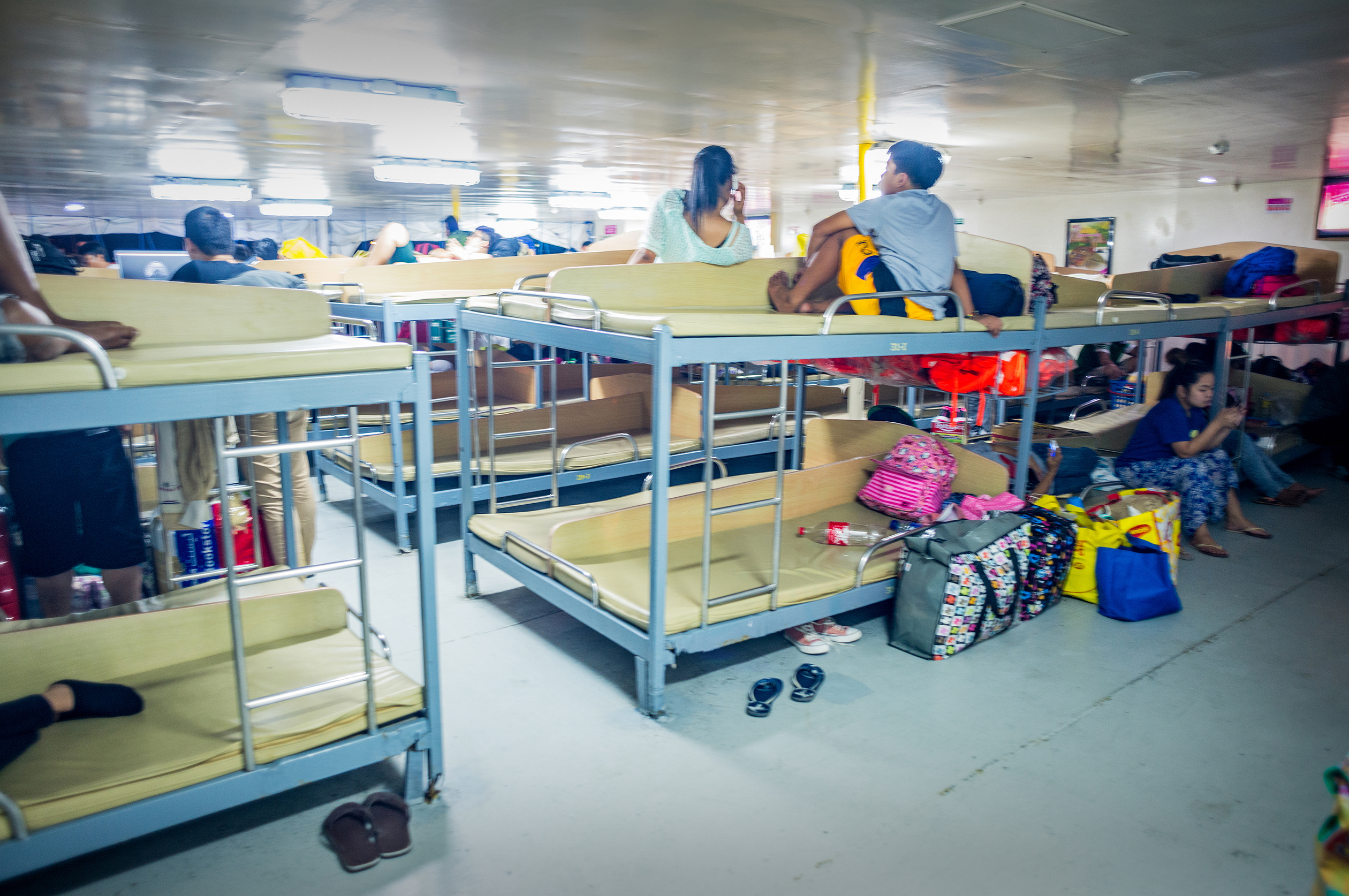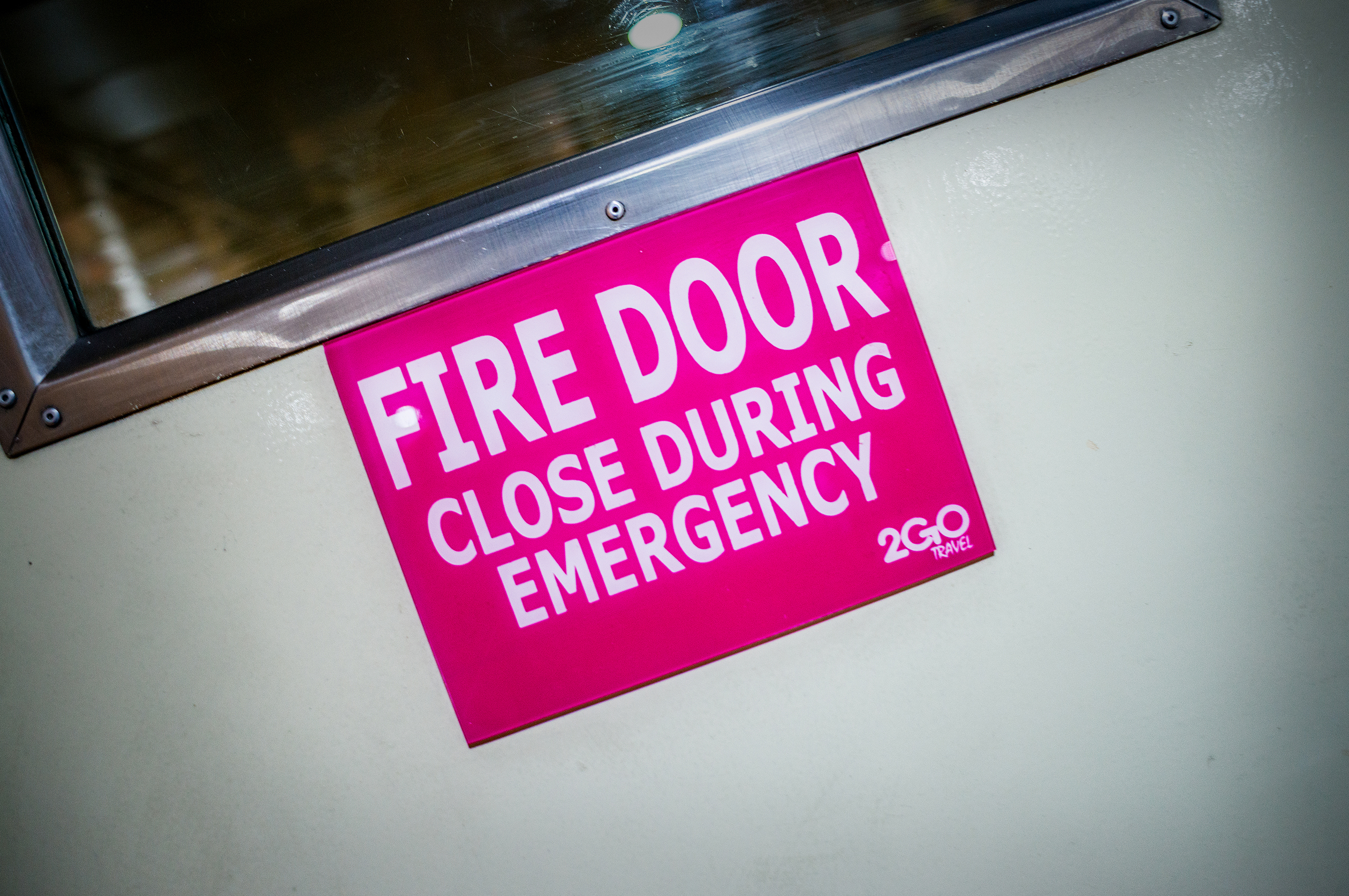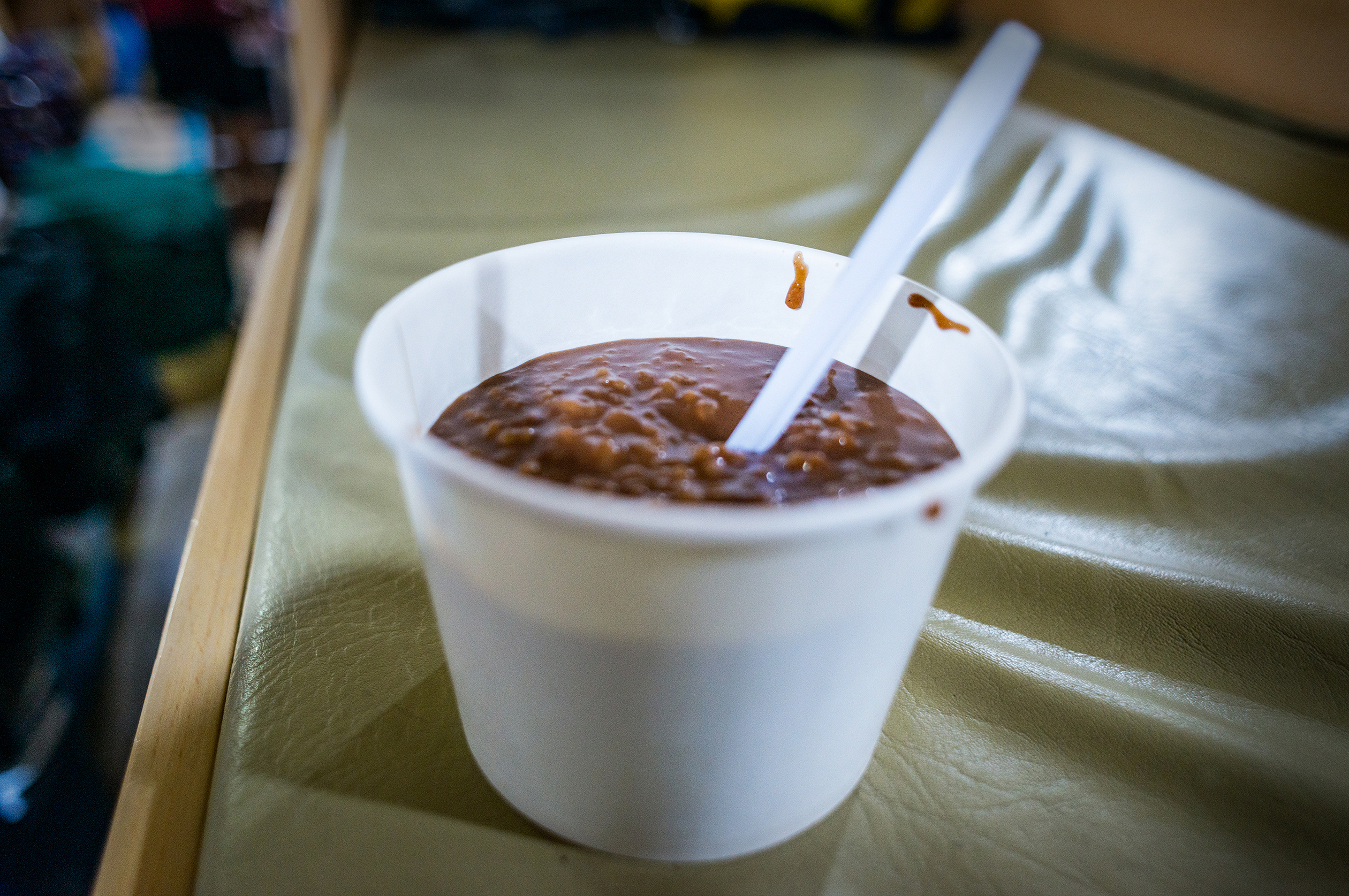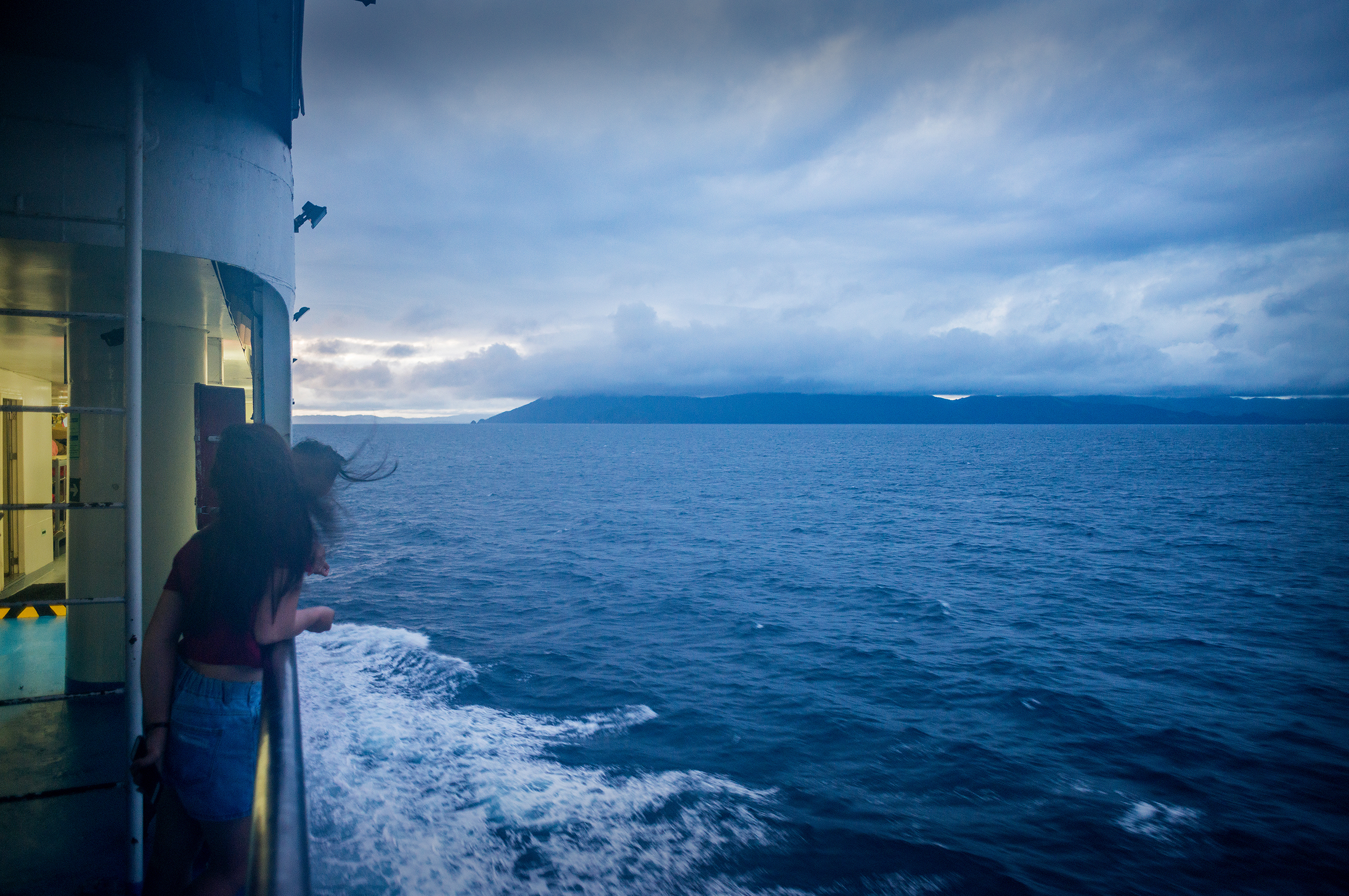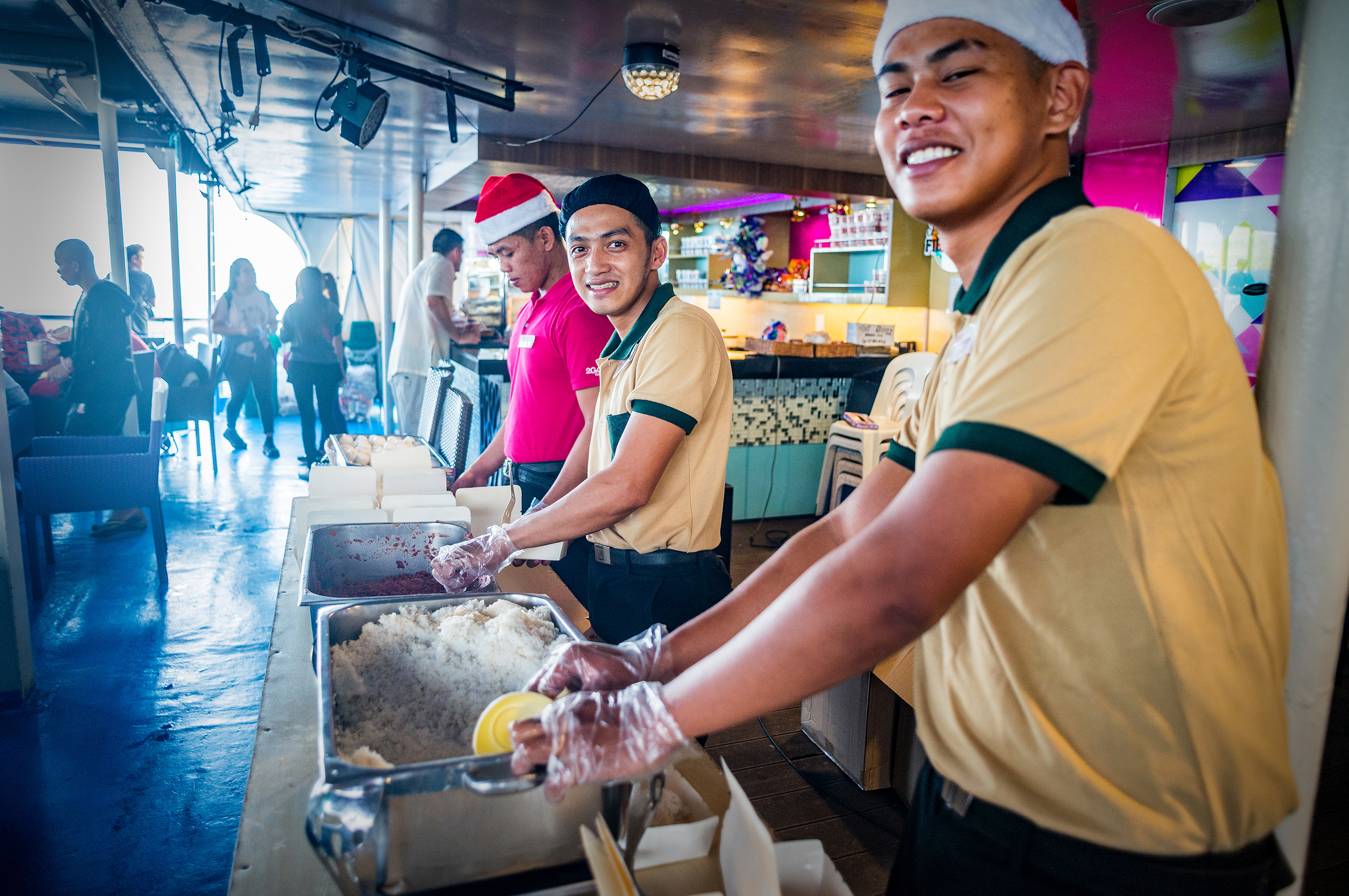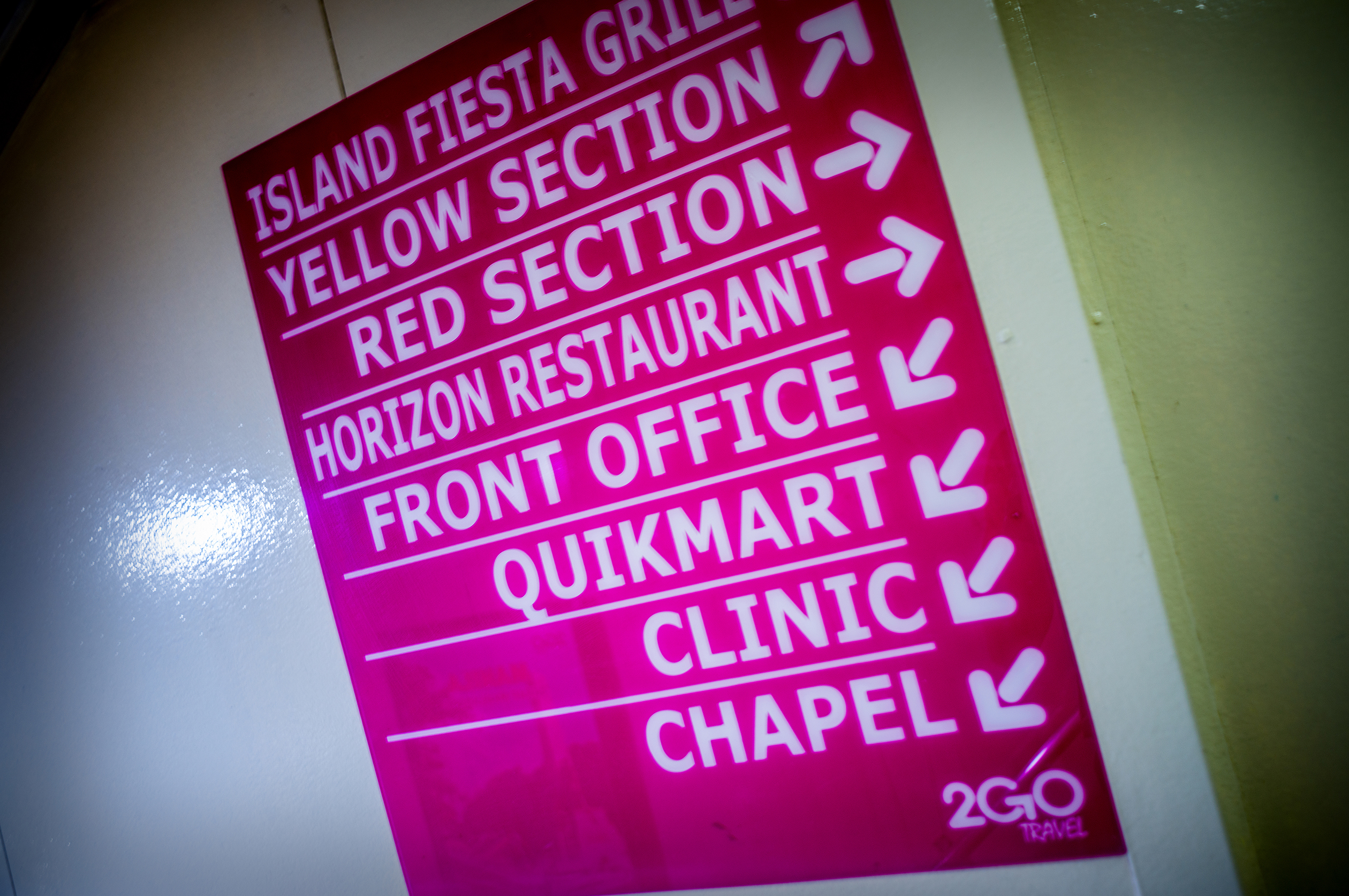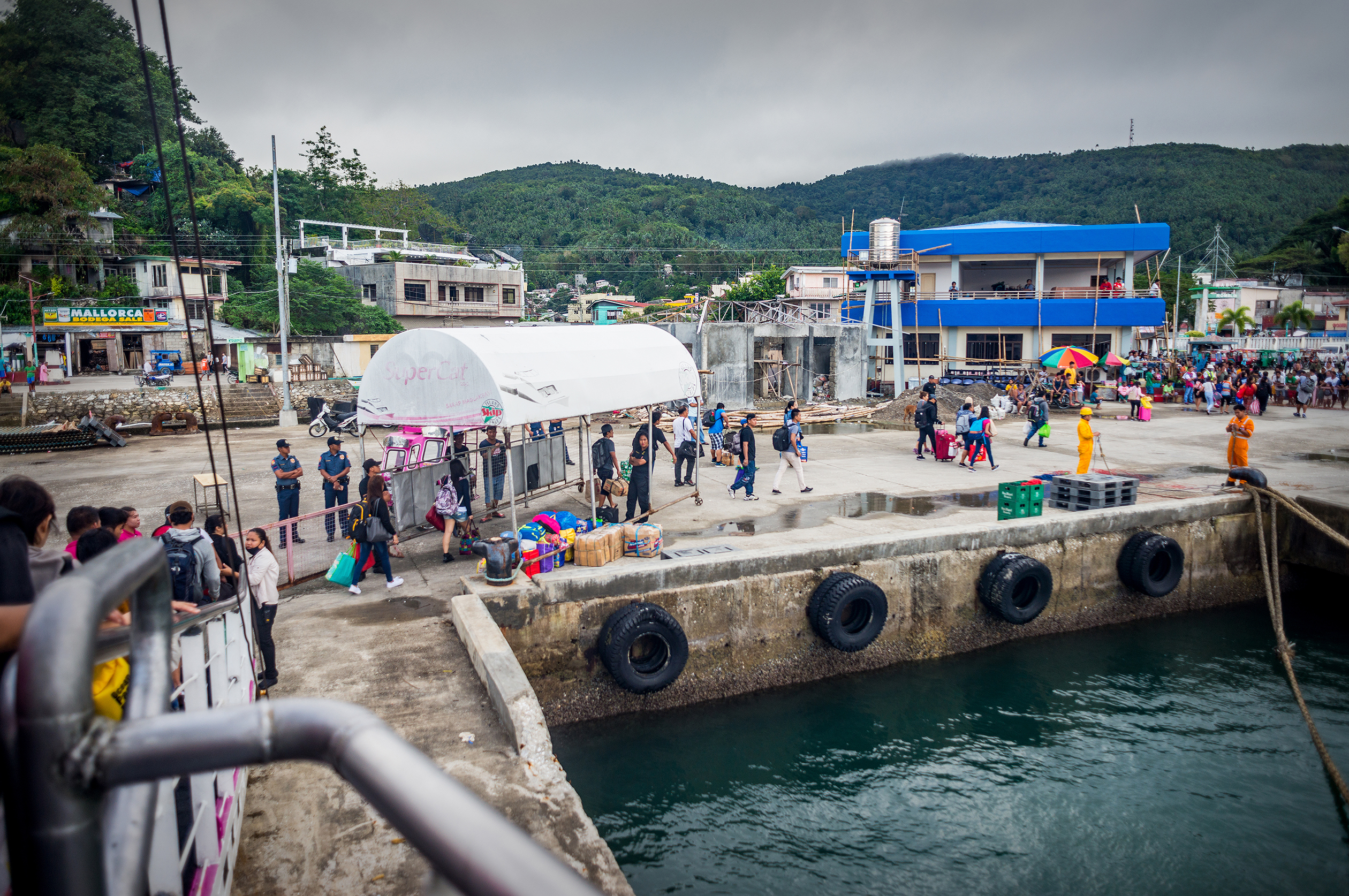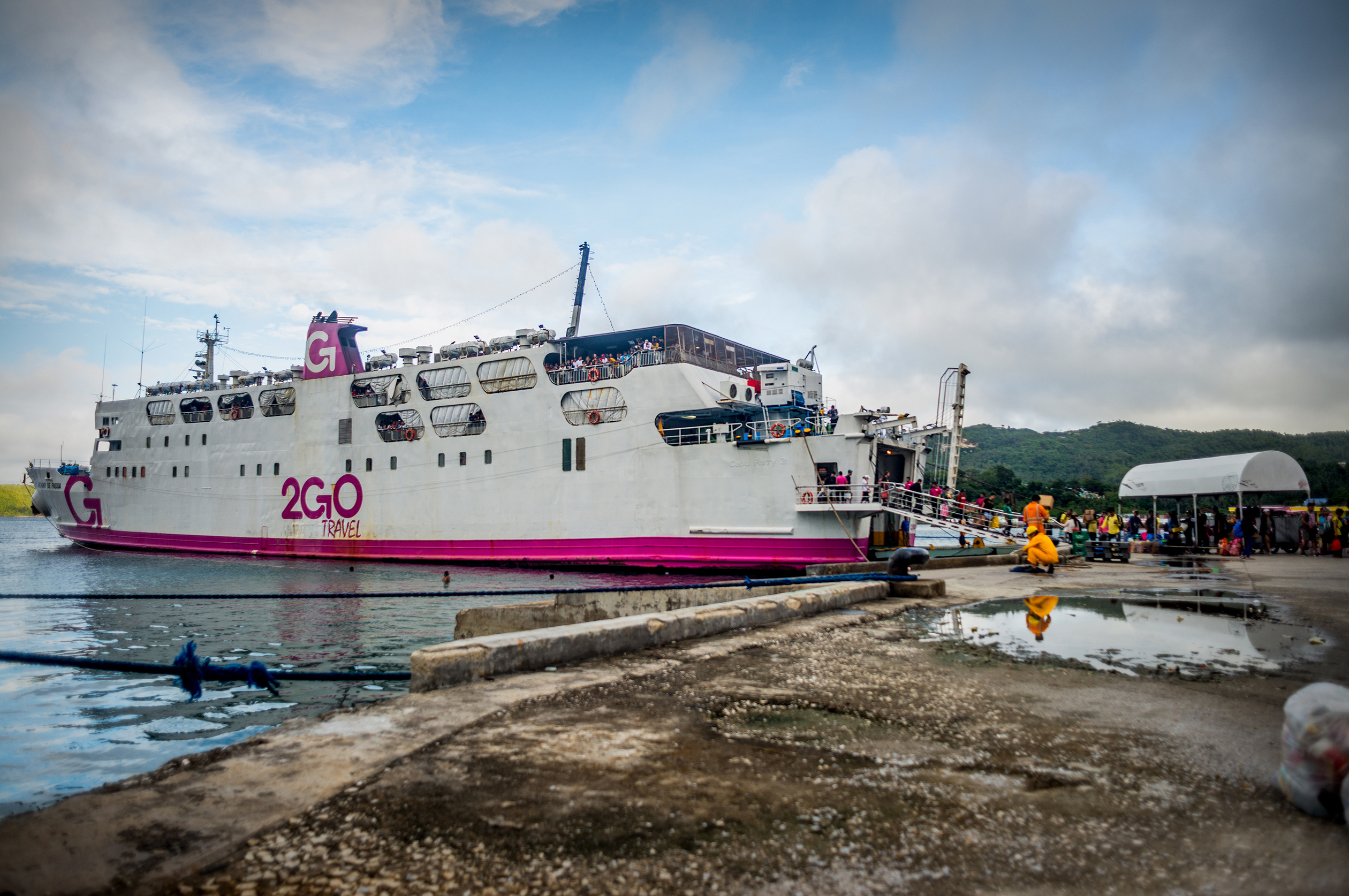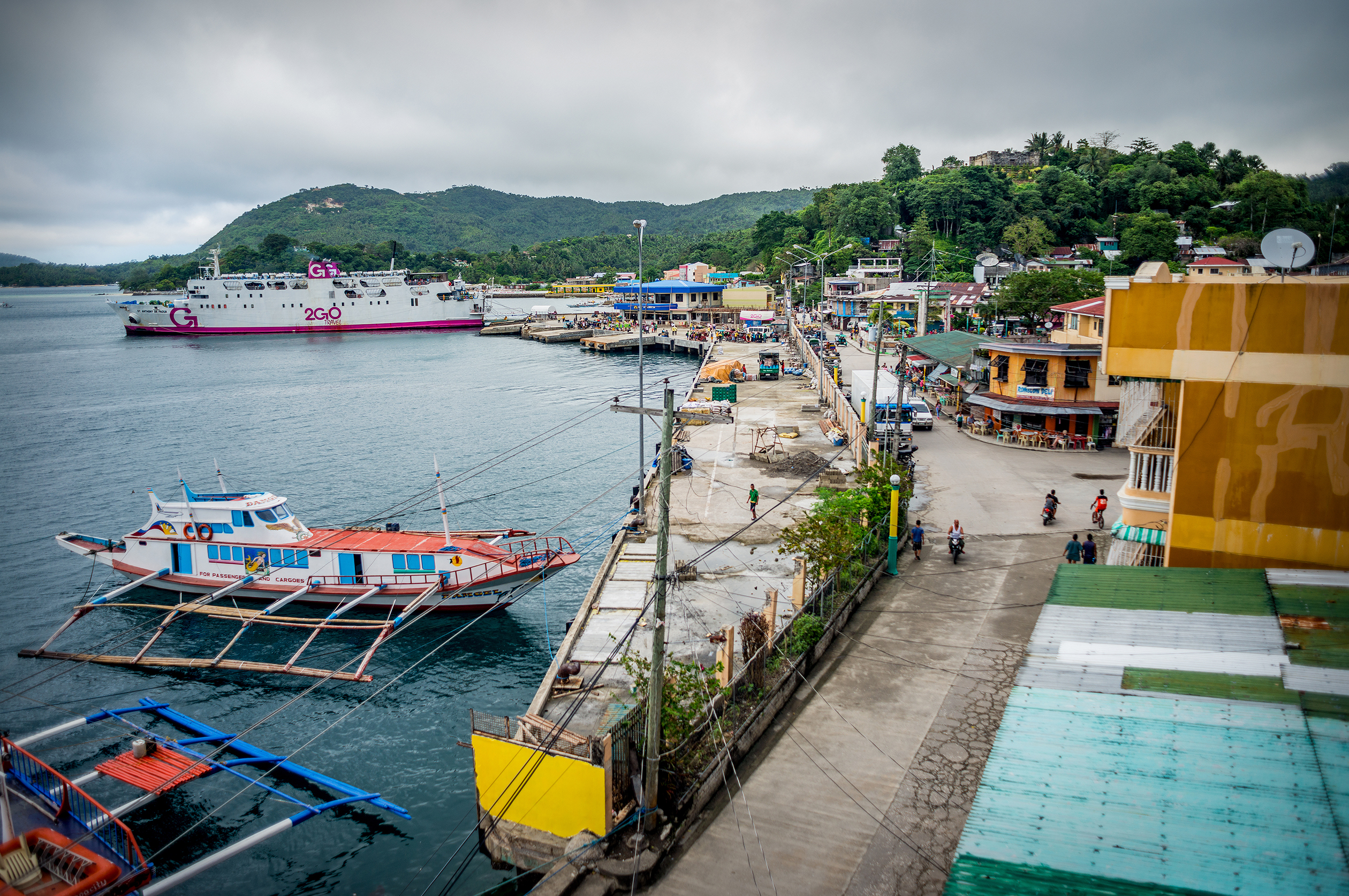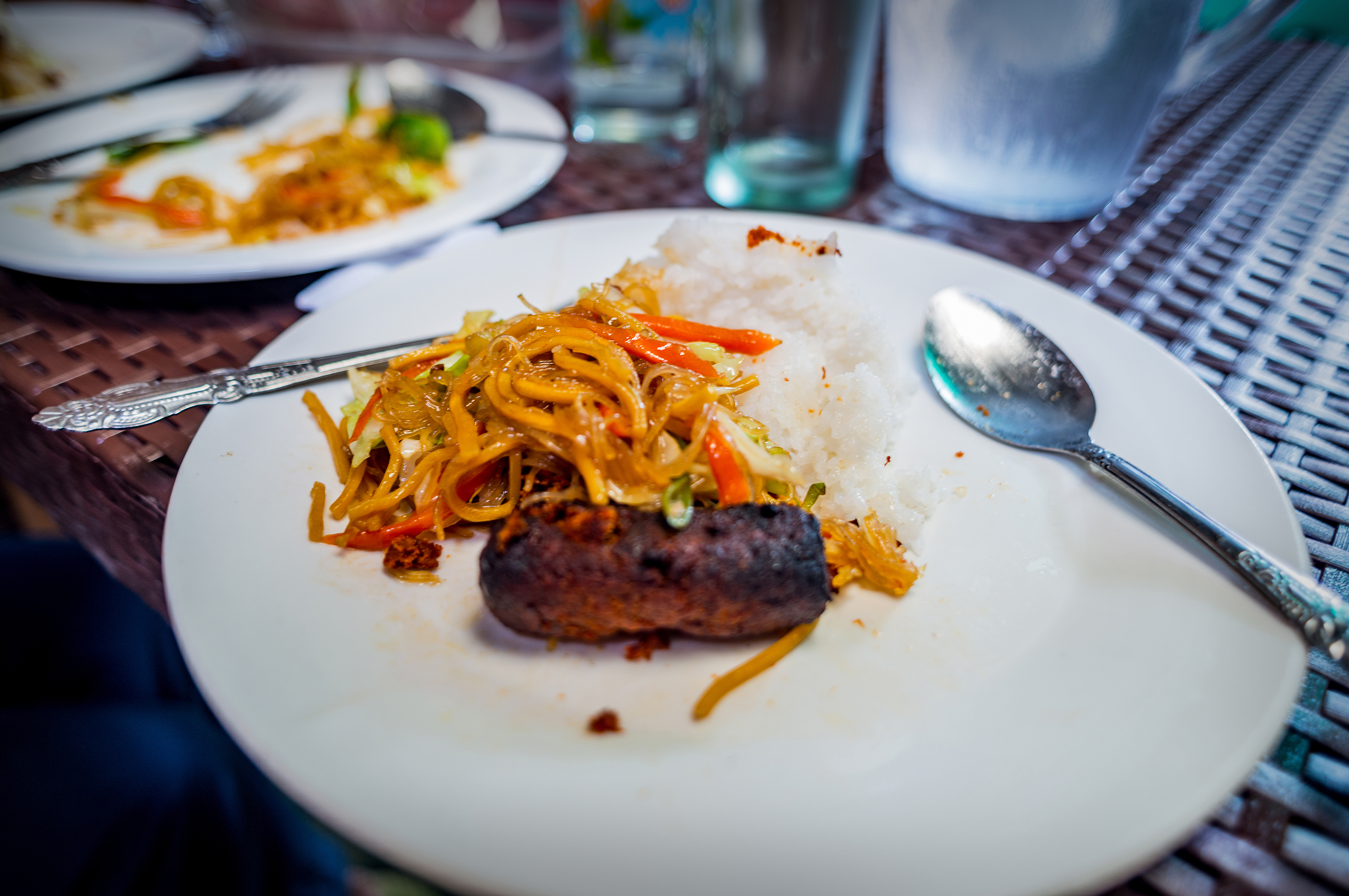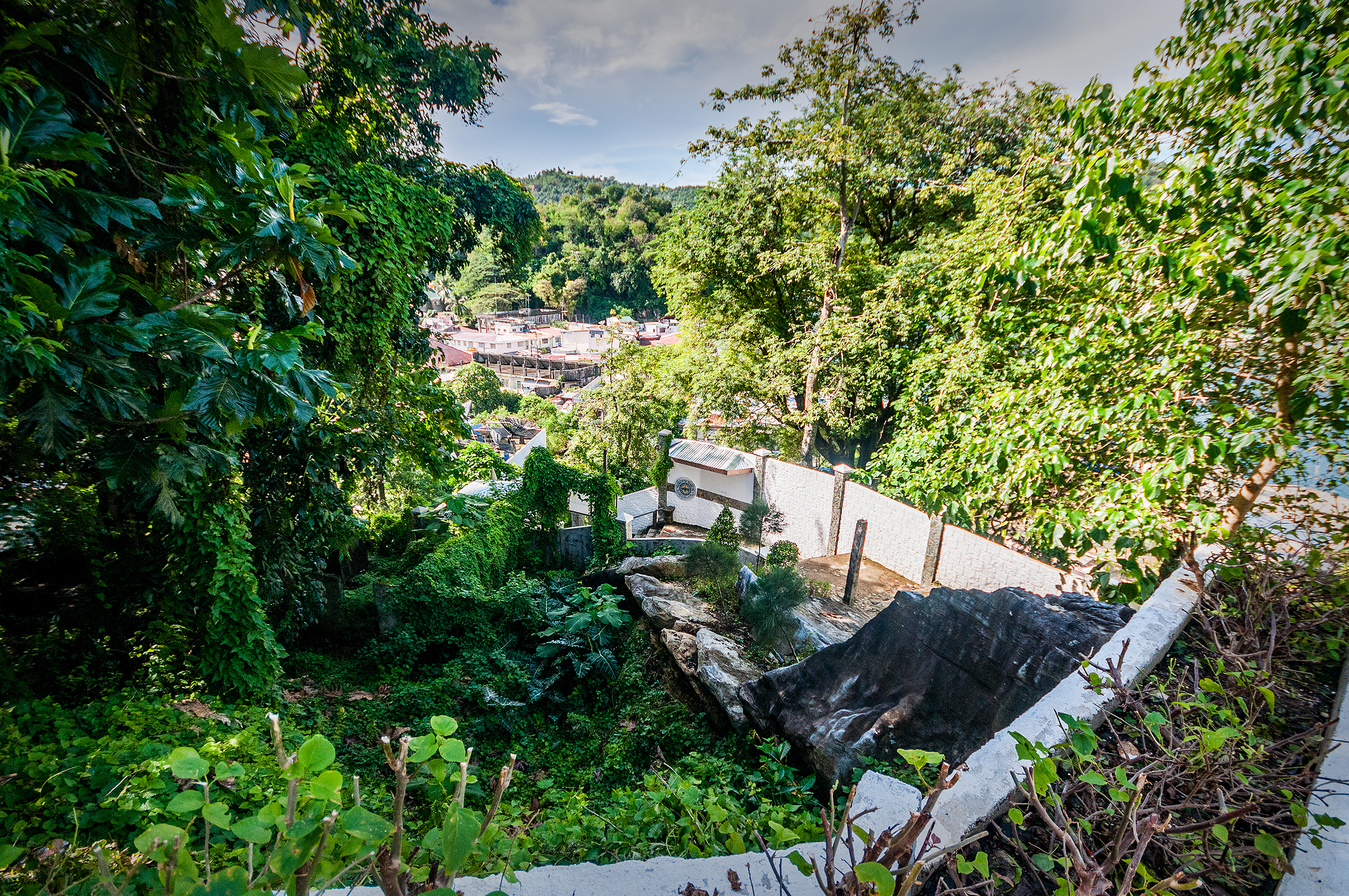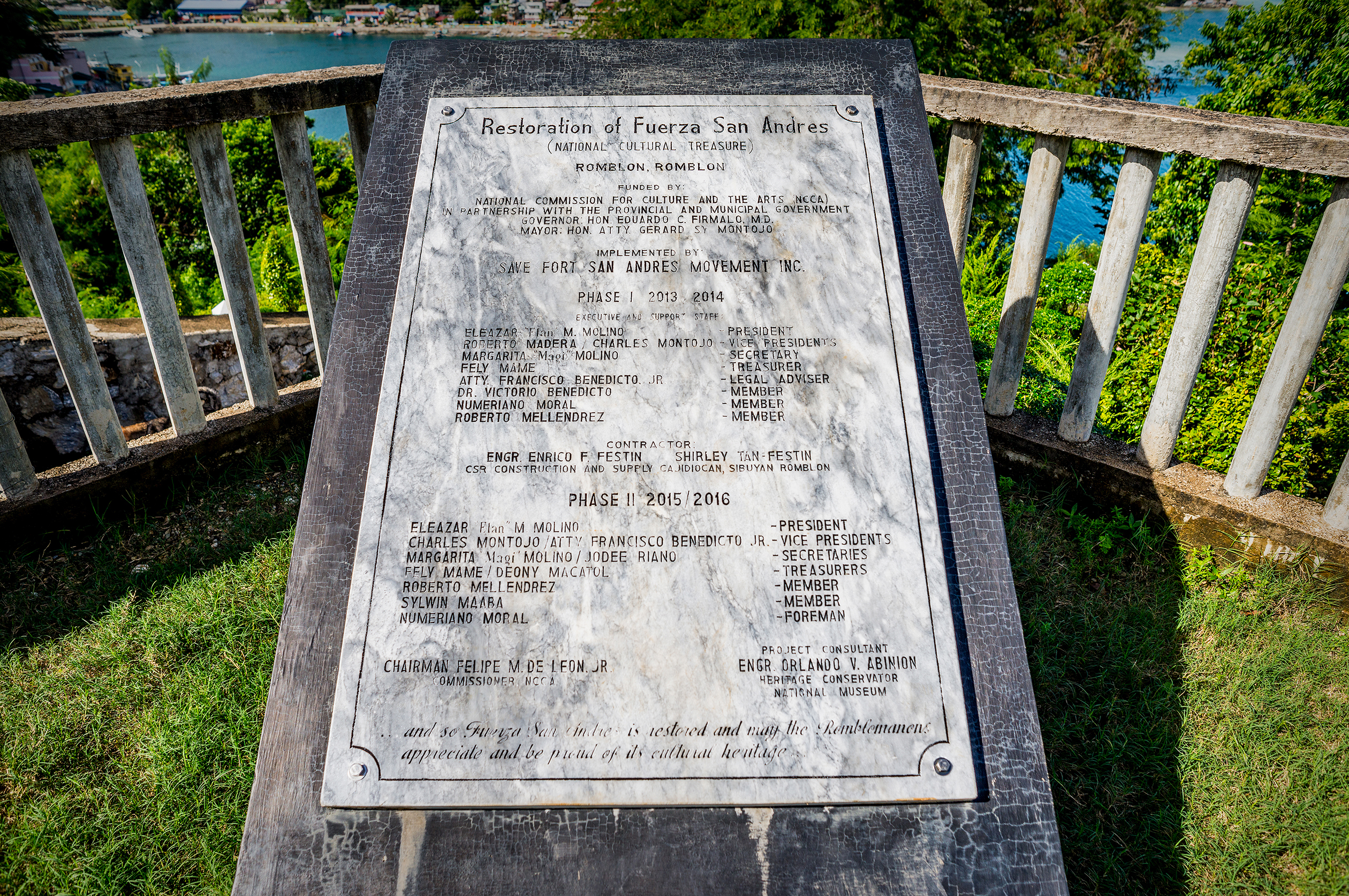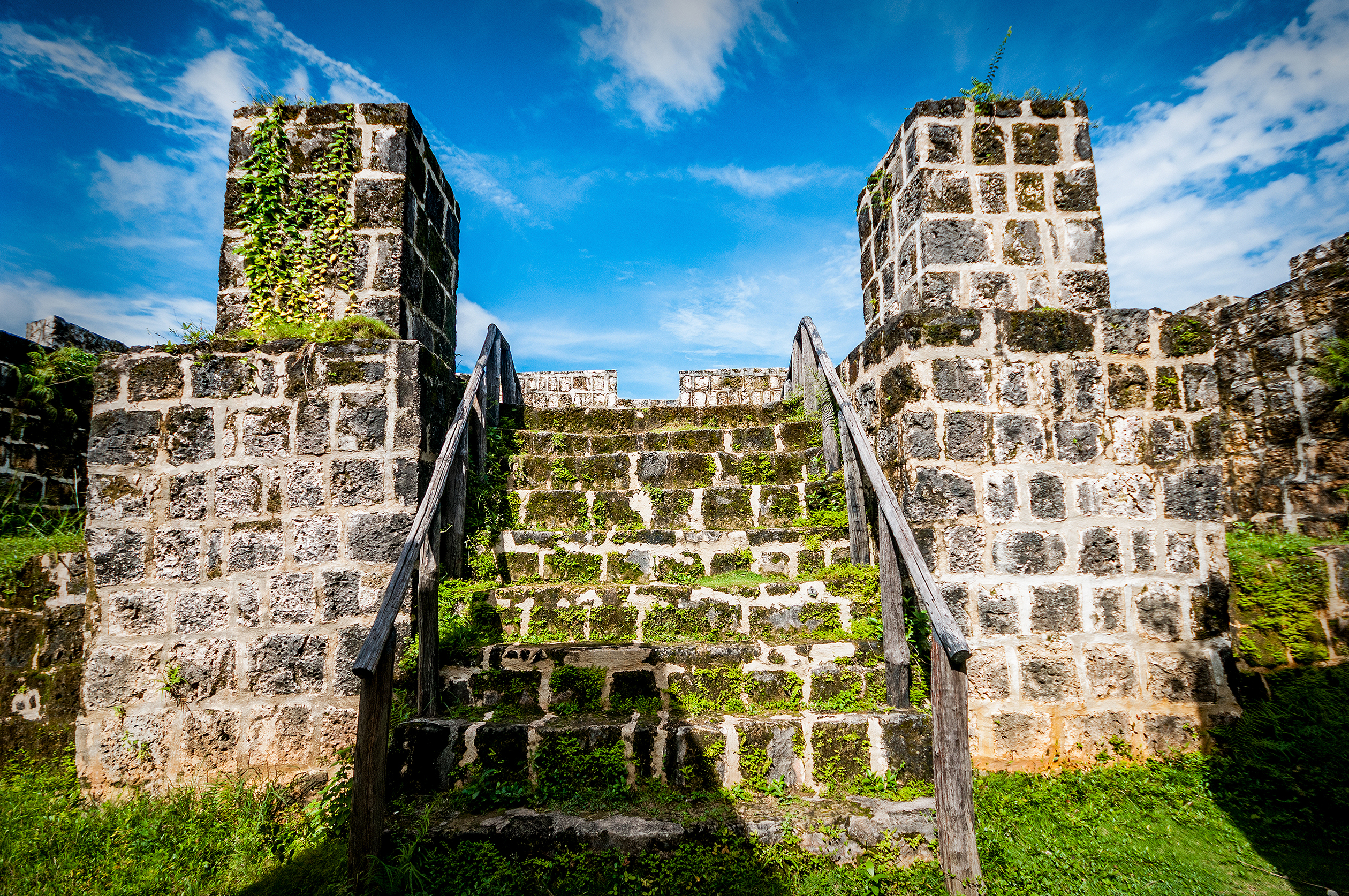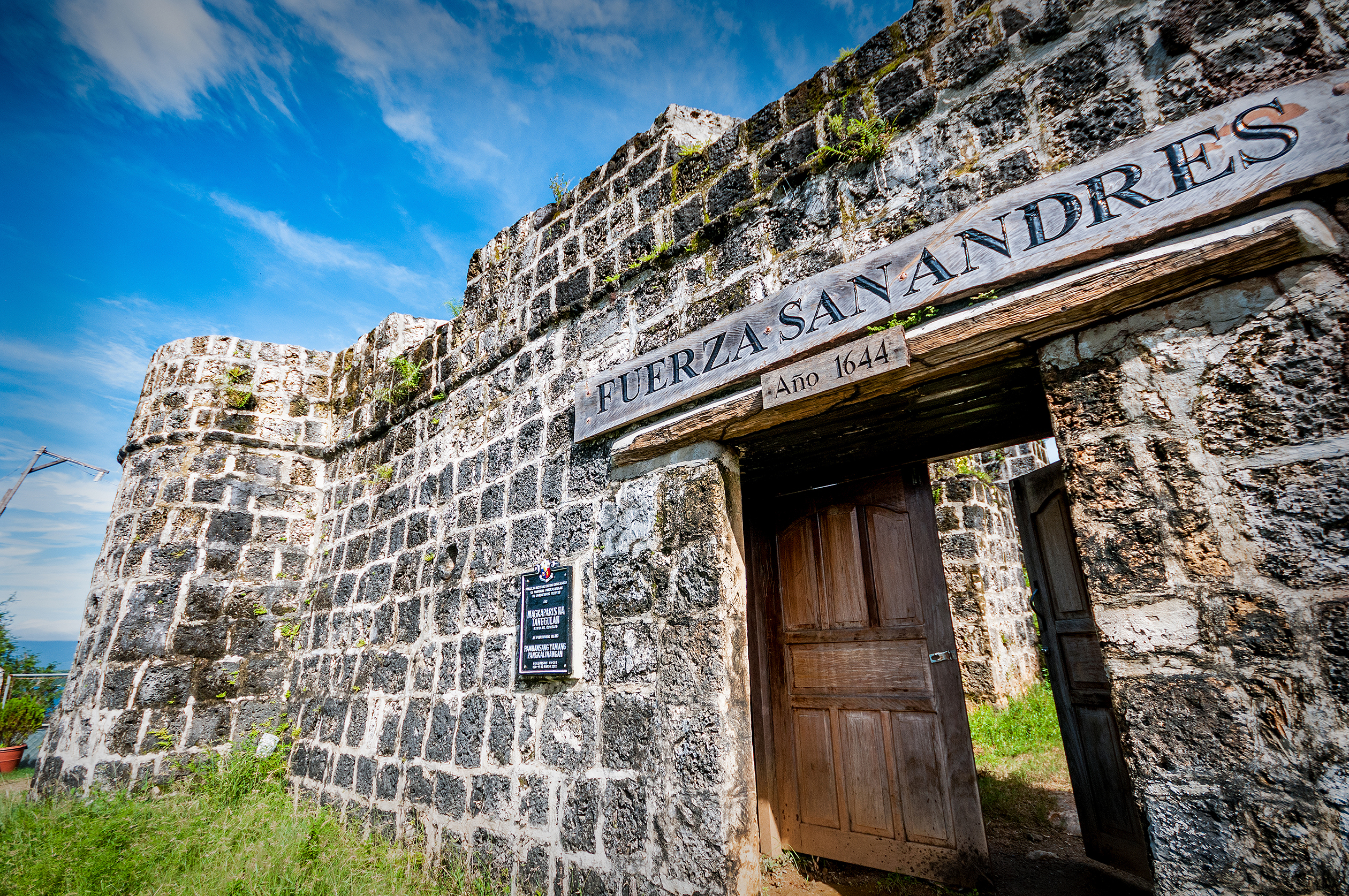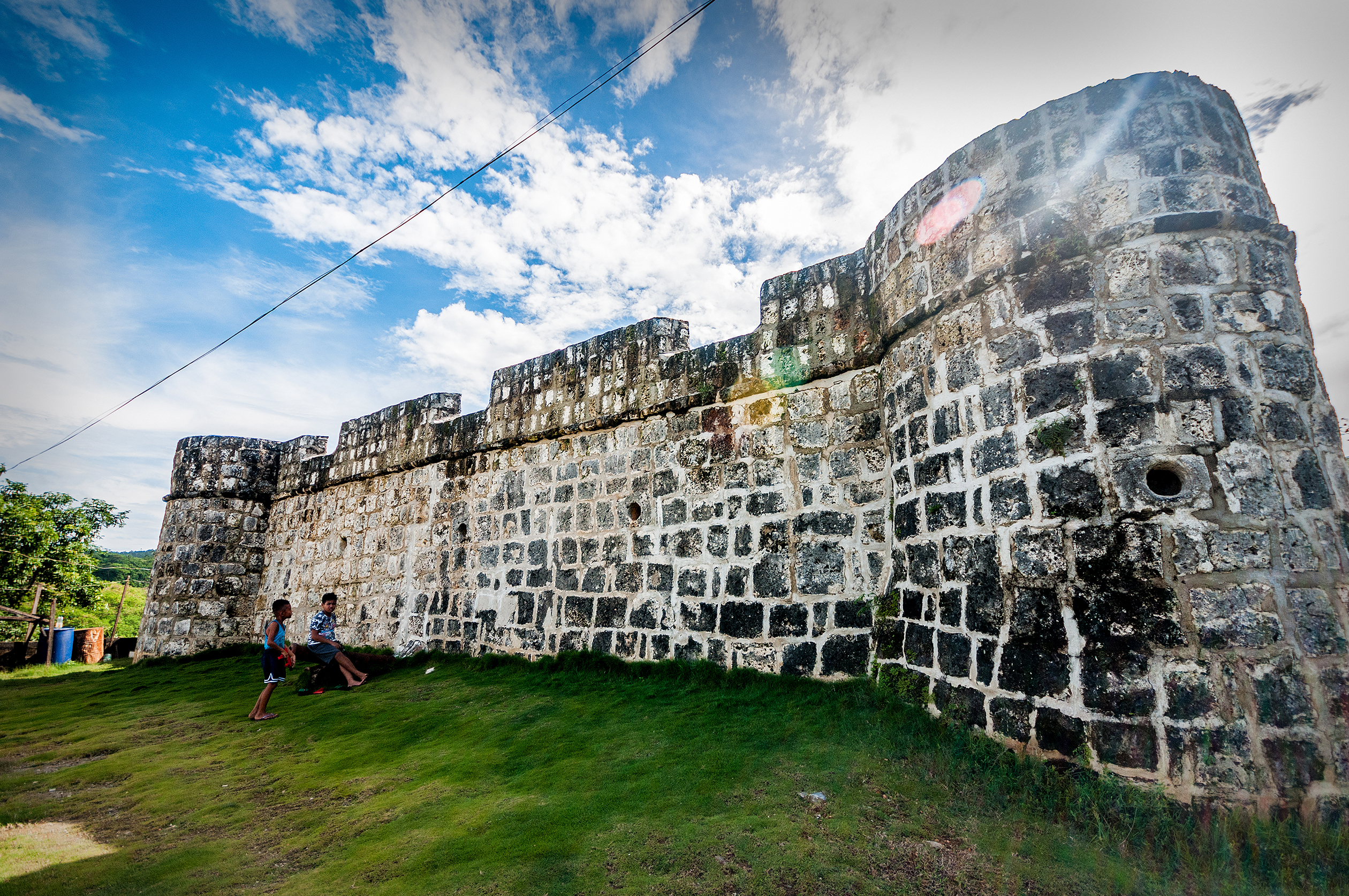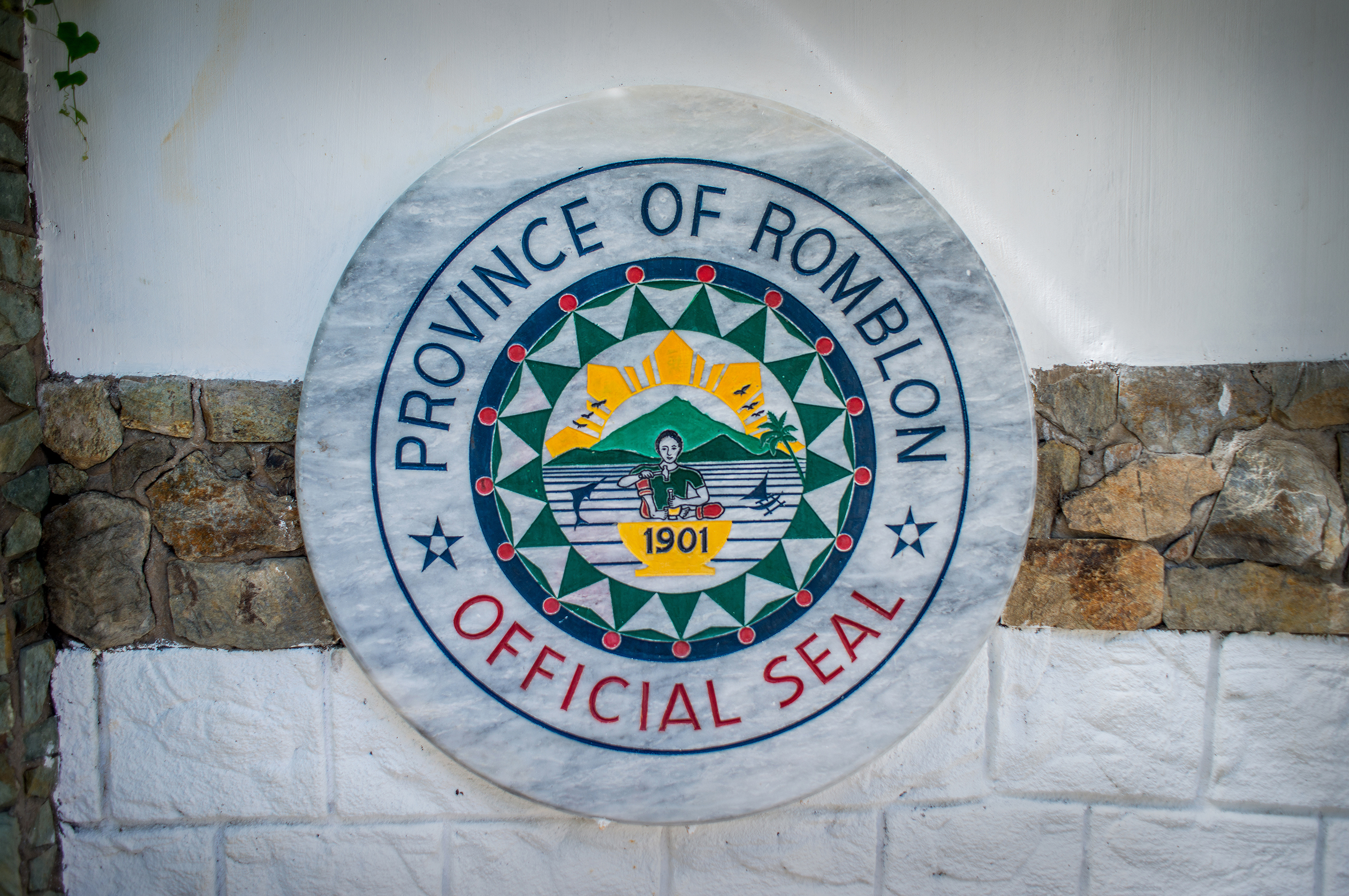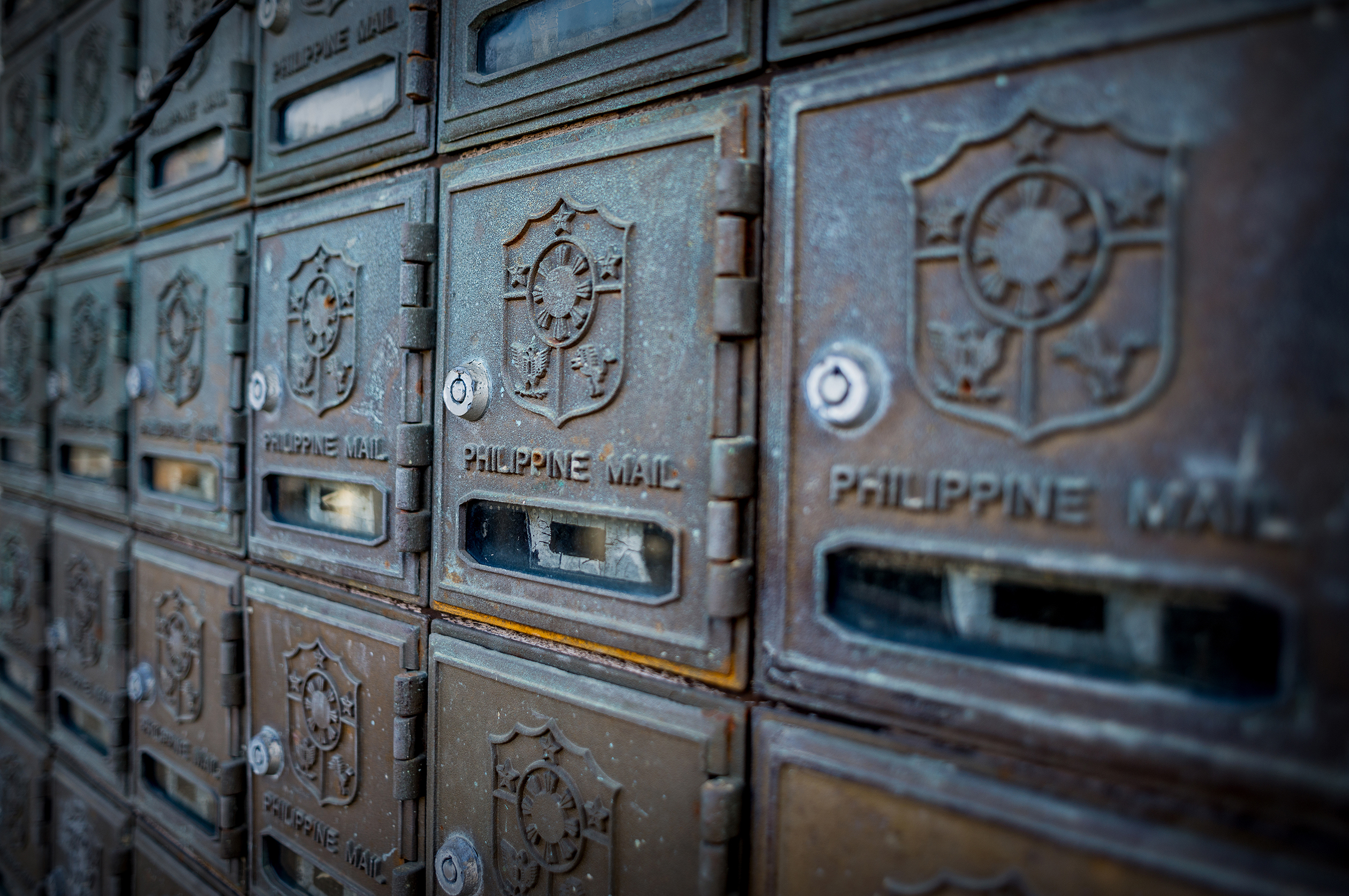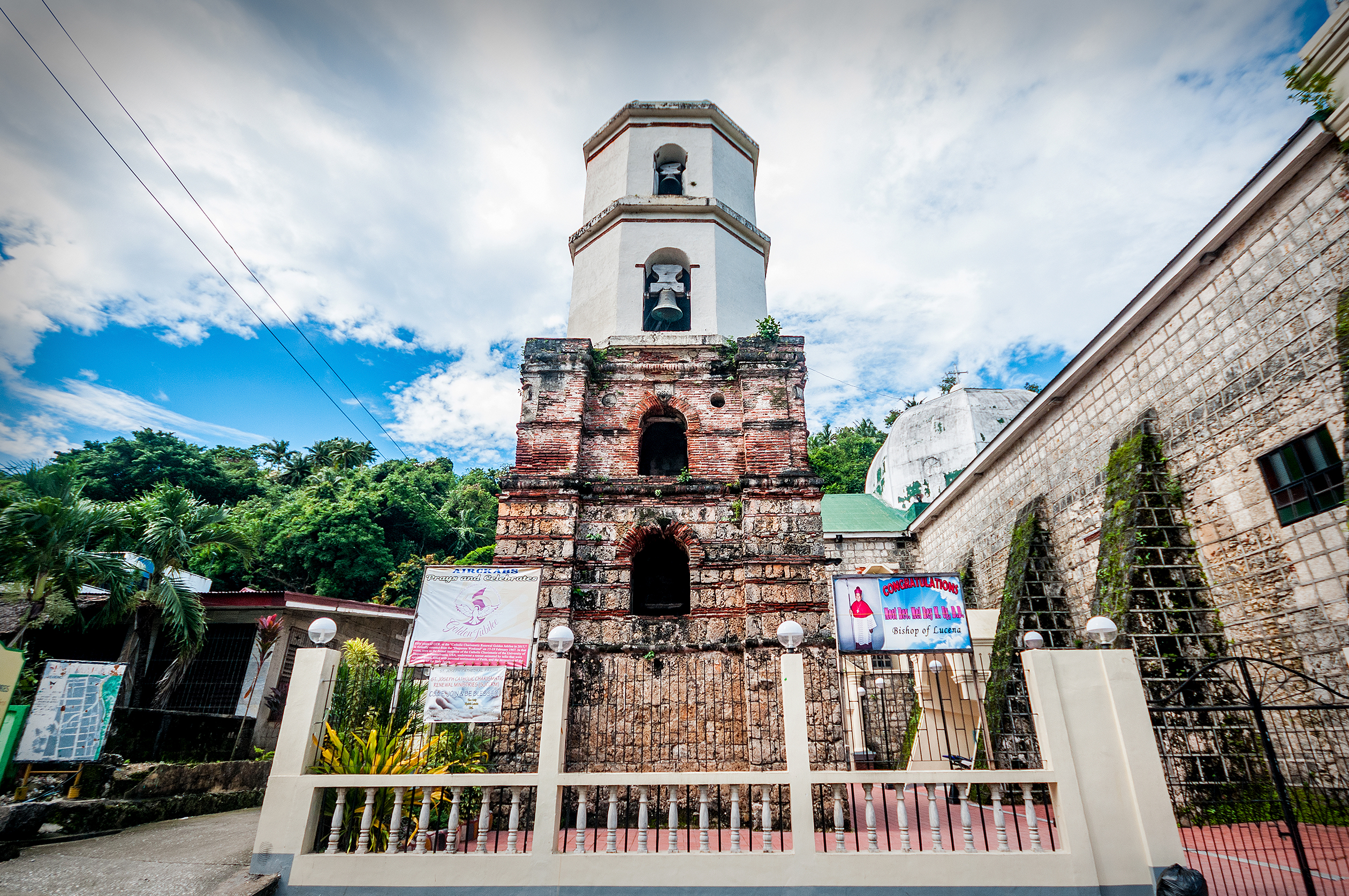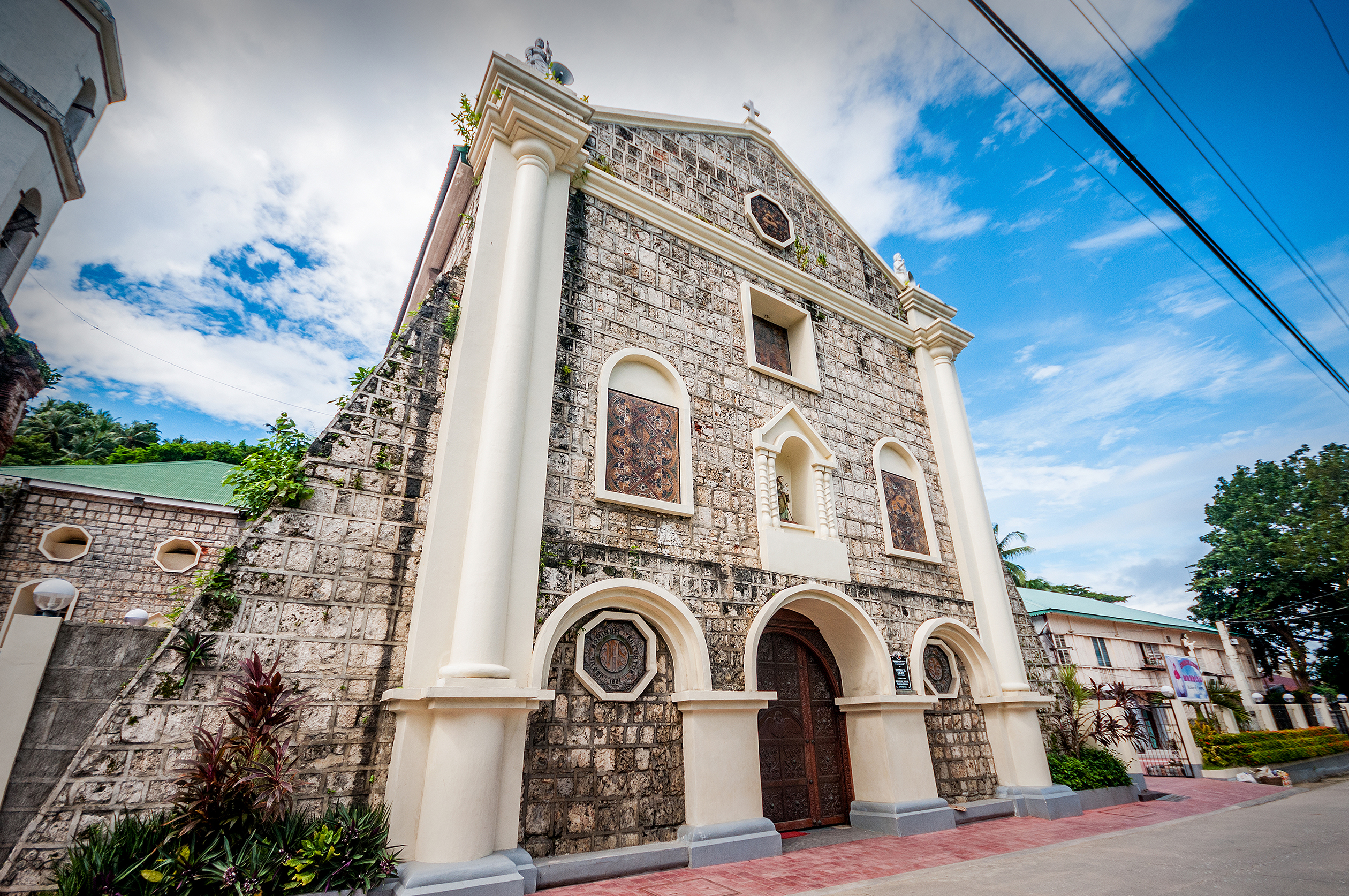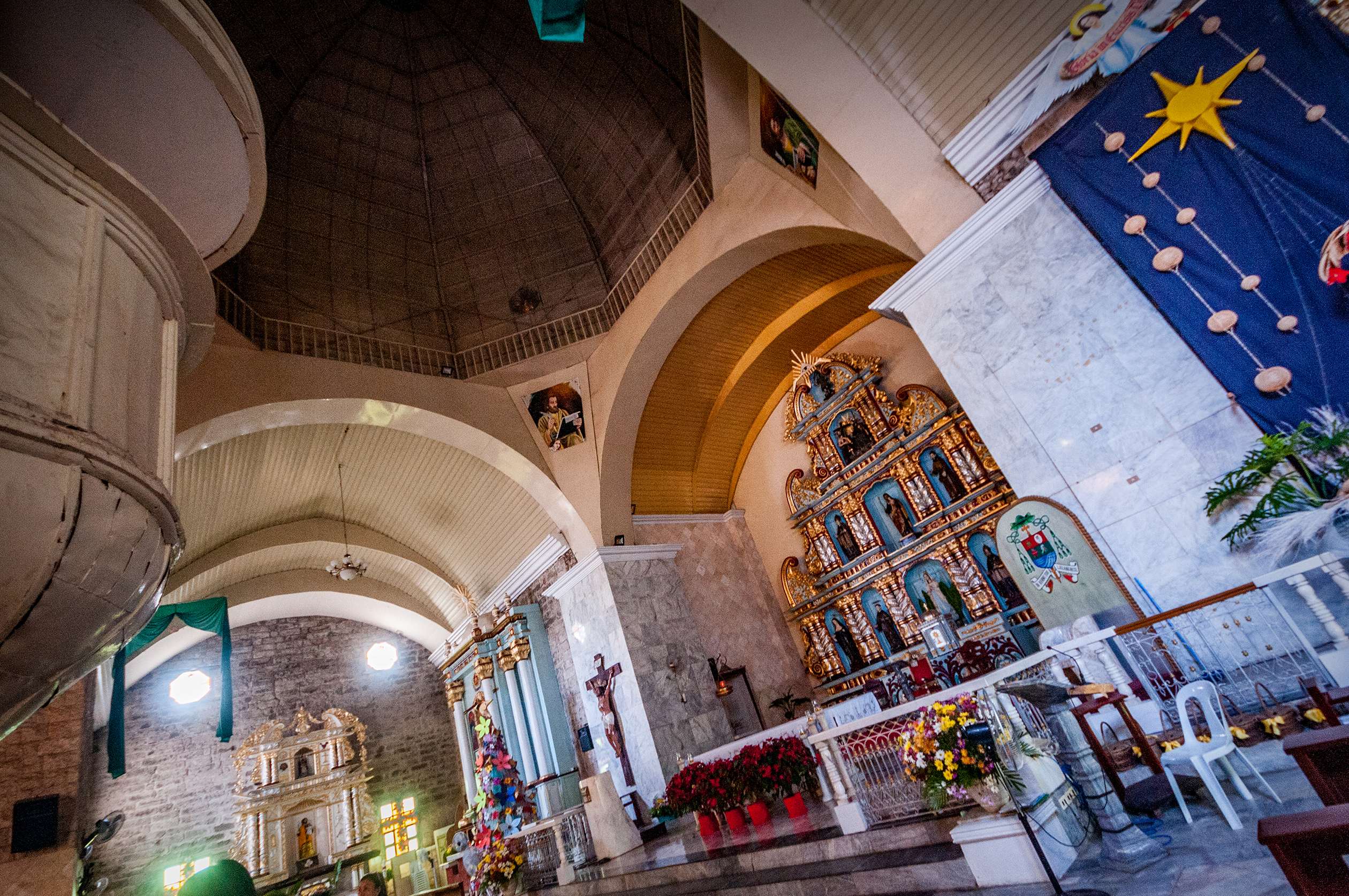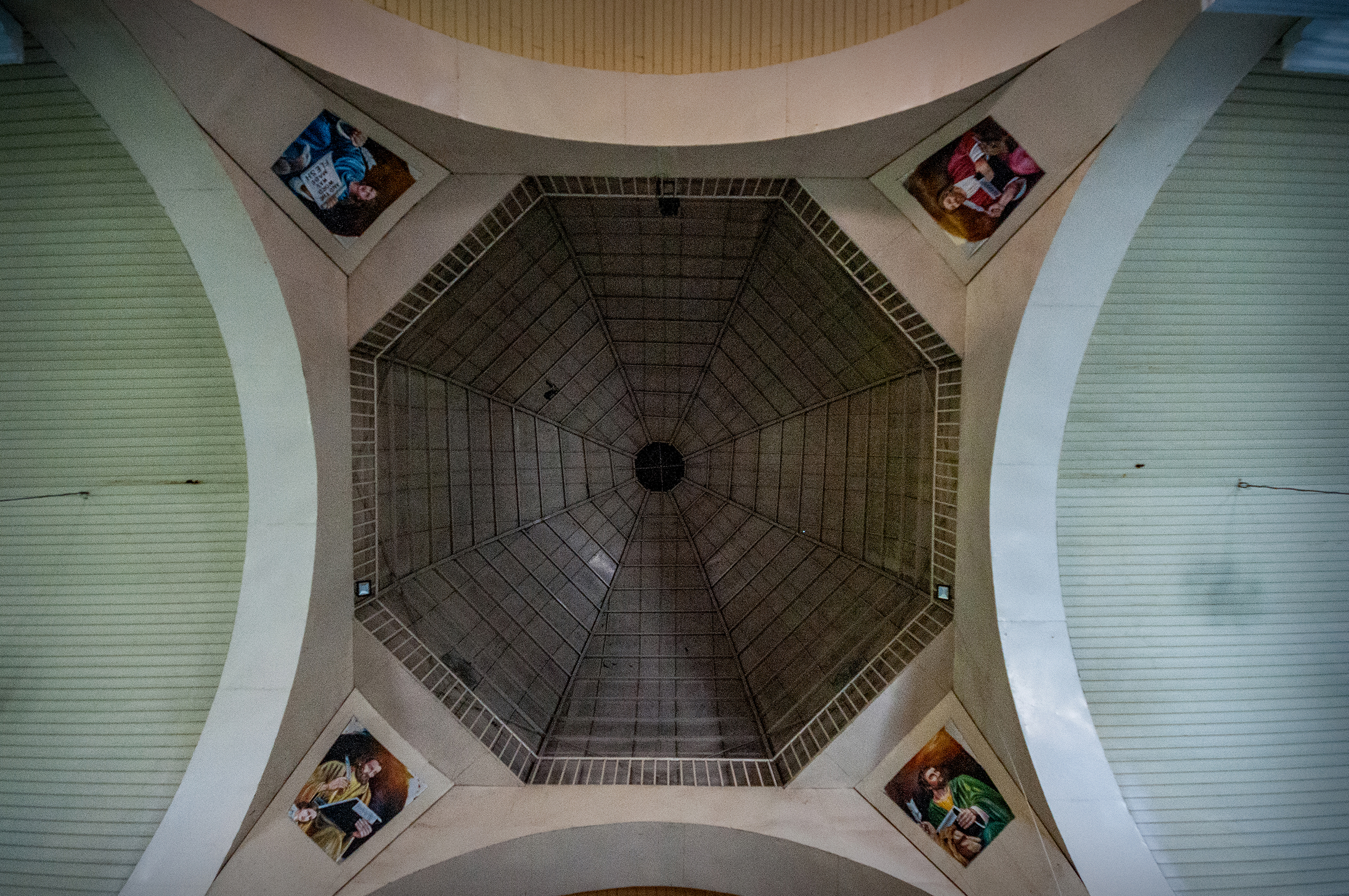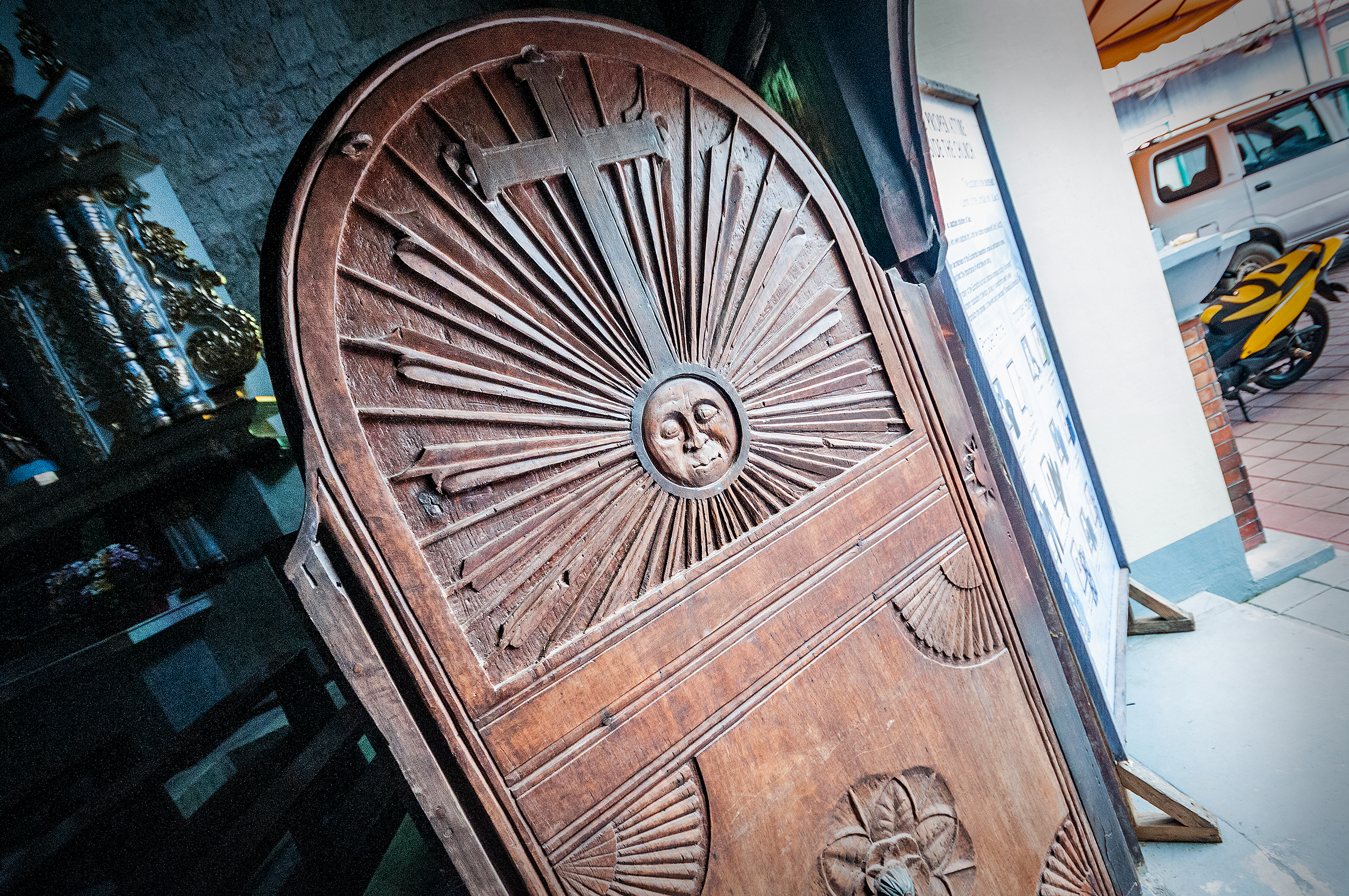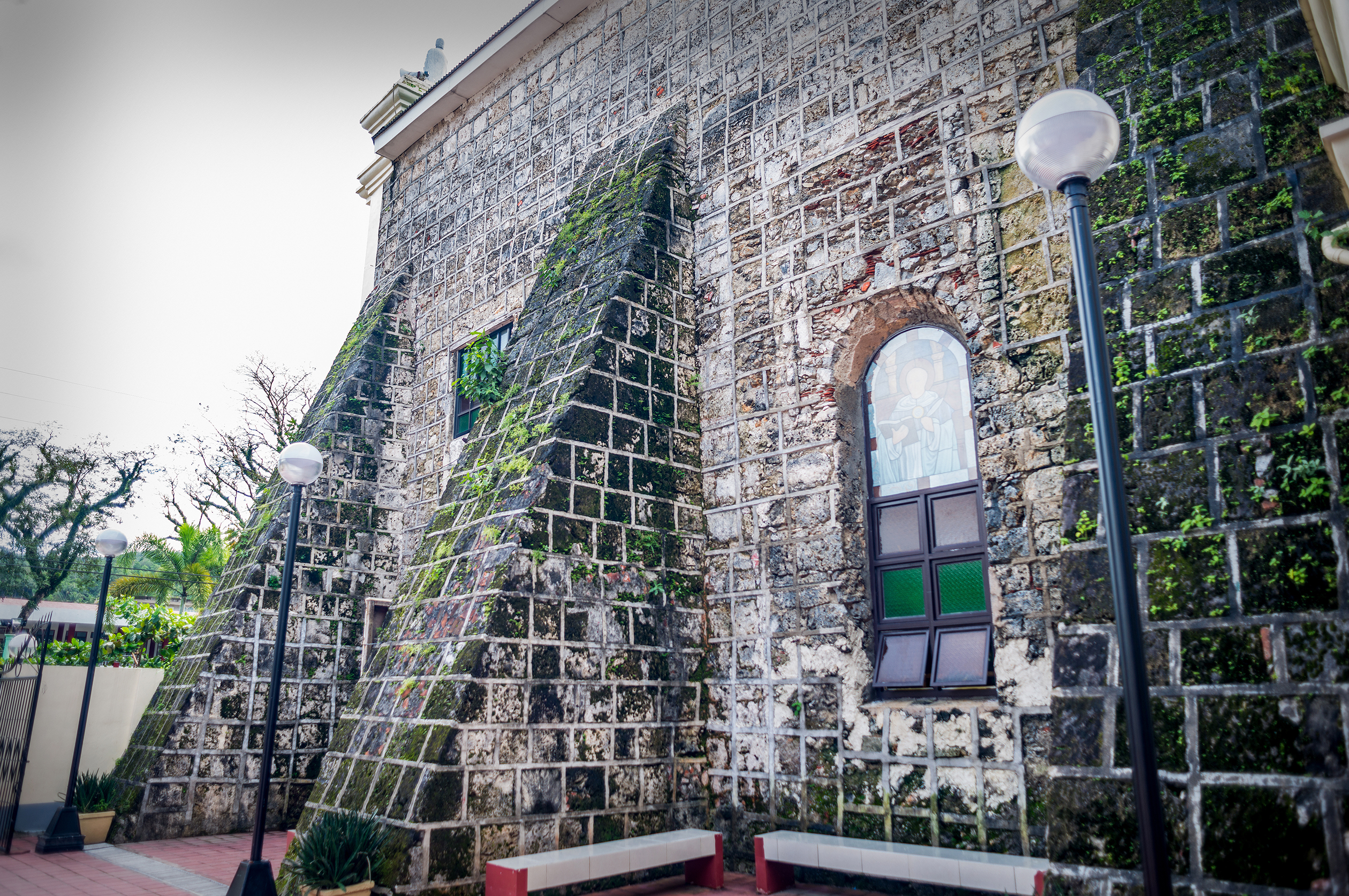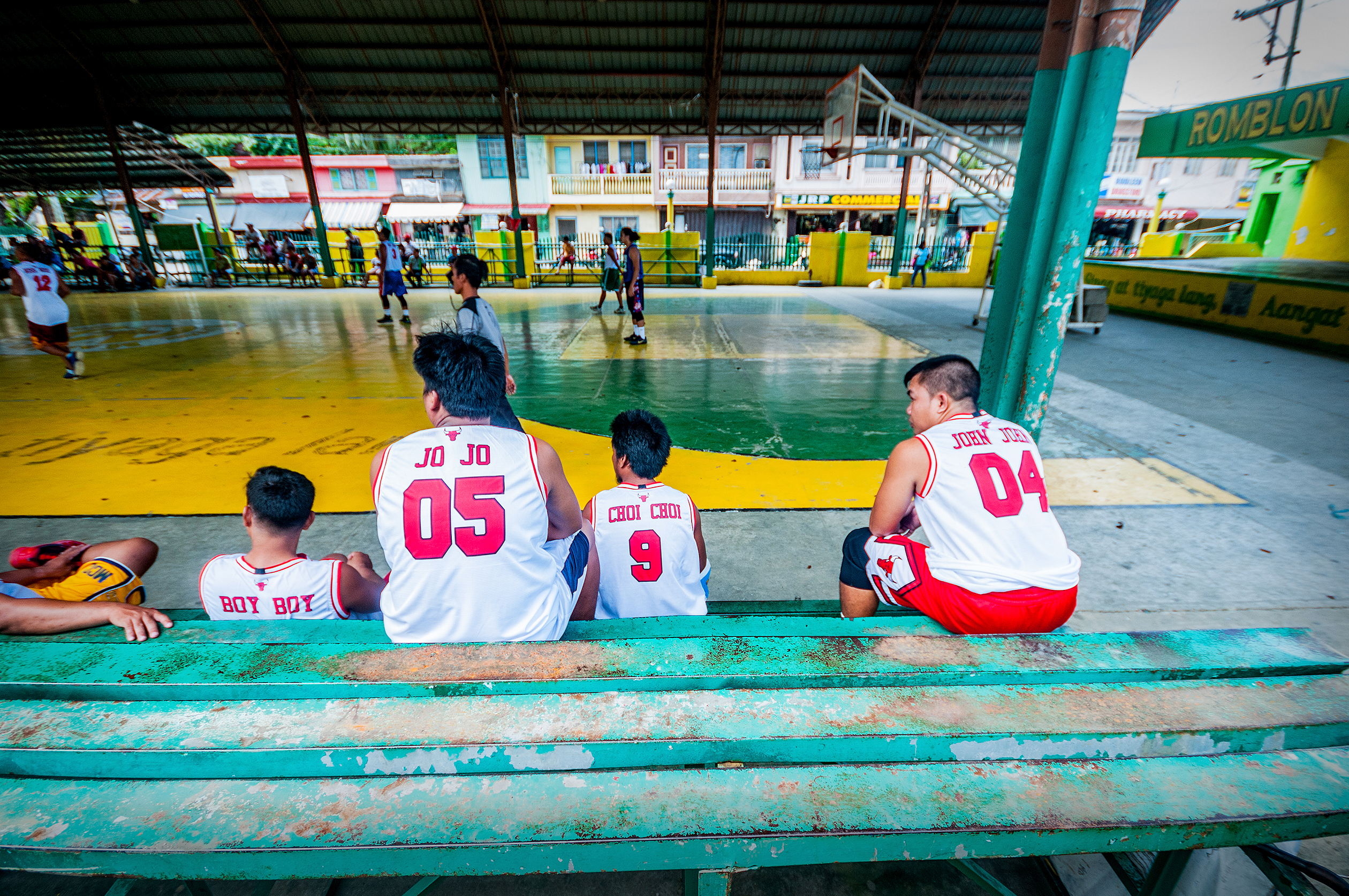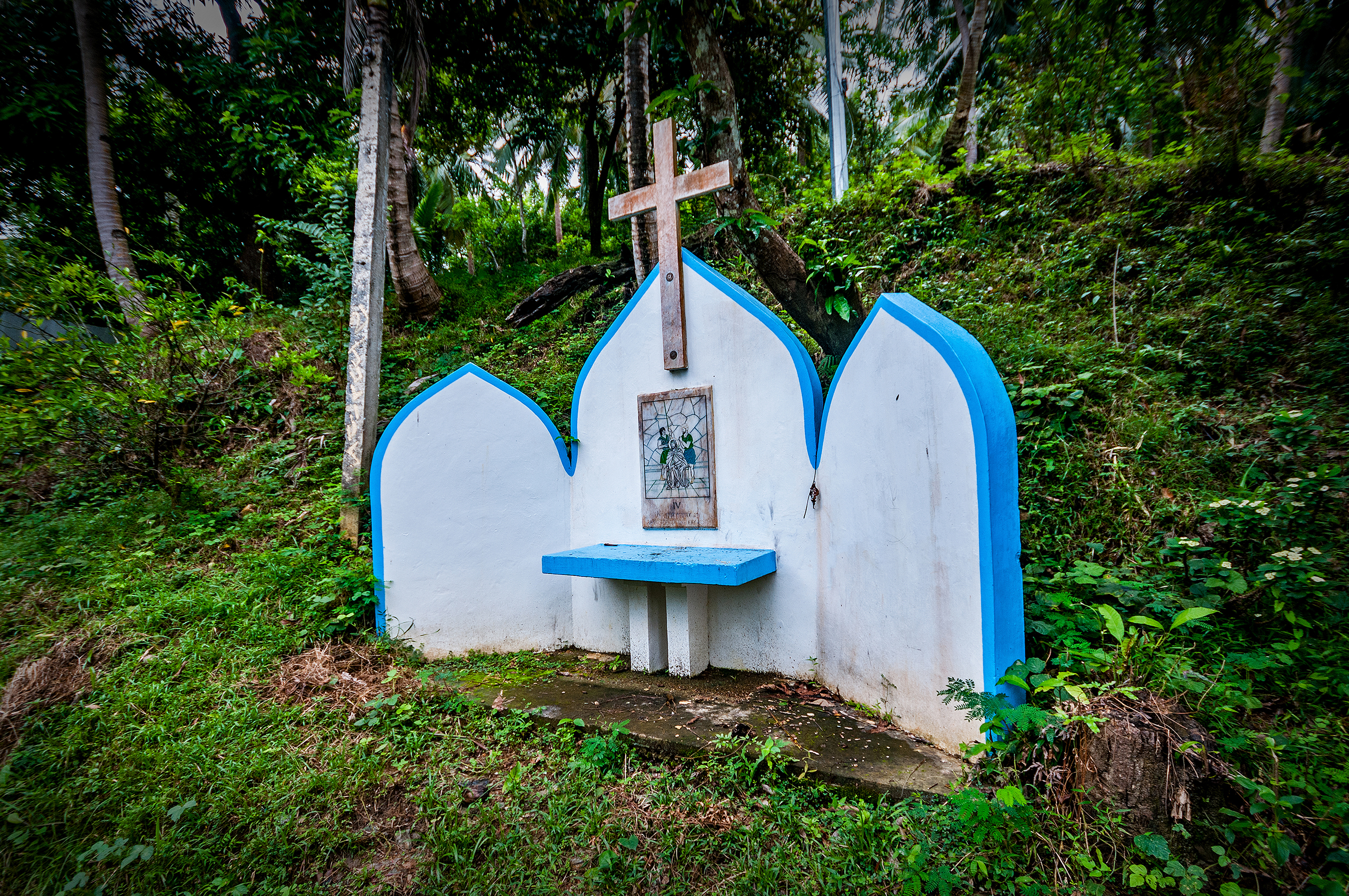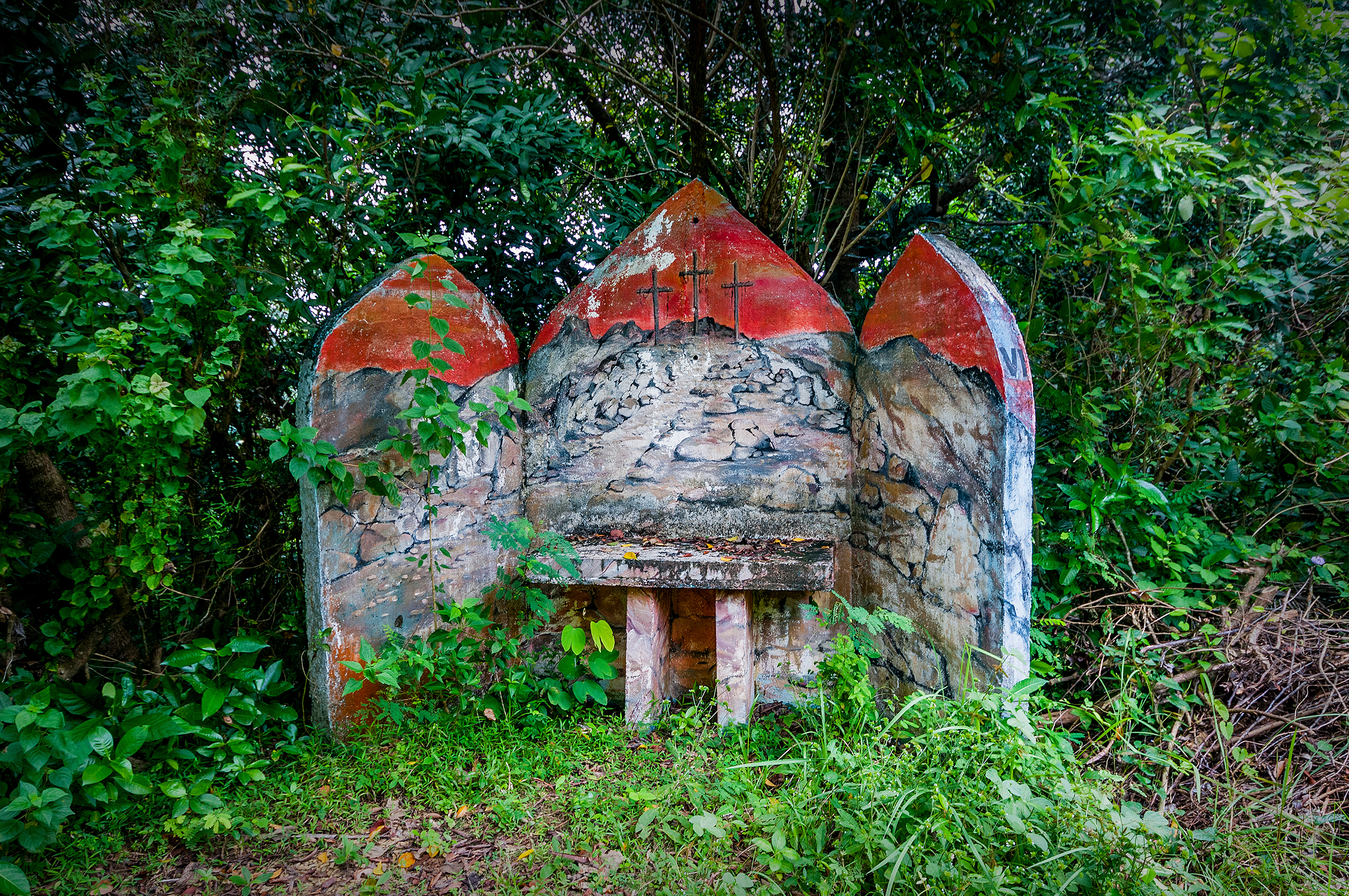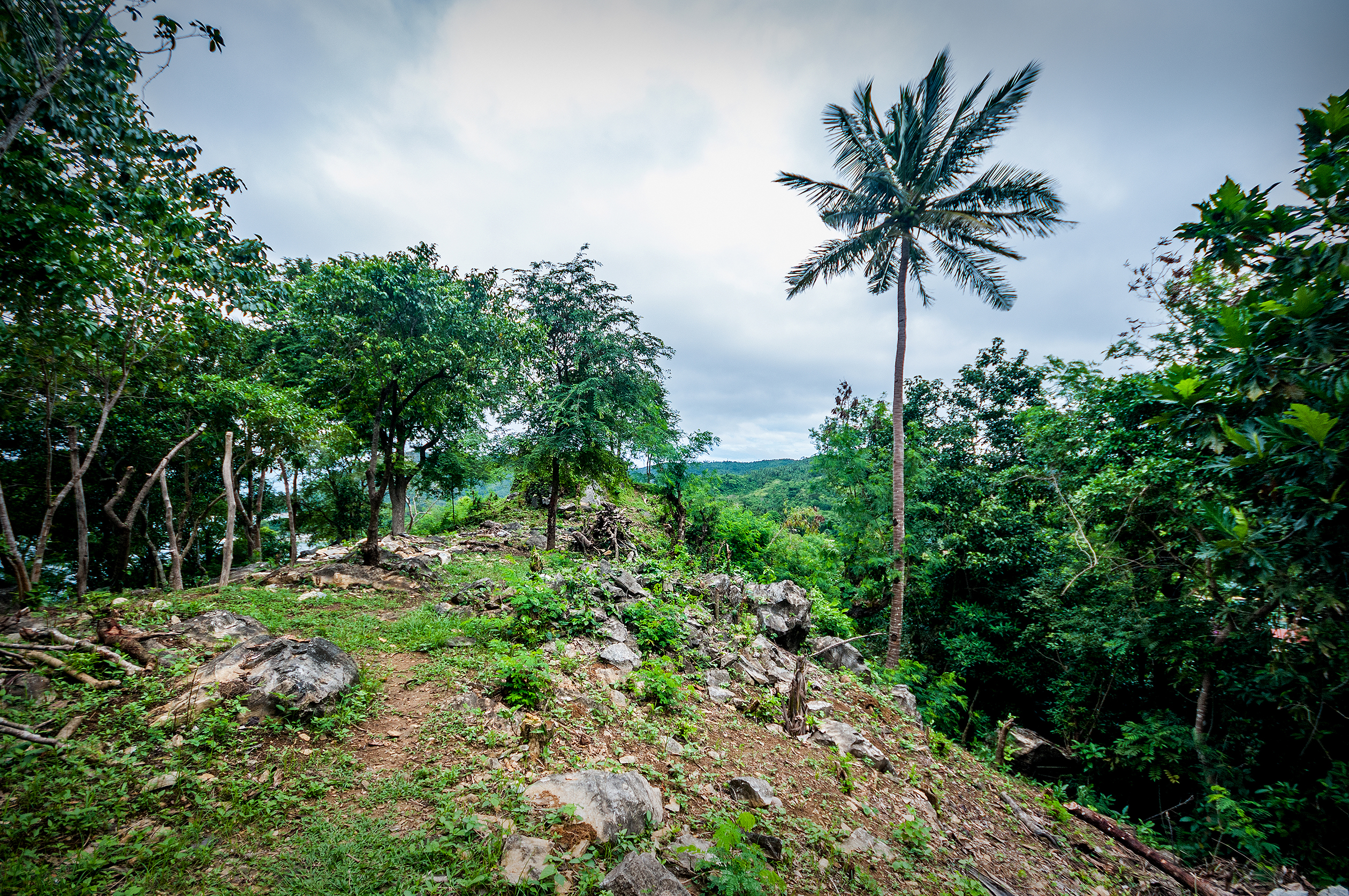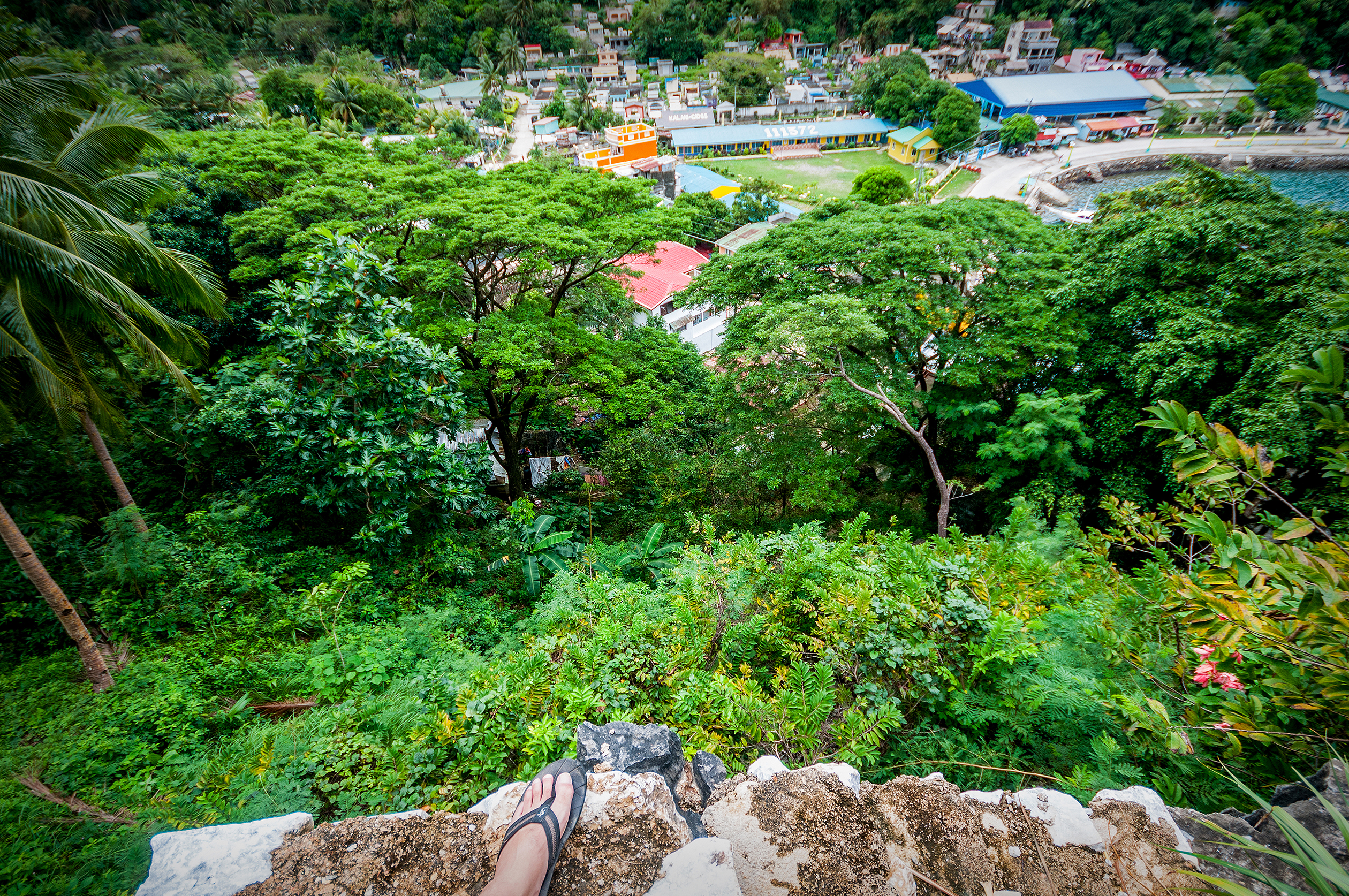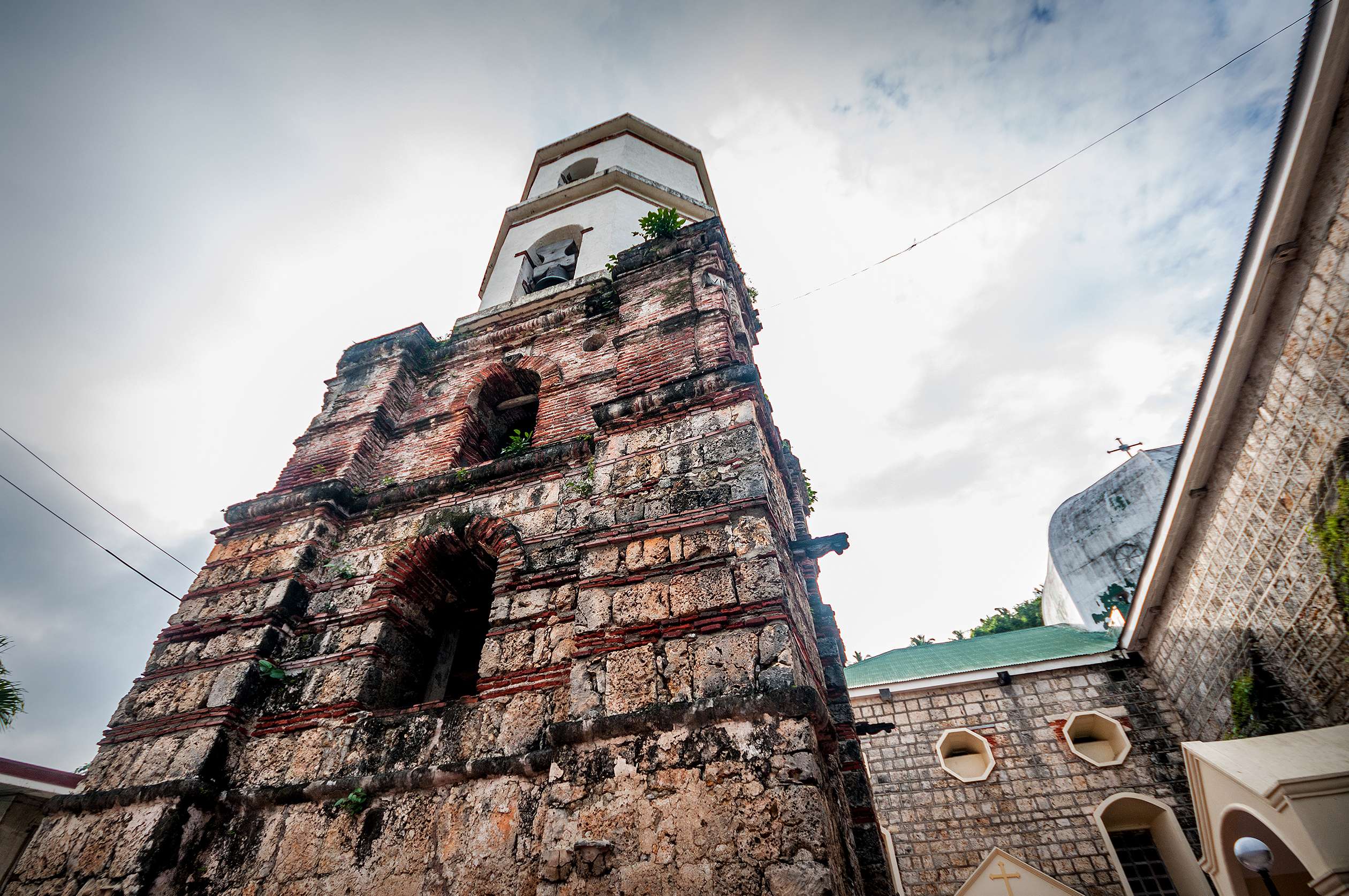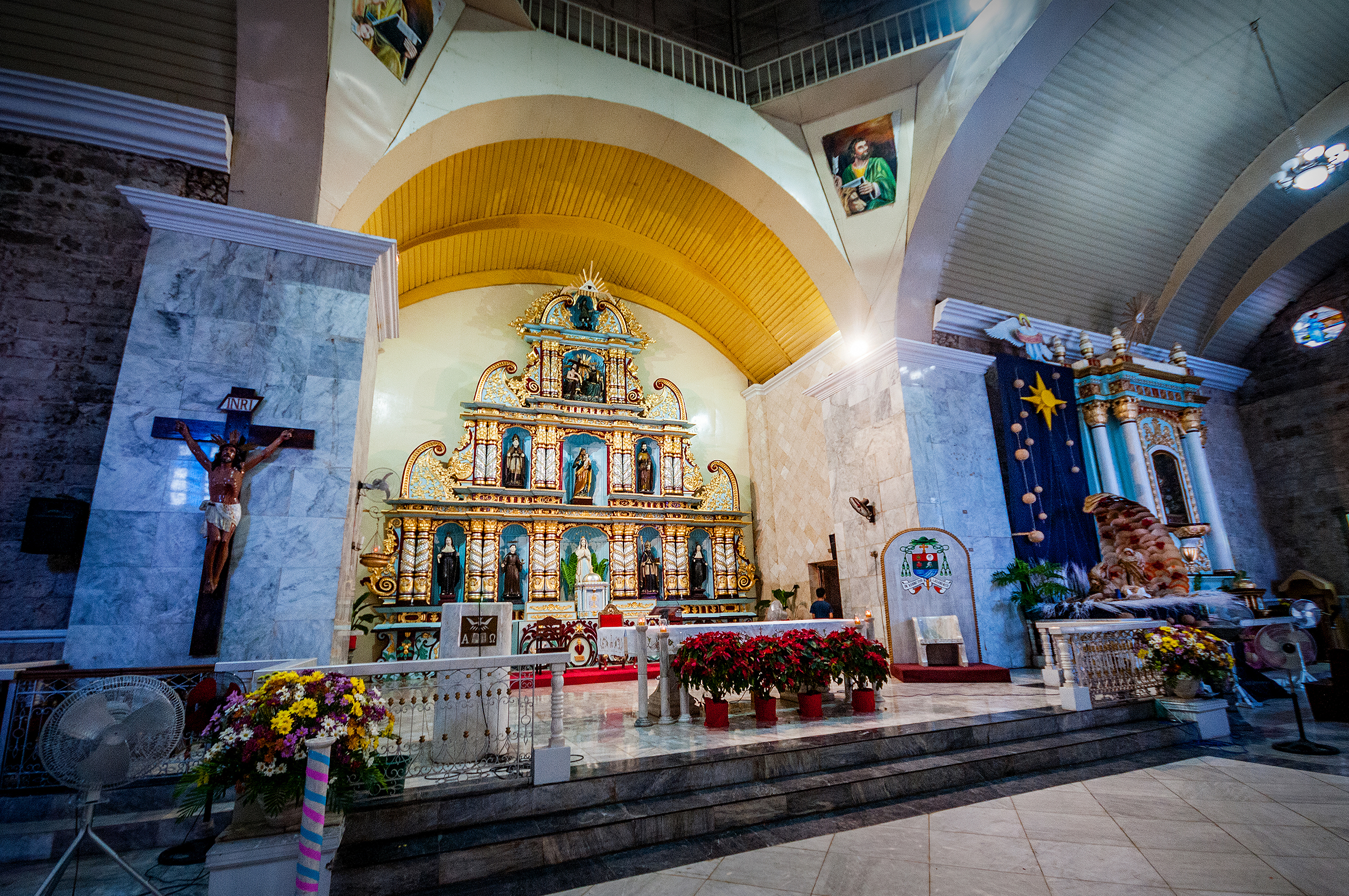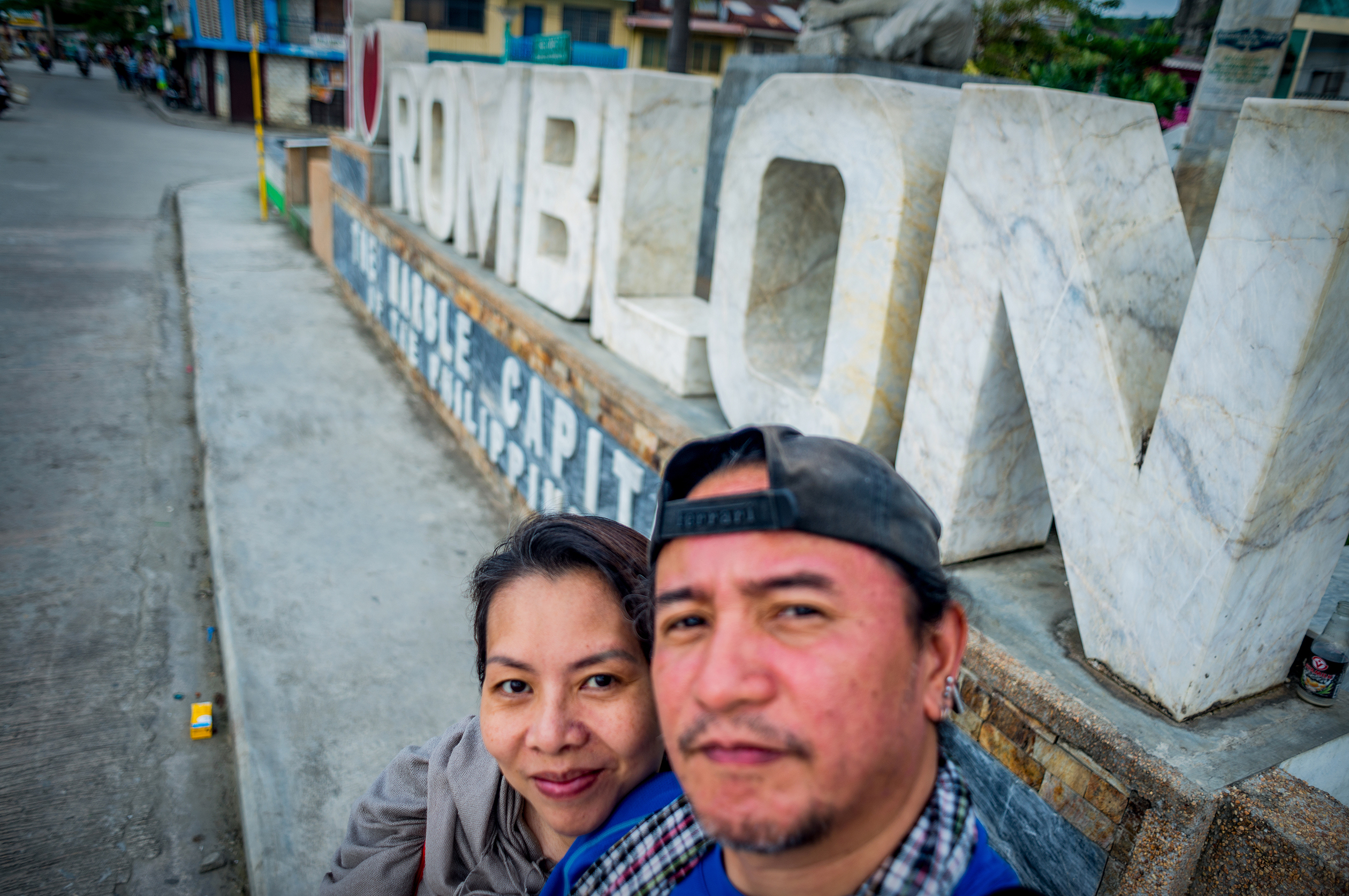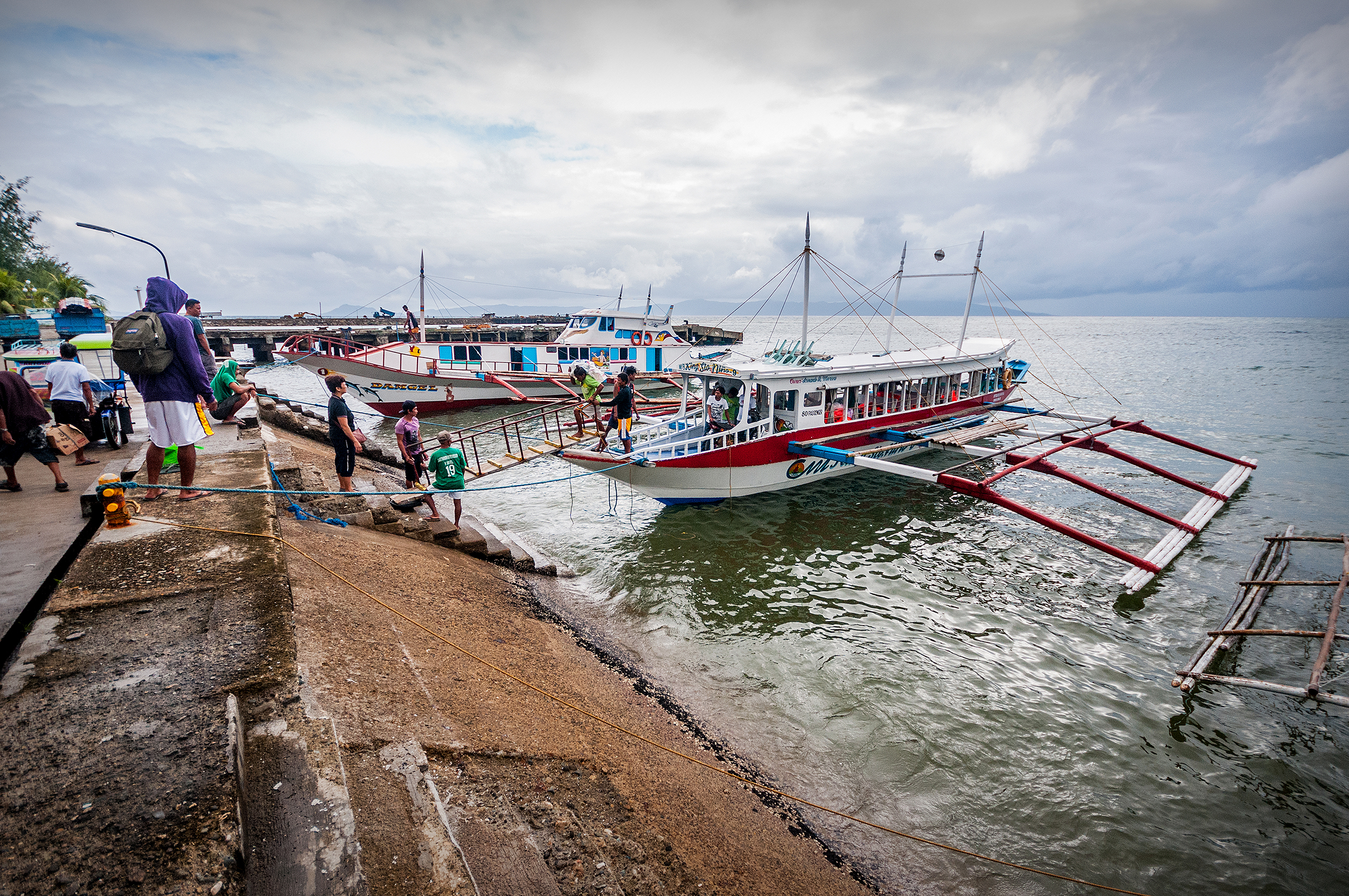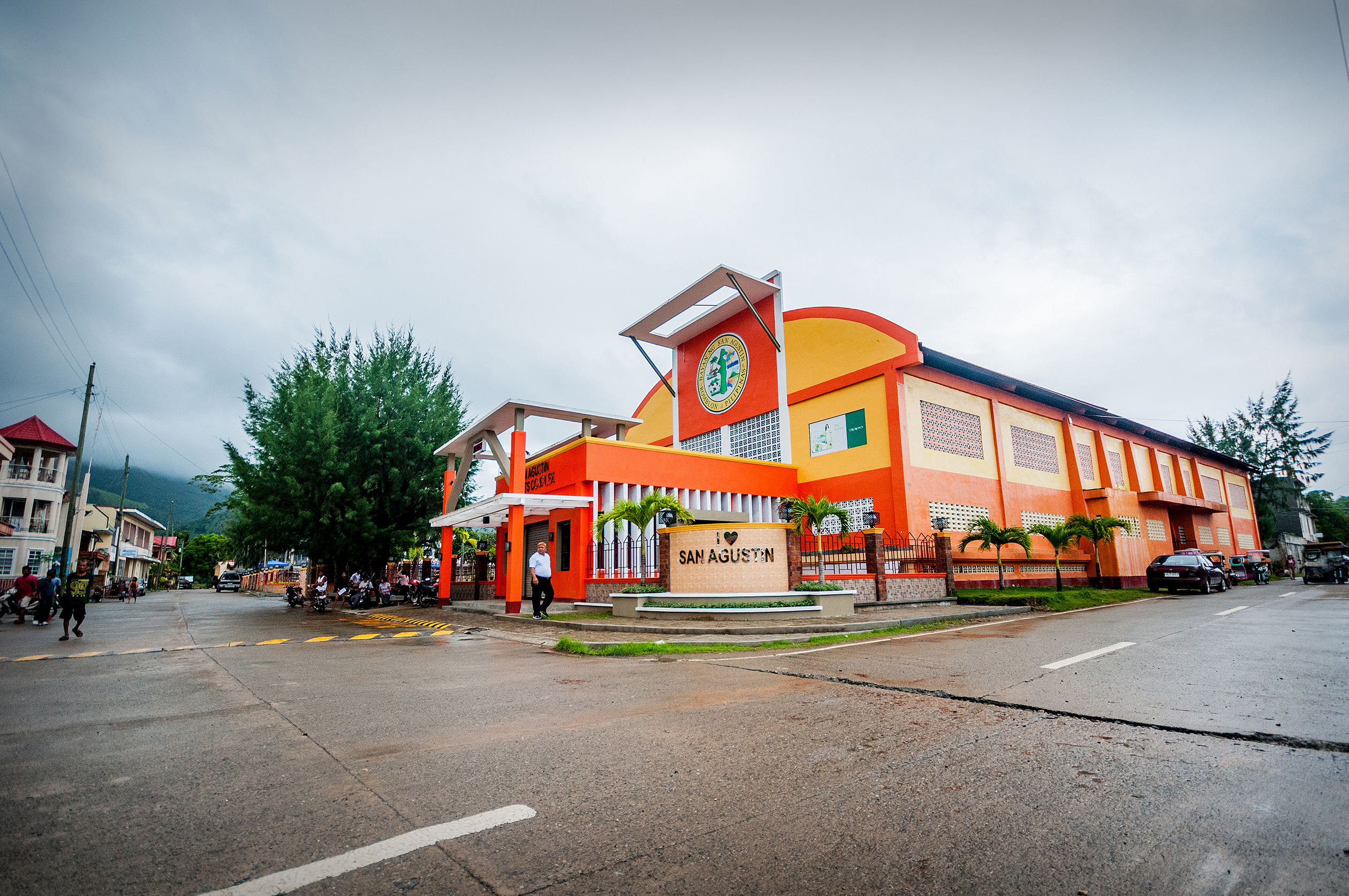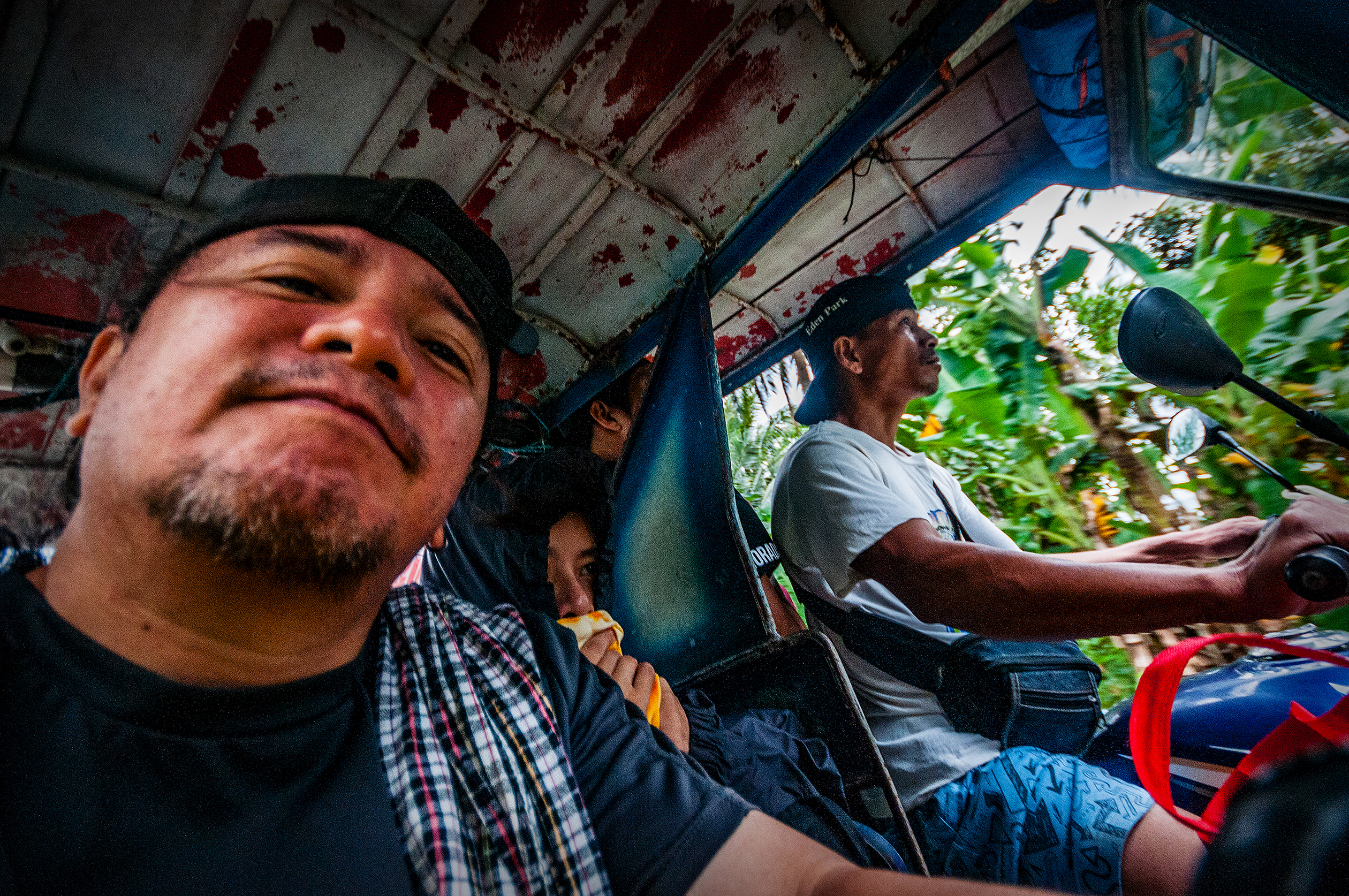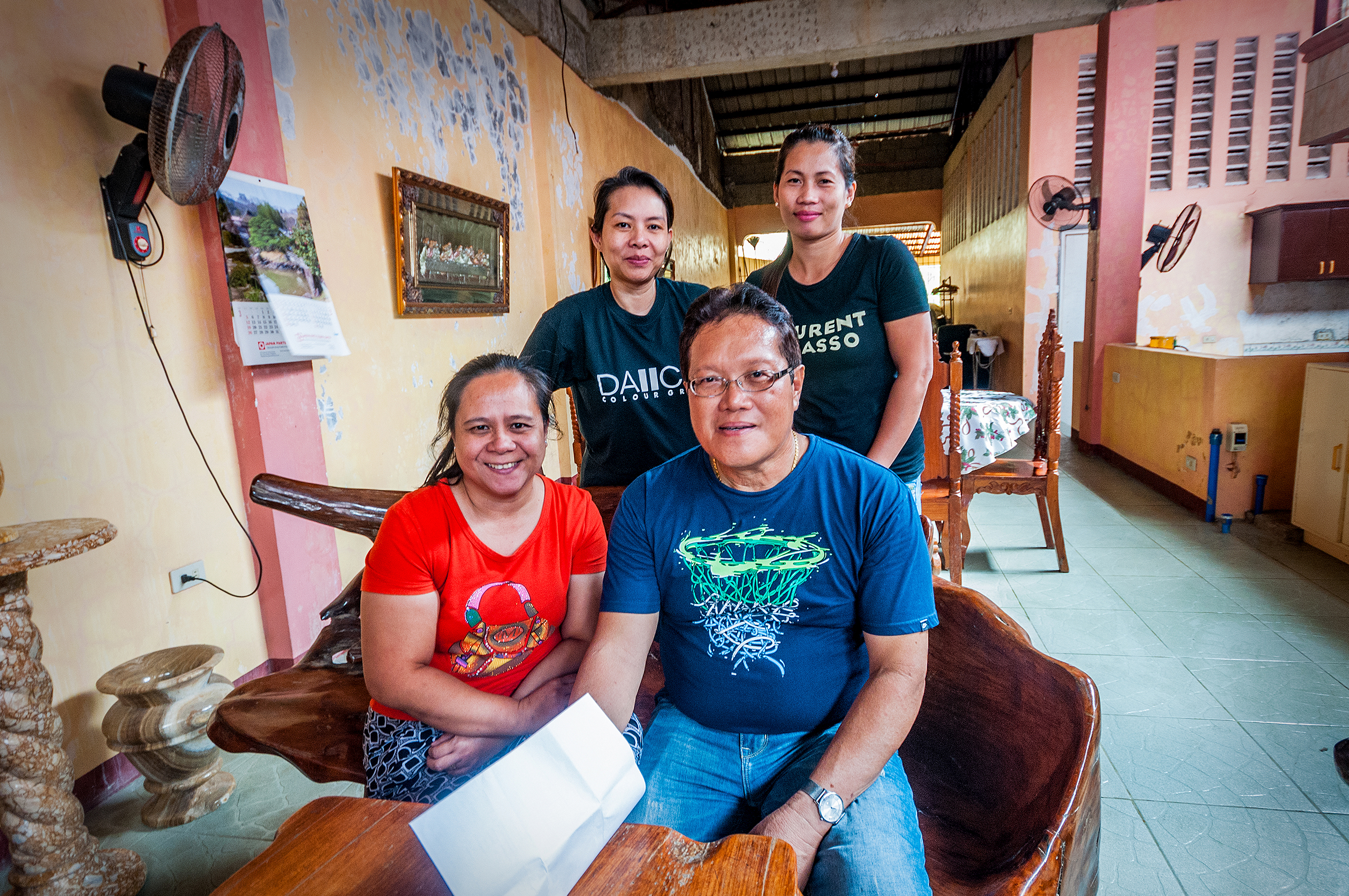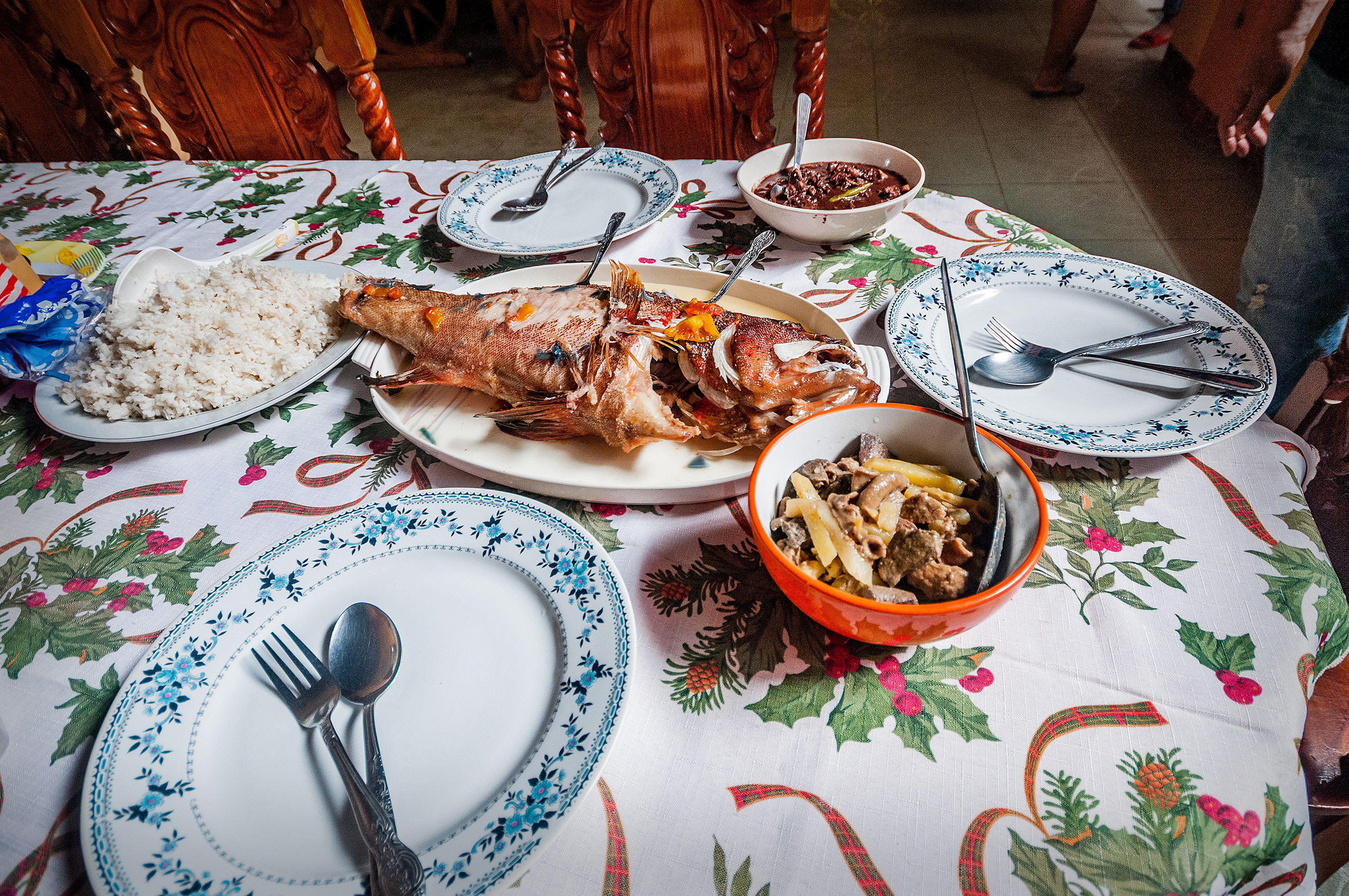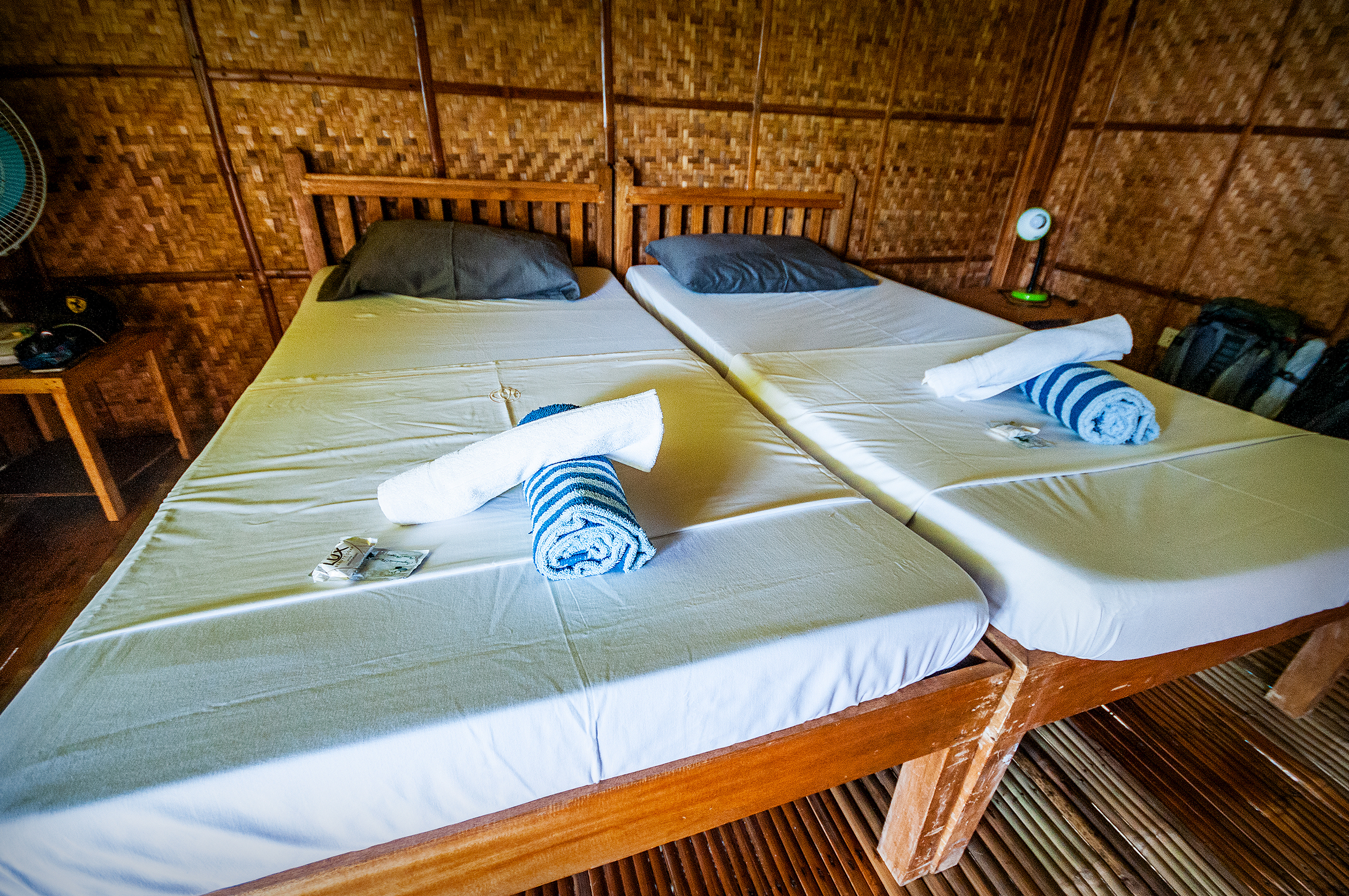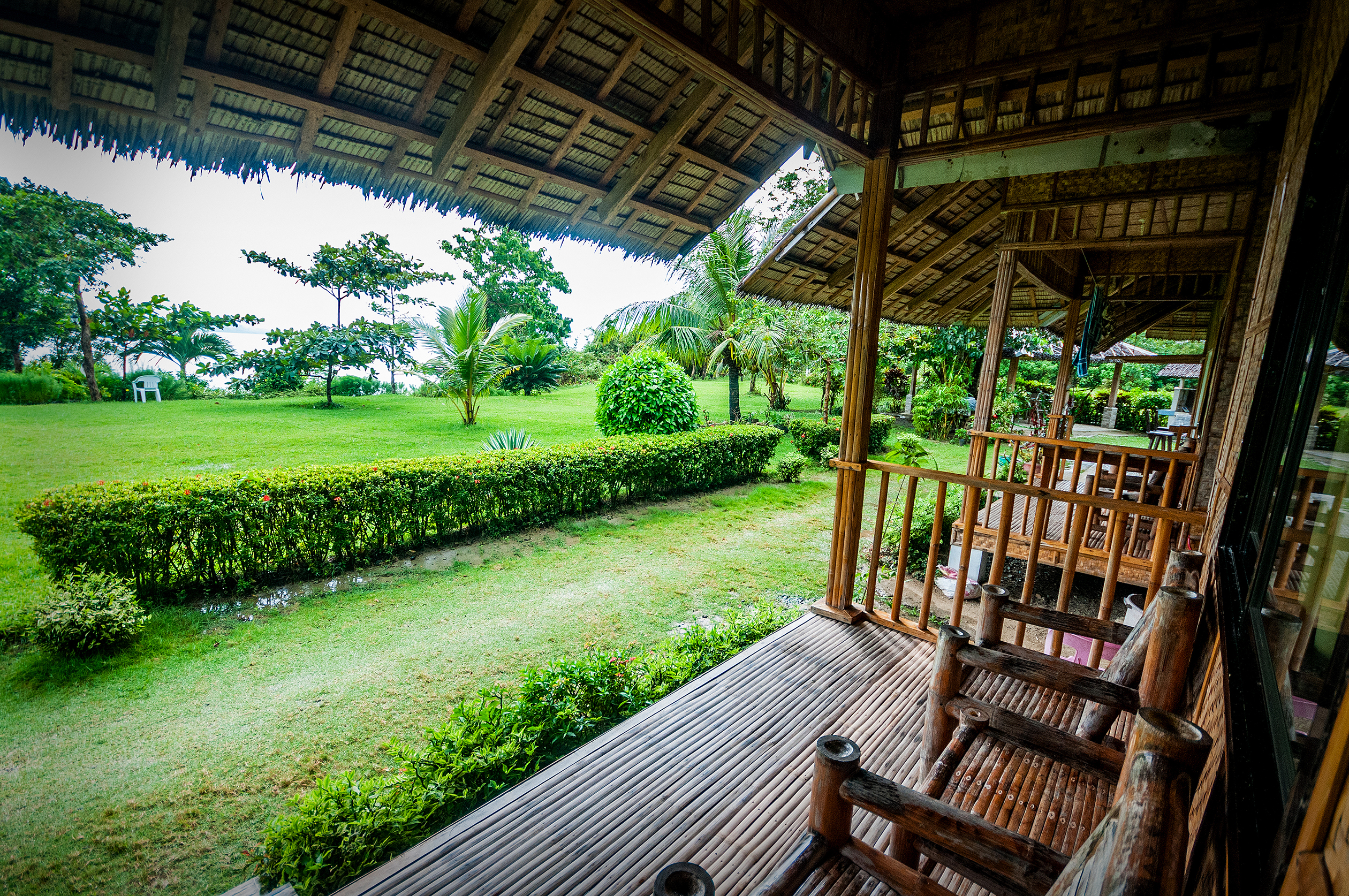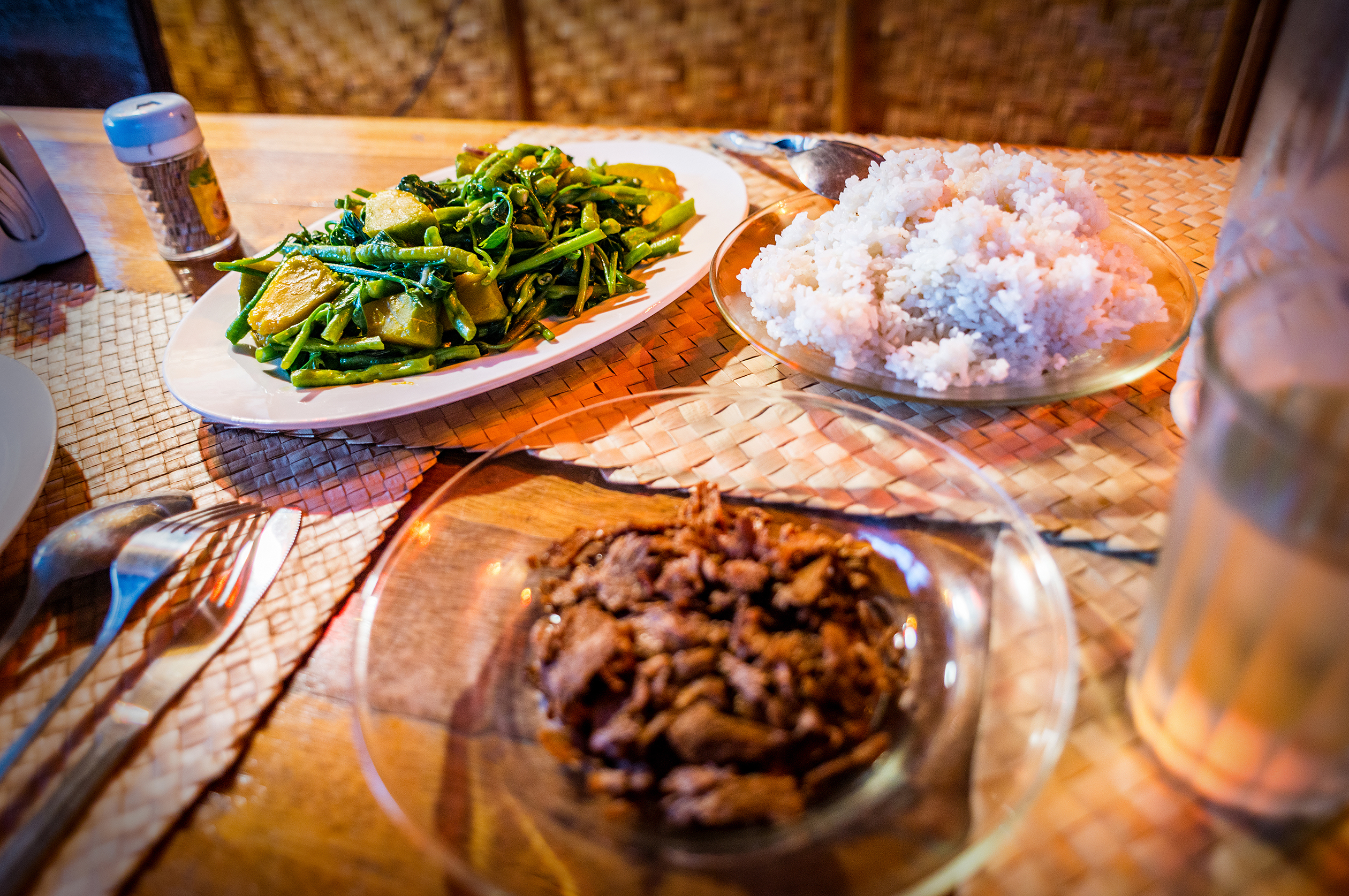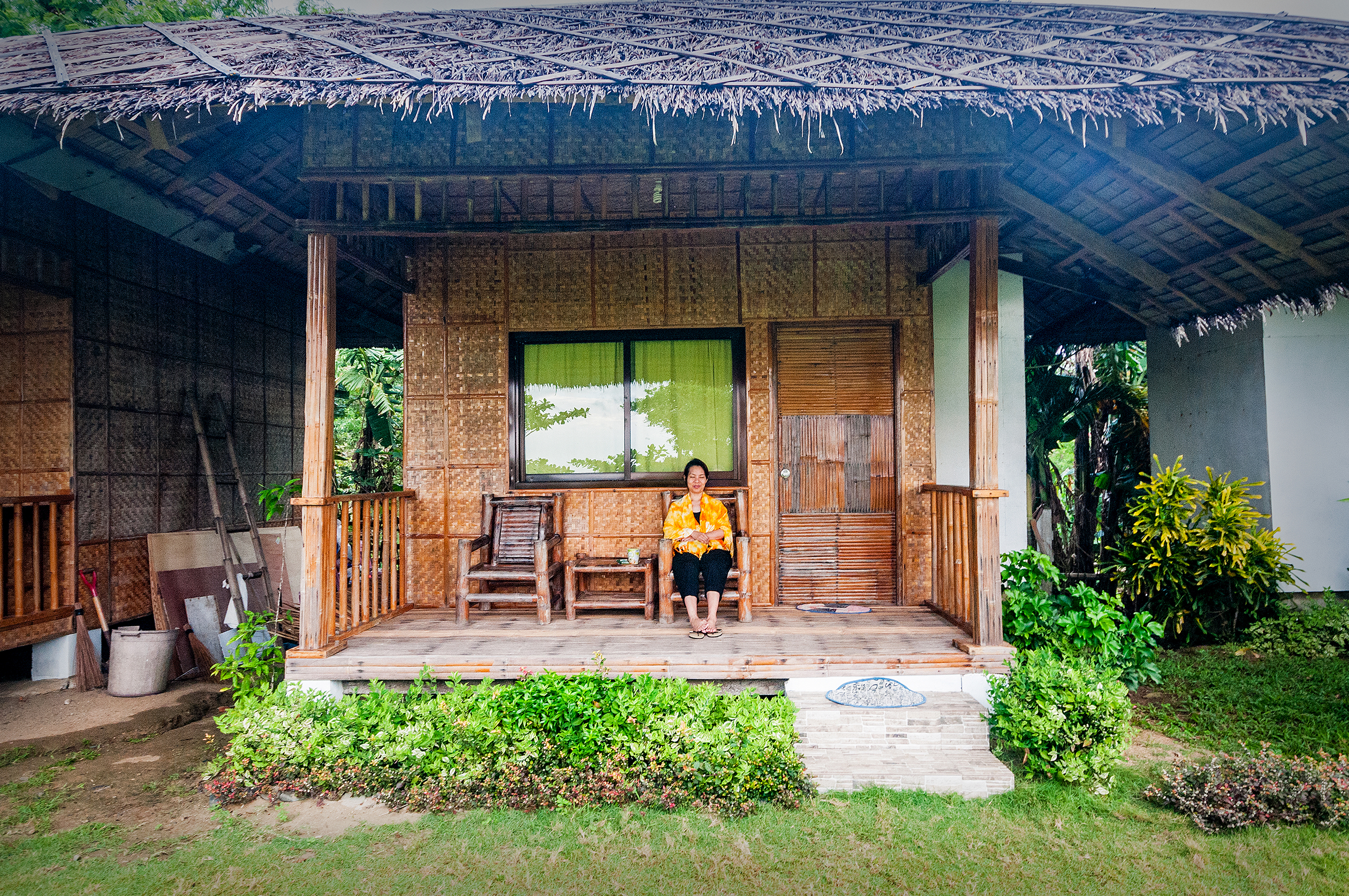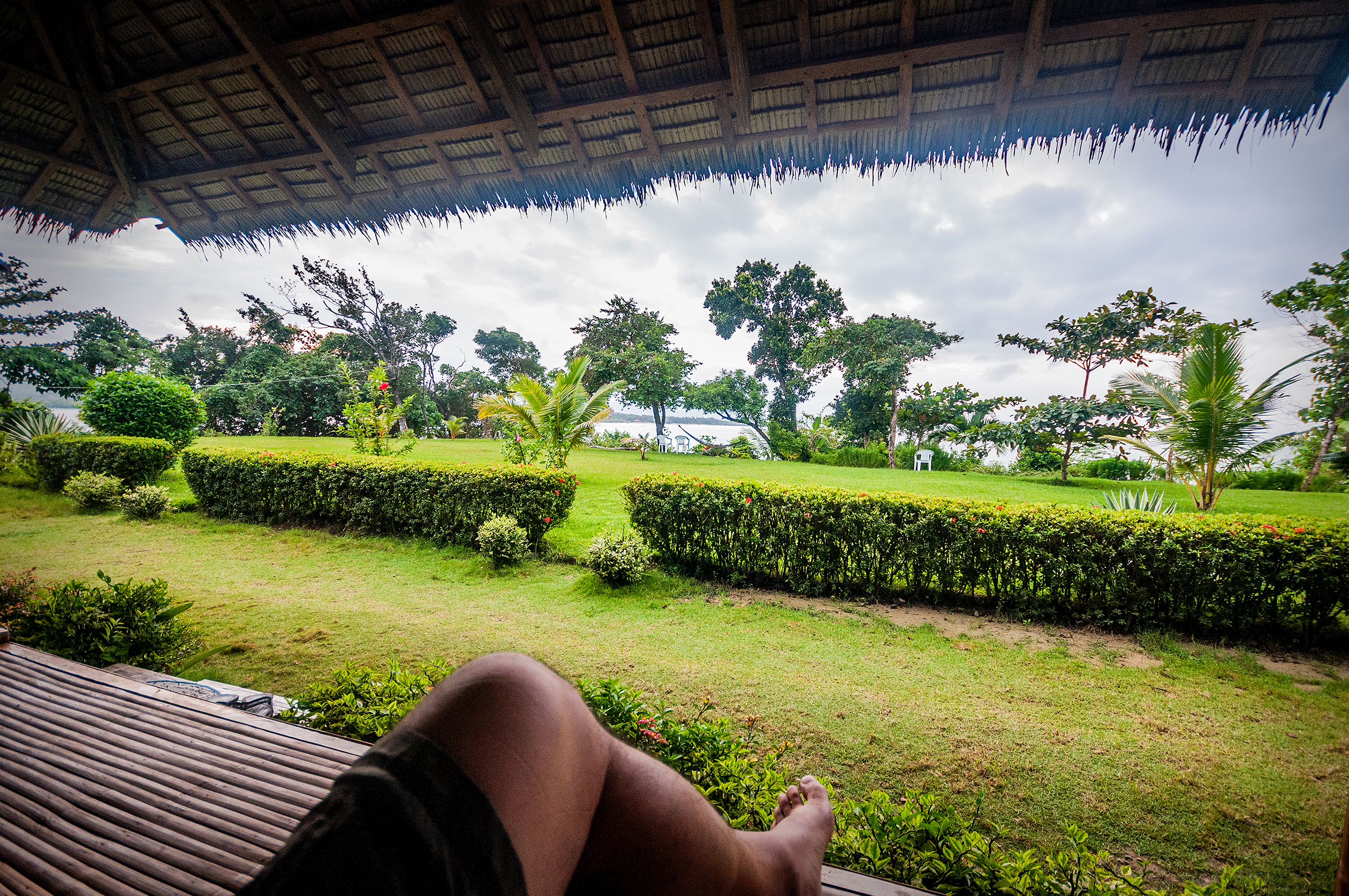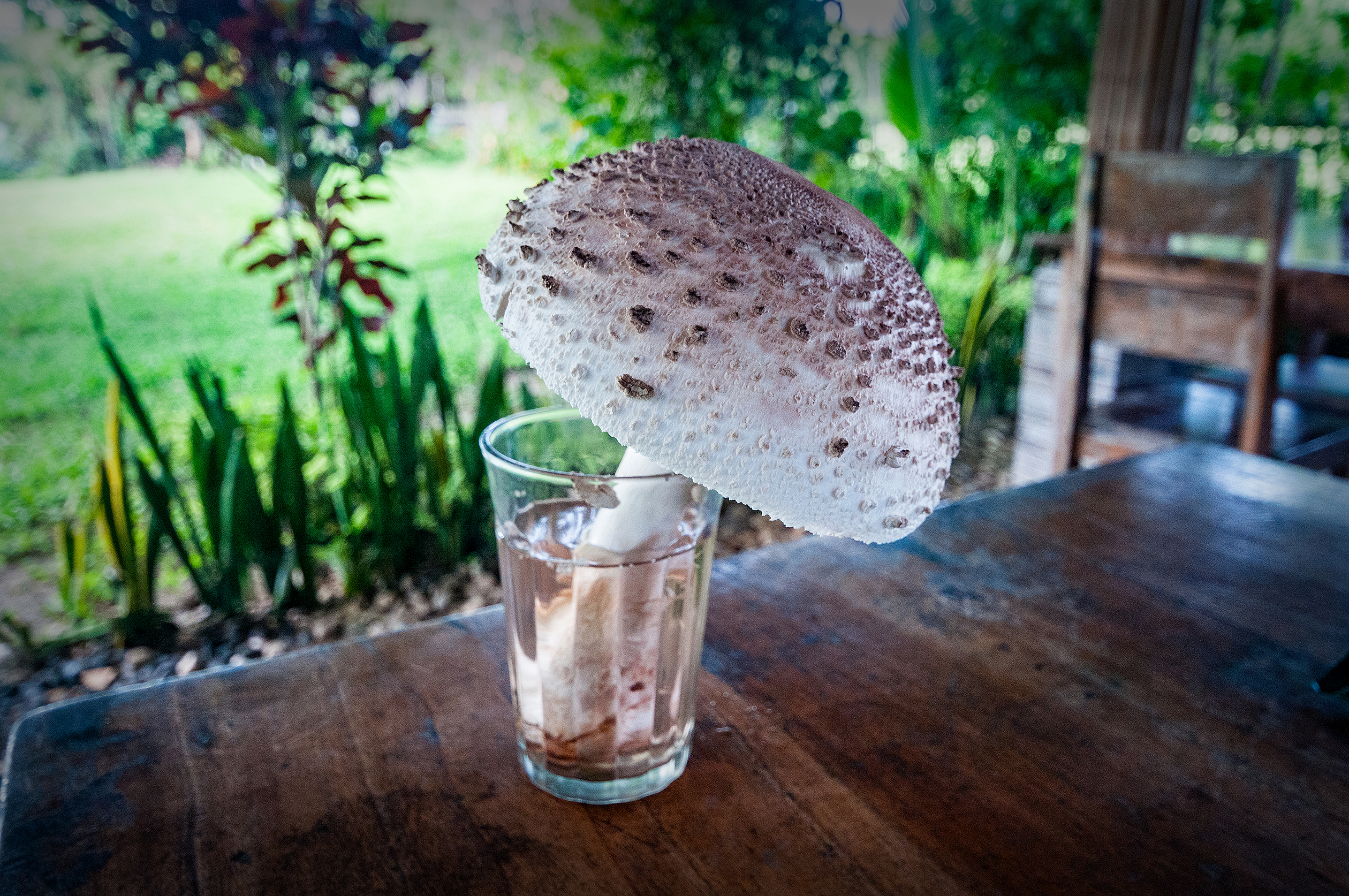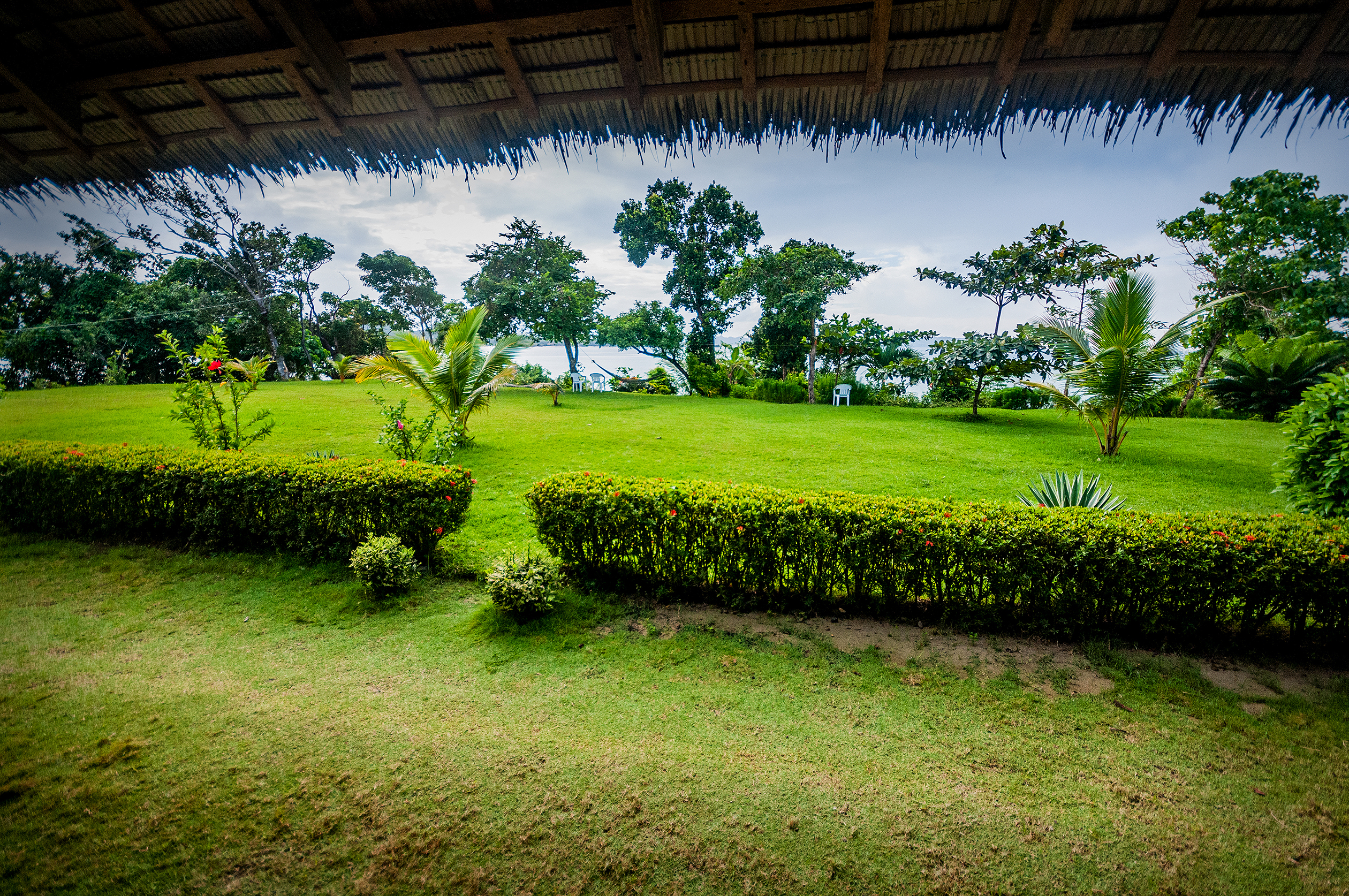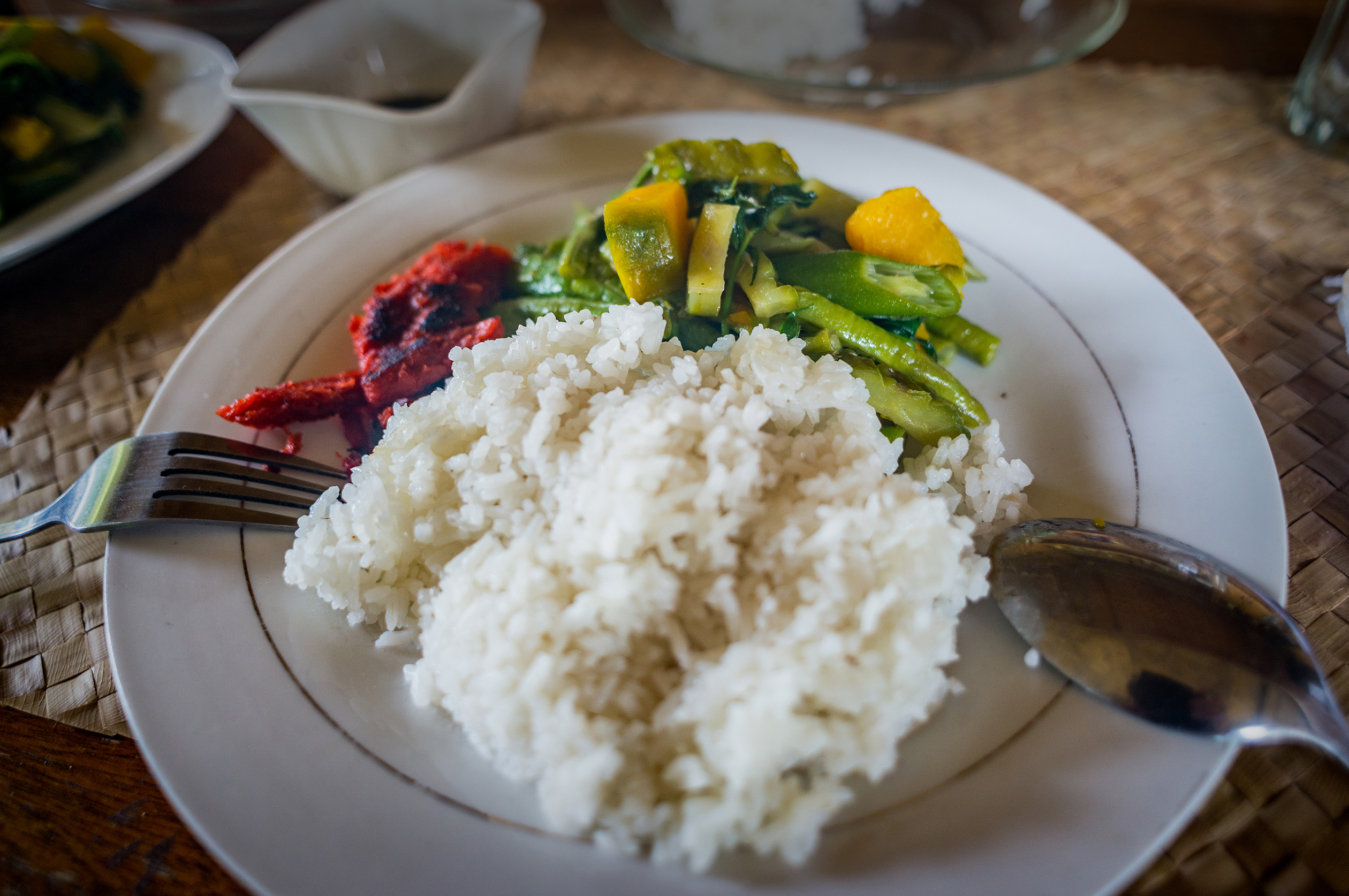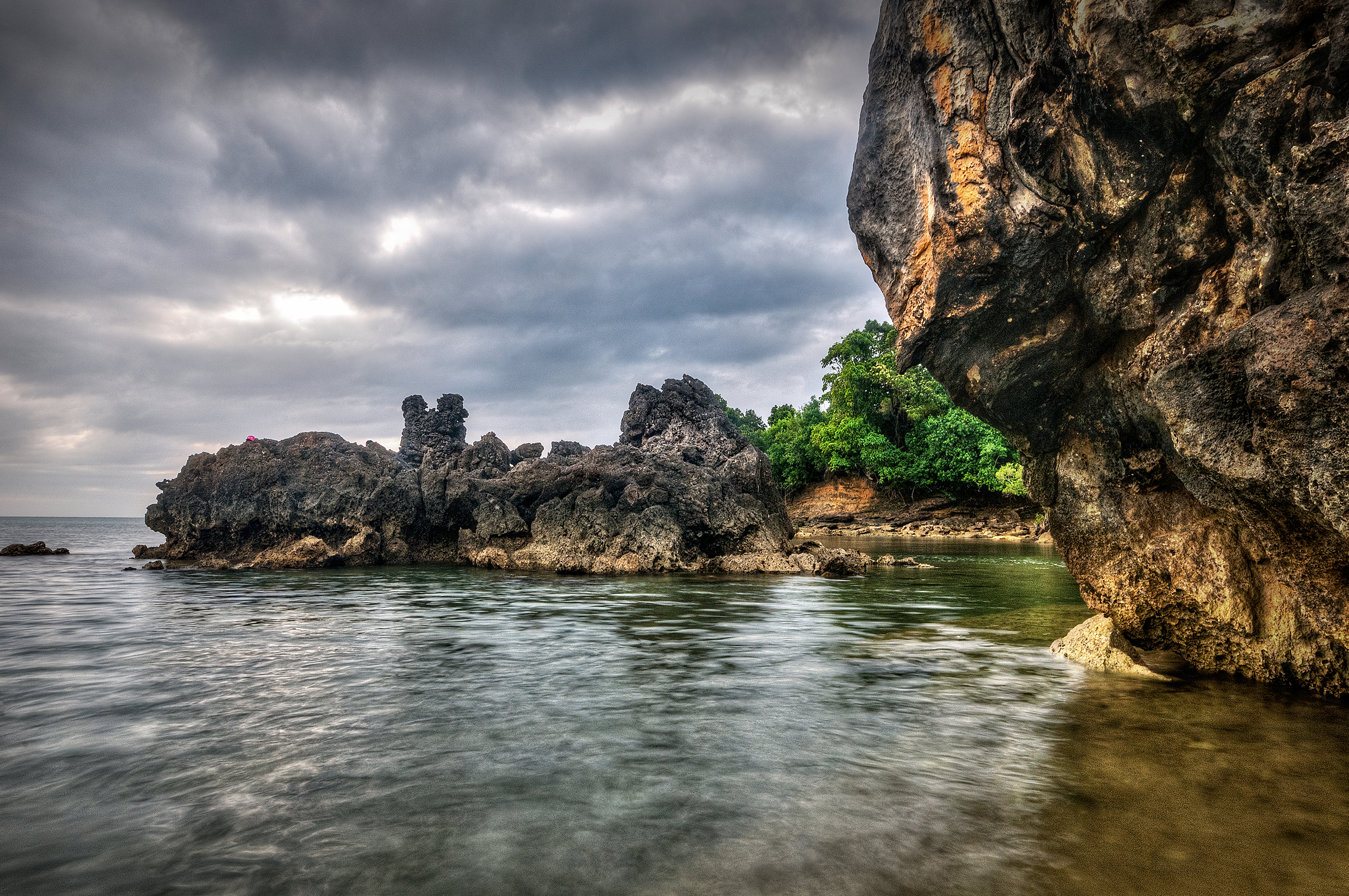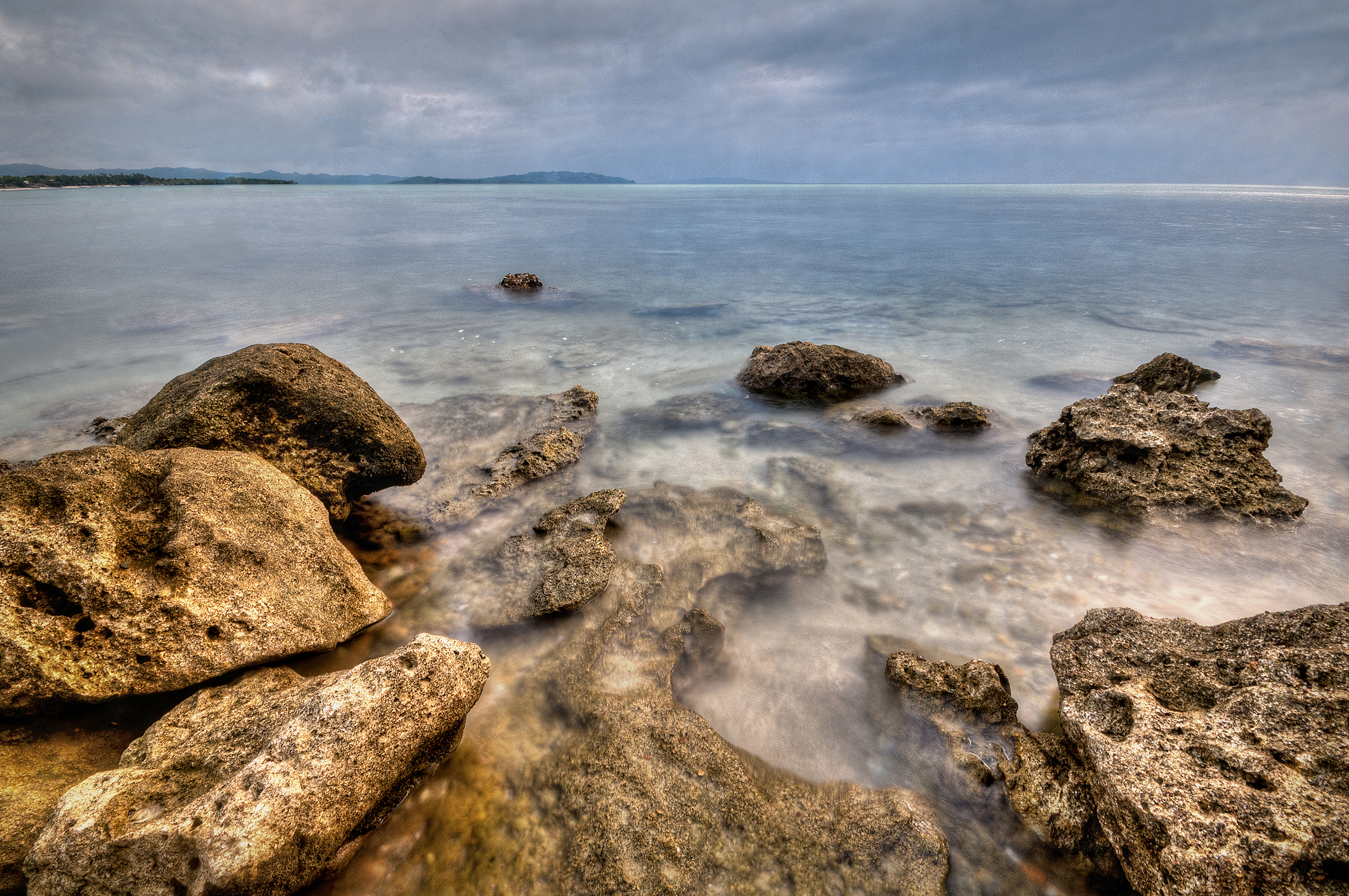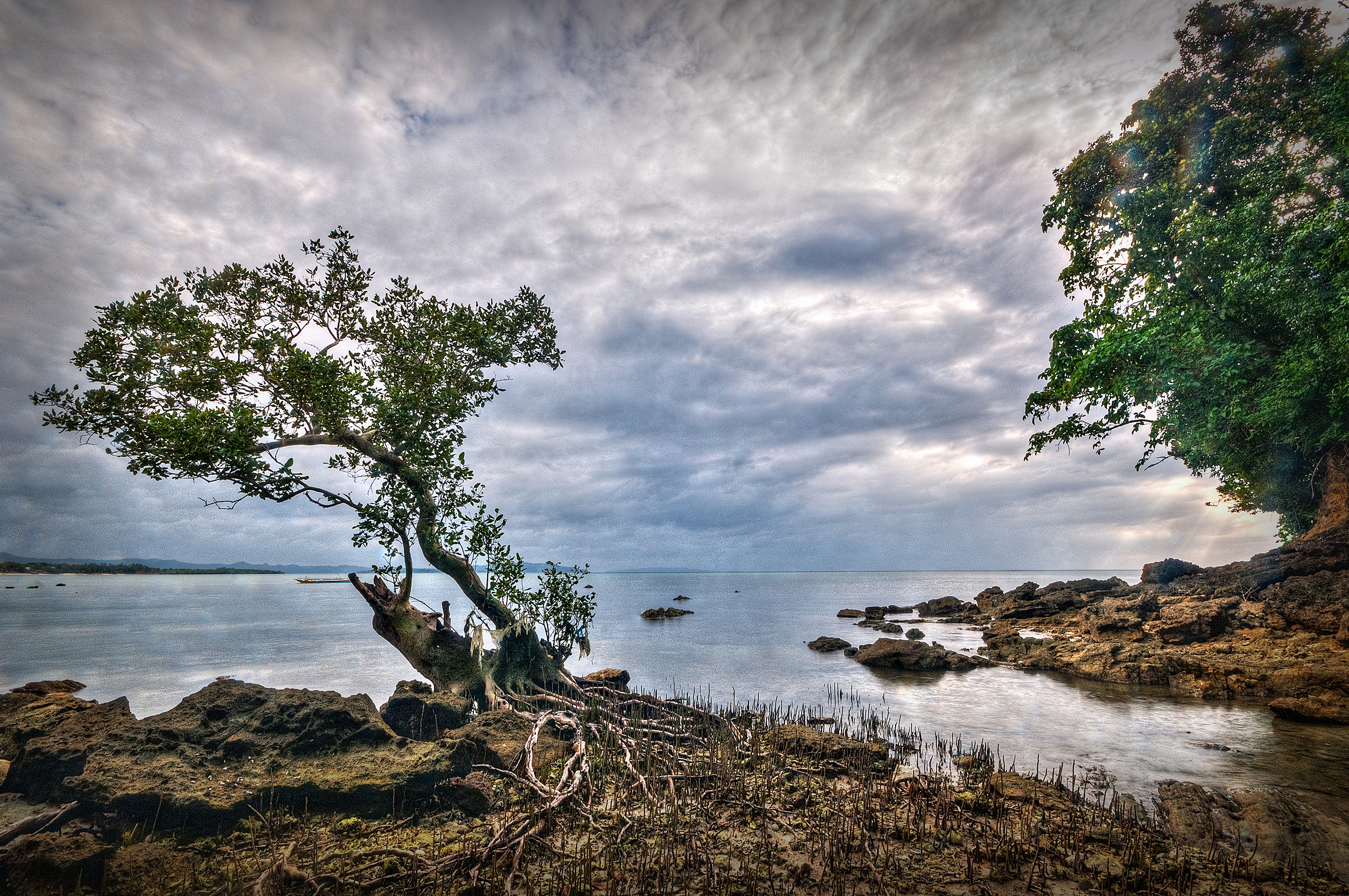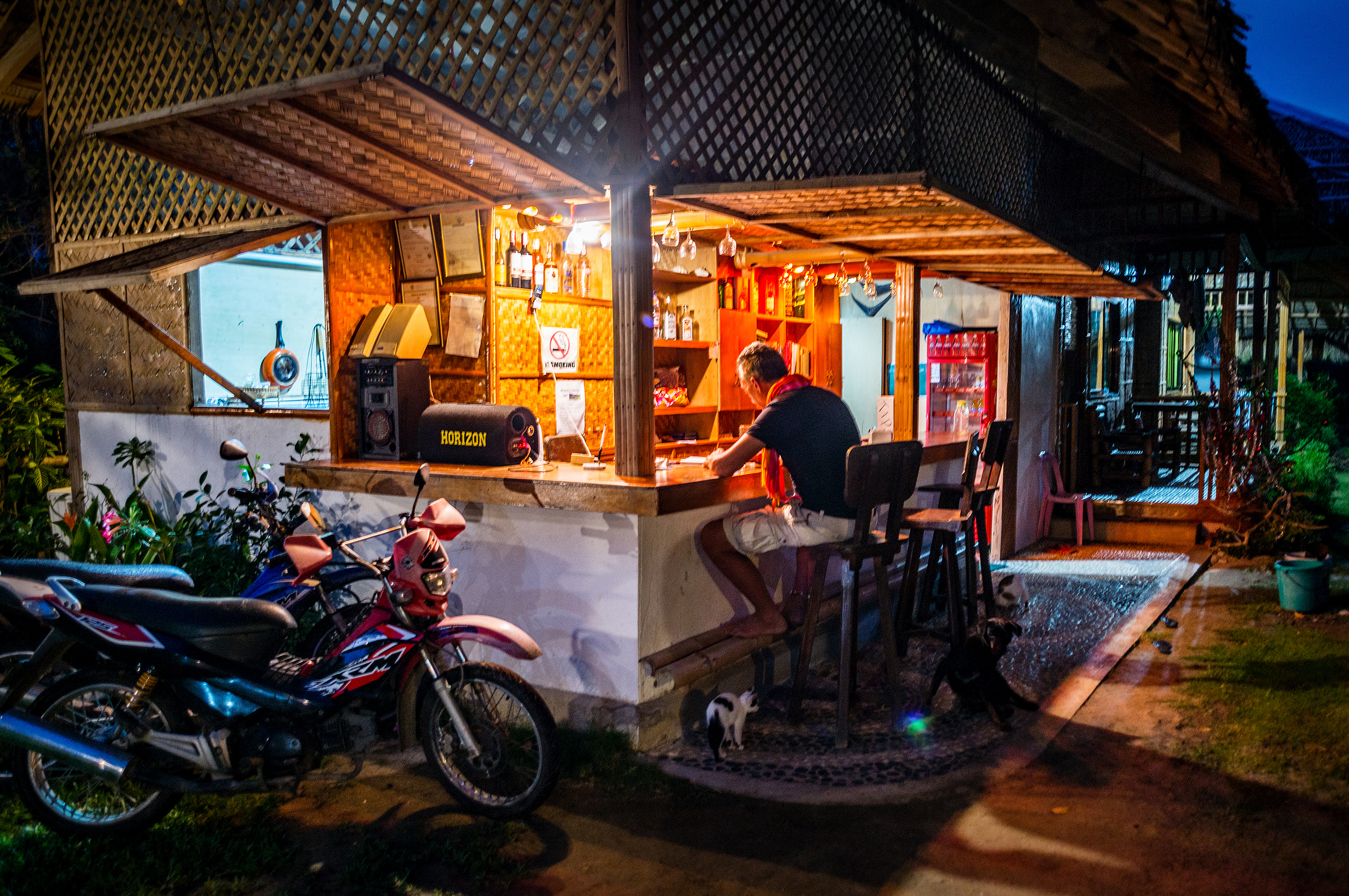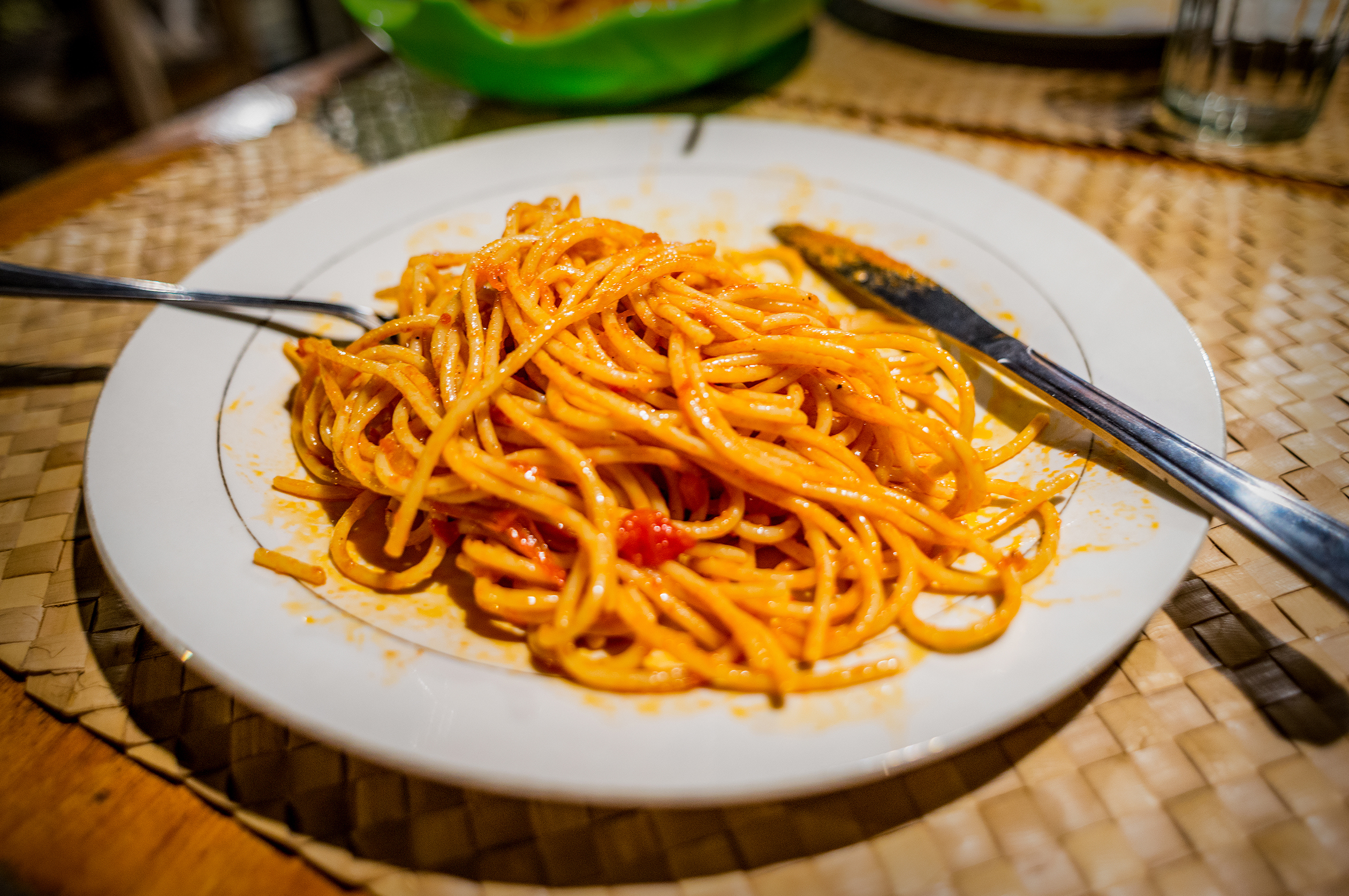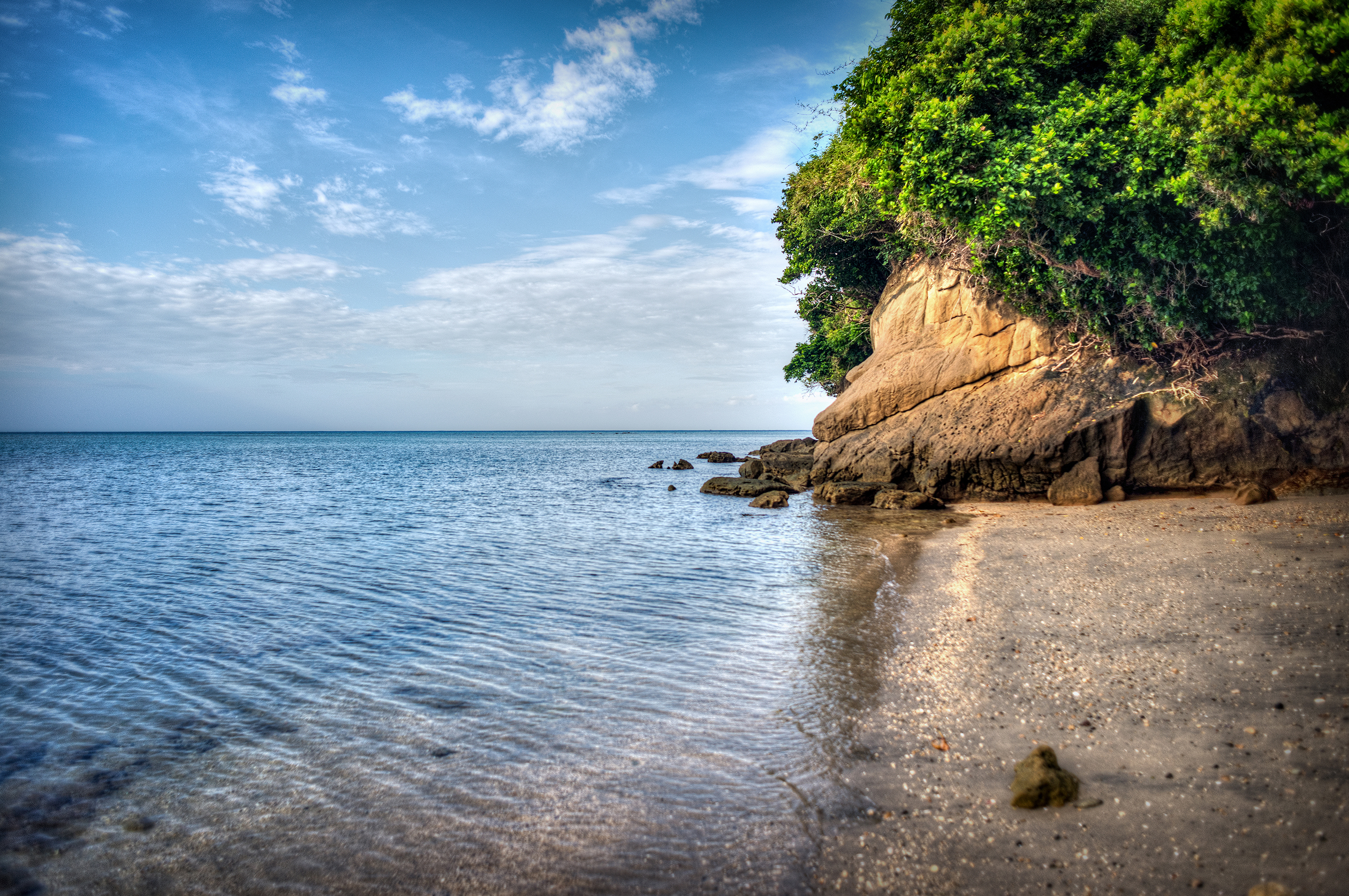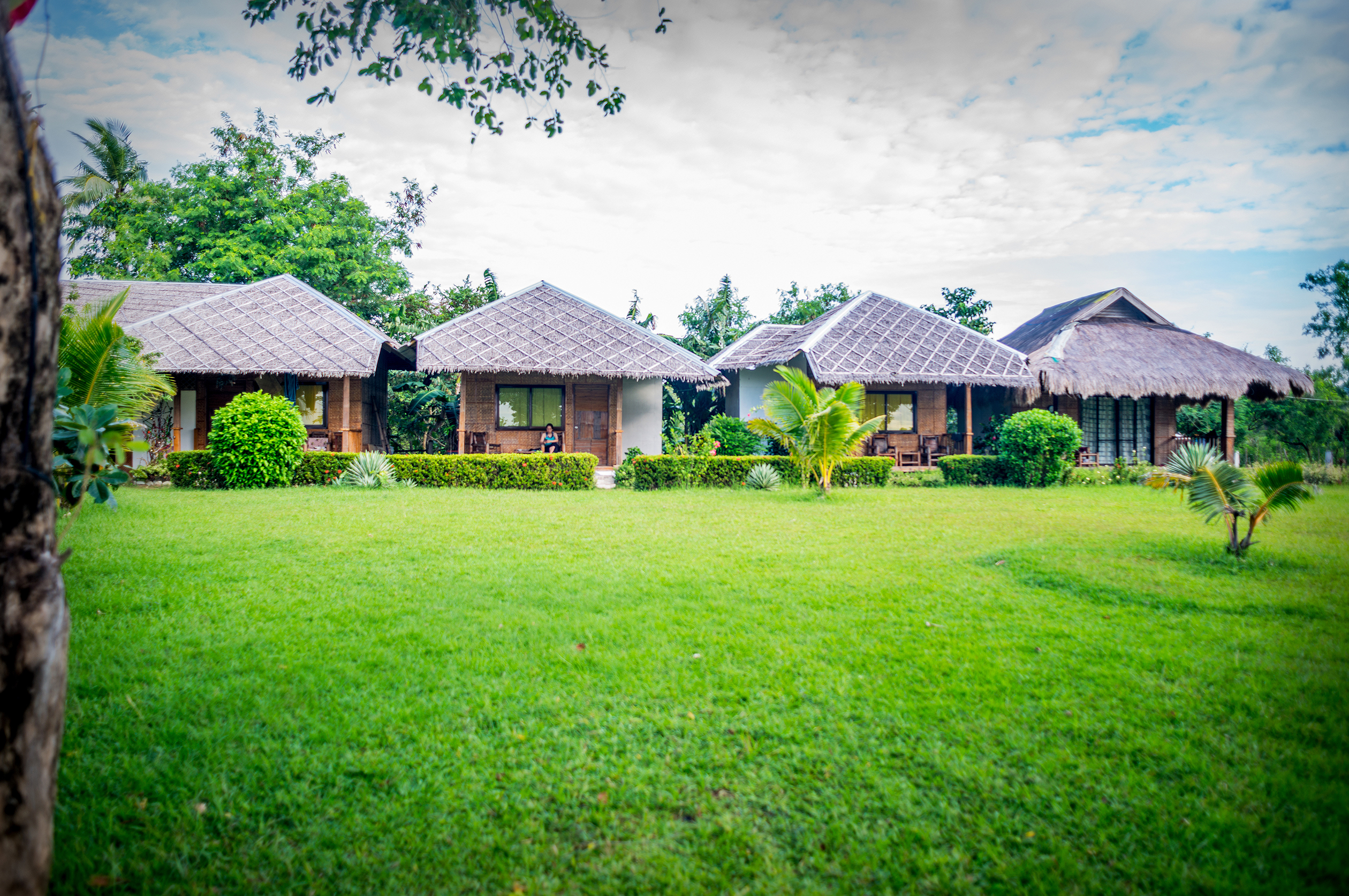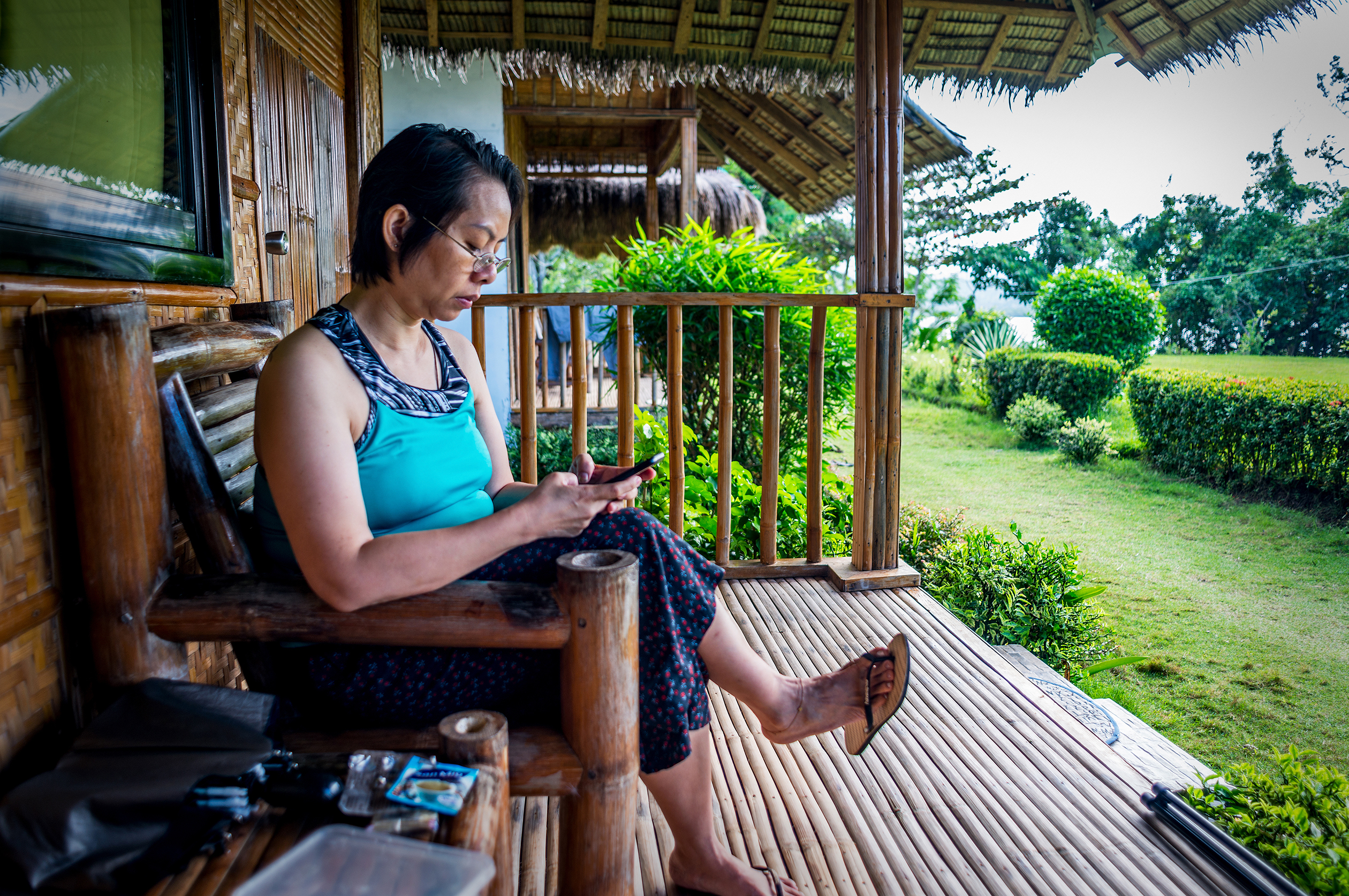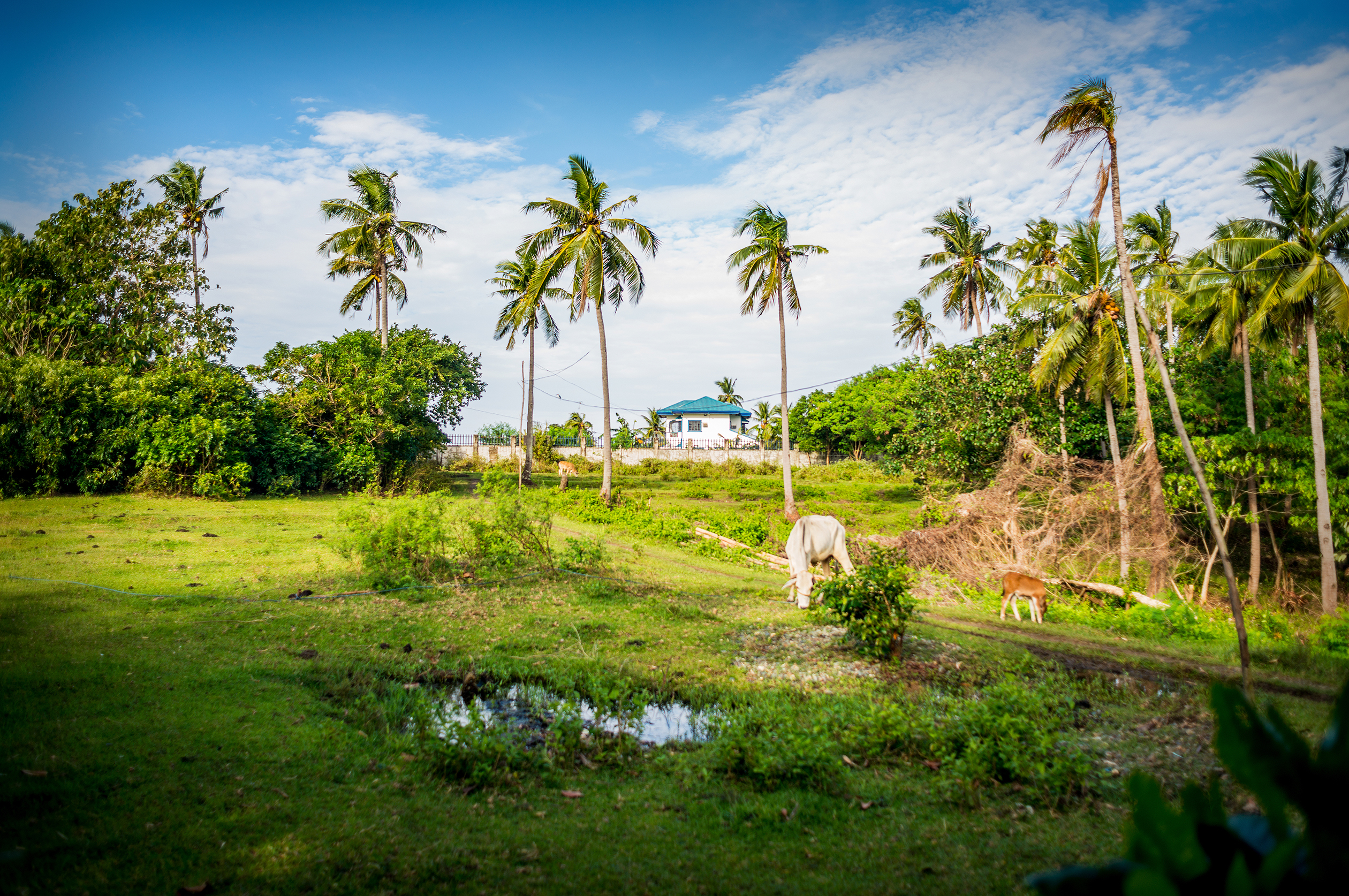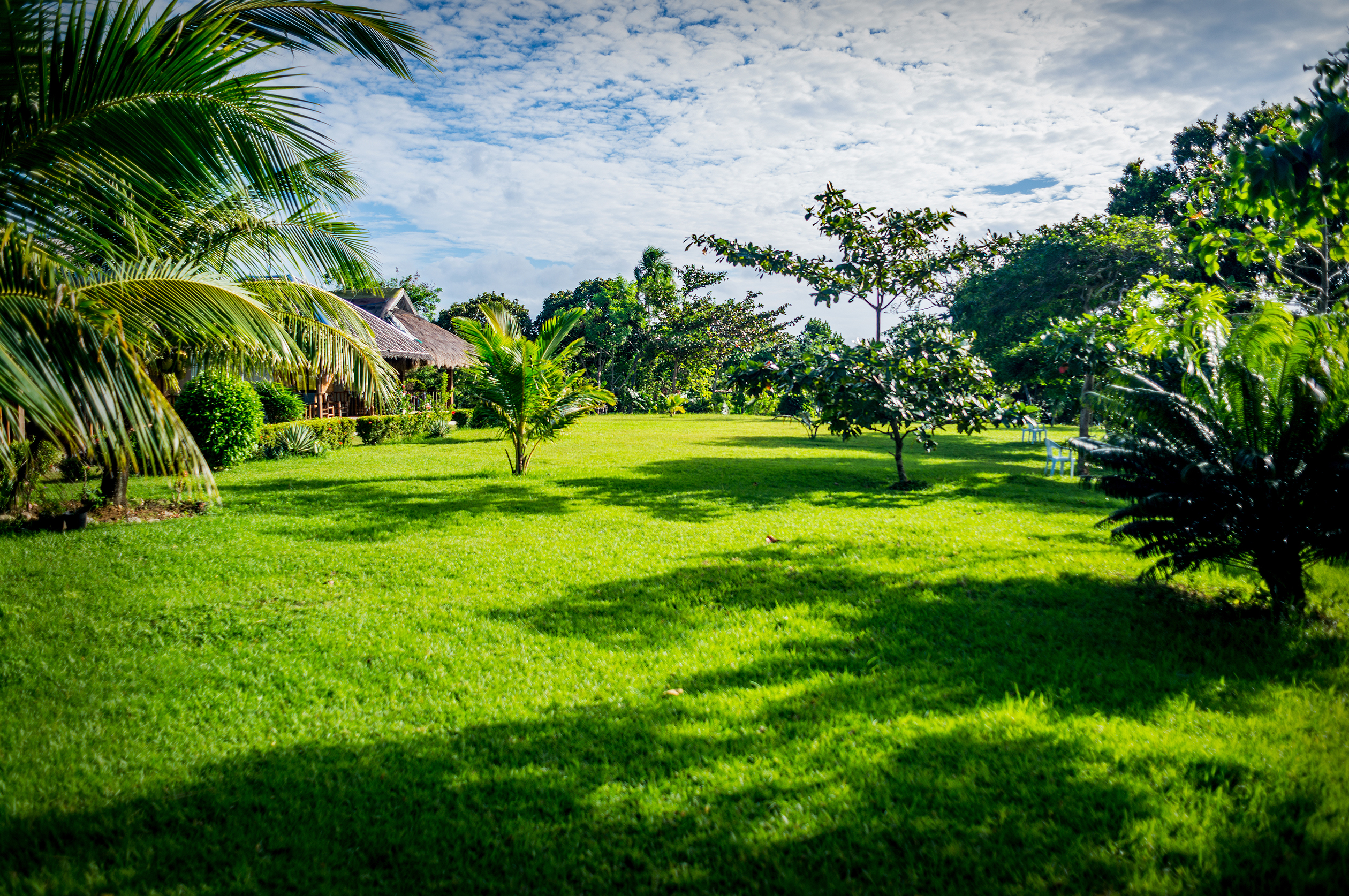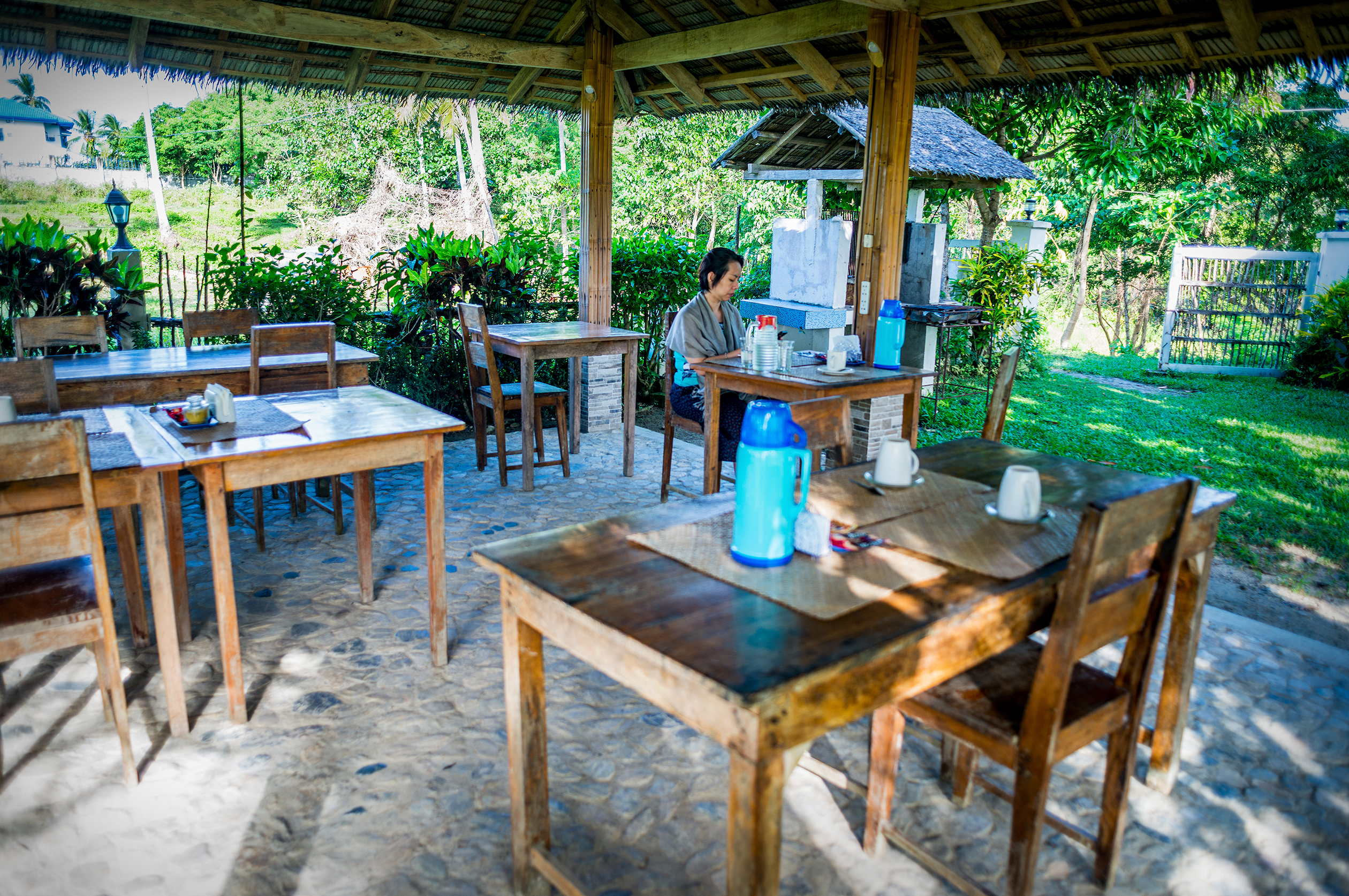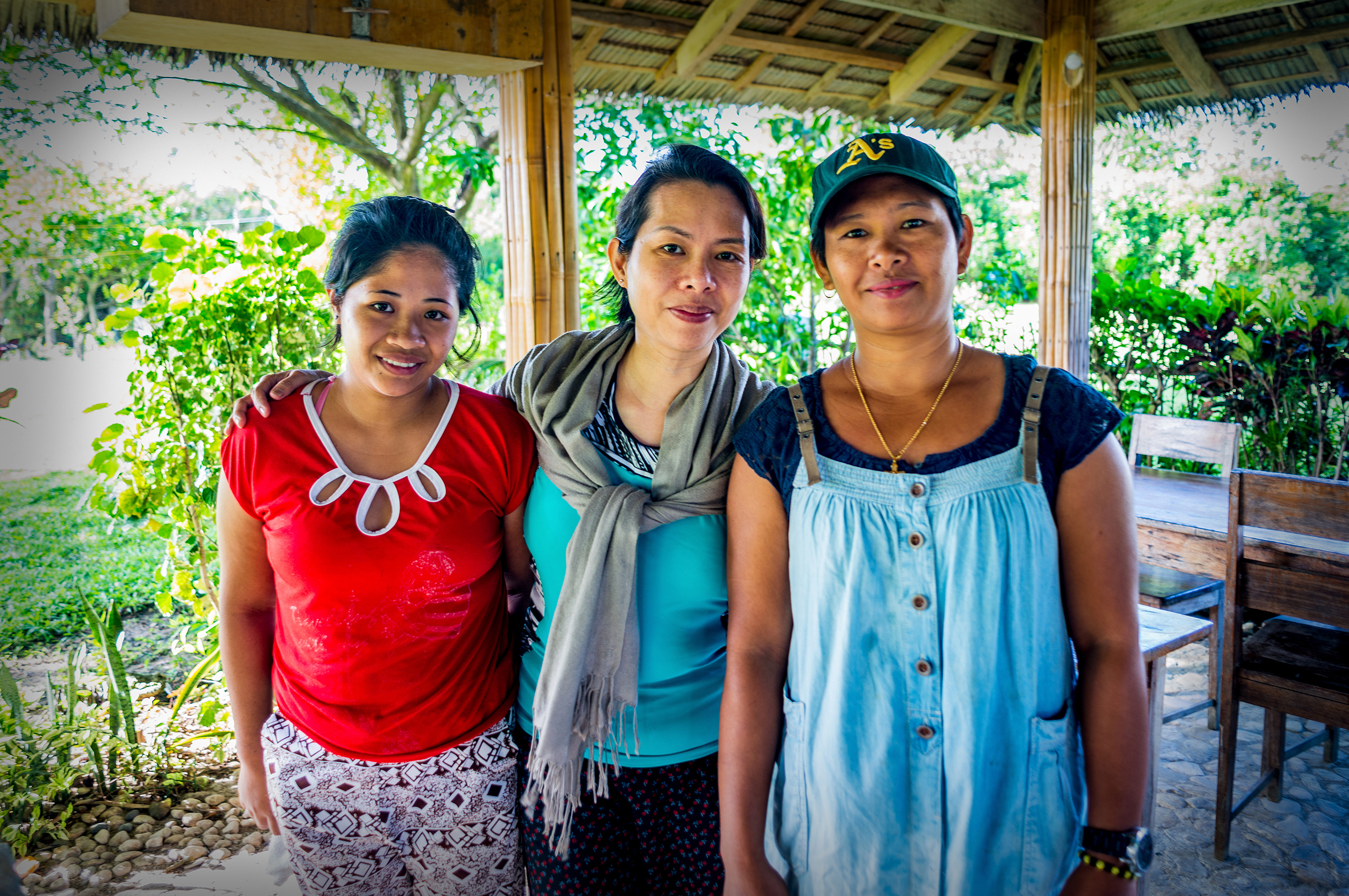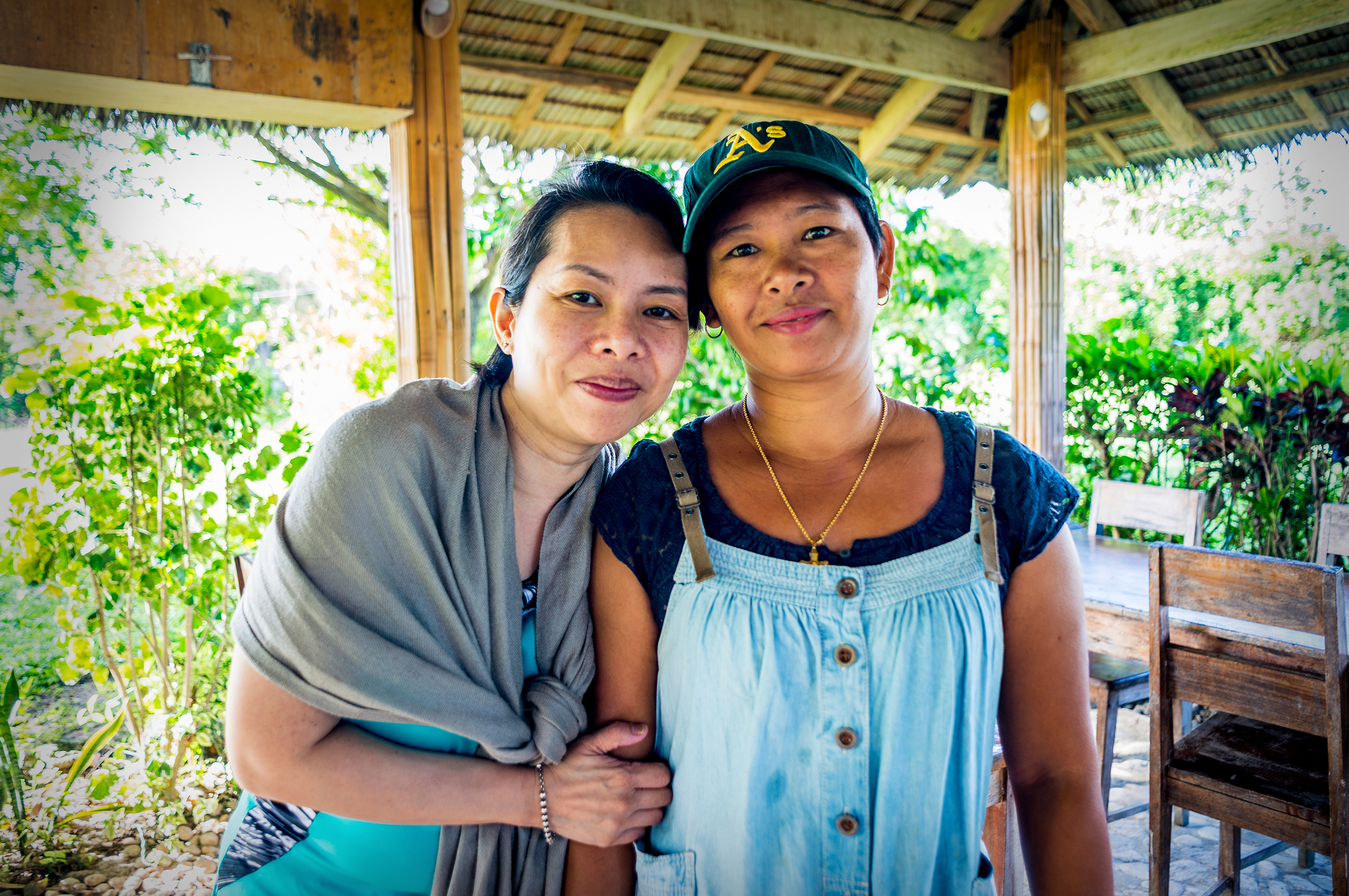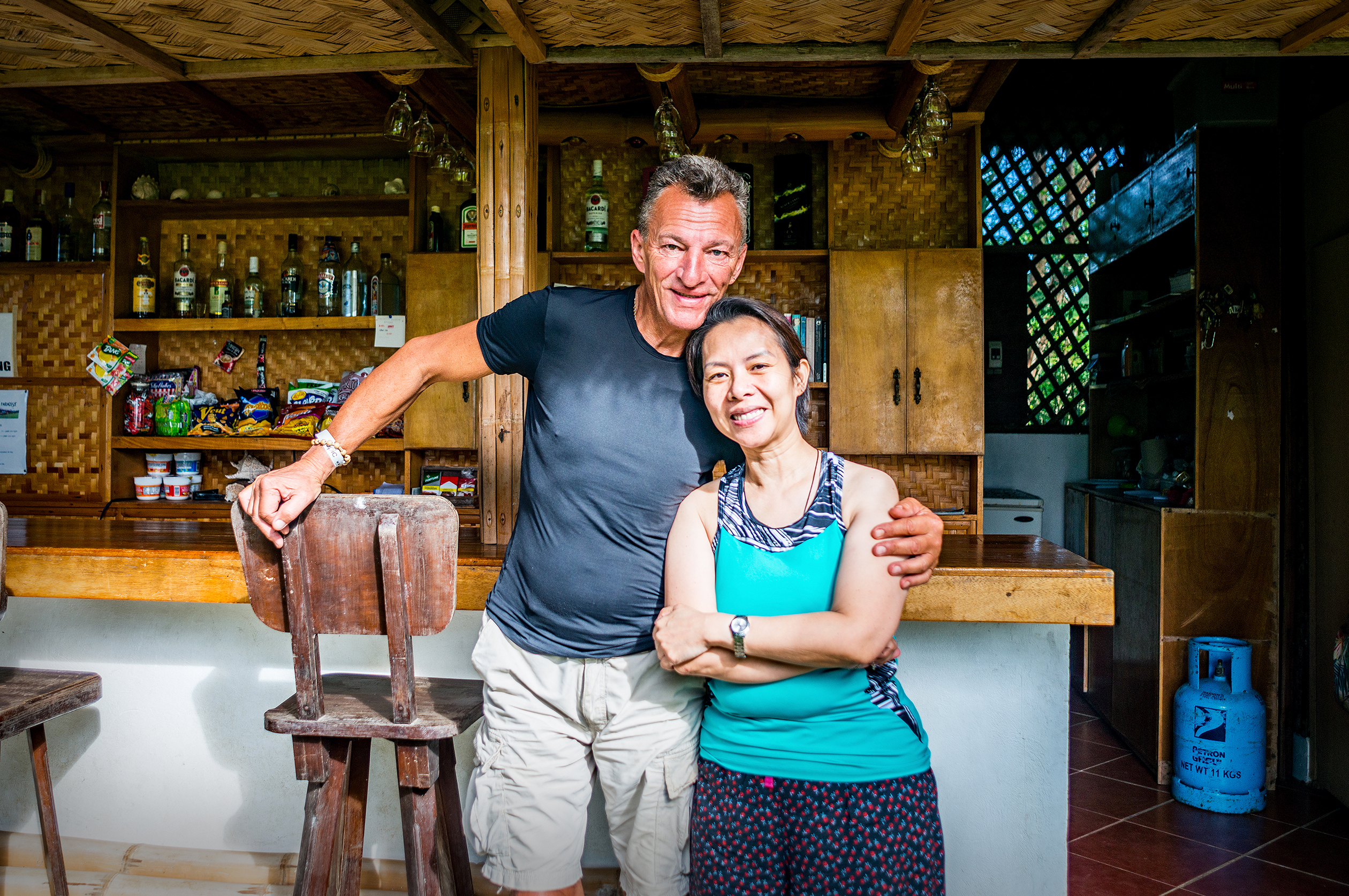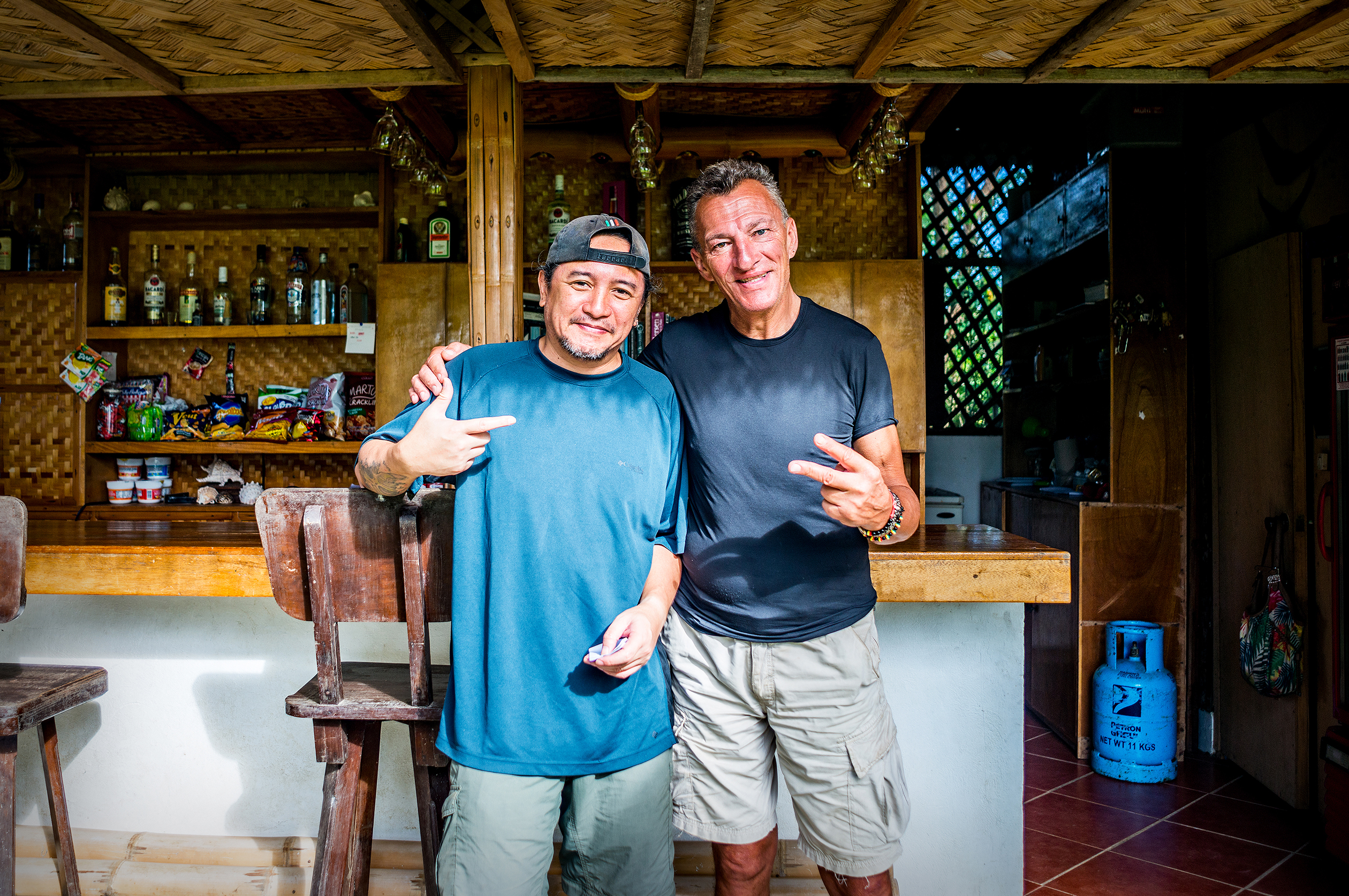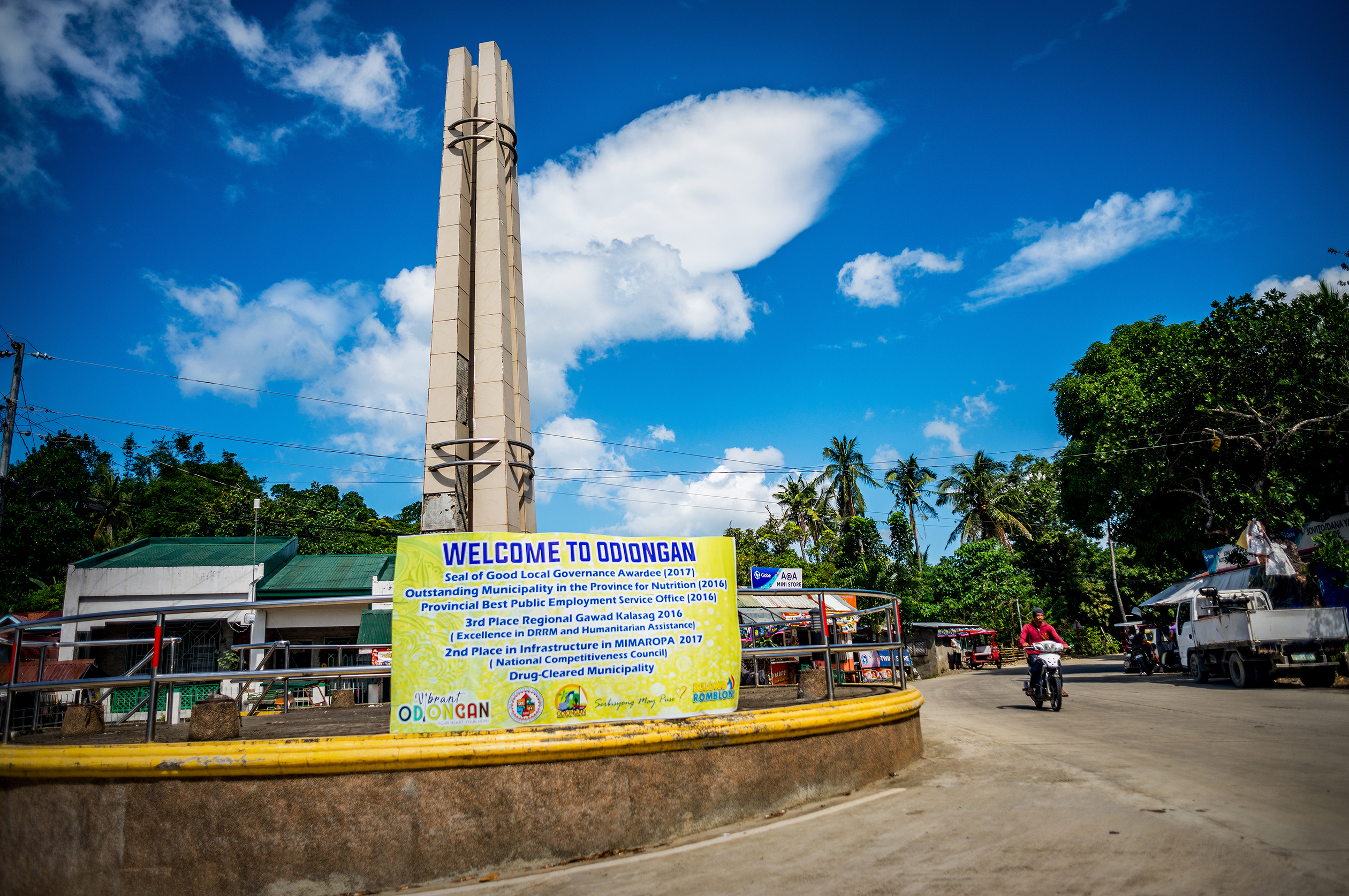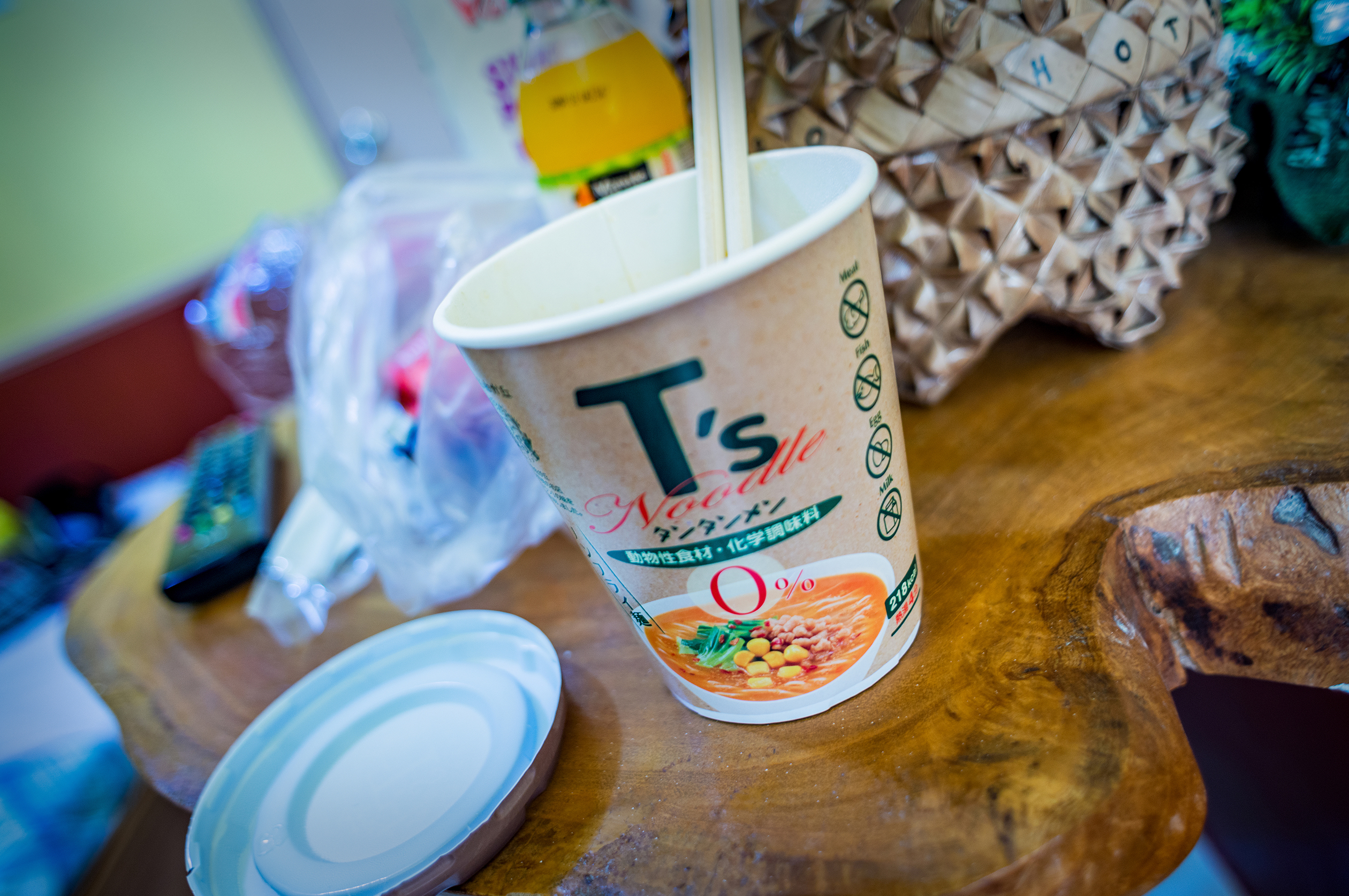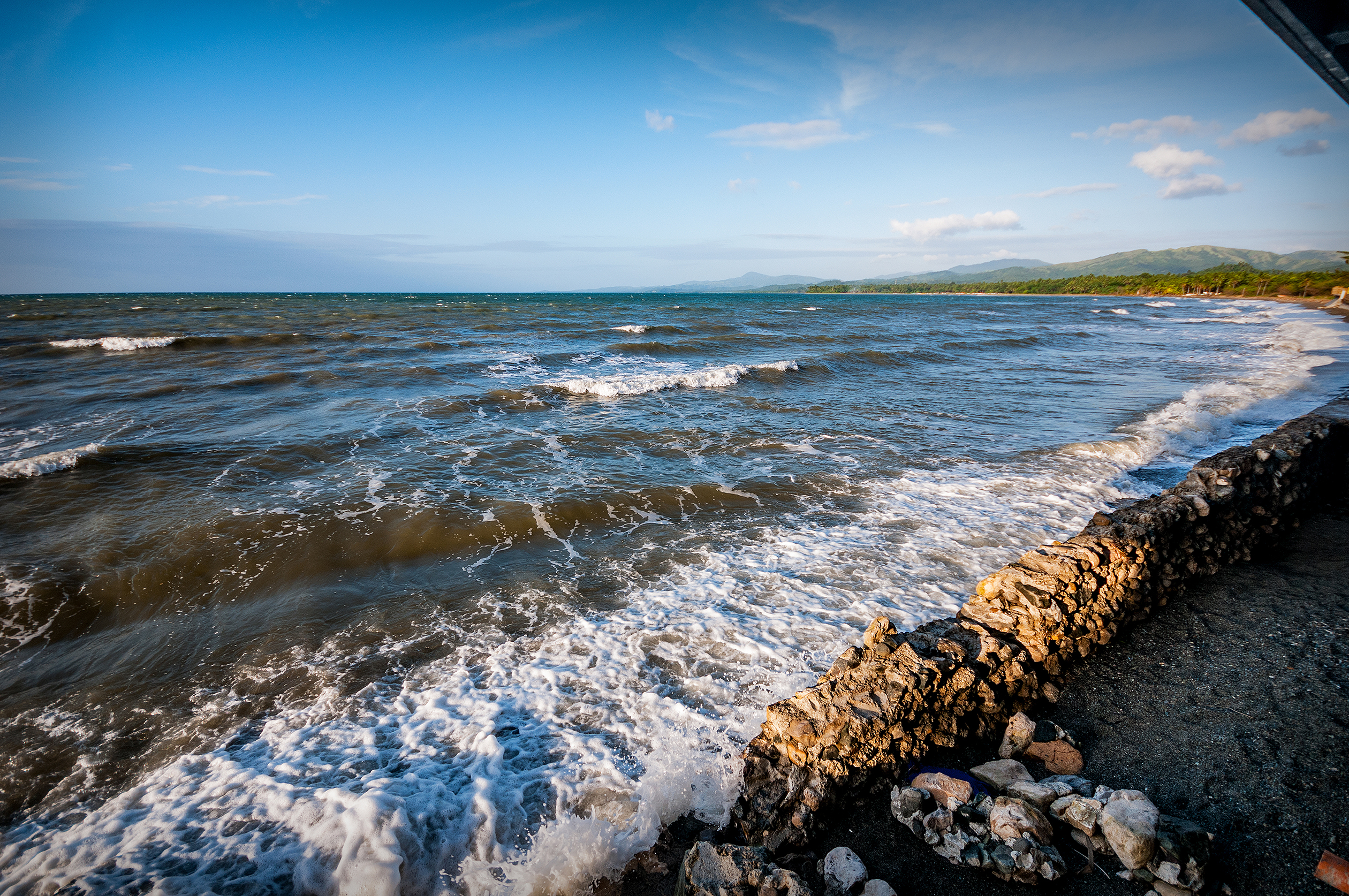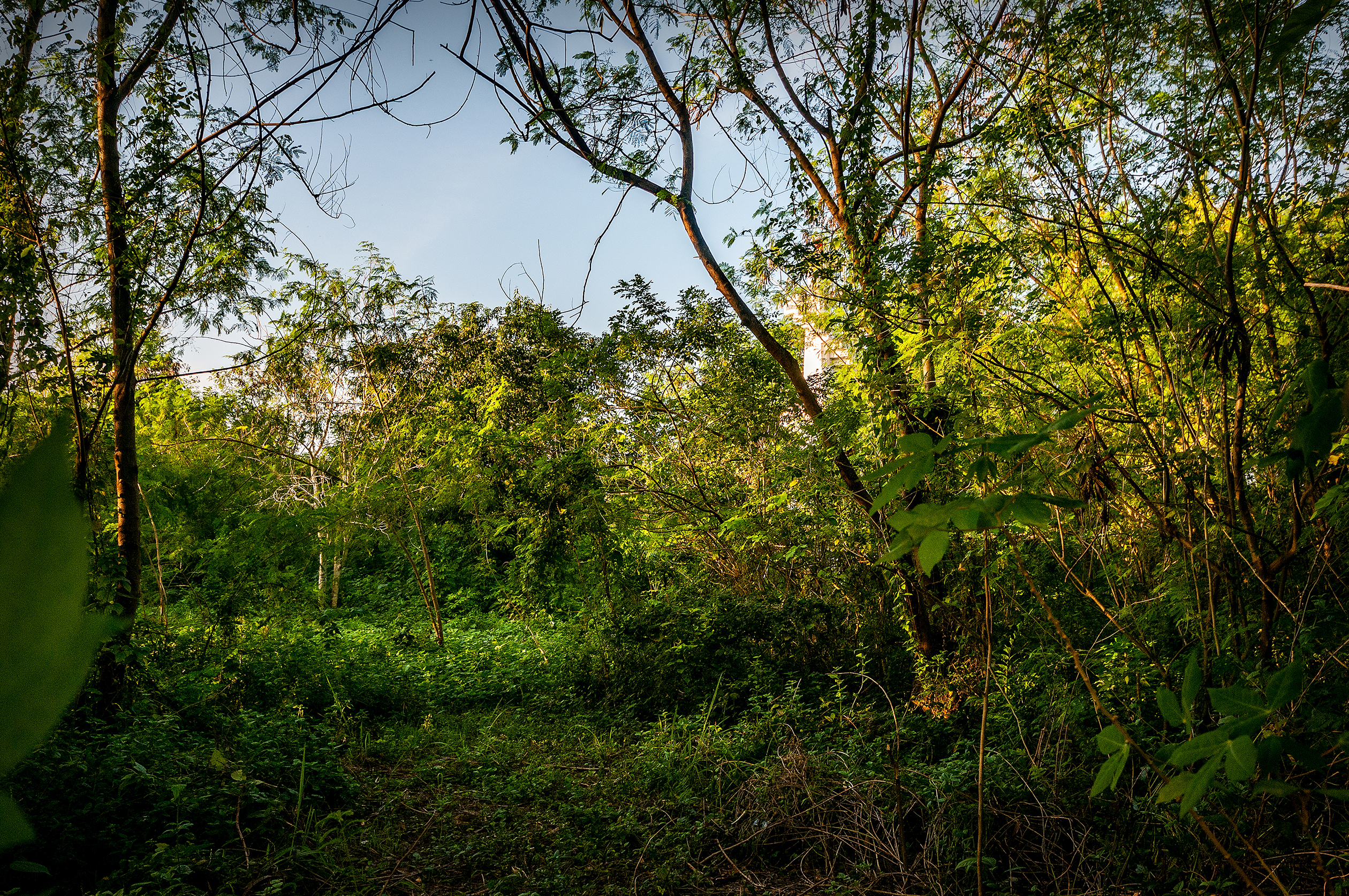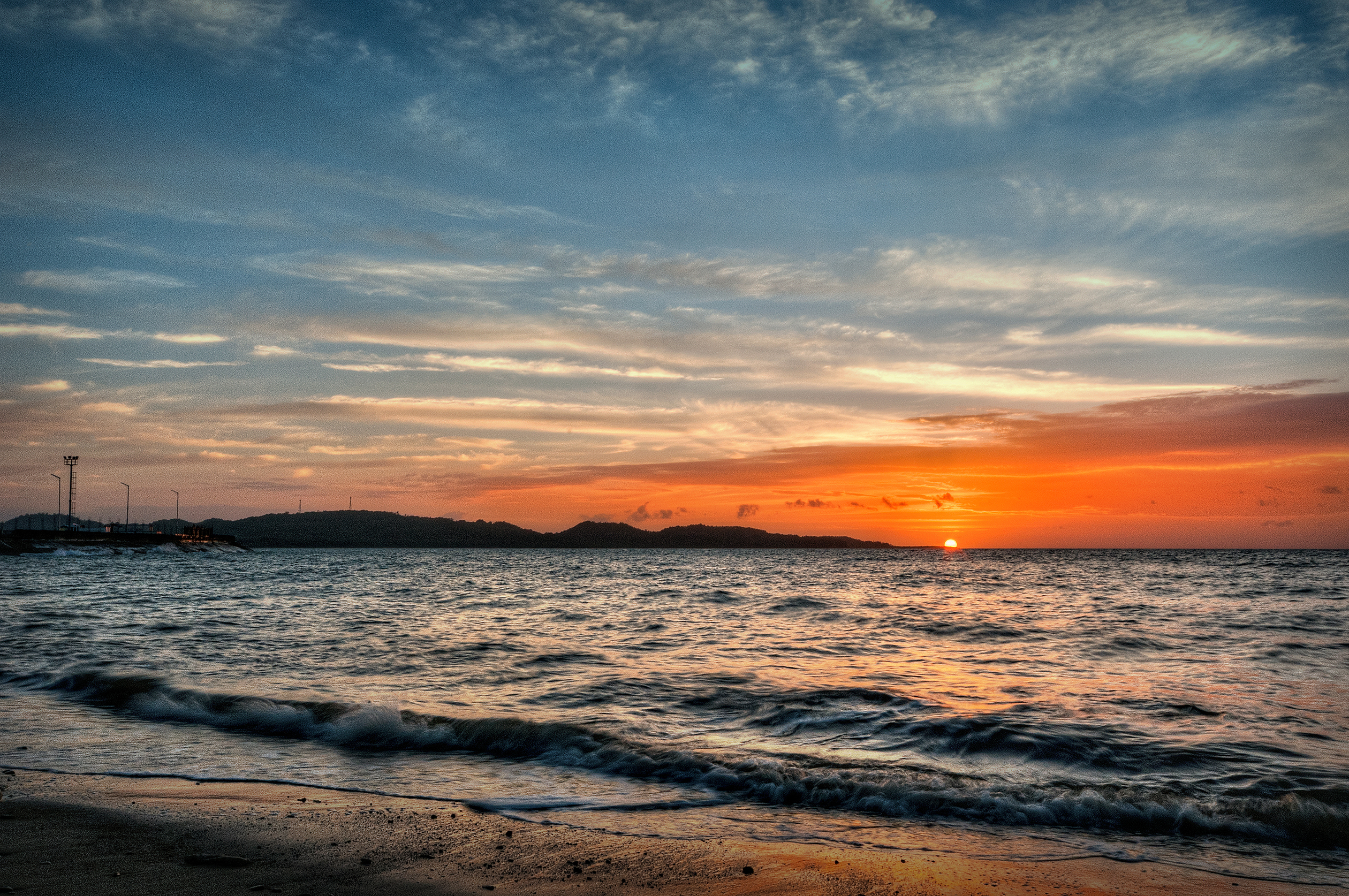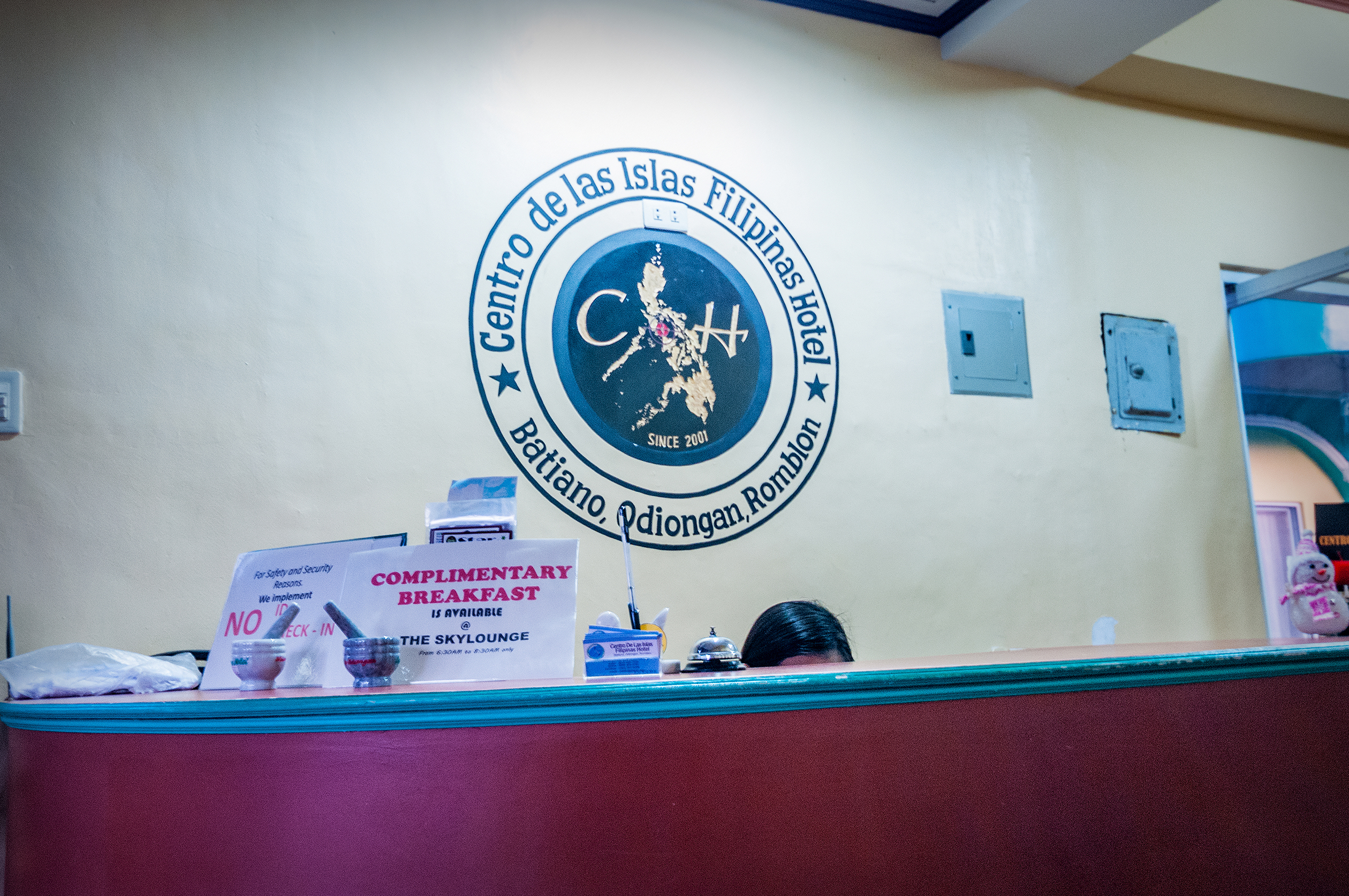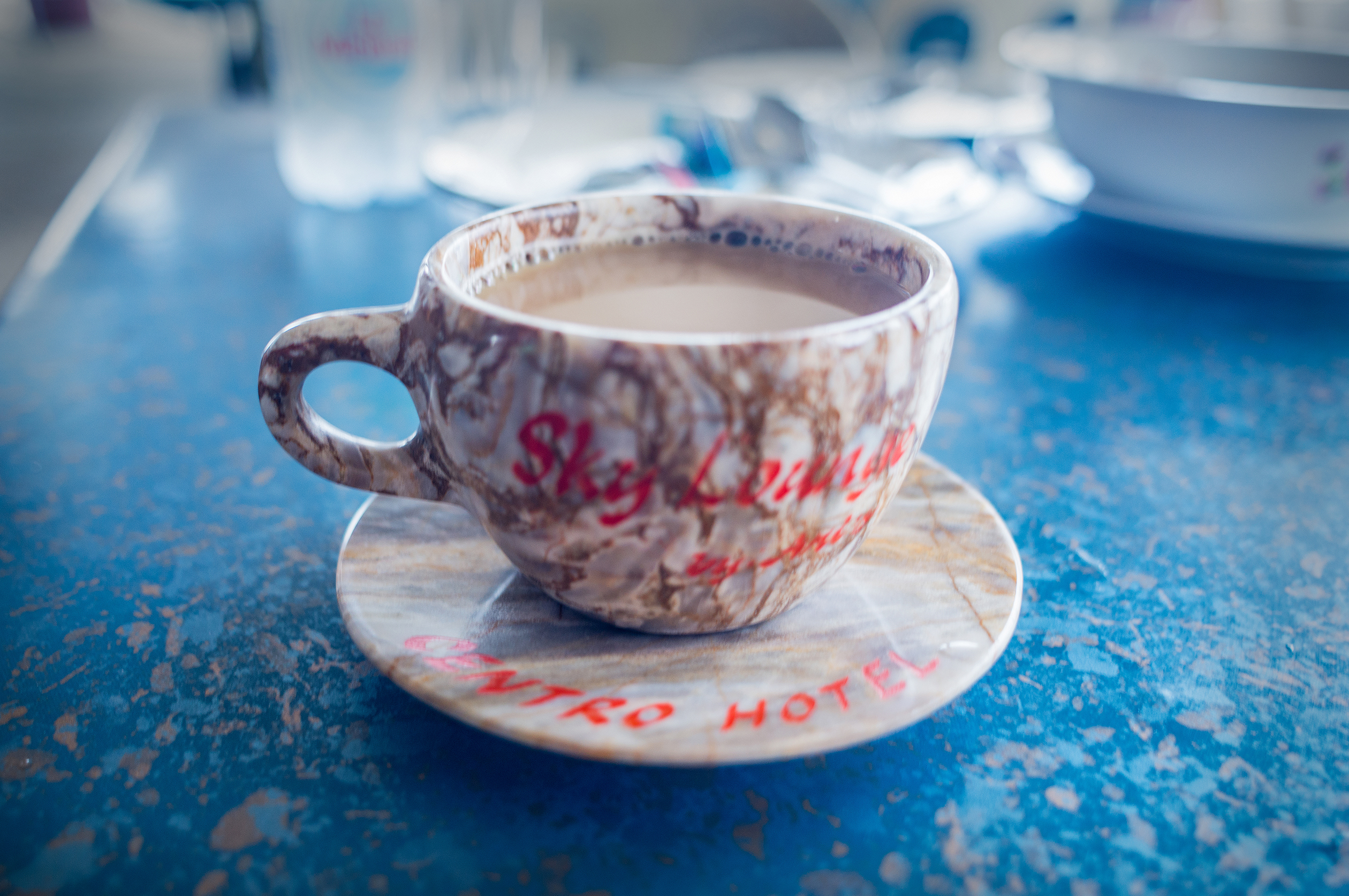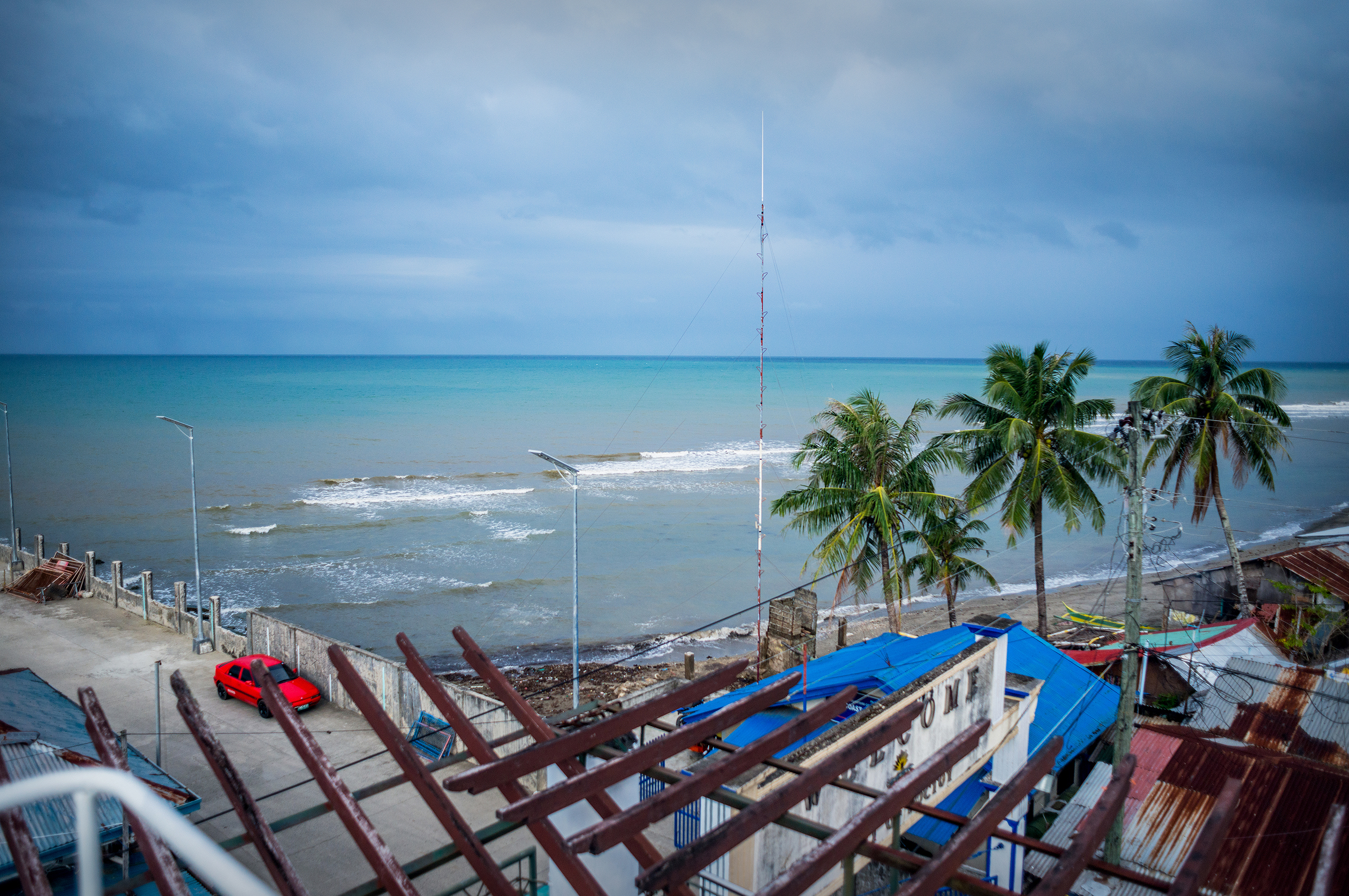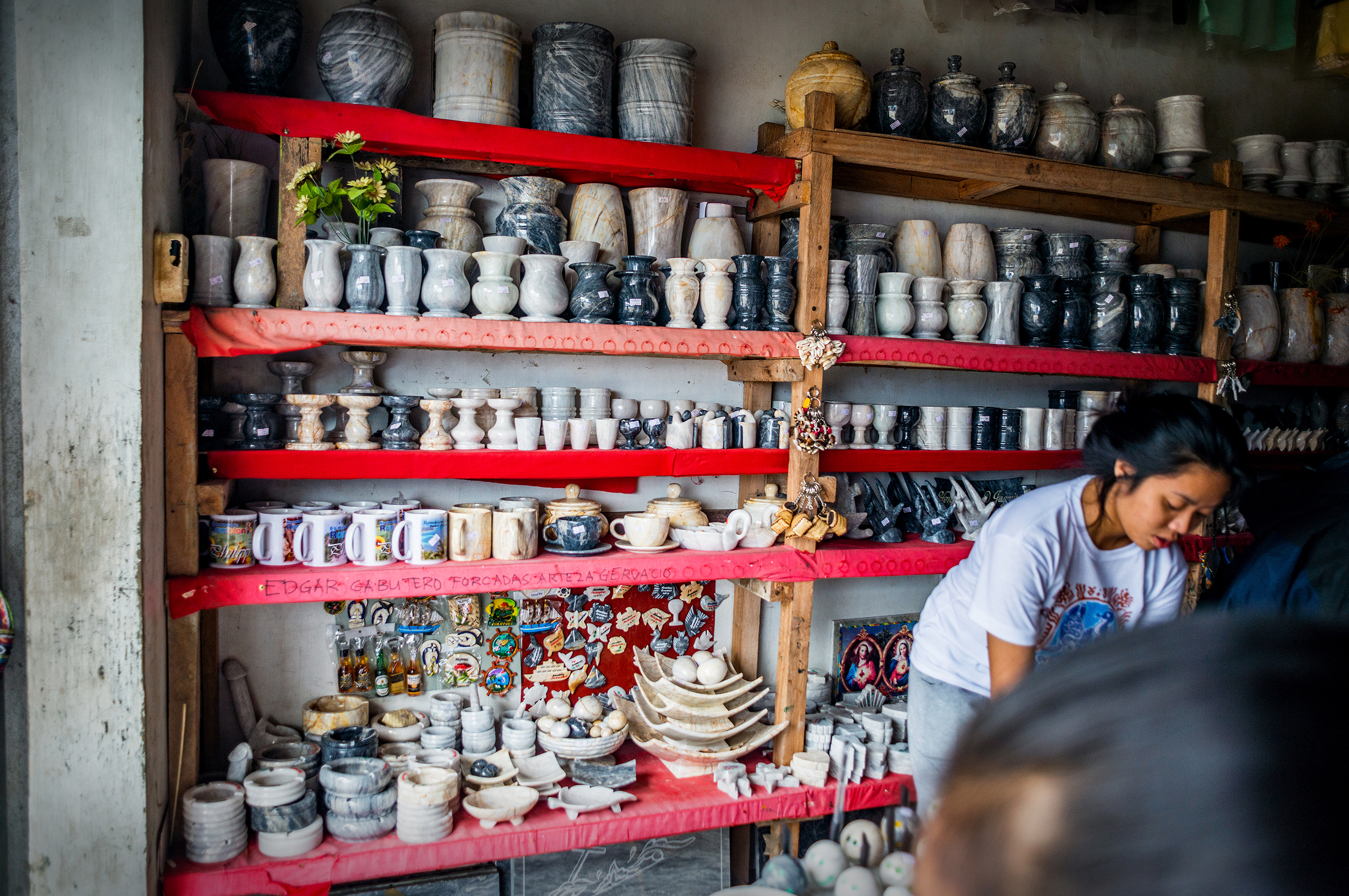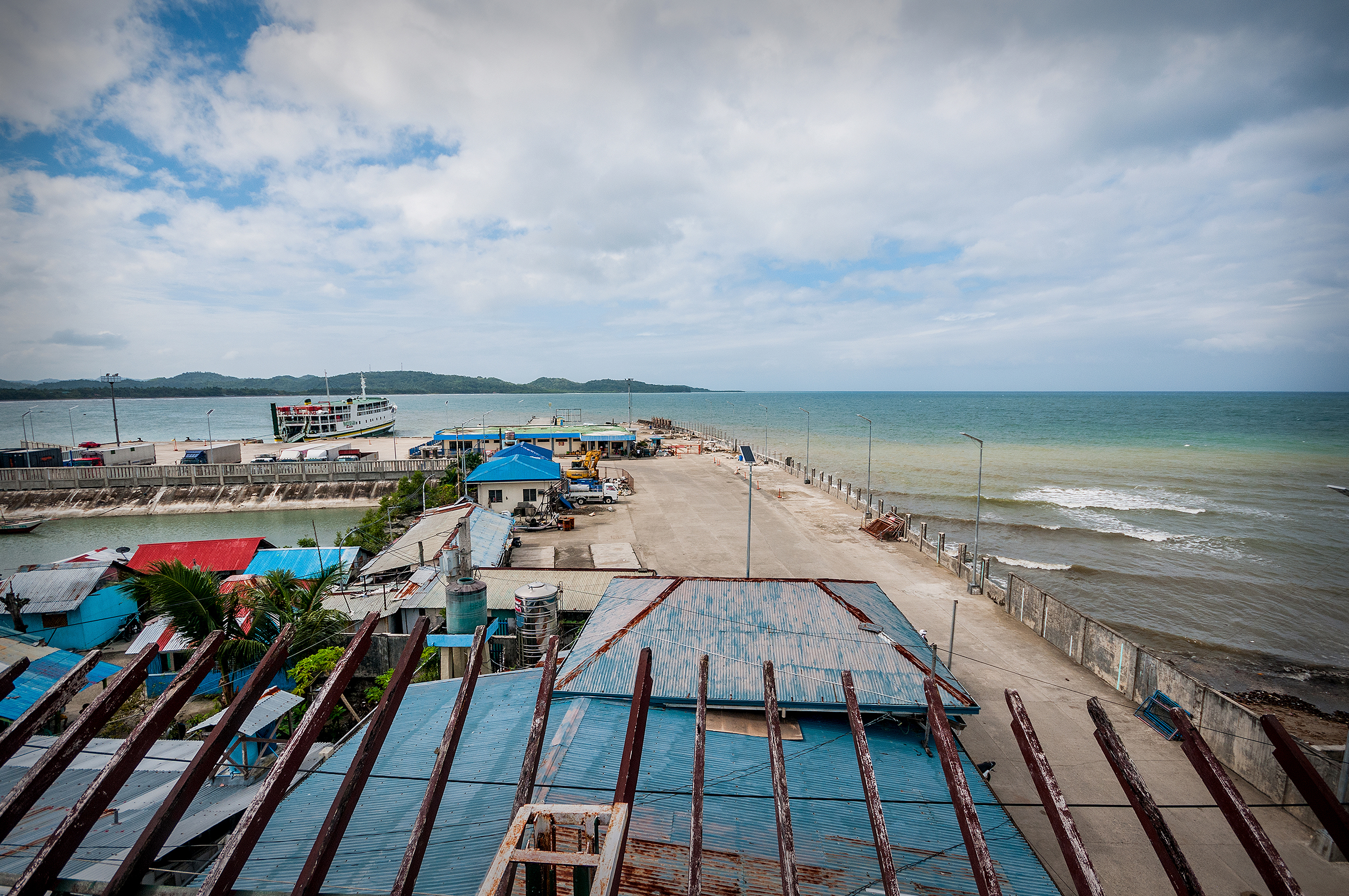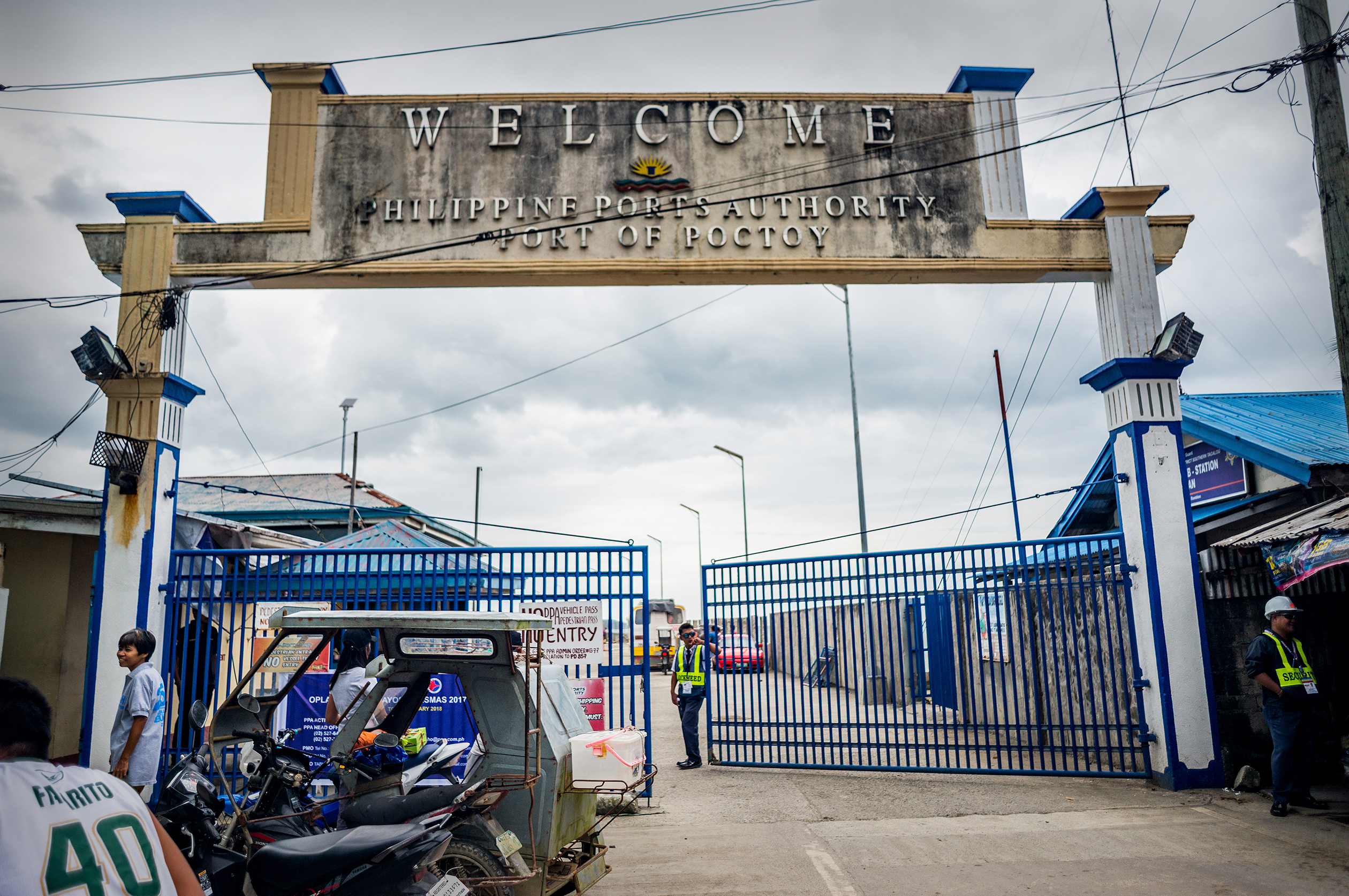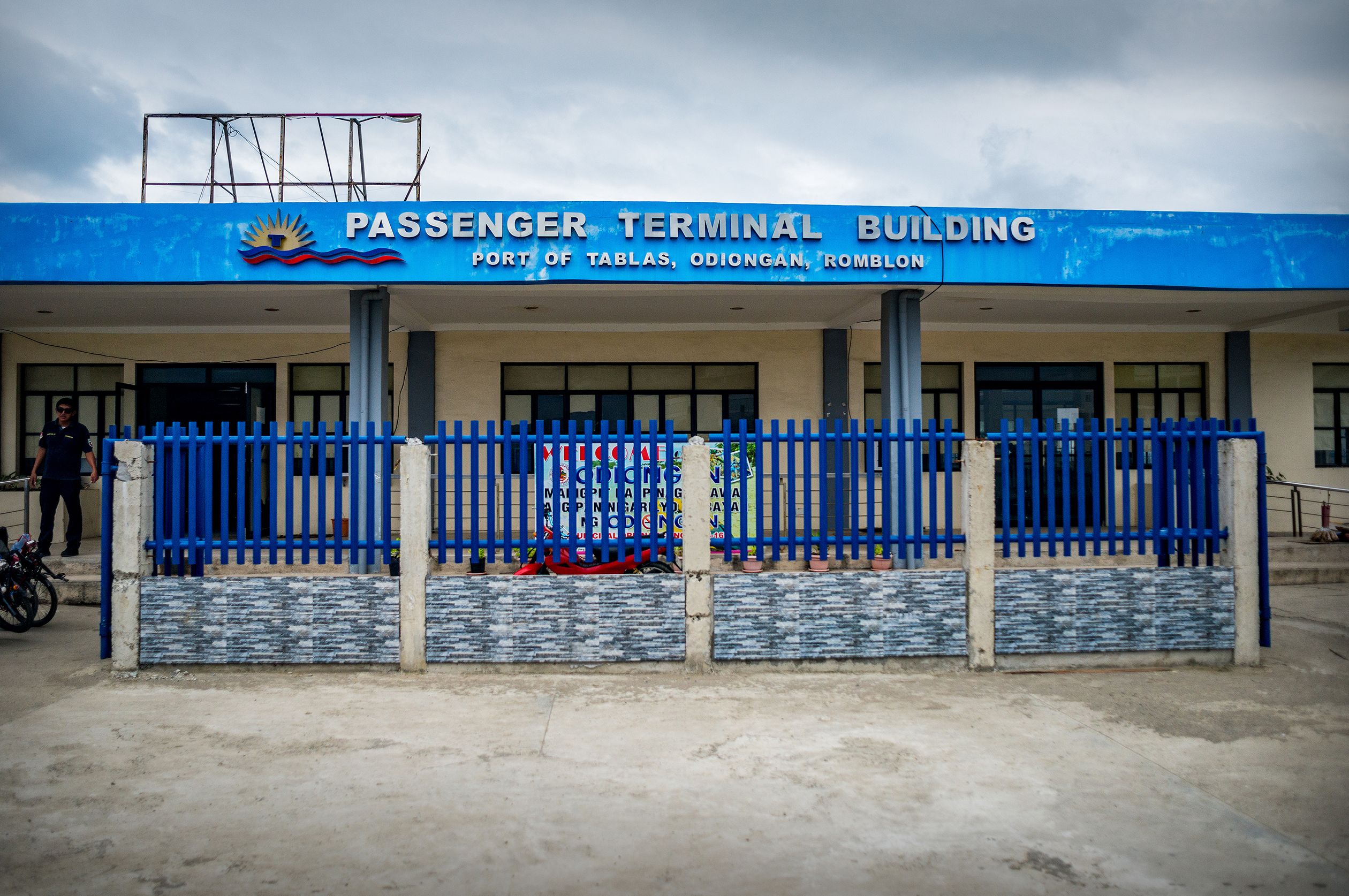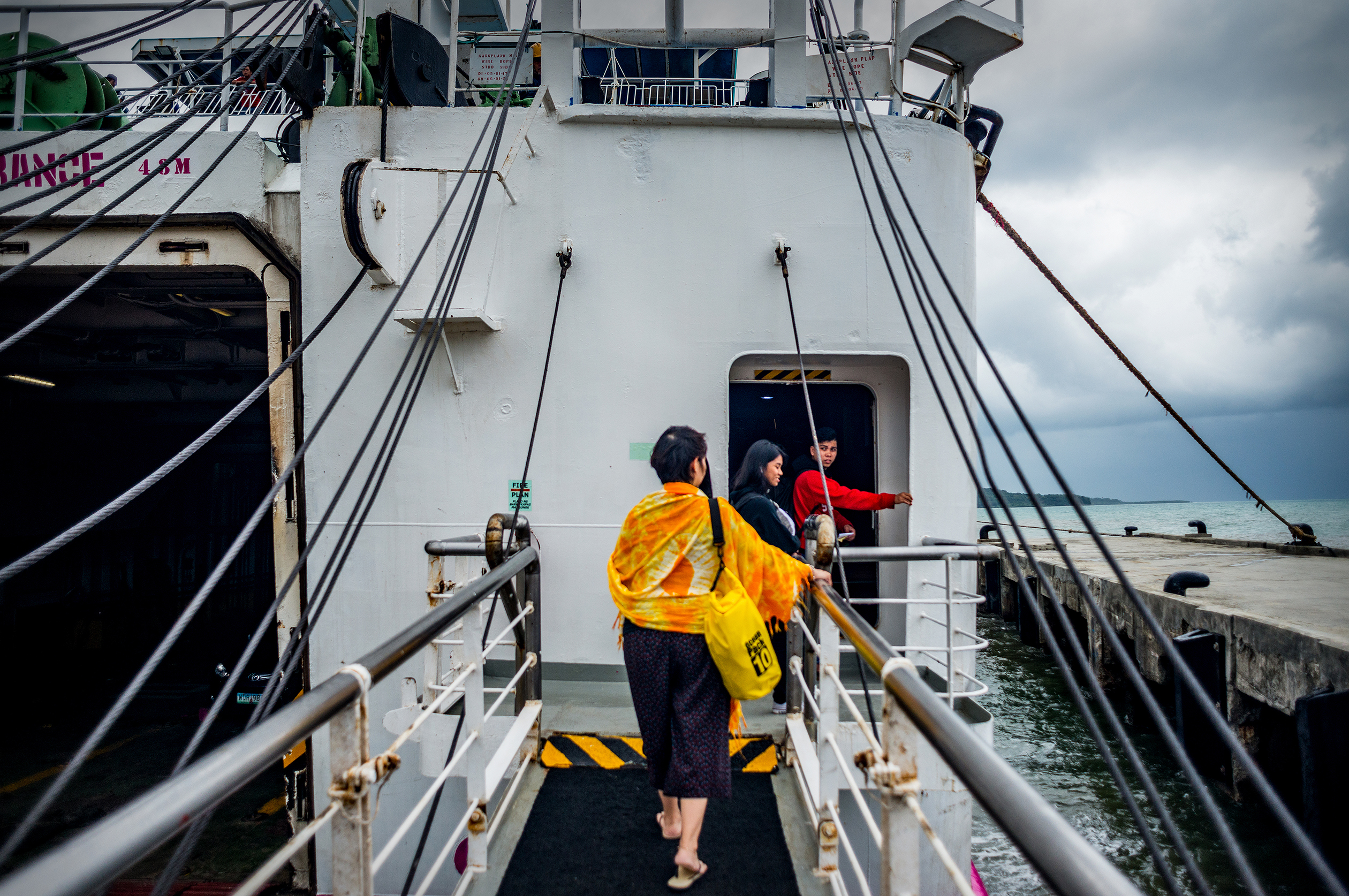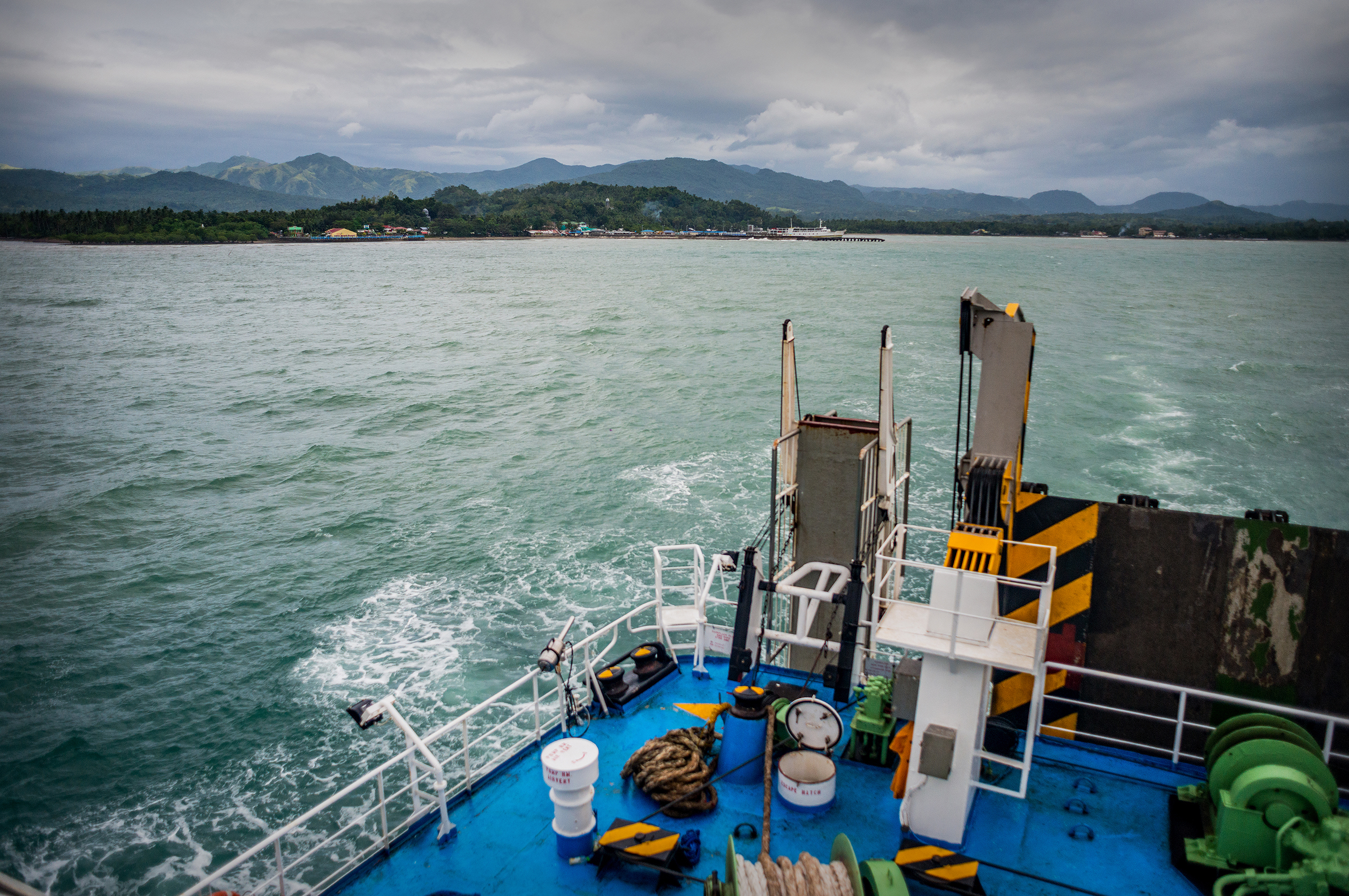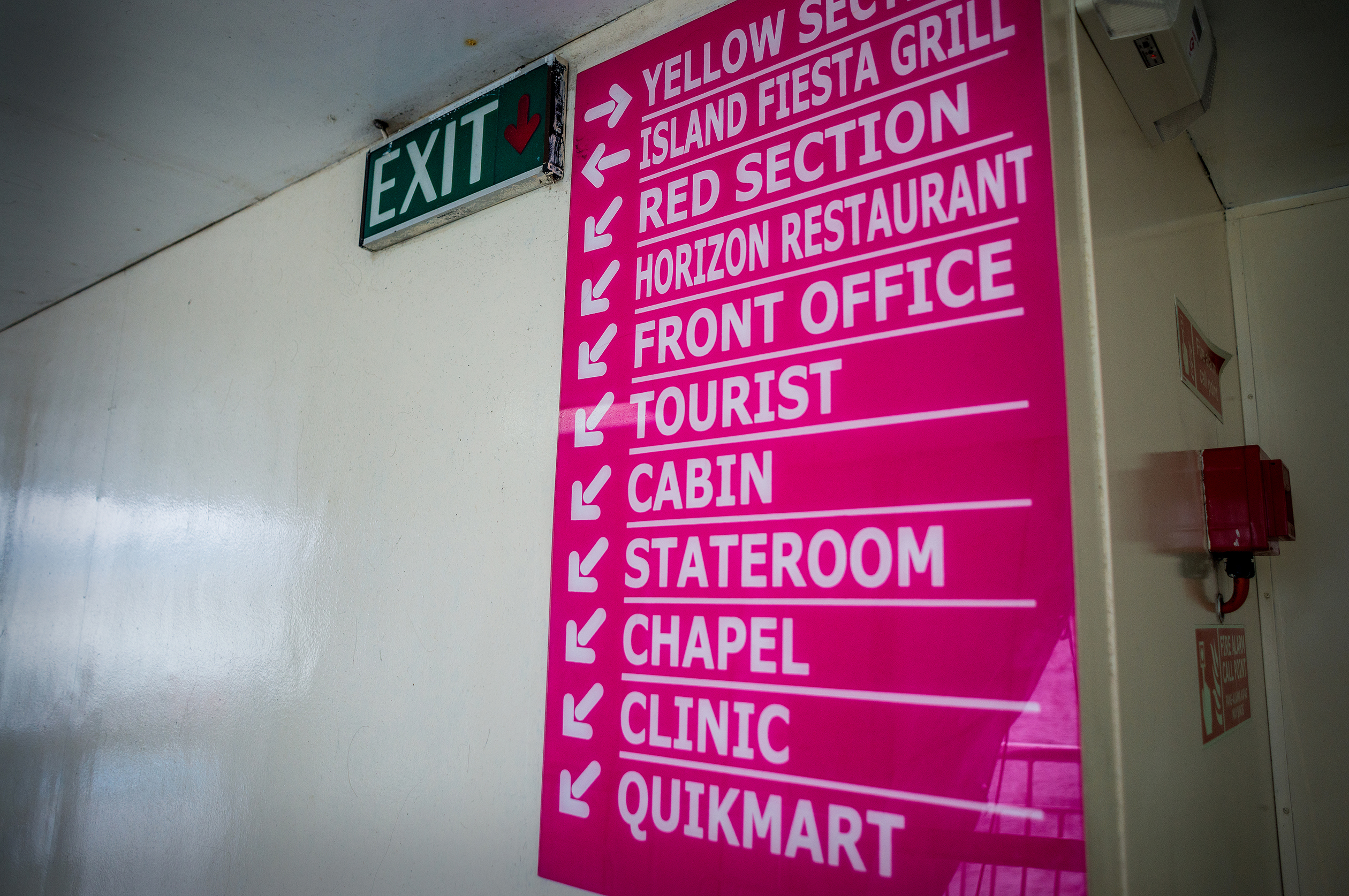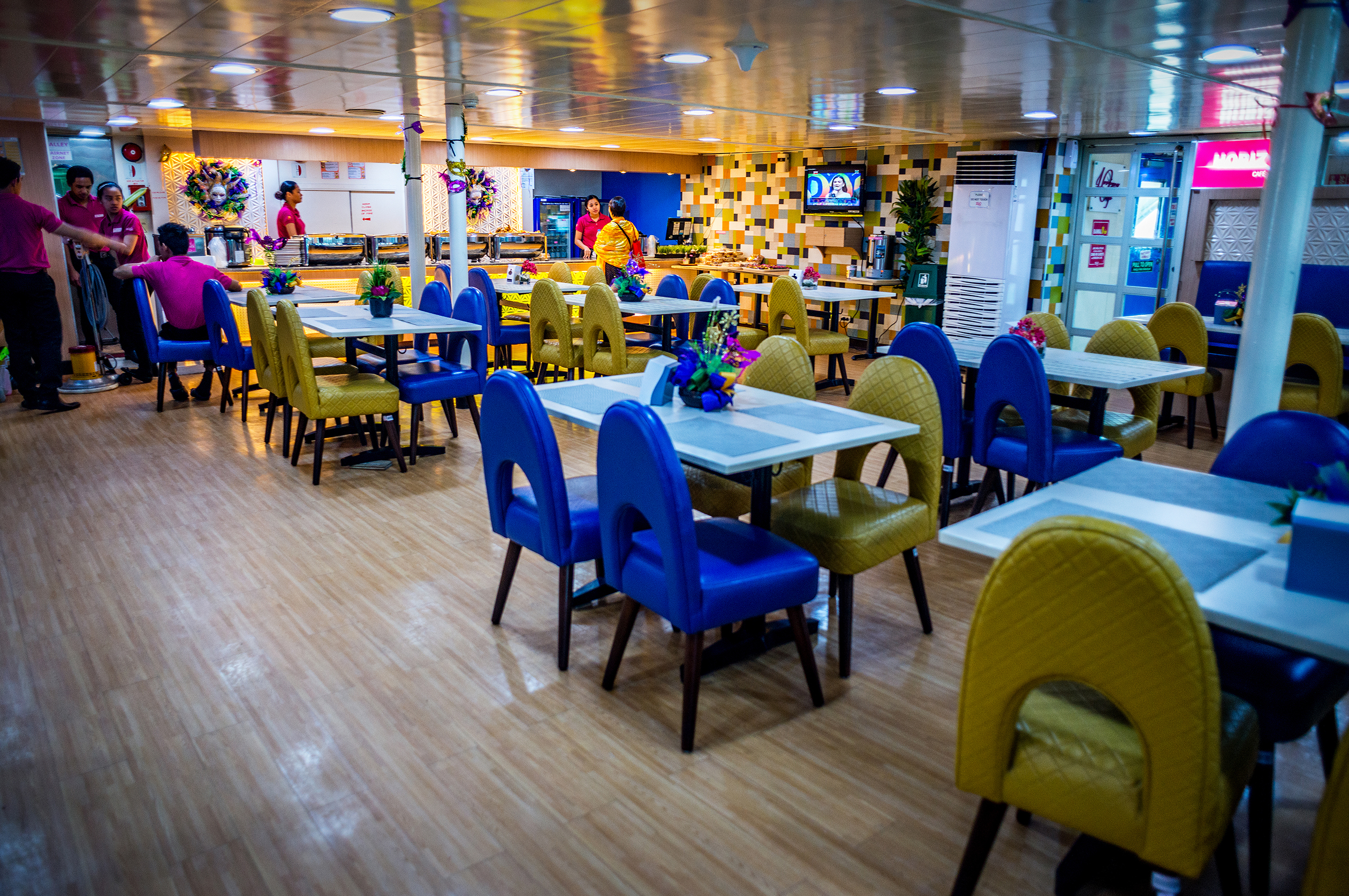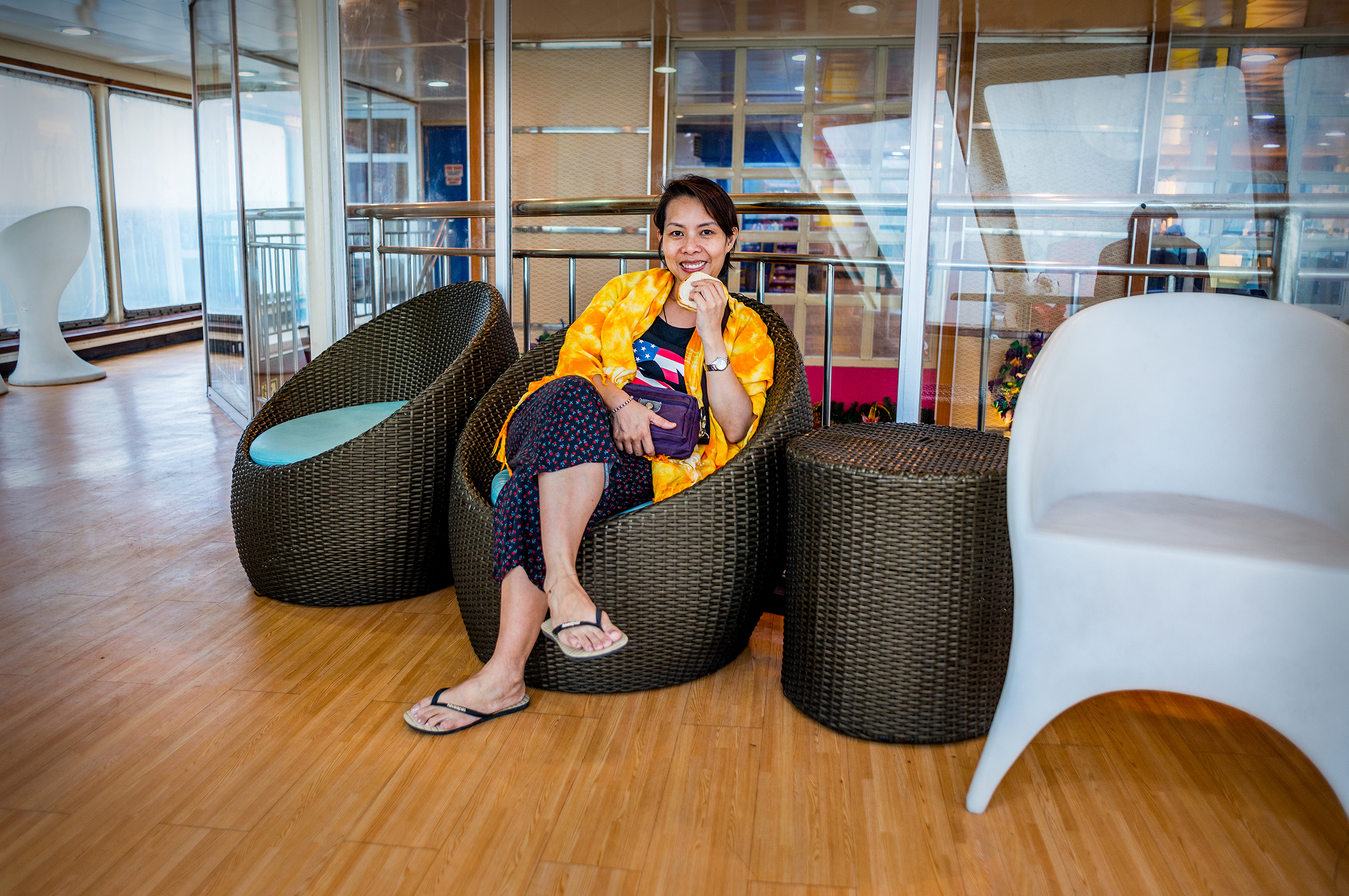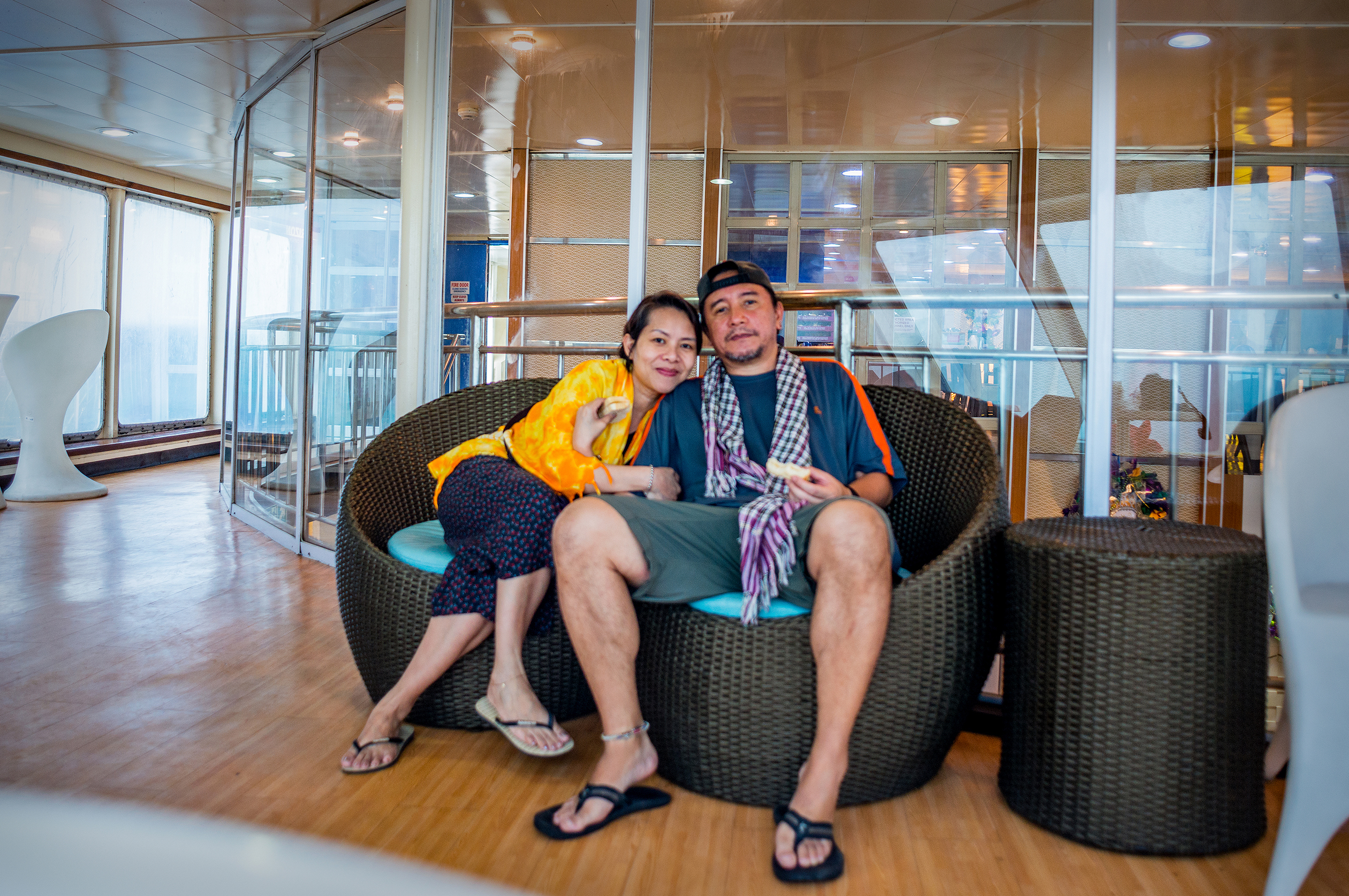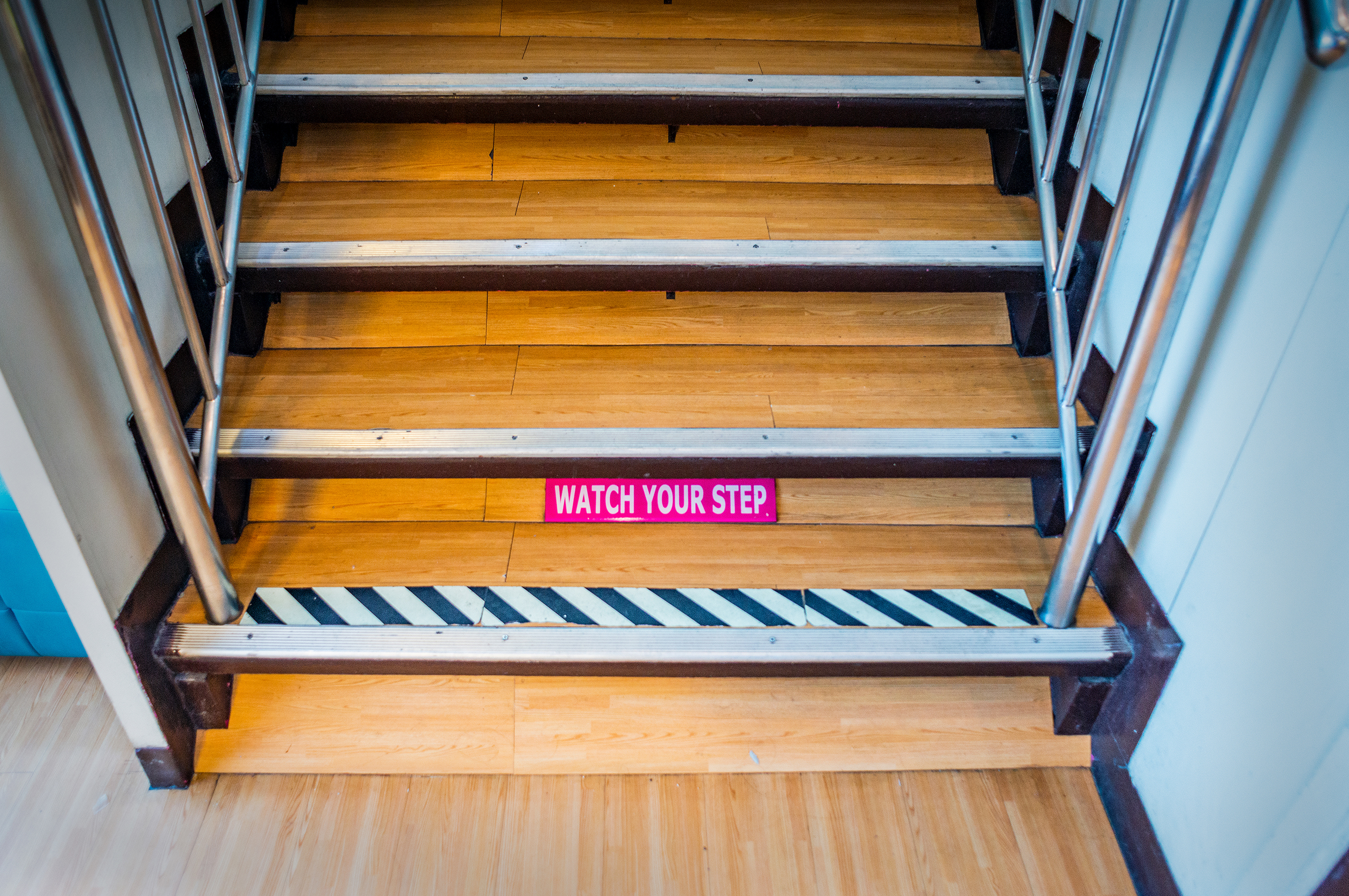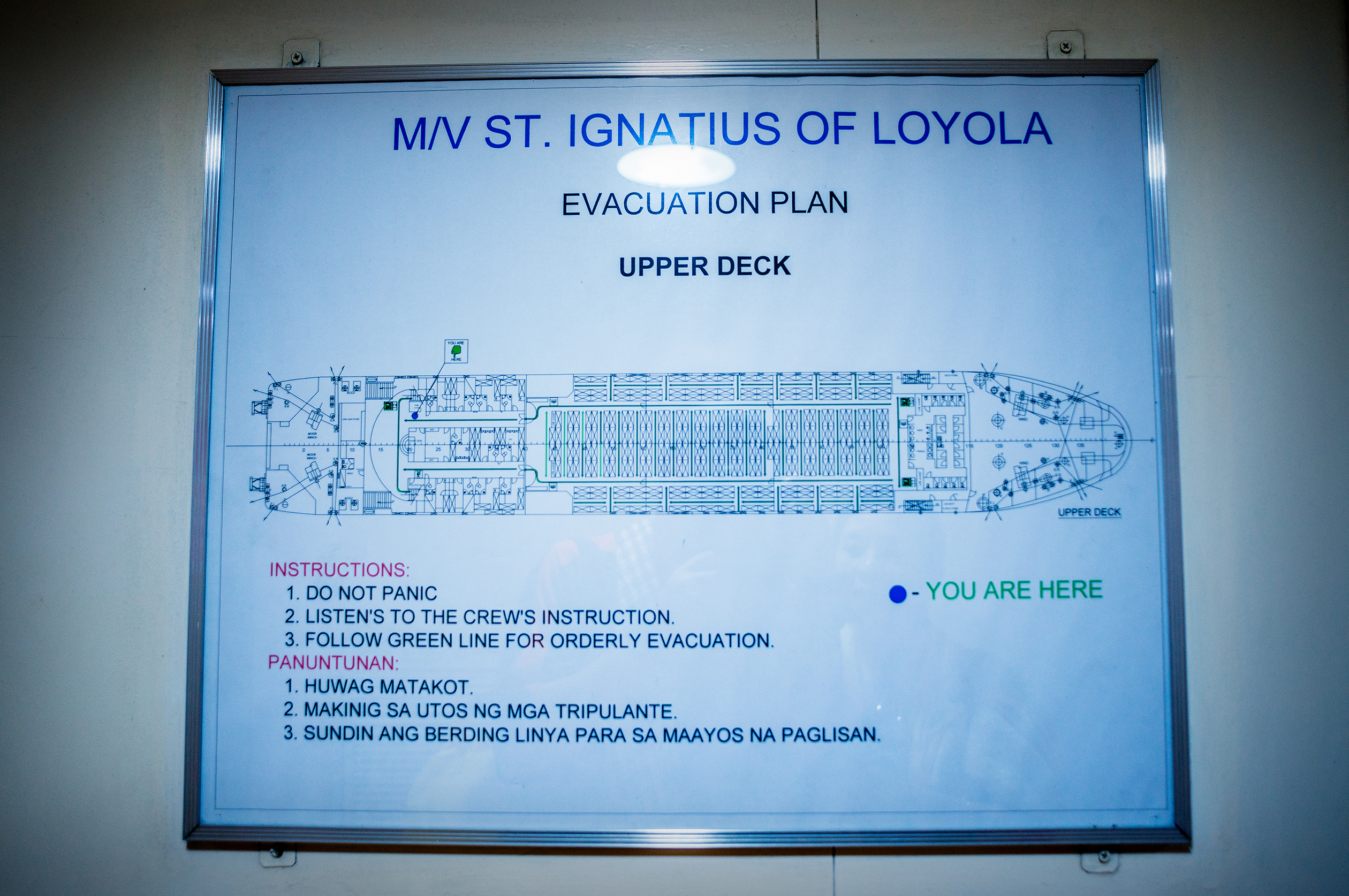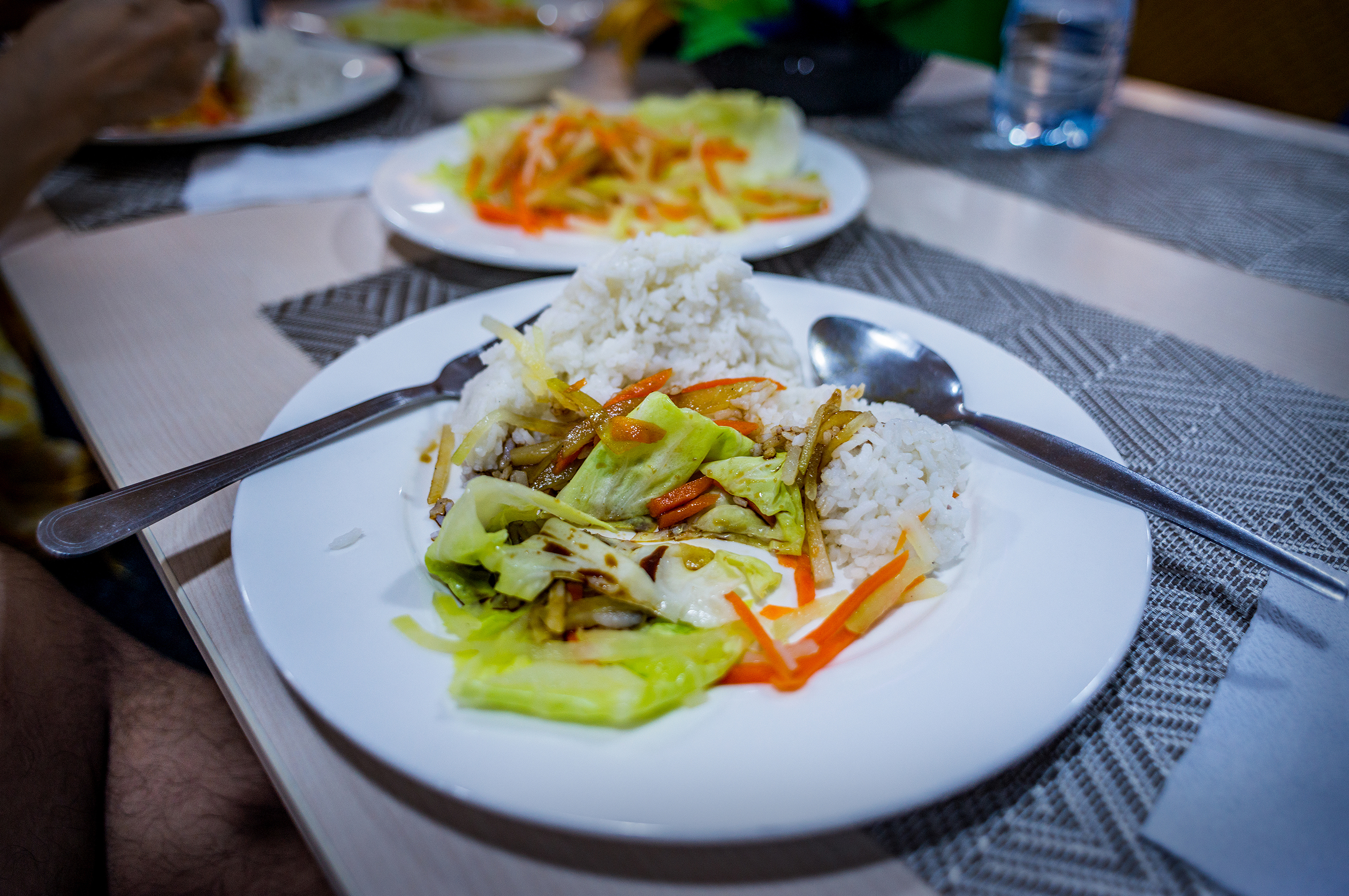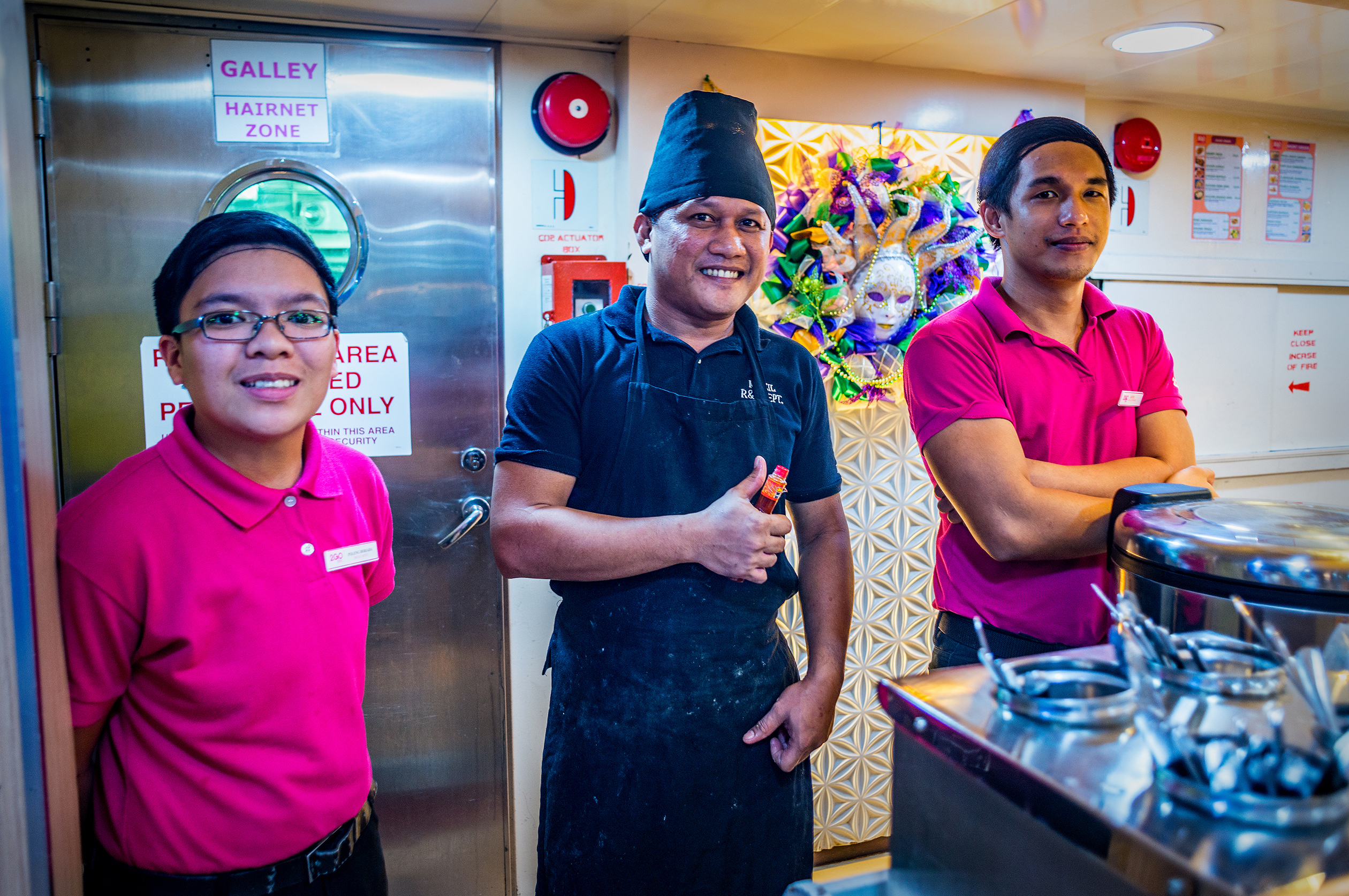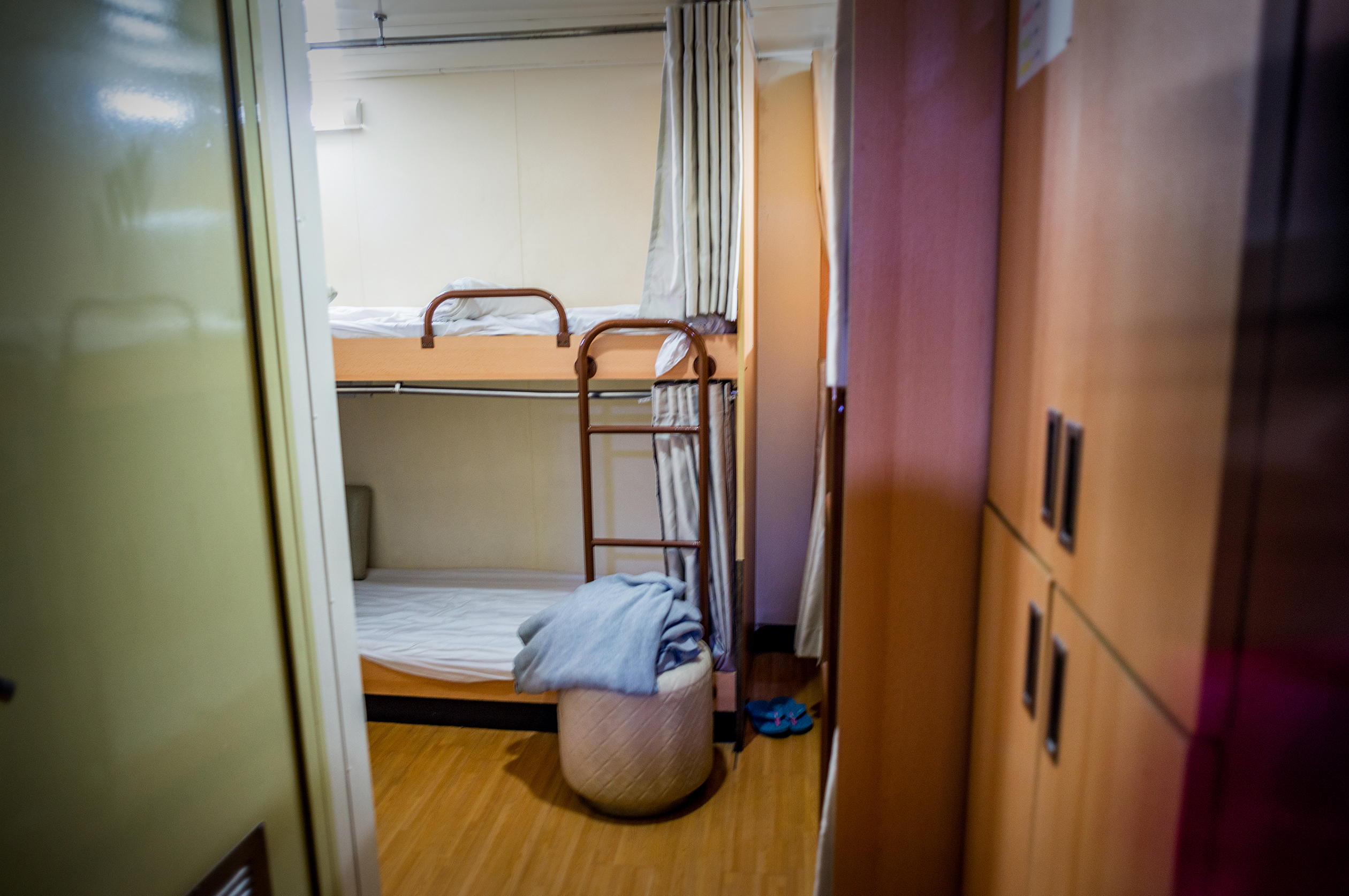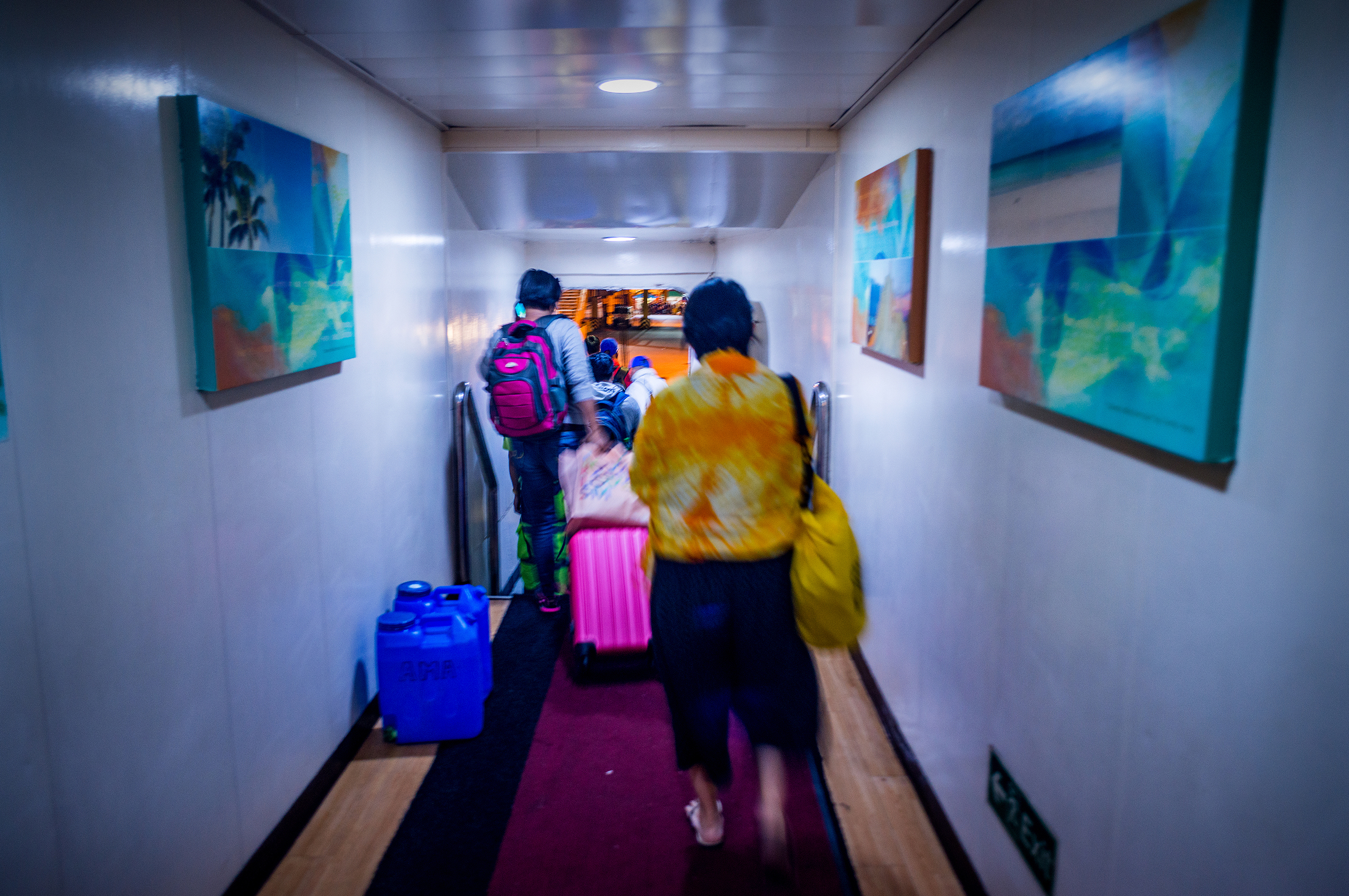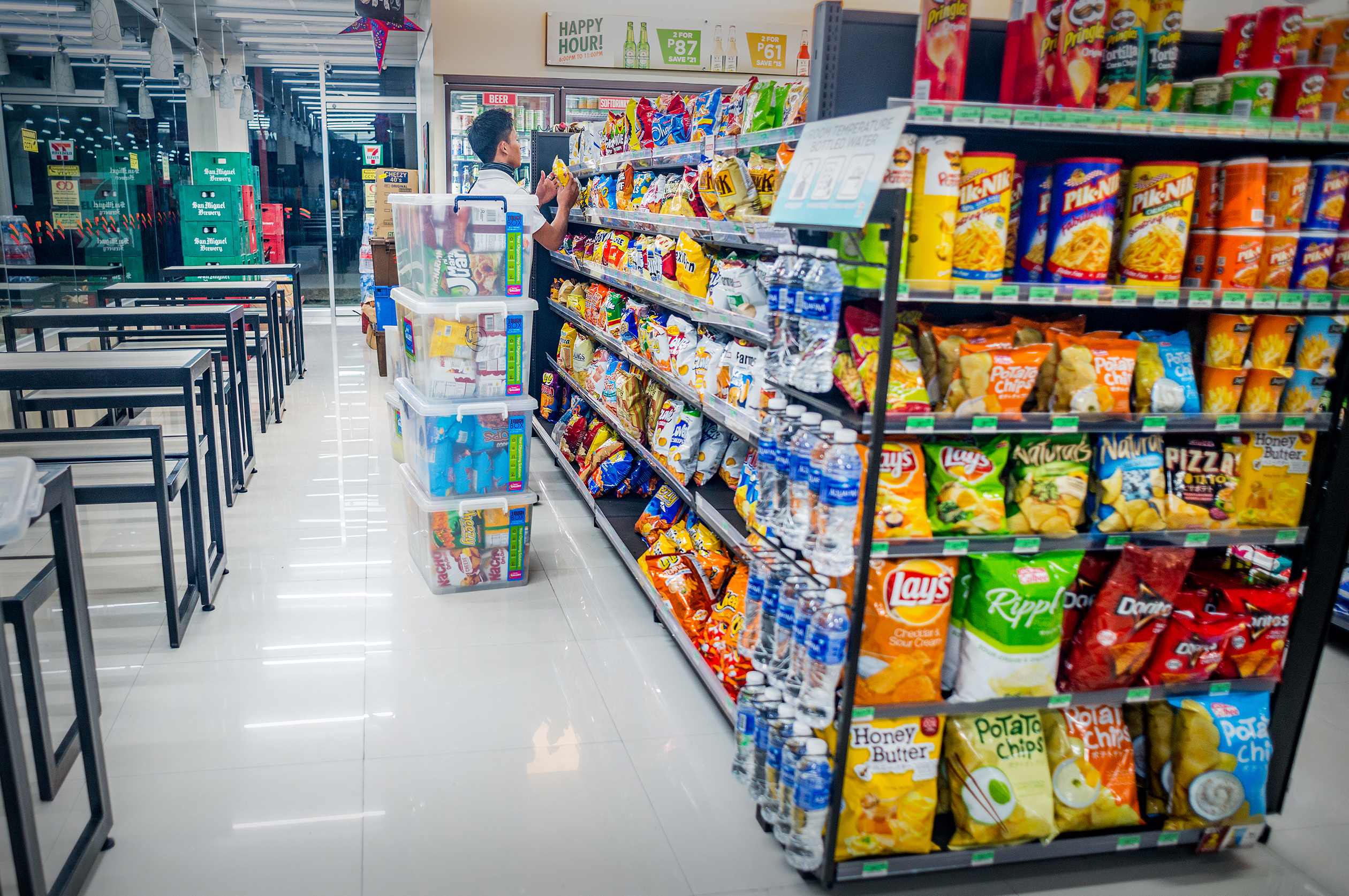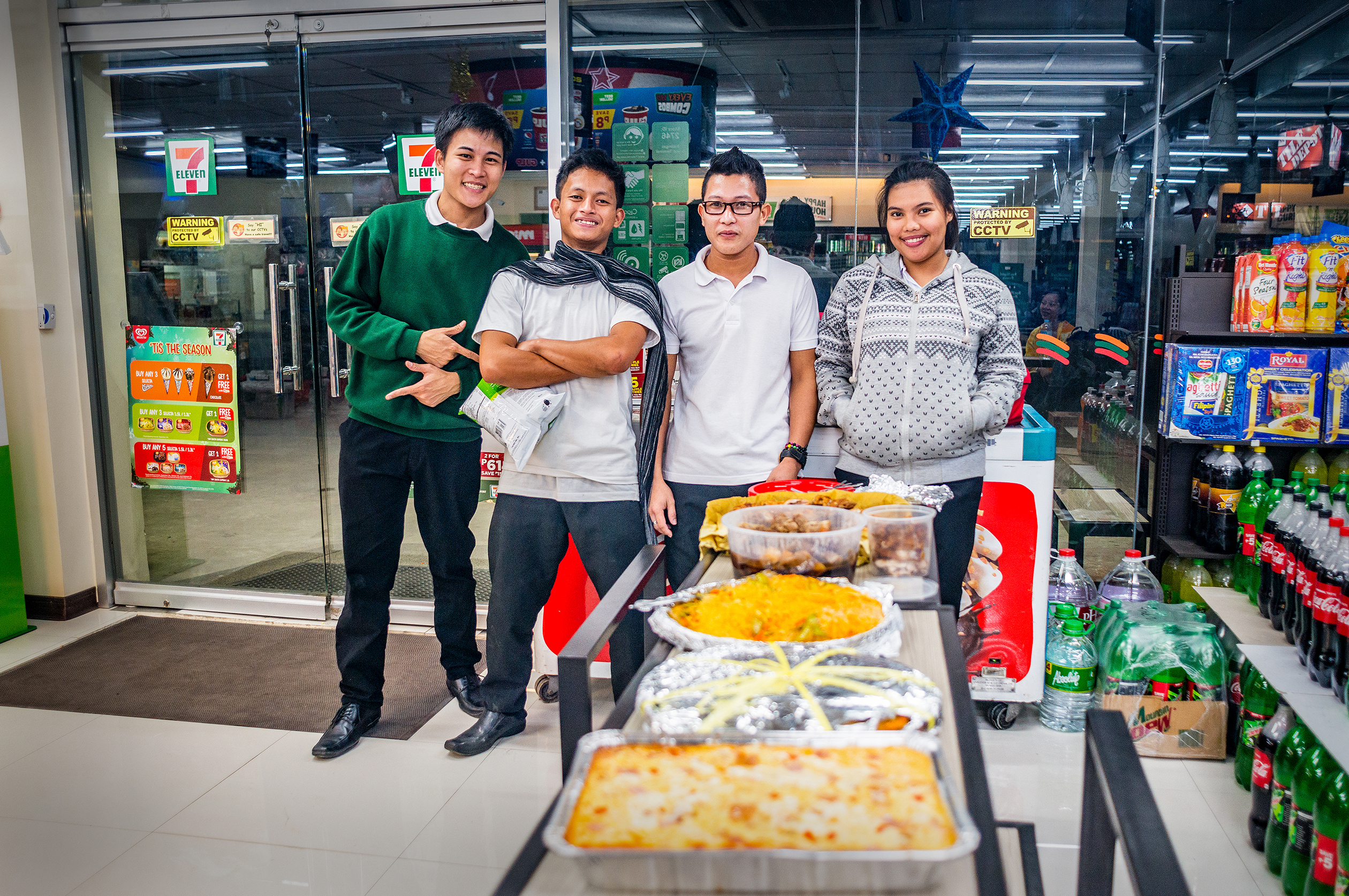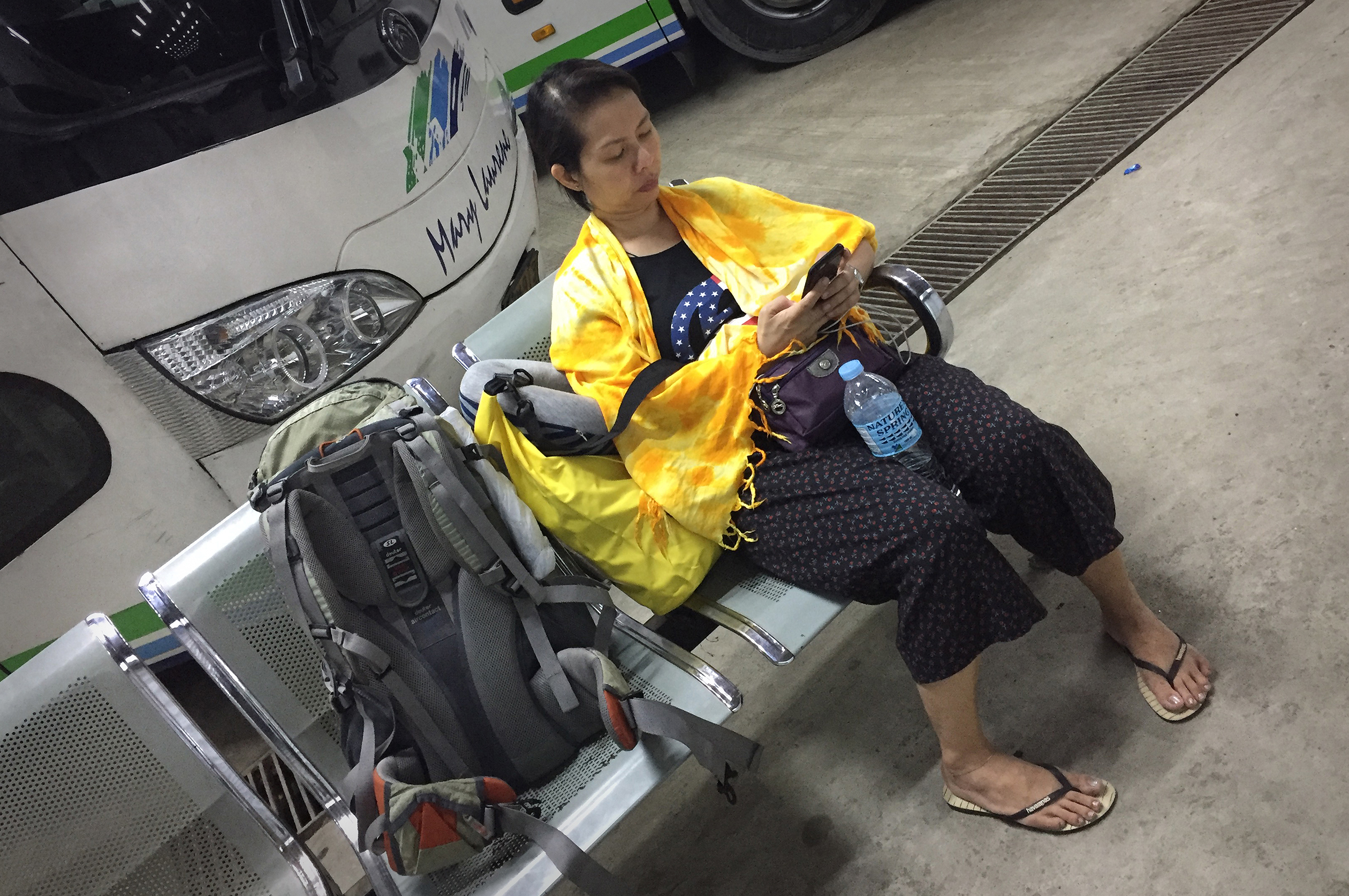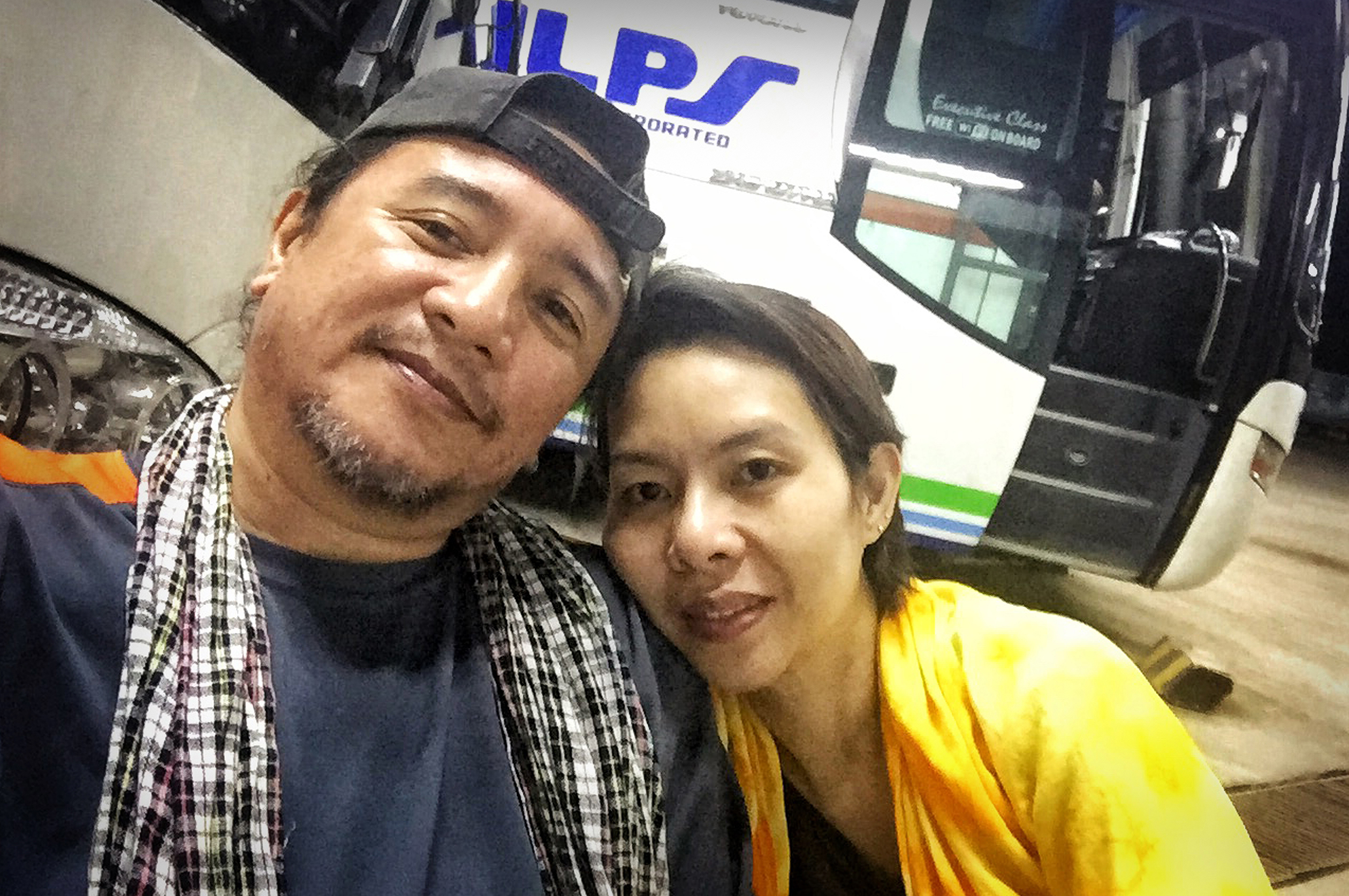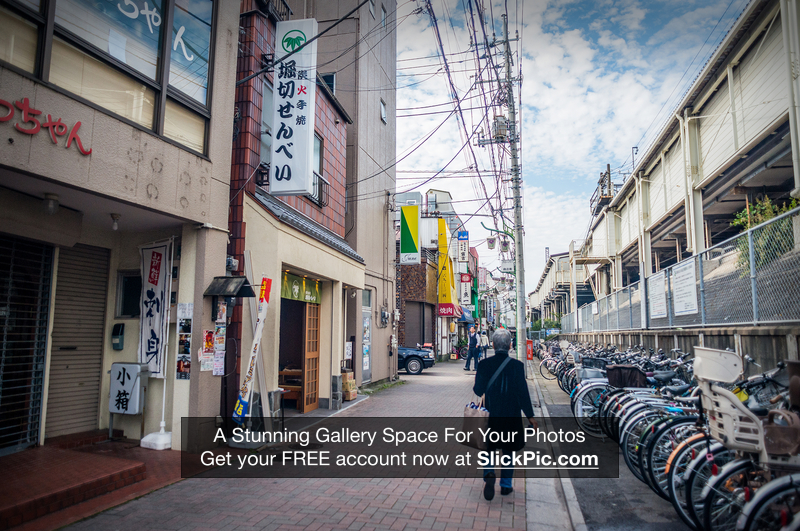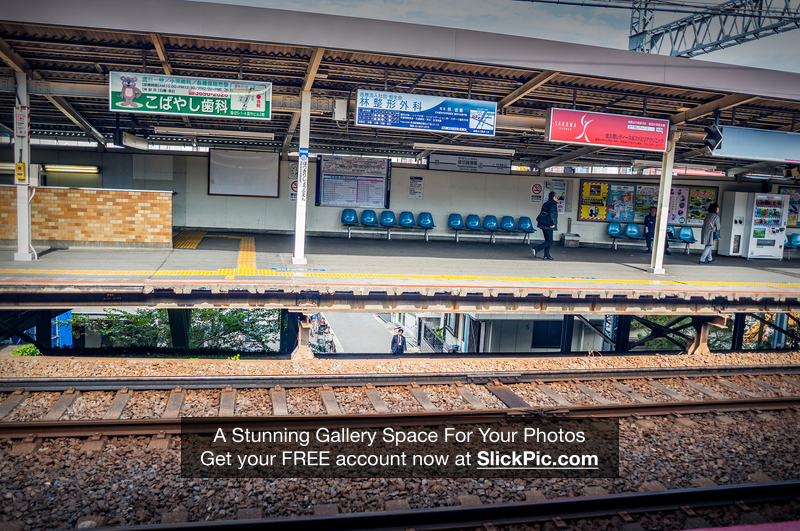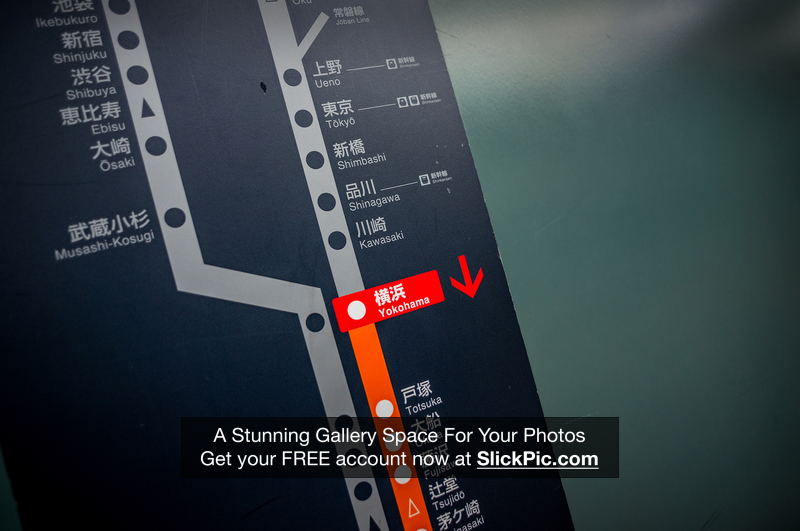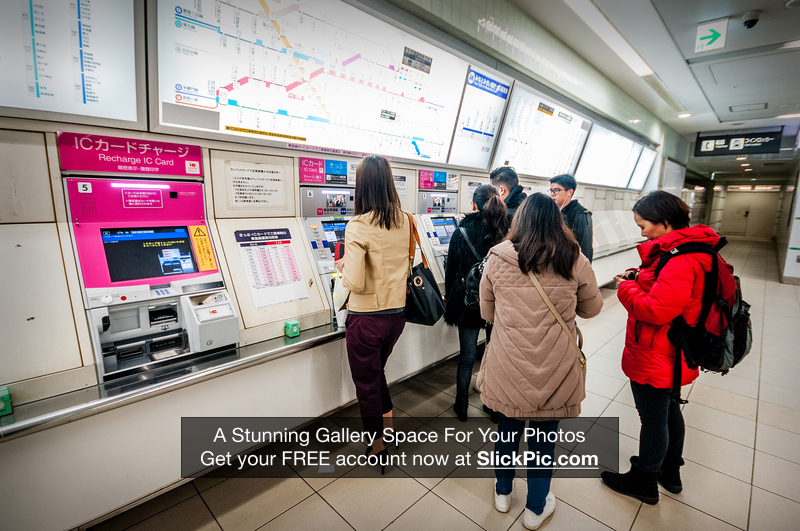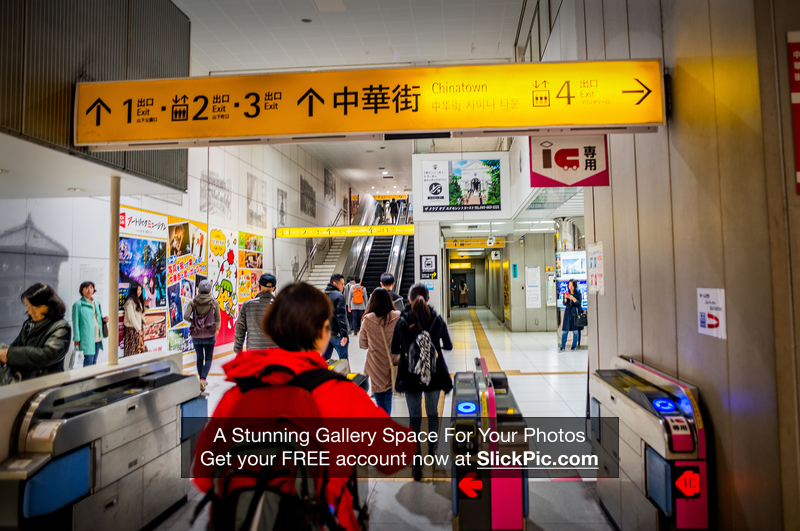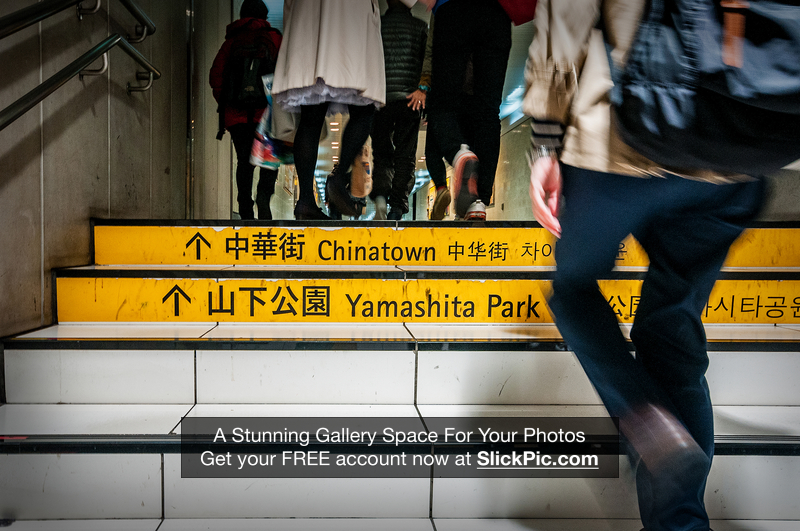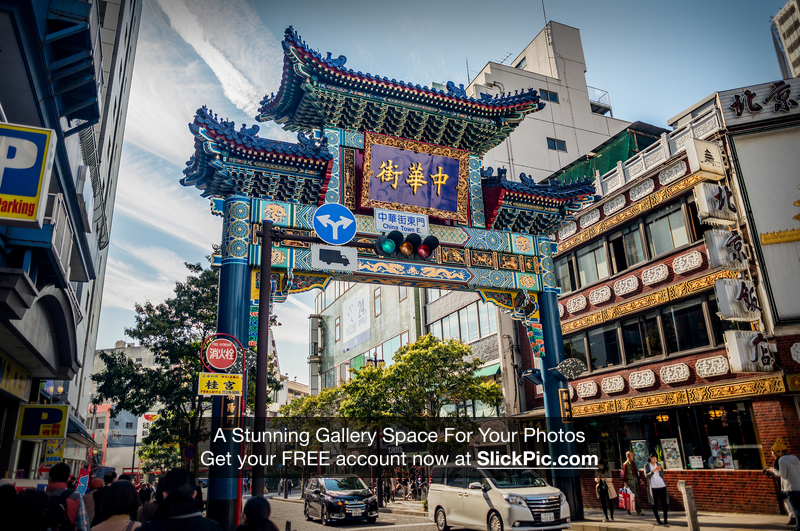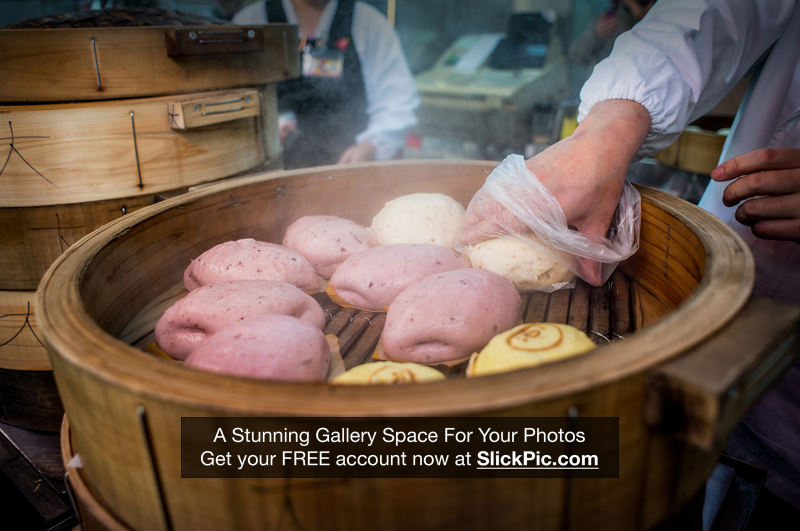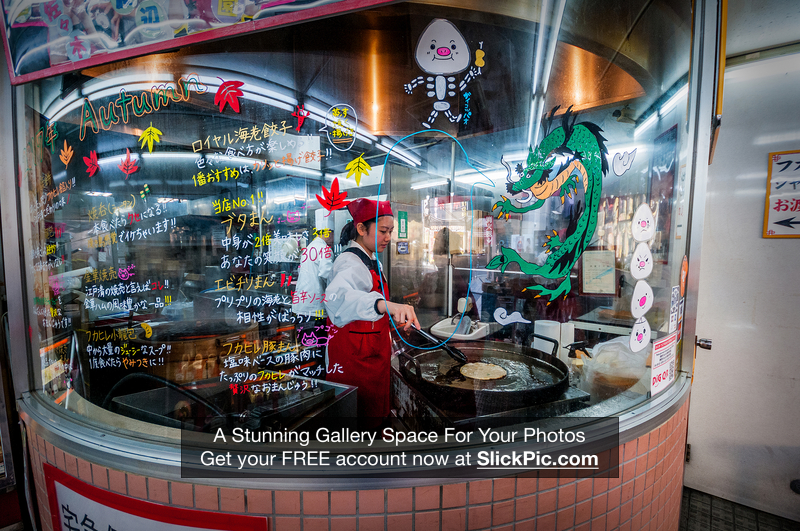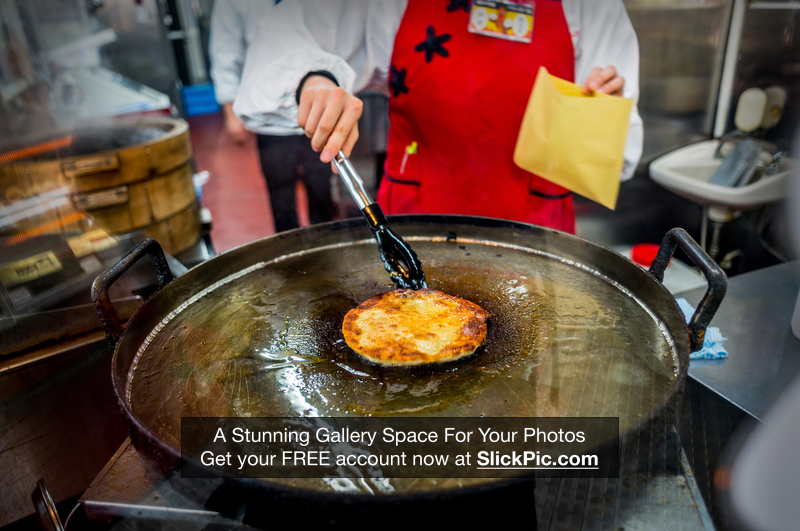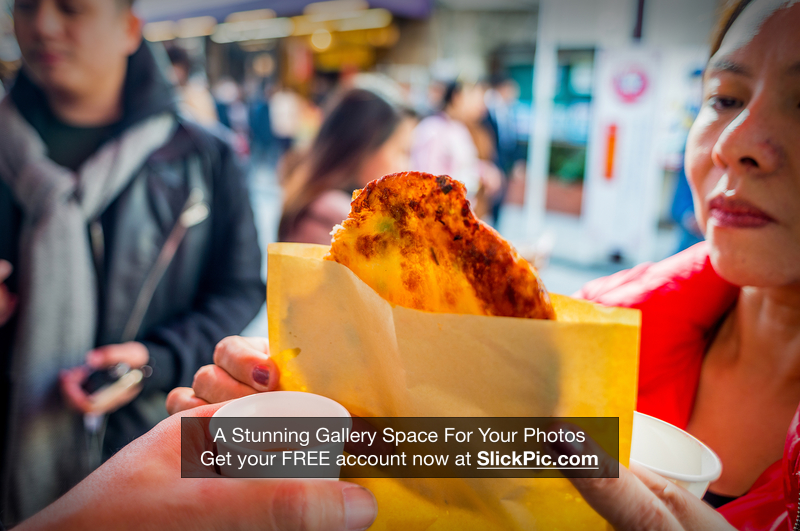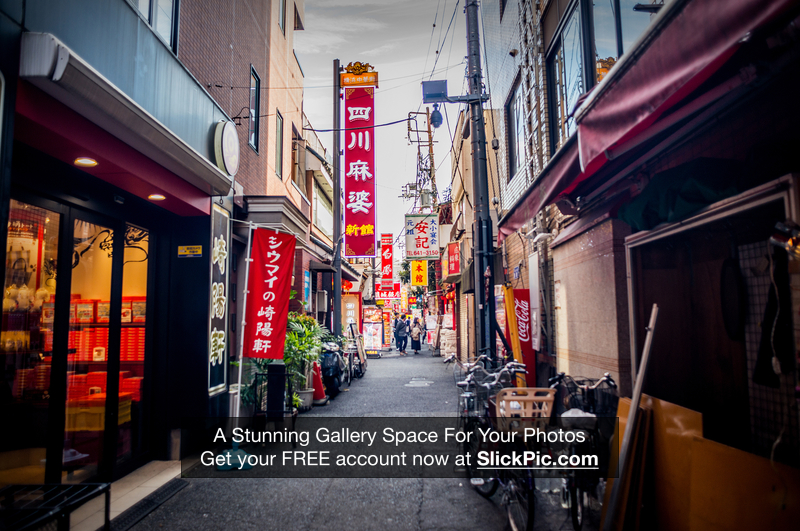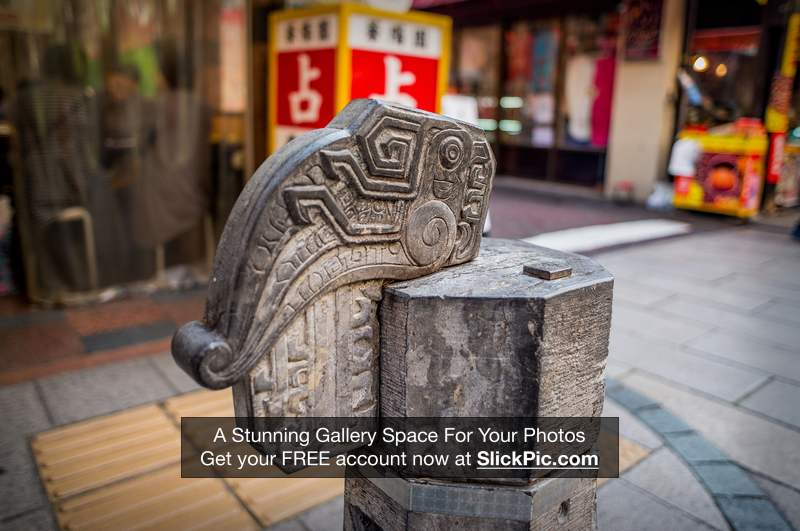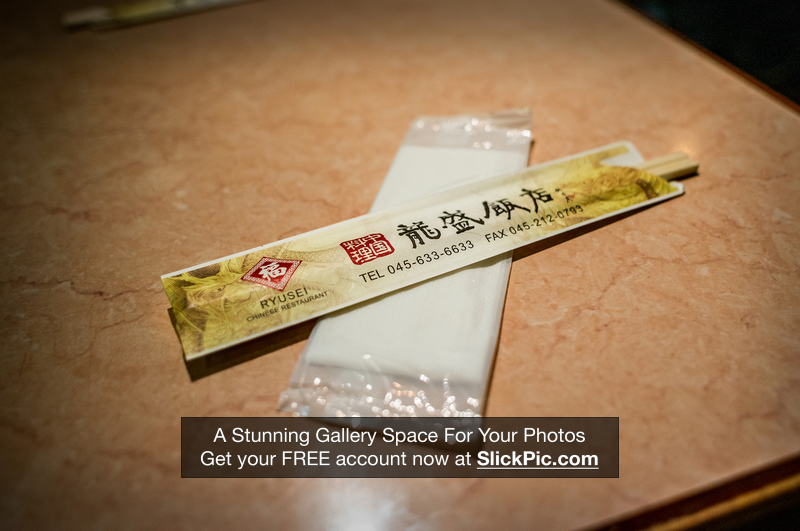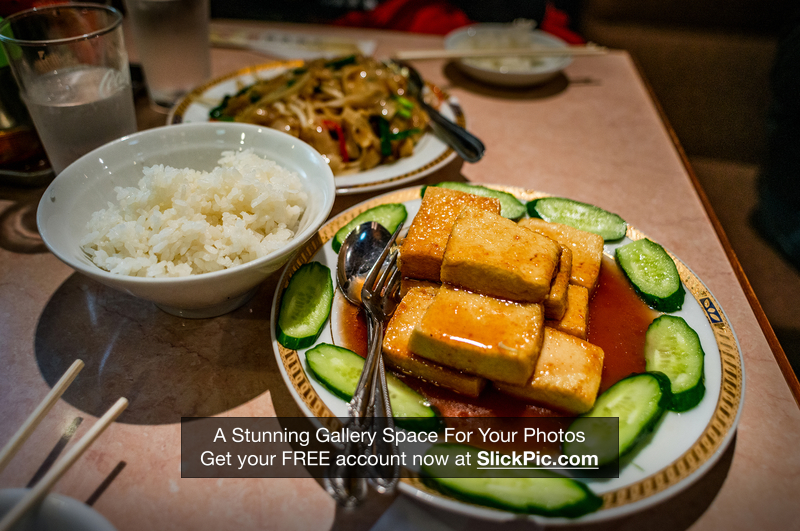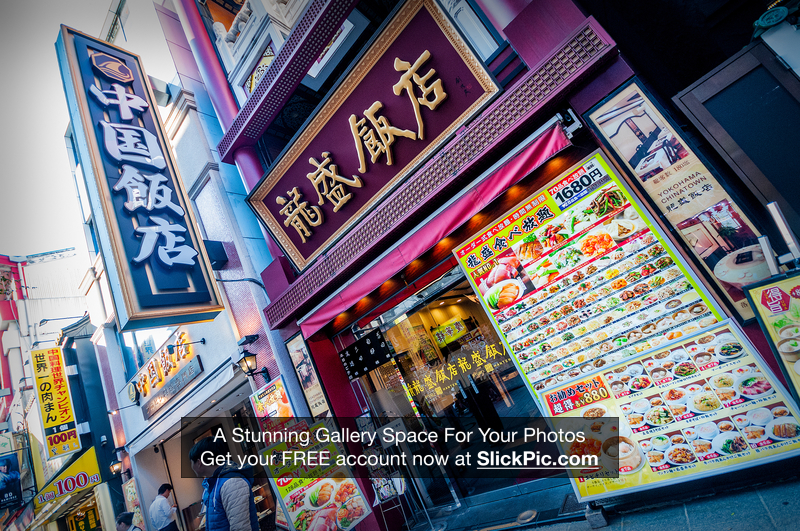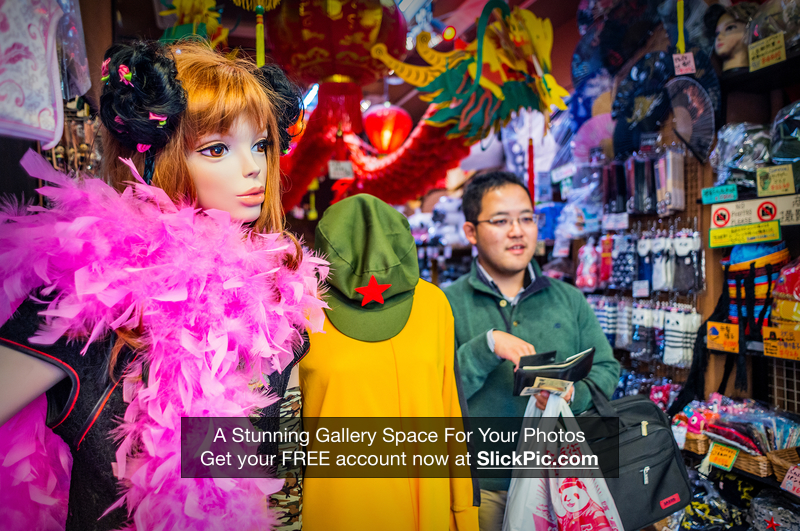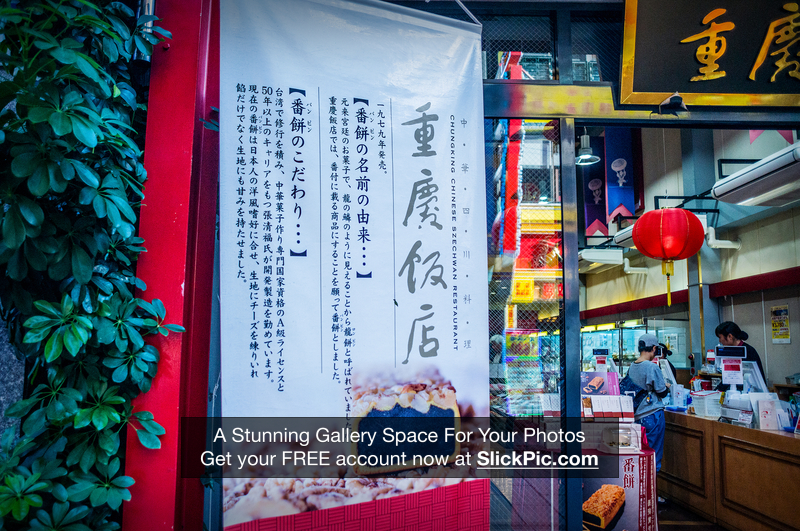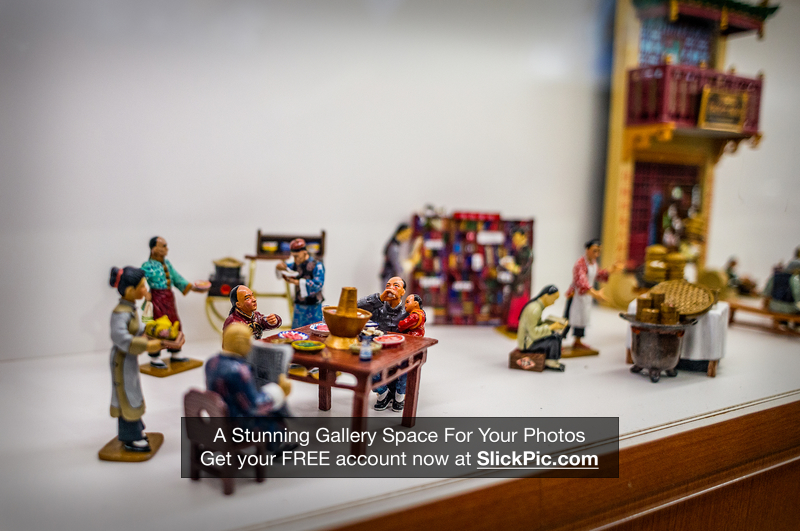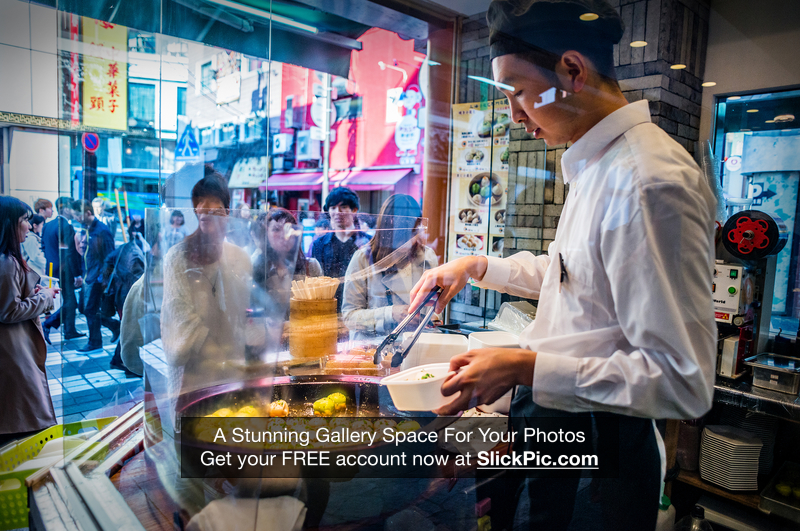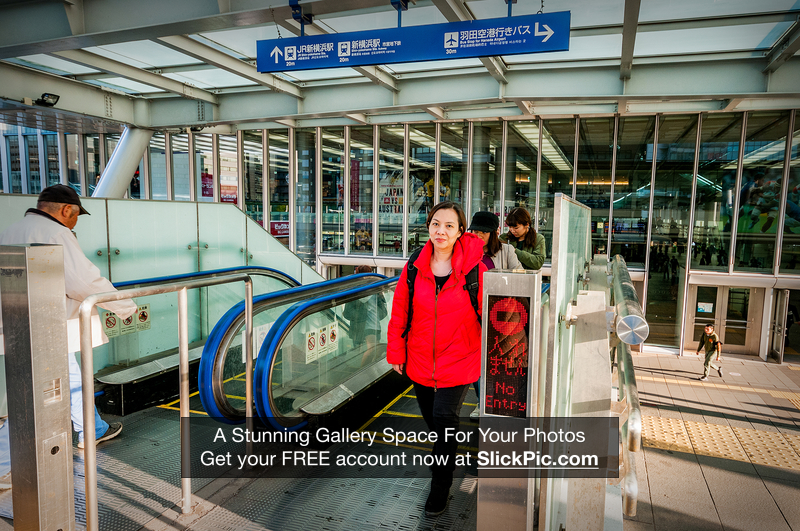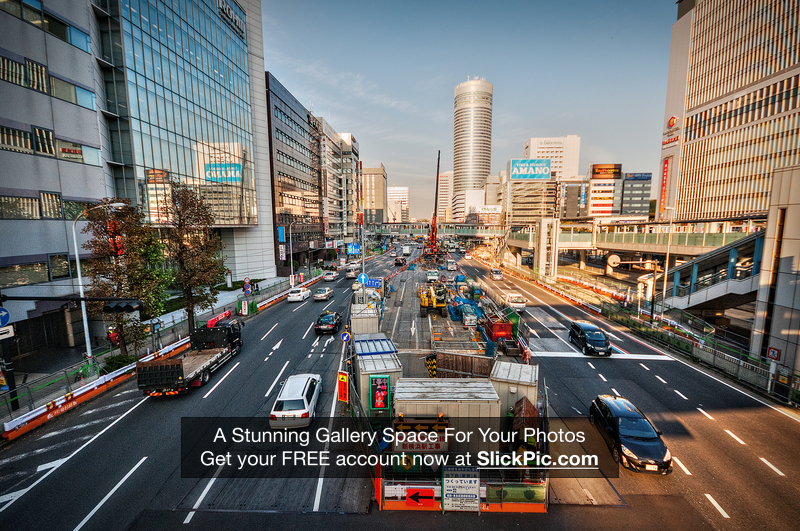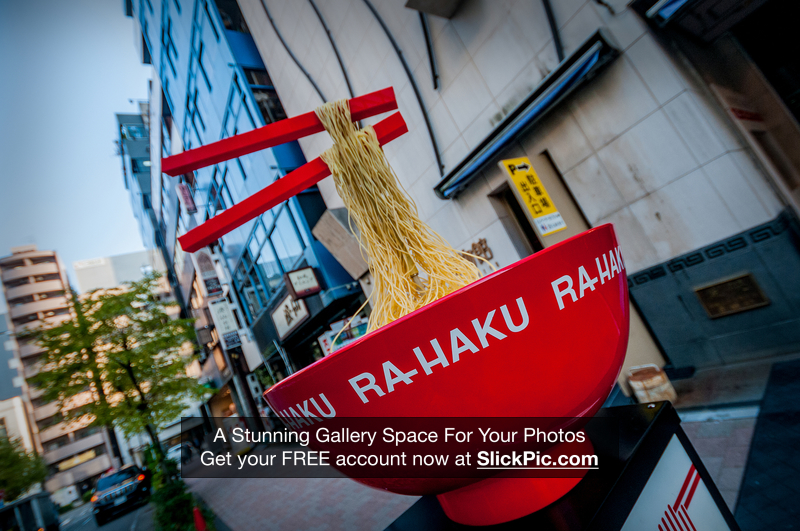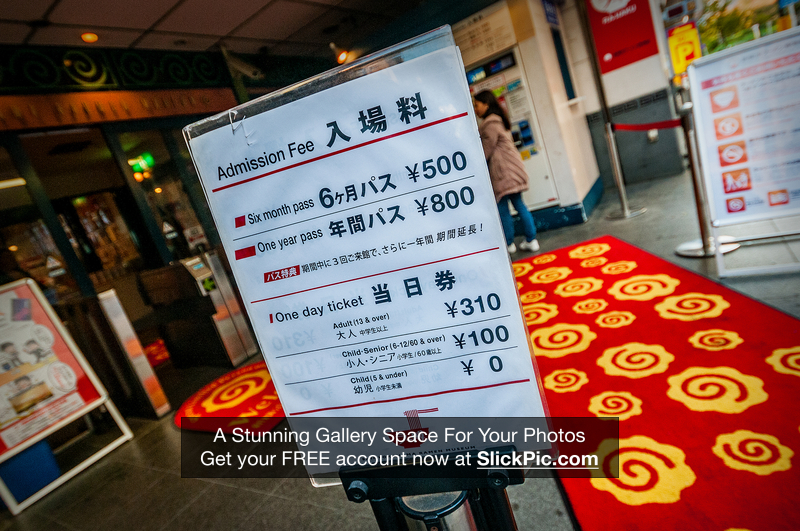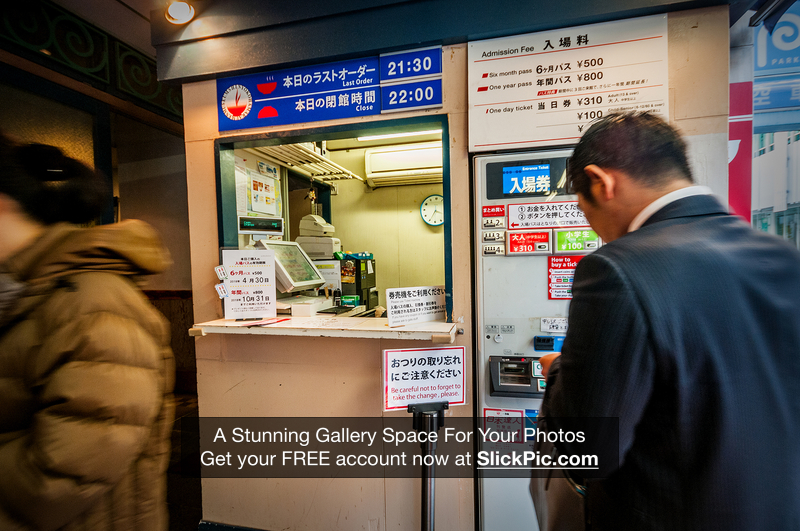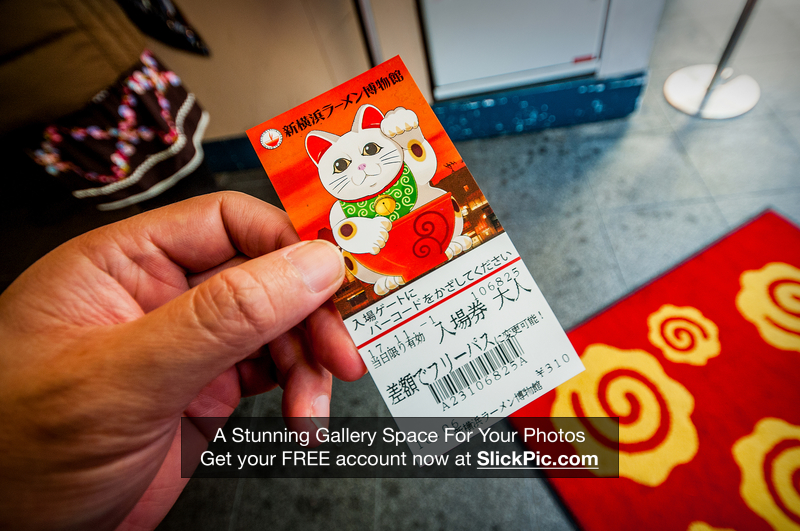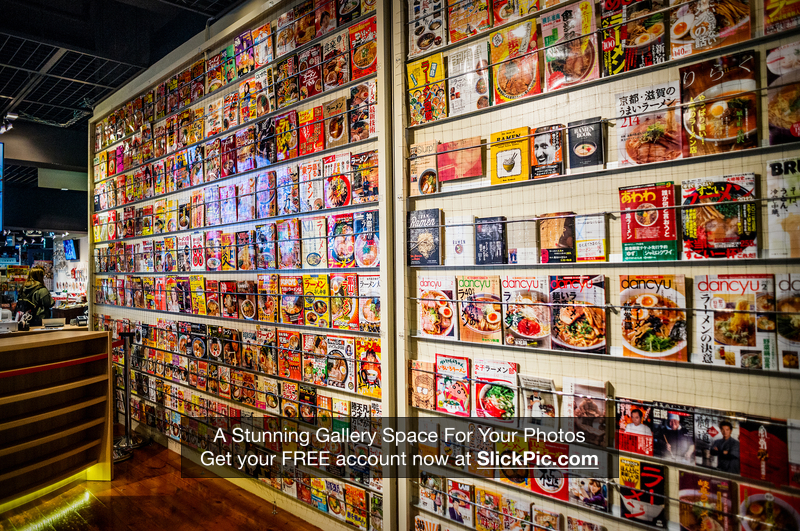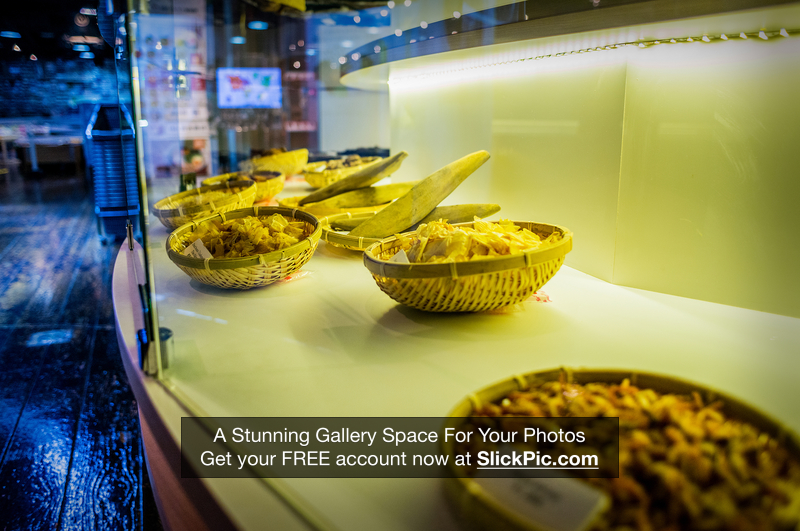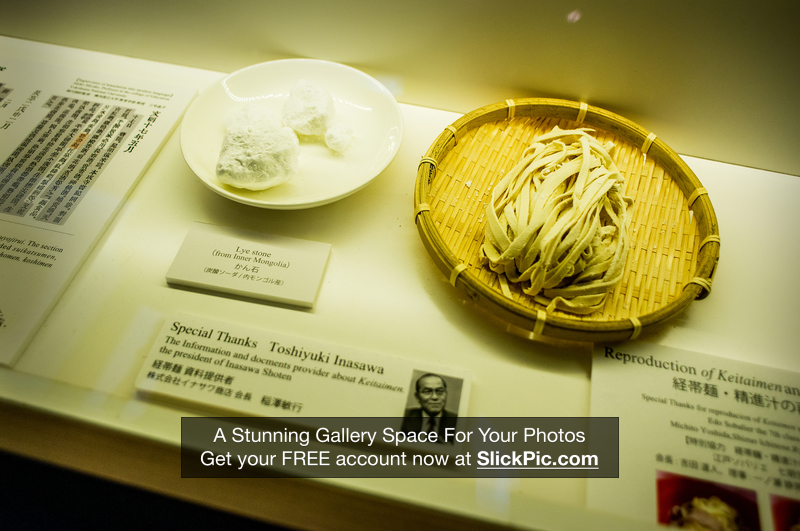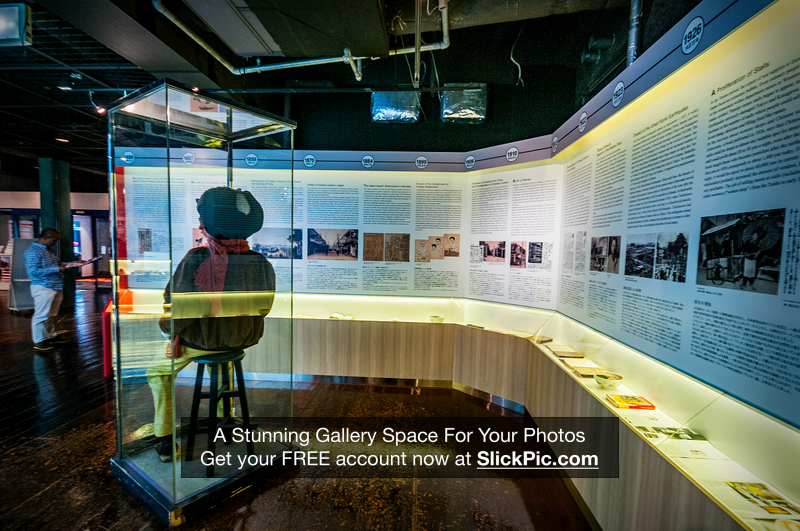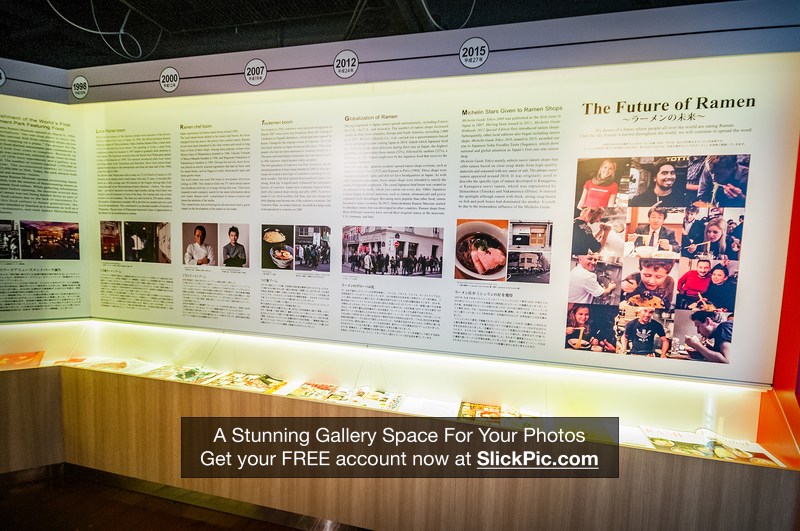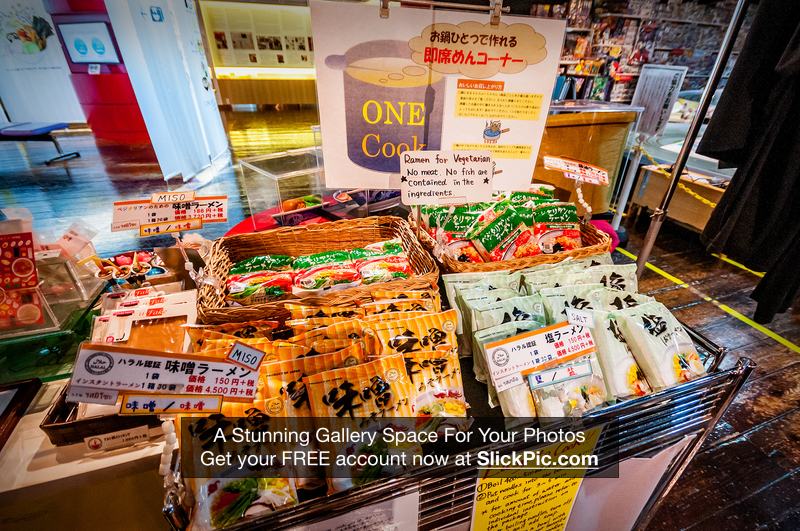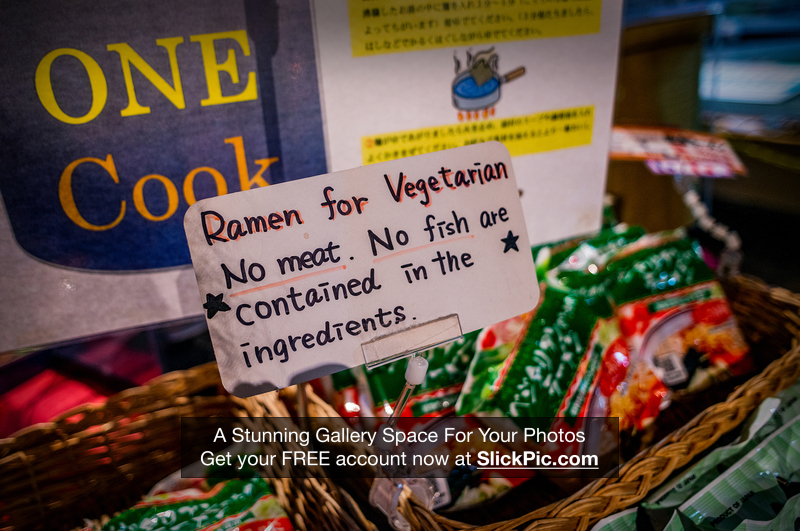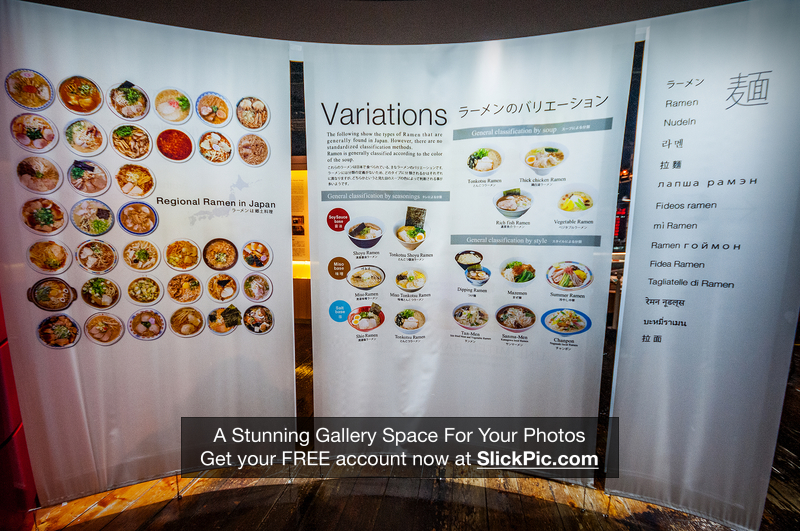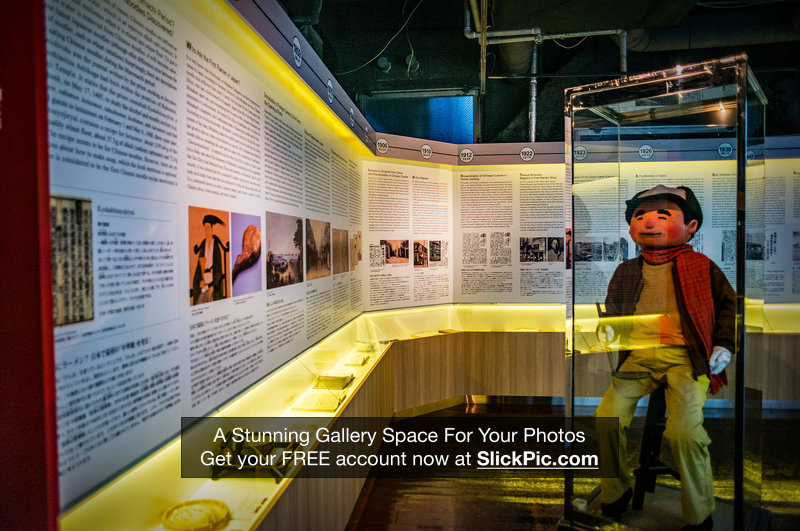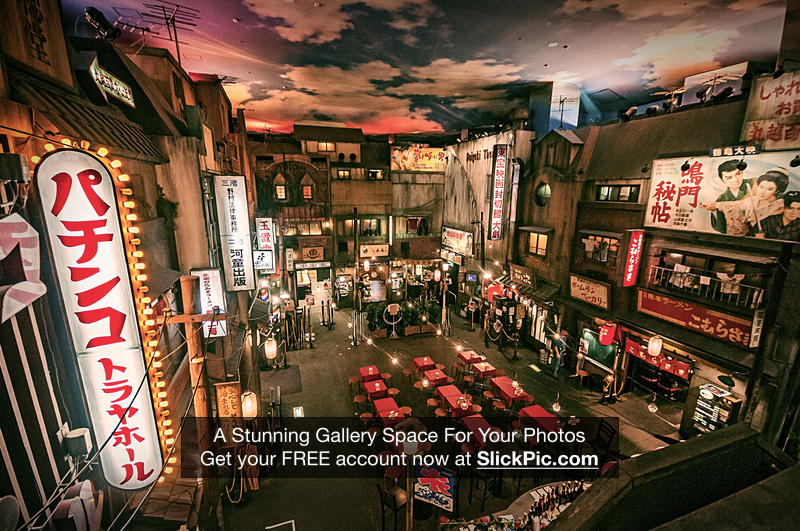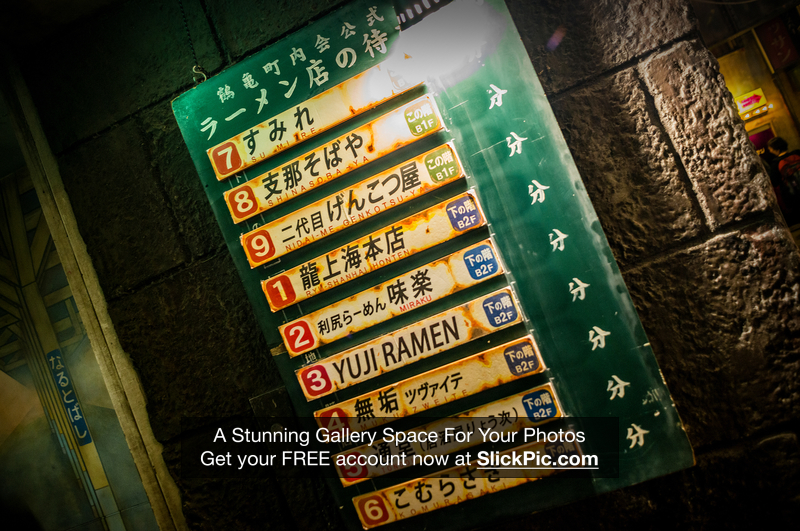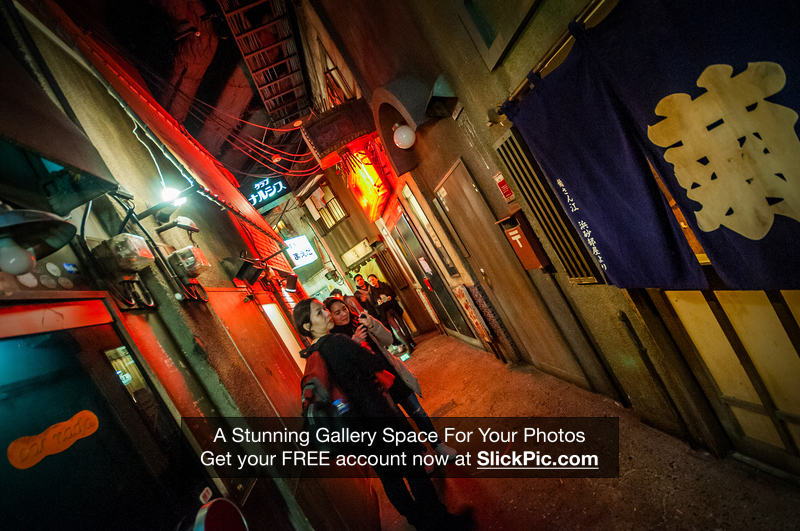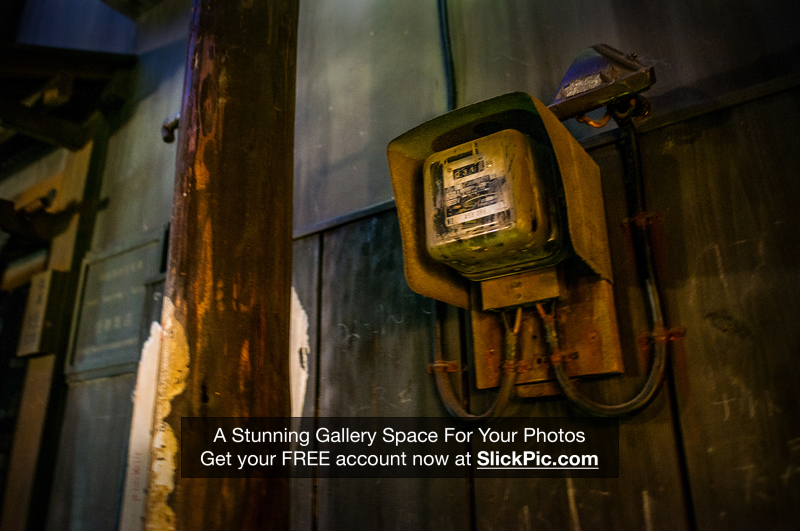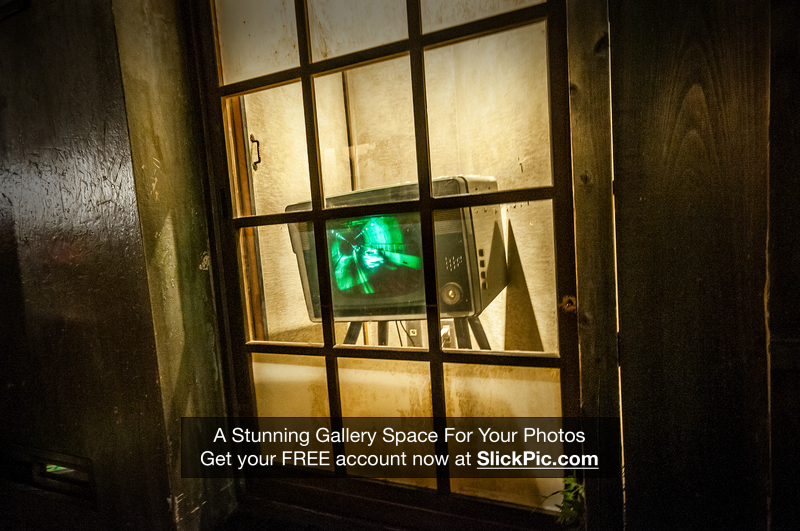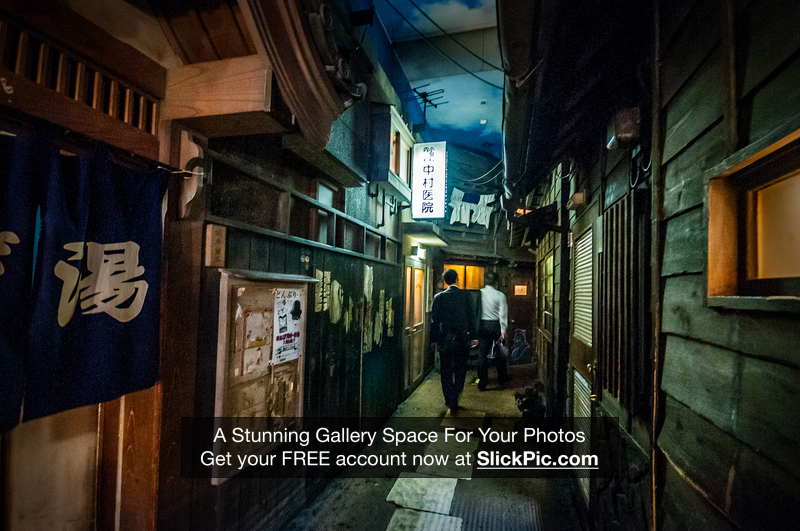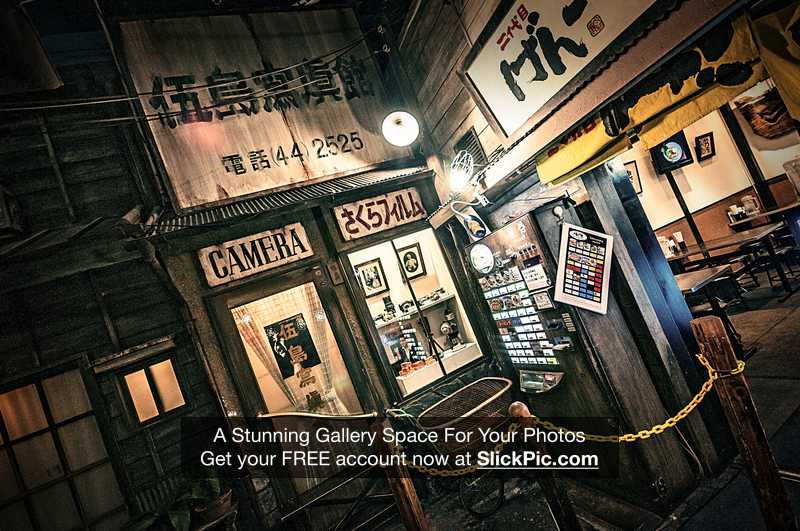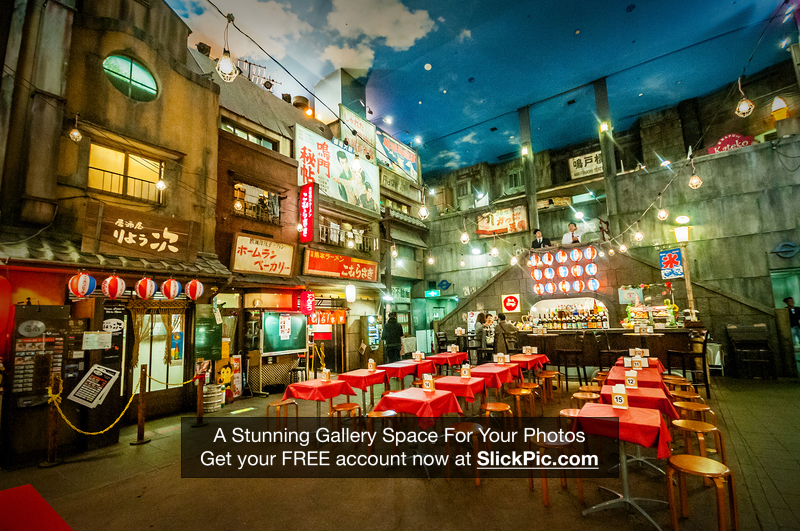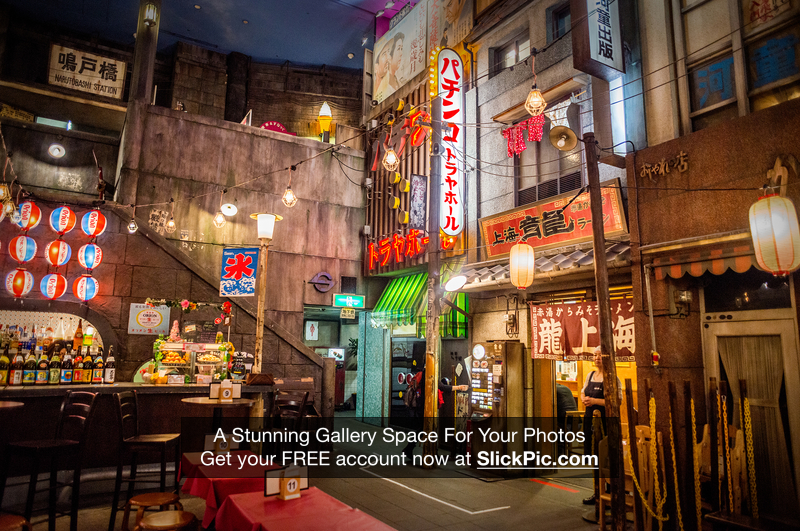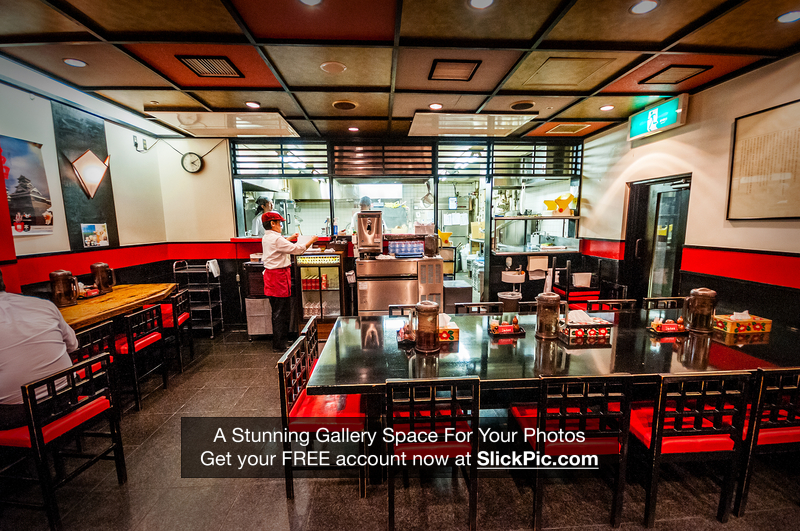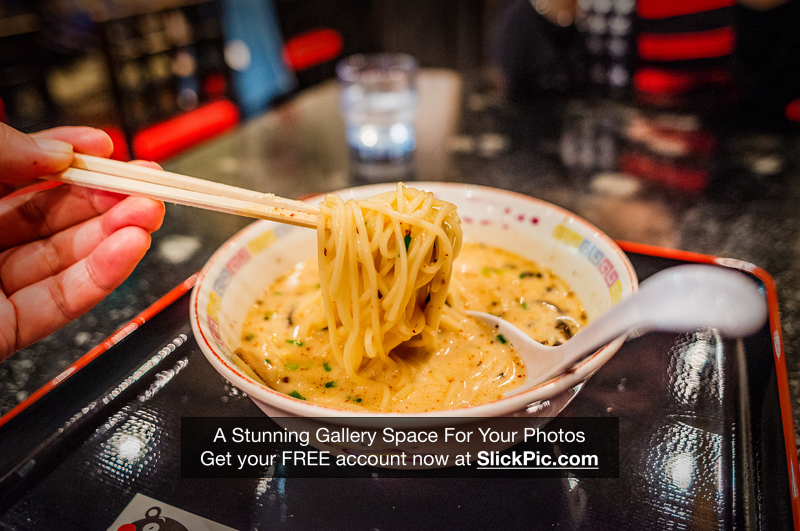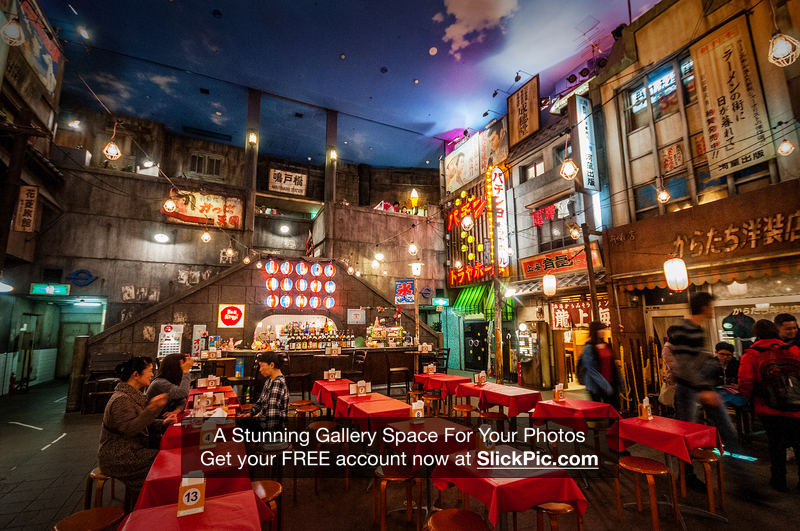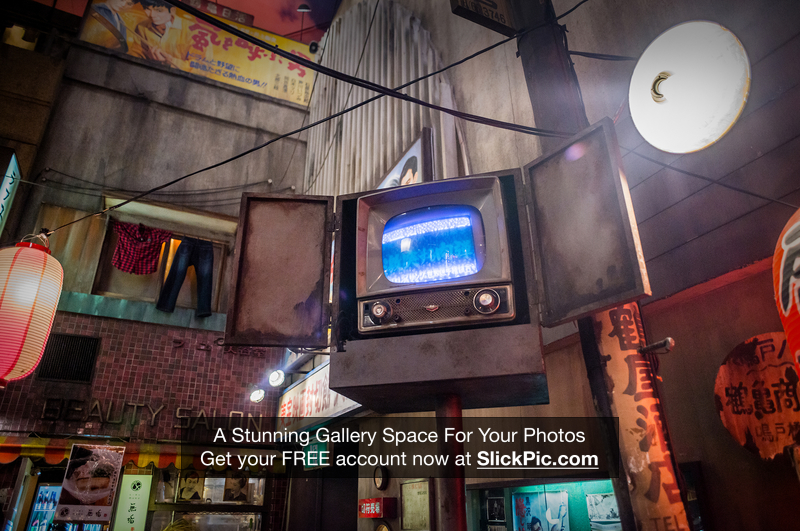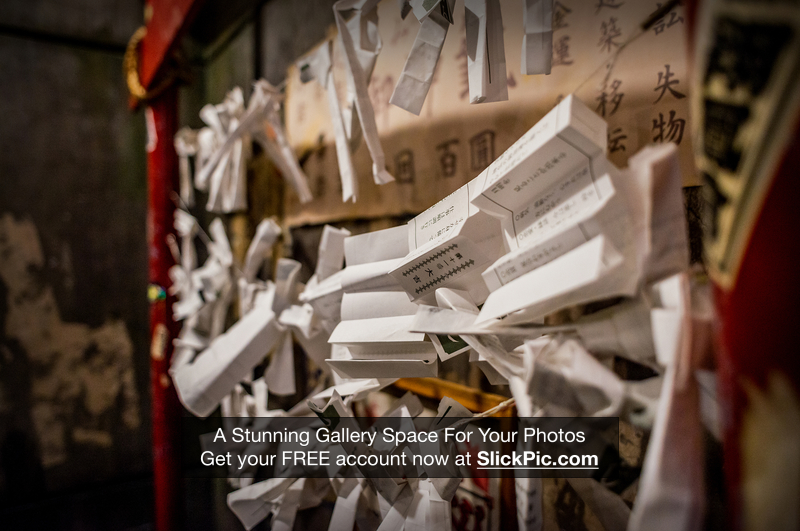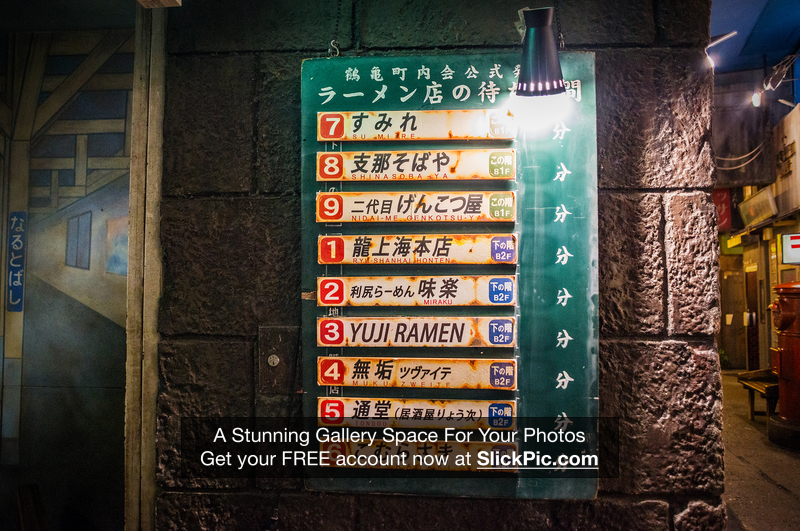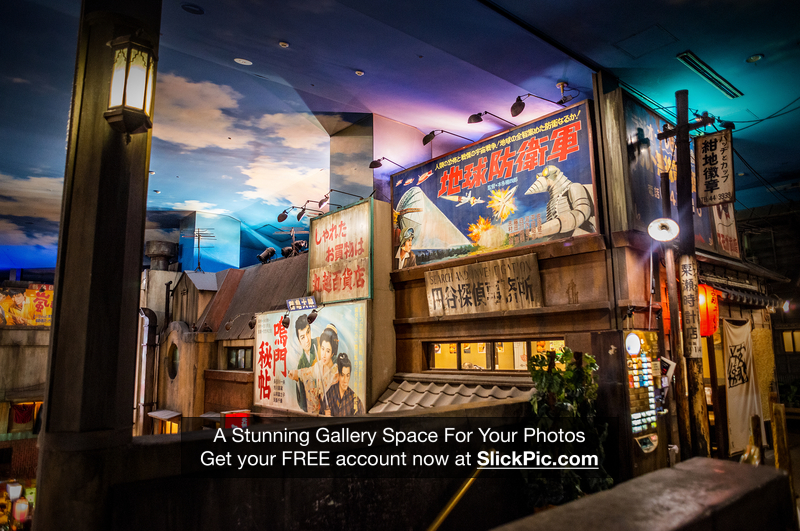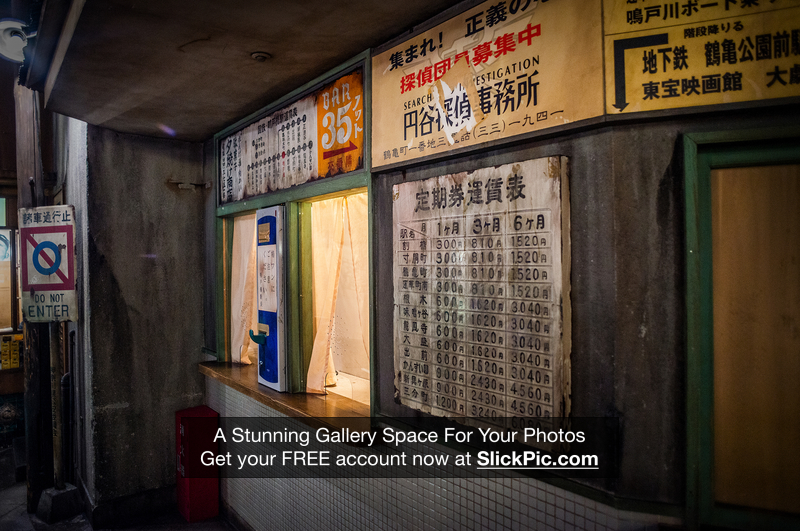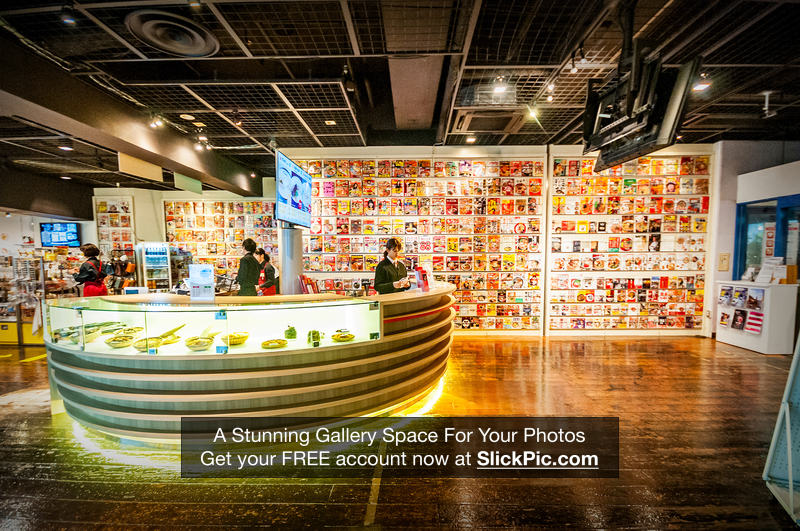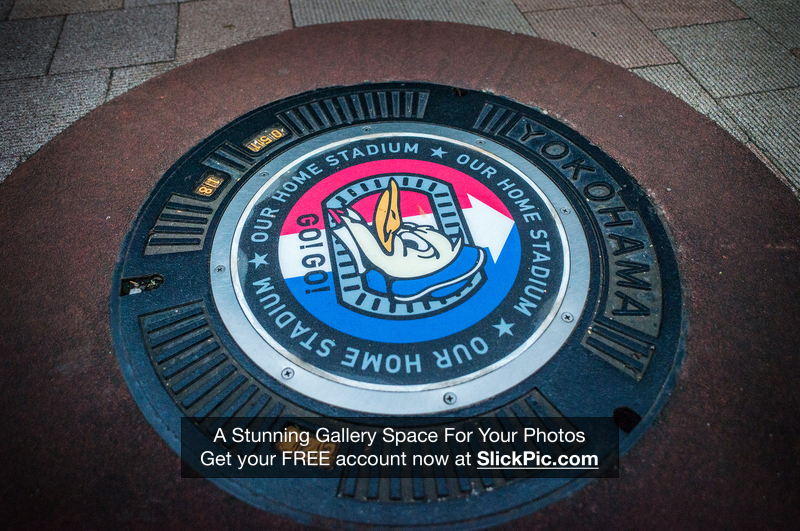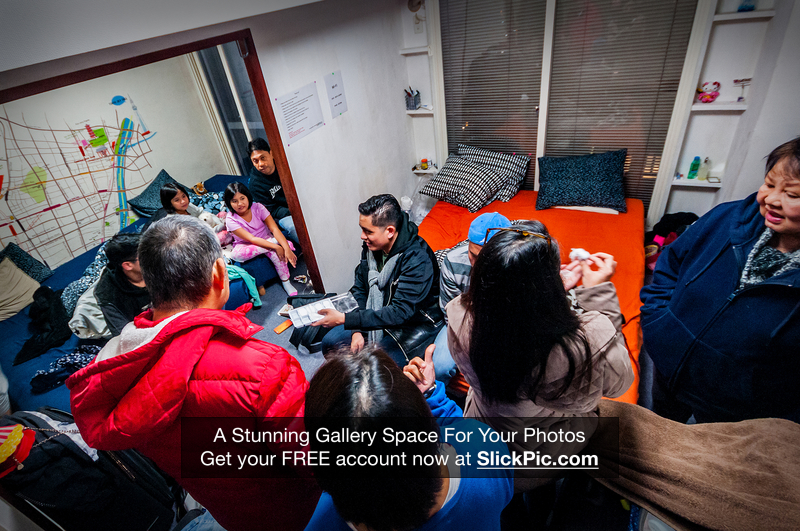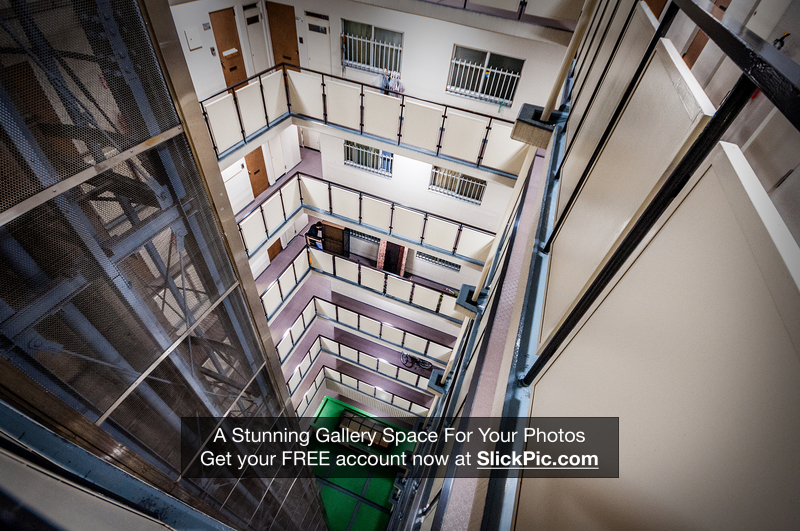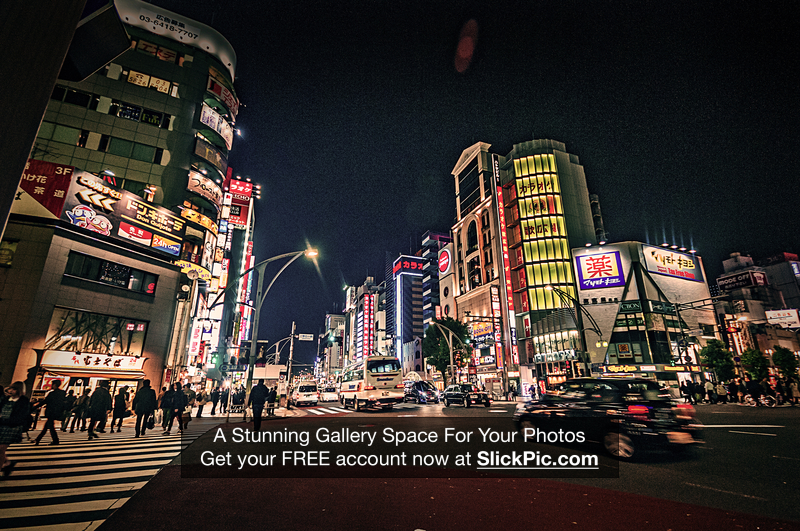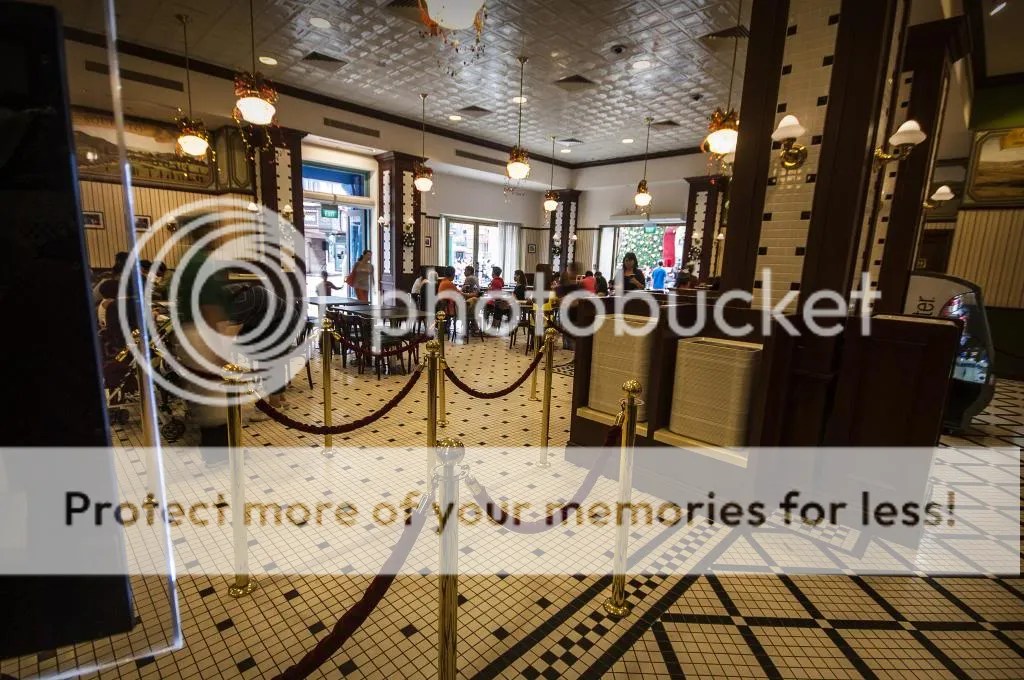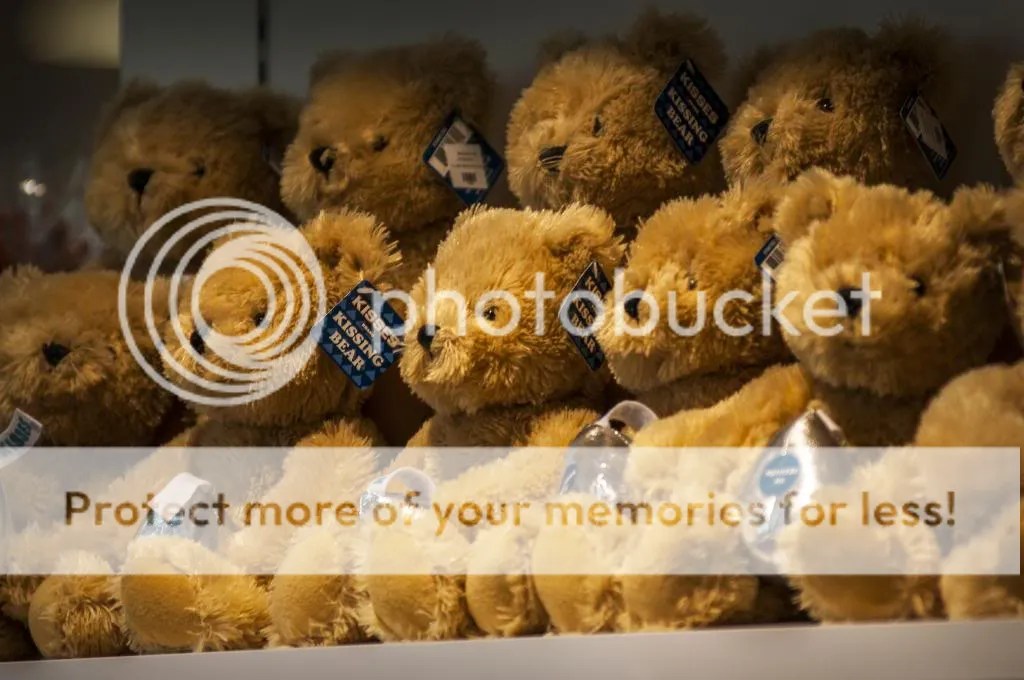Bolinao-Patar: Our Vegan Trip
03-04.03.2018
Bolinao is a town on the west coast of Luzon Island, in the northern Philippines. The Spanish colonial St. James the Great Parish Church dates from the 1600s, and has an exterior made of black coral stones. The University of the Philippines’ Bolinao Marine Laboratory supports the conservation of giant clams and other sea life. Atop Punta Piedra Point, the 1903 Cape Bolinao Lighthouse overlooks white-sand Patar Beach.
Folk etymology attributes the name “Bolinao” or this remote fishing enclave from the fish piece “monamon” but commonly called “Bolinao” by the Tagalogs, Bicolanos and the Visayans. A theory also points out that once upon a time “pamulinawen” trees grew luxuriantly along its shores, thus, the Ilocano migrants who crossed the Lingayen Gulf named it phonetically similar to the name of the tree. Nowadays, however, such tree does not exist anymore.
Unofficial records narrate the story of an Italian missionary named Blessed Odorico who said the first mass in Bolinao Bay, baptizing several locals while he was on his way to China. He took refuge in what is now known as Bolinao during a storm in 1324. Two centuries later, an account narrates the arrival of Juan de Salcedo and his crew reached Bolinao and chanced upon a Chinese Sampan who captured a native chieftain. Salcedo and his men liberated the natives and the latter immediately pledged vassalage to the King of Spain.
According to oral history, the town of Bolinao used to be a small settlement in what is now Barrio Binabalian in Santiago Island, then having a population of just over a hundred families. It is said that Captain Pedro Lombi founded the town of Bolinao in 1575. A decade later, Dominican Friar Esteban Marin became the first Spanish missionary to evangelize the people of Bolinao. For two years he worked in Bolinao before he was assigned as prior in Batac, Ilocos Norte.
The Dominicans ended their service in 1607 to be replaced by the Augustinian Recollects headed by Fr. Jeronimo de Cristo and Dr. Andres del Espiritu Santo. At this time, the old town of Bolinao was still located along the coast of Pangasinan. Due to pirate attacks, the town was transferred to the mainland in 1609.
This town formerly included the neighboring town of Anda, but Anda became an independent municipality on May 26, 1849.
The Bolinao Skull is a skull dated between the 14th and 15th centuries A.D. recovered in the Balingasay archeological site in Bolinao. The Bolinao Skull is the most well-known artifact from the site, noted for the intricate gold ornamentation formed in the shape of scales on the surfaces of its teeth. However, 67 other skulls containing teeth with less extensive gold ornamentation were also found at the Balingasay site. The skull is now displayed within the National Museum of Anthropology in Manila.
We were planning to visit Bolinao for some time now but it always gets pushed back until we forgot about it, then last February, we planned to go visit the place but something happened and got pushed back again, and finally on March 3, we finally did visit the place but on a really tight budget. We left manila on a last bus trip to Boliano riding Voctory Liner which was around 2230hrs, the trip was so slow with all the stops along the way, thinking the driver might be sleepy with all the stops that we made for him to drink coffee and have a cigarette.
Arriving at Bolinao station at around 0500hrs and decided to just hang around the station but did otherwise, we then walked through to the nearest 7-11 convenience store to get something cold to drink and along the way we bought freshly baked malungay pandesal, and sat while having a bit of breakfast. Then we heard the bells of the church for the morning mass and decided to head for the church, where we sat for a bit, but we had to relieve ourselves so we decided to go to the nearest opened restaurant to use the rest room, where we also ordered hot champorado or chocolate rice porridge with our milk, but when they served it, the taste was stale and had to return it.
Headed back to the church and heard the morning mass, and afterwards we walk along the highway, heading for Tummy Teasers to meet a relative, and with the pleasantries and catchup stories done, we were then accompanied to Patar, where we would be staying for the weekend, and the place that we chose to stay was Rock View Beach Resort, which was a photographers paradise because of the rock formation and the hut which has its iconic look. While checking the place out and looking at the huts we decided to just take the room at newly constructed place and freshened up. We were told by the management that there is a service tricycle that would take us around and decided to take it.
Our first destination for the morning was the Cape Bolinao Lighthouse, at Patar rises 351 feet (107 m) above sea level atop Punta Piedra Point, a towering hill of solid rock which is the sharp point of Cape Bolinao itself. It was built by the Americans in 1903 on a 351- feet (107 m) high promontory at the western part of Cape Bolinao, the lighthouse still sends signals to vessels passing by the area.
The lighthouse provides a panoramic view of a portion of the 1,269 hectare Cape Bolinao Dendro Thermal Ipil-Ipil Plantation on a land area where archaeological excavations have revealed relics from the 14th to the 15th centuries. Filipino, British and American engineers constructed the lighthouse in 1905.
According to the Bureau of Geodetic Surveys, the land elevation is 250 feet (76 m). Visibility is 20 miles (32 km; 17 mi) at mid-sea towards the lighthouse in Poro Point. The winding stairway has 6 platforms with 20 steps or rungs for a total of 120 steps plus 14 more to the illumination room, or an over-all total of 134 steps.
The Cape Bolinao Lighthouse bears the history of this place and how it was created from scratch. This lighthouse was already declared as a cultural heritage site and now that this lighthouse has just become a tourists’ spot – no more the beacon lights glow, no more the ships are guided, but the lighthouse is still standing to proudly tell its history.
Arriving at the place, went around and took photos of the place with every angle possible. I wanted to climb the lighthouse but it was locked and nobody was there to ask if I could go up. Before 0900hrs, we then decided to head for our next destination which was the Enchanted Cave.
Enchanted Cave, The name itself portrays about its mystical beauty. The entire place is really enchanted since it is like a huge coral reef that emerged from underwater. Local people and tour guides believes that millions of years ago Bolinao was under the sea due to the discovery of coral rocks (limestones) and fossilized giant clams around the area.
The water inside the cave is clear and not salty. Its depth is estimated to be around 3 ft. to 6 ft. There are certain areas inside the caves where the cave management authorities will restrict you to enter for safety.
Enchanted Cave offers underground pool with crystal clear spring water, natural sea rock hill terrain retouch with a kiddie pool and a white lady figurine, natural sea rocks in their natural forms as discovered, mini forest with hammocks under the trees, enchanted cave’s miniature village, cabanas which are readily equipped with electricity, public CR, and sari-sari store (convenience store).
By the time we were done going around Enchanted Cave, it was too hot and humid that we decided to head back to the resort and rest. Arriving back, we went to our room to cool down a bit and waited for our lunch to be served. And then we can hear other guests arriving and lots of people running around.
Lunch was served to us at the huts near the beach, and our lunch was Pinakbet or mixed vegetables and rice (had to order another cup of rice because the vegetables were so good) and for dessert, we had the Binunguey (Glutinous Rise soaked in Coconut Milk, cooked inside a bamboo – a local delicacy of Bolinao) which we bought earlier. After eating lunch, we just lazed around the hut because of the nice view that we had of the beach.
Late afternoon came and began shooting the famous Rock View while the tide was low and after a good number of shots till sunset, a friend arrived and was invited for dinner at Punta Riviera Resort, we ordered their veganized Chop Suey and Vegetable Spring Rolls and coconut juice, while we went around this huge place with a bridge going over a river and lots of places to go around, we settled in on a table when the owners of Tummy Teasers arrived to join us, then the band started playing and we could not hear ourselves, and transferred to a table a little bit quit so we could chat. After dinner, we were served fresh fruits, courtesy of the owner, and before leaving we were given a box of pizza which was veganized for us by Tummy Teasers for our mid-night snack. We were brought back to our lodging and had a bit of a snack and went to rest for the night.
Woke up around 4 in the morning hoping to catch the milkyway and galaxy but when I went out it was cloudy and the full moon was shining, so back to bed for me. Early the next morning, I had a chance to shoot the rock formation again before people crowded the beach again, then had breakfast of fried bananas, bread and the pizza that we had in our usual place of lounging near the beach then we just lazed around till it was time to prepare for our trip back to Manila, we decided to leave Rock View Resort at around 1100hrs but since there were others before us who were being transported back to the town proper, we just waited for our turn just lazing around near the beach. Paying for our stay in Rock View, with JR (one of the owners) who cooks and serves our food and he would be the one who brought us back to Bolinao, and the service that we took yesterday to go around was given to us for free.
Heading back to Bolinao, we stopped at Tummy Teasers where we had lunch of our now favorite veganized Pizza and was also given two boxes of fresh vegetable and fruits by a friend who we had dinner with, to take back to Manila, we were brought to the bus station but the owners of Tummy Teasers, and waited for the bus to leave, and left Bolinao around 1400hrs and arriving in Manila late in the evening, but had time to eat some Binunguey and mangos to go with it.
We wanted to try travelling to places while being a vegan and not going to any vegan eatery and to try if we could eat and have our fill for the day, the trick is to as kindly the owner of the cook if they could remove all meat product in the food that they would serve us which they did and we are so grateful to them. Our trip was also a stress buster for us because of the stress we do at work, and this trip crosses out a list on out travel destinations. We are looking forward to going back to Bolinao and visit the Nursery of Giant Clams there. Till the next destination.
Contact Persons:
Rock View Resort
(0905) 261 6686
Tummy Teasers
(0999) 999 0923
Note: I am a vegan and do not condone killing or eating any meat products, photos taken are for documentary purposes only
All photos are owned and copyrighted by Joey Rico (also known under these names: alien_scream).
All Rights Reserved. Unauthorized use, copy, editing, reproduction, publication, duplication and distribution of the digital photos, without his explicit permission, is punishable by law
This work is licensed under a Creative Commons Attribution-Noncommercial-No Derivative Works 3.0 Philippines License.






